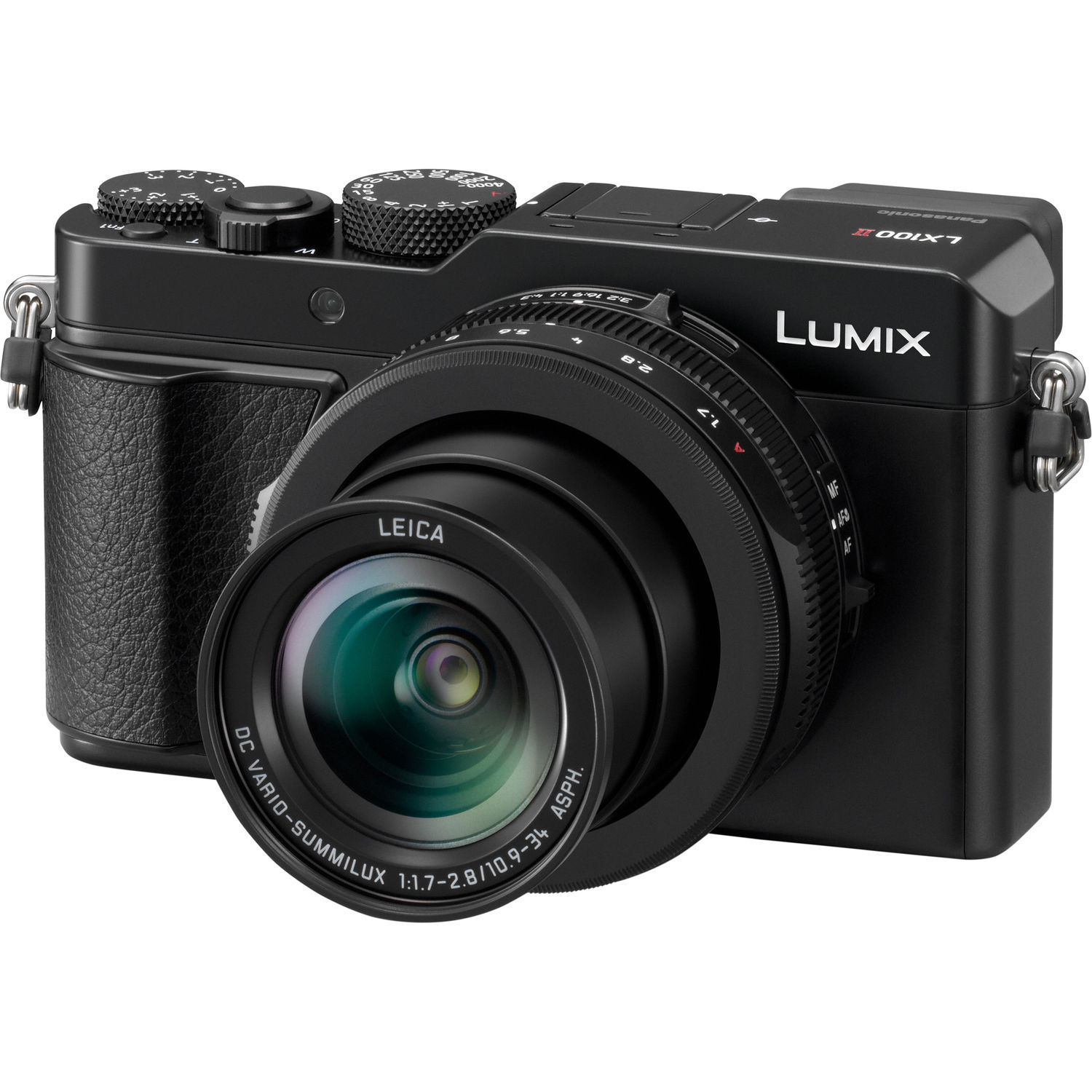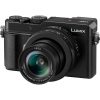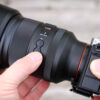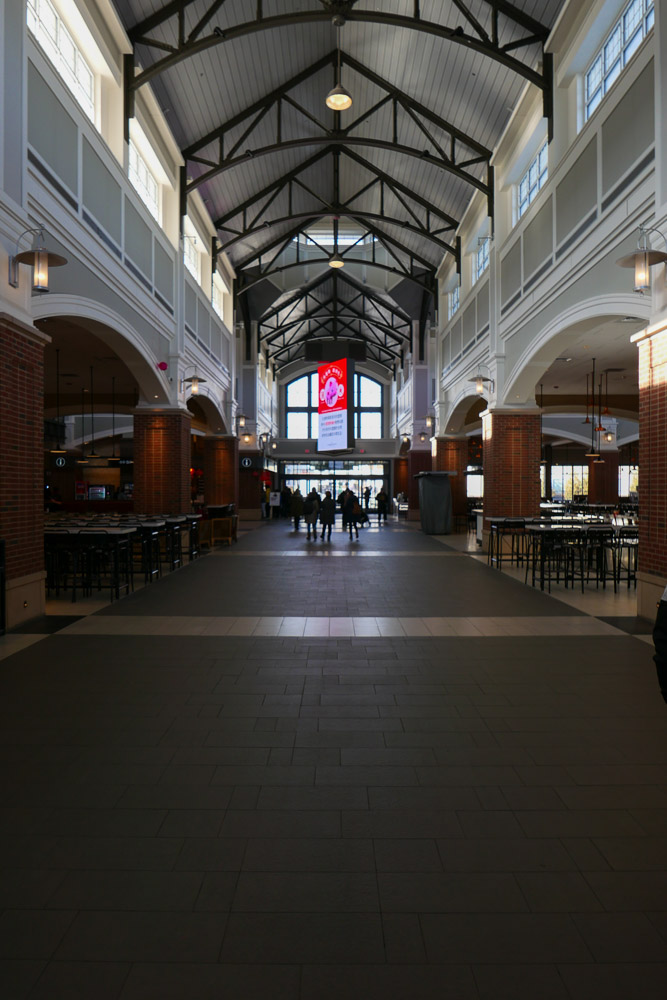In this review I will be covering the Panasonic LX100 II, which is a high quality point and shoot style camera with a large Four Thirds sensor and Leica DC Vario-Summilux 10.9-34mm F/1.7-2.8 Lens which works out to an effective 24-75mm lens.
The reason I chose to review this camera in particular is because I recently reviewed the Leica D-Lux (Type 109) (Review Here >>), and was really blown away by the cameras overall quality and insane fun factor. The Leica D-lux is basically the same exact camera as the original Panasonic LX100, although significantly more expensive. So I really wanted to review the LX100 for comparison purposes, but then the new Panasonic LX100 II model came out and I figured I would just review that instead.
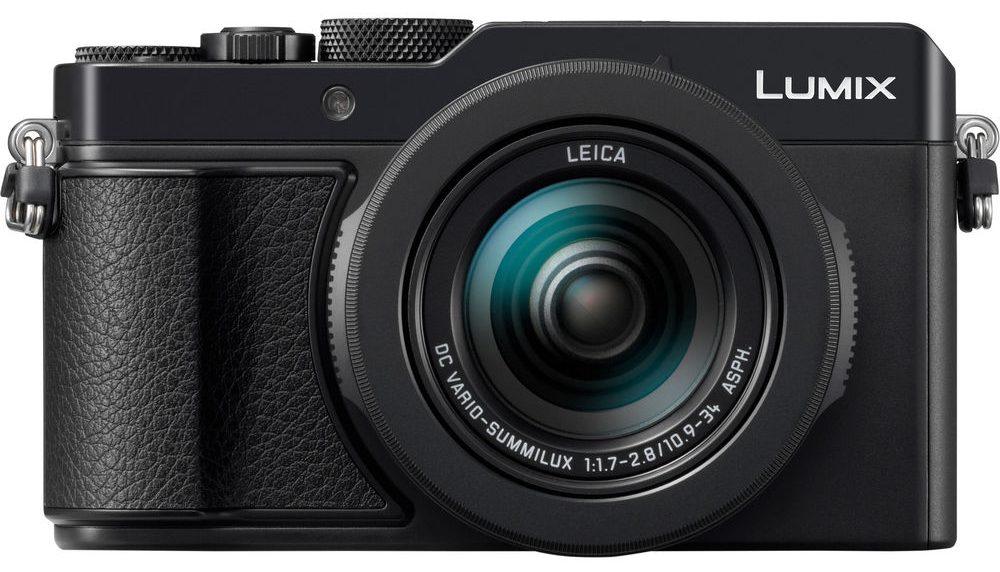
What I wanted to compare in particular were the color reditions, because although the cameras are basically identical hardware, the software which processes the raw data is not the same. Leica is known for its incredible color for example. The camera bodies are also slightly different with the Leica having a more sleek and elegant design I would say, and the Panasonic LX100 has a more practical grip and aggressive texture on some dials.
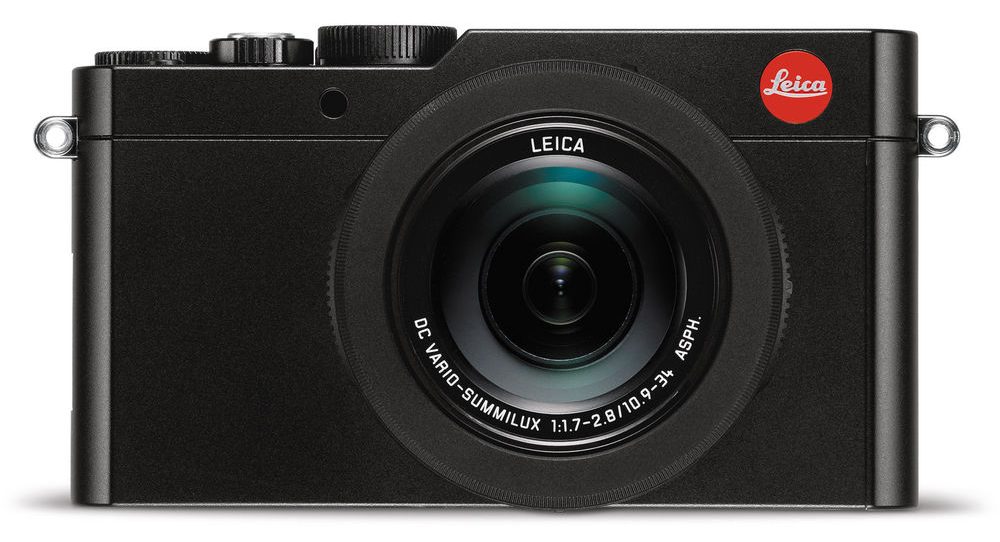
At the time of this review, the Leica D-Lux goes for $999 and the LX100 goes for ~$600 with current rebates while the new LX100 II goes for ~$900 with current rebates. So basically you can save $400 by getting the original LX100 instead of the Leica D-Lux (Type 109).
LX100 II vs LX10o & Leica D-Lux (type 109)
- Sensor: 17mp vs 13mp
- Image Processor: New Venus engine vs older Venus vs Leica’s
- LX100 II Better high ISO performance, new color renderings
- New Monochrome filters
- Larger Buffer 33 raw vs 9 raw
- Screen: 1,240,000 touch vs 912,000 no touch
- Viewfinder Magnification: .7x vs 1.4x
- Viewfinder Resolution: went down slightly 2,760,000 vs 2,764,000
- Min Shutter Speed: 1800sec (30min) vs 60 sec (1min)
- WB Bracketing: yes vs No
- Video: 4k burst Mode is awesome!
- Battery life: 340 vs 300 shots
- Wifi: Updated
- Remote control: yes via app vs no
- Timelapse: yes,yes,no
- Size: ~1/4 inch or 11mm thicker
- Weight: about the same
- Grip is slightly different on LX100II vs LX100 vs No grip at all on Leica
- USB Charging: Yes but still can’t charge while using camera vs No
- Buttons: Top has a Fn1 instead of dedicated Filter Button
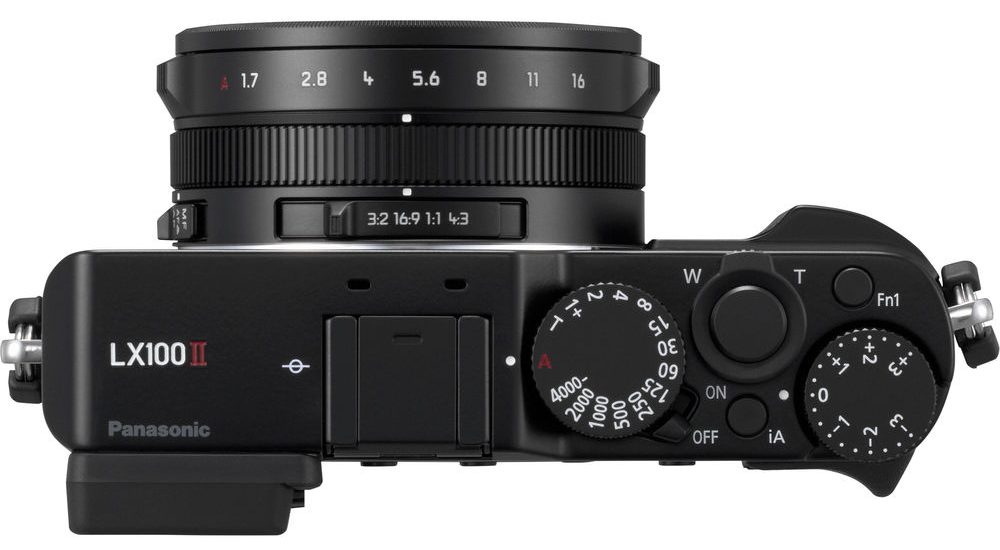
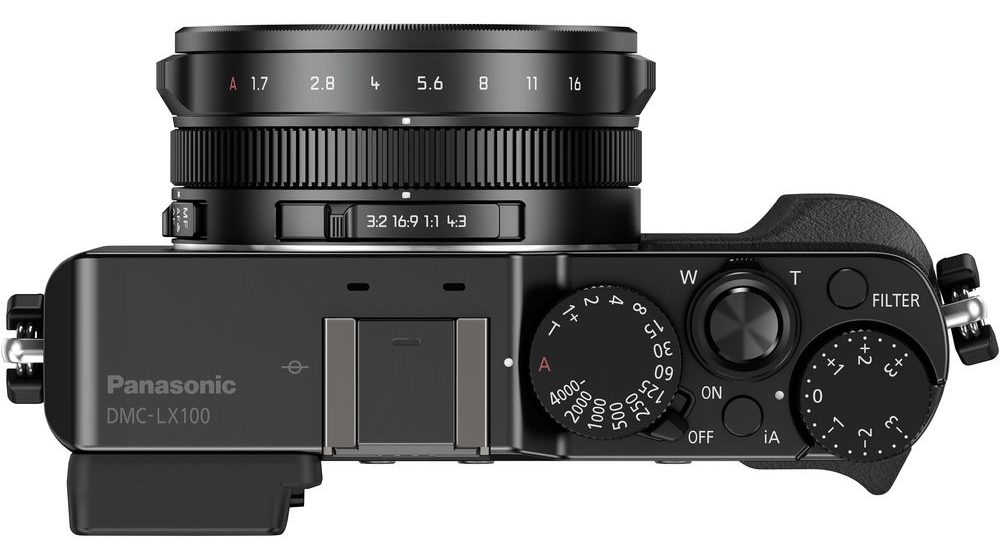
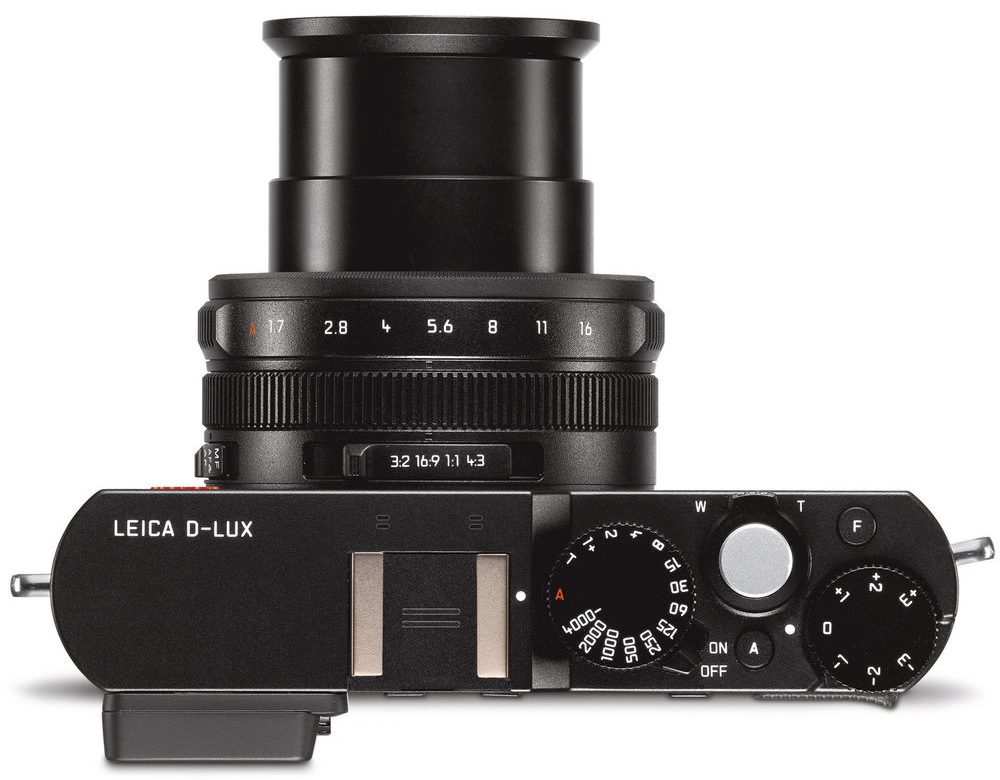
After reviewing both of these cameras, I can say I did prefer the color renderings of the Leica over the Panasonic, but it was noticeable enough to justify a $400 dollar difference in price in my opinion. Someone like myself can see the slight color differences, but I’ve been reviewing cameras for a long time and have certainly developed and eye for these sorts of differences. The average user however is really going to have a hard time noticing much difference at all. Especially if shooting raw and slightly tweaking photos before posting, or when using some of the cameras built in filters for example.
That Leica logo really does look sharp, but for and $400 I don’t think it’s worth it in my humble opinion. I am way more the best bang for the buck type of person when it comes to buying things. Both cameras are fantastic at the end of the day, so you can’t go wrong with either, and if you always wanted to have a Leica of your own, the D-Lux is really a great option. If you want to save ~$400 US, then consider the LX100, and if you want the latest and greatest, go for the LX100 II.
Sony RX100 VA vs Panasonic LX100 II
The Panasonic LX100 II and LX10 are two of the main camera rivals to the Sony RX100 series cameras. Namely the RX100 VA in particular I would say. The Panasonic LX10 is really the head to head competition with the Sony RX100 VA, but the Sony is significantly better in a number of areas and the price point reflects that of the LX100 II. So from a price point perspective the LX100 II and Sony RX100 VA are neck and neck although very different cameras depending on your needs.
Now, for starters the The Four Thirds sensor in the LX100 II is larger than the 1″ sensor found in the RX100 series, but still smaller than the APS-C sized sensor found in the mirrorless Sony A6500 which I recently reviewed here >>, for example. Also worth noting is the Sony mirrorless cameras with a compact lens are nearly the same size as the LX100 II, and you can get unlimited versatility via different lenses. Food for thought…
Images courtesy of Camerasize.com:


With that larger Four Thirds sensor comes a few advantages, and a few disadvantages when compared to the Sony RX100 series for example. Advantages include more depth of field control and arguable better low light/ high iso abilities. Disadvantages include a larger camera and lens which also results in more weight.
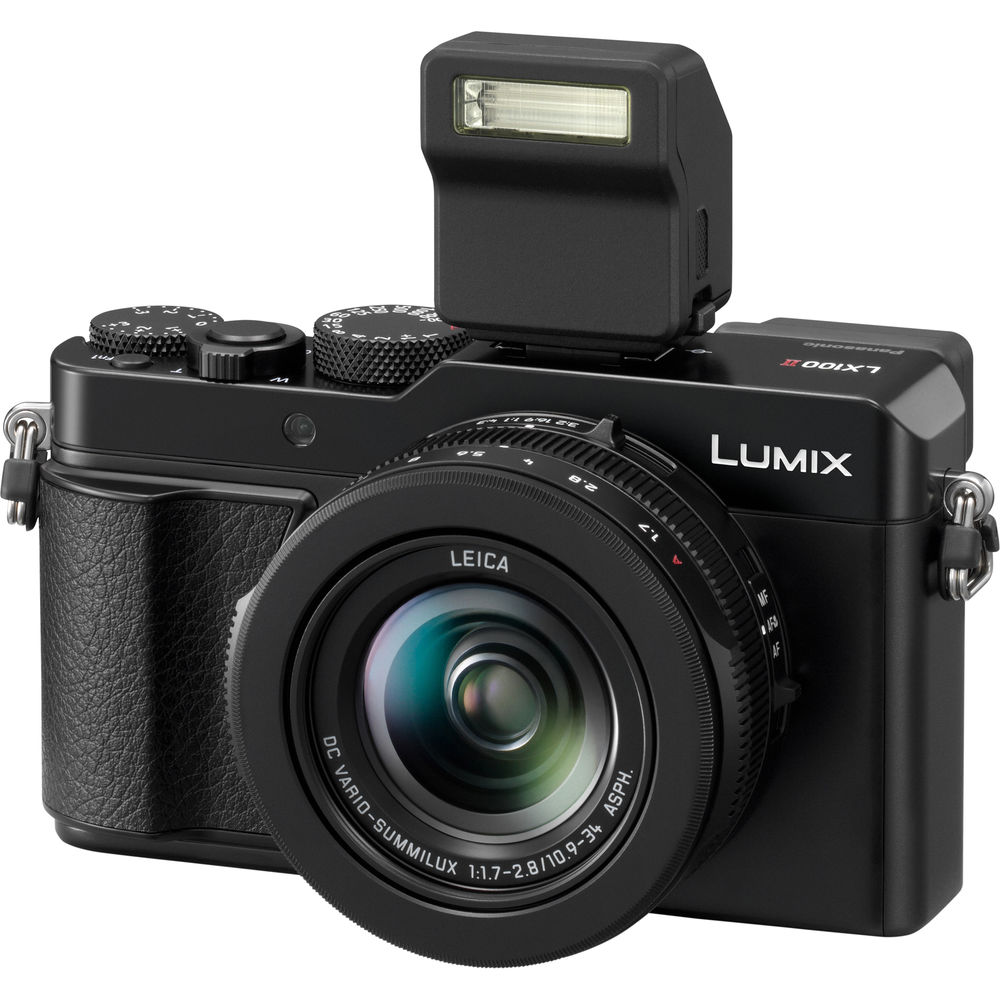
When you compare features between the Sony RX100 VA vs the Panasonic LX100 II the Sony comes out ahead in a few areas depending on what you are looking for ofcourse. First, it’s a more lightweight ultra compact pocketable form factor, it has significantly better Autofocus abilities in both photos and video, high frame rate slow motion features, 180 degree articulating touchscreen vs fixed, a built in flash, and a higher resolution sensor.
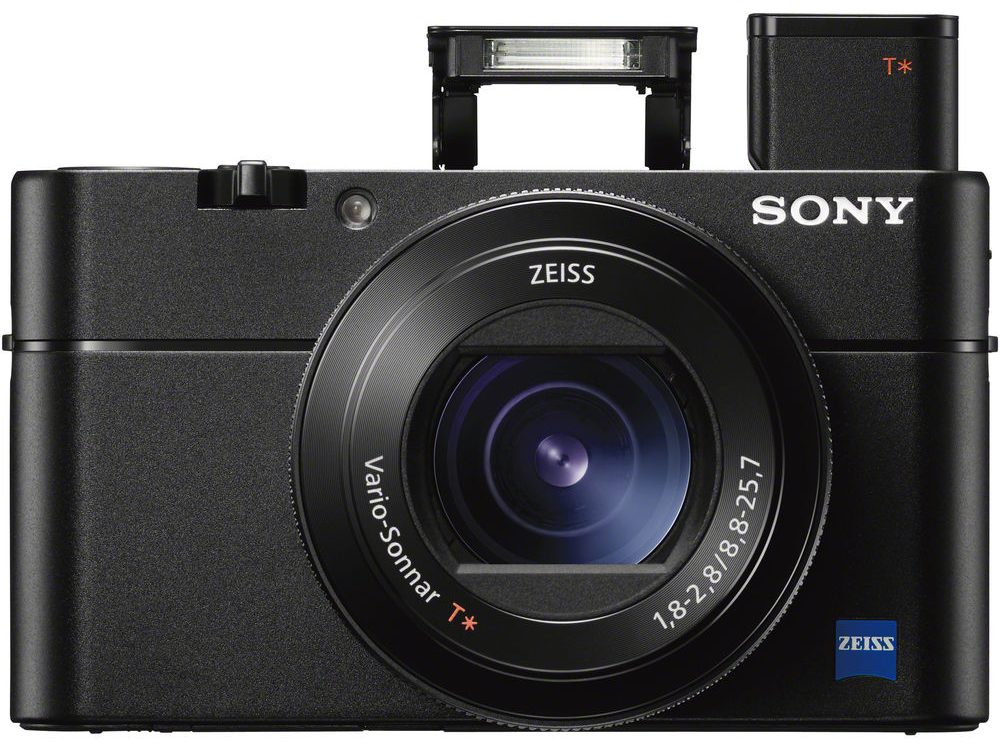
The LX100 II on the other hand comes out way ahead in the fun to use department for those that love manually controlling the camera, it has a significantly better menu system and user interface, better depth of field control with the larger sensor and slightly faster lens, better close-up macro photography abilities, better battery life, a 15min record limit in 4k vs 5min on Sony, and it has an awesome time-lapse feature built in. The LX100 II also offers 75mm on the telephoto end where the Sony stops at 70mm effective.
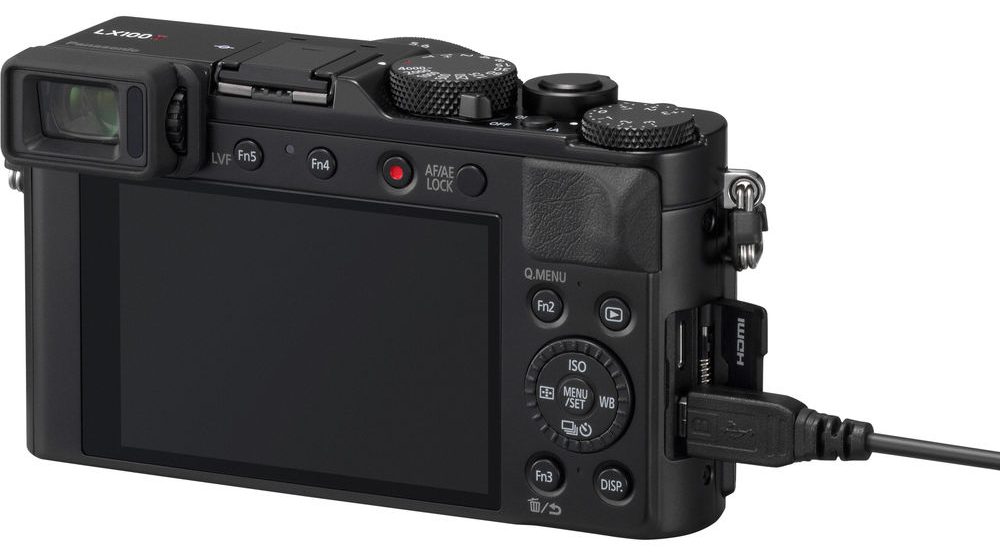
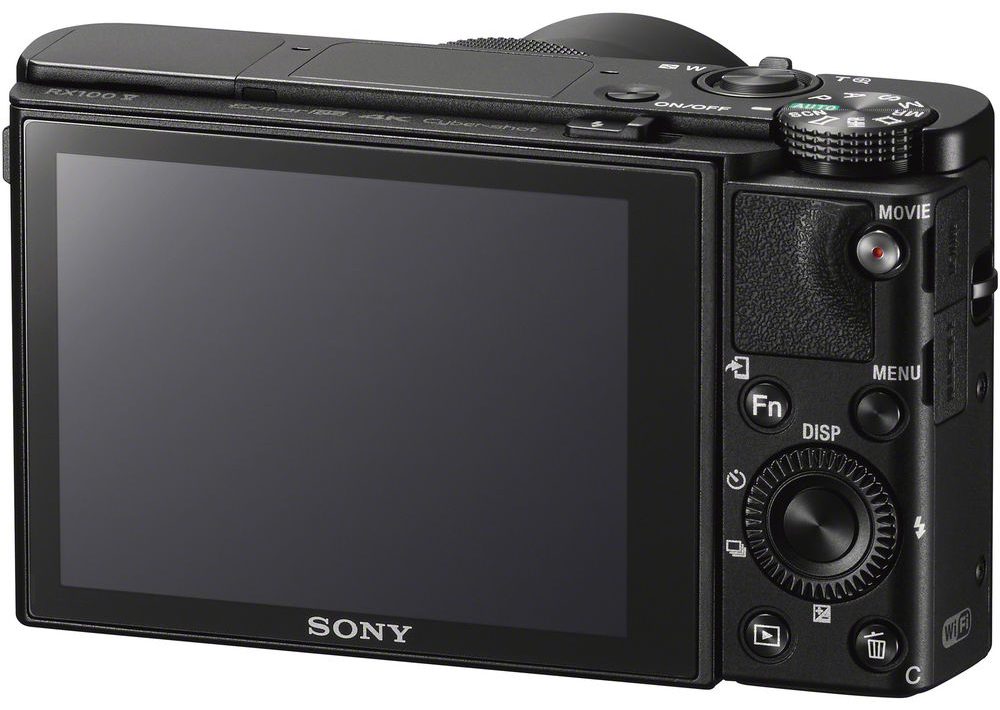
The retail prices are about $1000 US for both cameras, so it’s really just a matter of what features matter more to you. Personally I would go with the Sony for the ultra compact pocketable advantage in addition to the built in flash, much better autofocus, and slow-motion video abilities. I already have larger sensor mirrorless cameras I can use if I want better depth of field control, so it’s just not worth the extra size if I’m looking for a point and shoot style camera. The small size for somebody like me would be more appealing at the end of the day. Again, it really depends on what you are personally looking for in a camera. I would also consider the Panasonic LX10, but the faster AF that the Sony offers really makes a big difference.
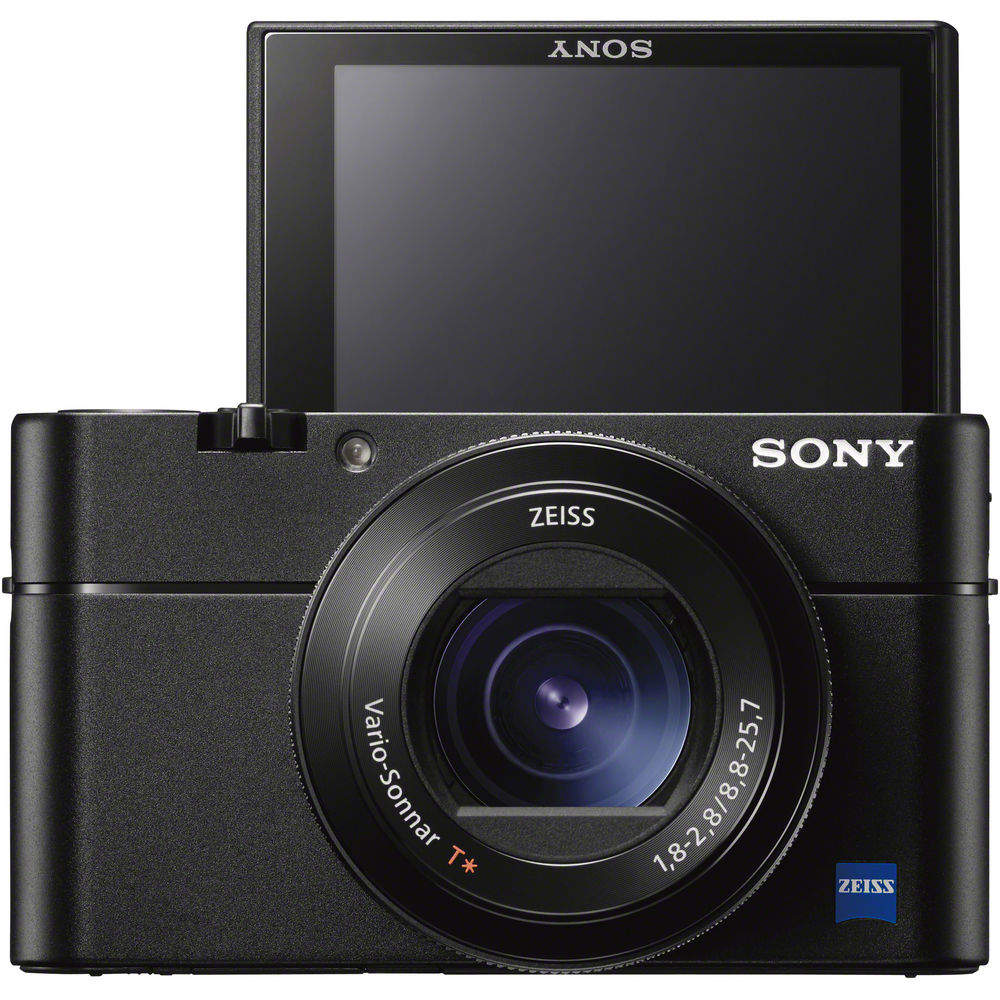
If you are a hands-on camera user and you don’t need the ultra compact size, significantly better Autofocus, 180 degree lcd screen, and slow-motion video features, then the LX100 II would certainly be the way to go. You would also get the bonus of better depth of field control with the four thirds sensor, better close-up photography abilities, better battery life, and a easier to navigate menu system.
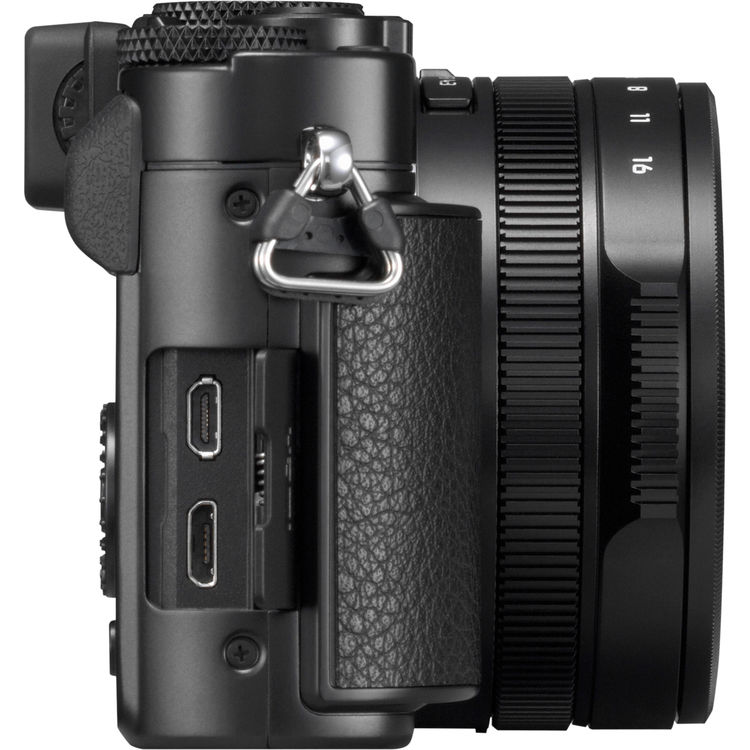
Both camera systems are great at the end of the day, so you really can’t go wrong with either. Both produce excellent photos and video which is really all that matters after all.
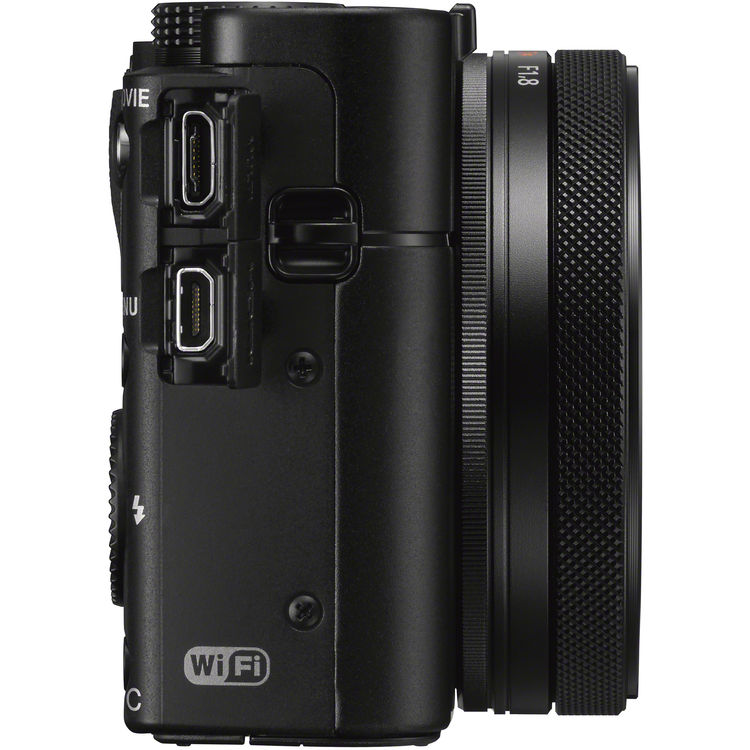
I would certainly give the more fun camera to use award to the Panasonic LX100 II. I really had an absolute blast using this camera and with larger hands the ergonomics made a significant difference to the overall experience. It’s just more awkward using an ultra compact camera like the RX100 VA, but when you can literally slip it into your jeans pocket, it more than makes up for it in my opinion. If you really want that pocketable camera, but can’t justify the price point of the RX100 VA, then be sure to check out the Panasonic LX10 for sure! If you do want that pocketability, but demand more zoom range than the 24-70mm the Sony RX100 VA offers, then be sure to check out the Sony RX100 VI which offers and effective 24-200mm lens is the same pocketable camera body.
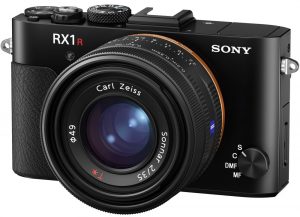
If however, money is not the biggest concern to you and you just want the best possible image quality producing point and shoot style camera you can get, then be sure to take a look at the Sony RX1R II I recently reviewed Here >> Sony managed to fit a 42mp full frame sensor into a camera body that is very similar to the LX100 II. It has a 35mm f/2 Zeiss Prime Lens, so there is no variable zoom feature, however the image quality that comes out of the camera is absolutely stunning! You might not be aware of such a camera, so I wanted to give it a special mention for those that might be interested to know more.
Also be sure to check out the Sony RX10 IV I recently reviewed here >> if you are looking for a more DSLR style point and shoot camera body with an incredible 24-600mm Zeiss Zoom Lens and the same 1″ sensor found in the RX100 VA we talked about earlier.
More Relevant Camera Reviews you might want to check out This Way >>
Now that the comparisons I wanted to cover are covered, let’s move on to the LX100 II details that matter and get on with the rest of this review. For more information about the other cameras be sure to check out all my point and shoot style camera reviews Here >>
Panasonic Lumix DMC-LX 100 II – Key Features:
- 17MP Four Thirds MOS Sensor
- Leica DC Vario-Summilux f/1.7-2.8 Lens
- 24-75mm (35mm Equivalent)
- Minimum focus Distance = 1.18″, 3 cm
- 2760k-dot Electronic Viewfinder
- Fixed 3″ 1240k-dot TFT LCD Touchscreen
- 4K Video Recording – 15min record limit
- Built-In Wi-Fi & Bluetooth Connectivity
- Extended ISO 100-25600
- Lens & Body-Mounted Exposure Controls
- Includes Hot Shoe Flash
- 43mm filter thread
- Price= ~ $1000 US
- 4 years since lx100 cam out
Panasonic LX100 II Review – Video Version
In this highly detailed fairly lengthy video version of the review, I will be covering everything you need to know. All the sample photos and links to key accessories and more will be below the videos.
Navigational cues for different review segments below:
- Intro & Key Features: 0:06
- Hands-on: 6:10
- How-To Use Camera: 11:53
- 4k Sample Video: 20:53
- Gimbal Testing: 21:20
- Studio Footage: 22:41
- Sample Photos: 23:09
- Real world: 23:09
- Lens Flare: 27:09
- Skin Tones: 27:25
- Filter Modes: 28:36
- Vermont Trip: 29:04
- Lab Testing: 37:13
- High ISO: 39:07
- Lens Performance: 41:14
- Conclusions: 43:12
4k Time Lapse Sample Video
A quick 4k Time Lapse sample video using the powerful Panasonic LX100 II I did 400 shots at a 10sec interval for this time lapse. Please feel free to ask questions and comment below as always. Thanks for watching and have a great day! Jay
Detailed How-To Use The Camera Video
The Leica D-Lux as I mentioned above is basically the same camera as the LX100 II, and I created a really detailed how to video for it that you might want to check out if you wish to learn in more detail how all the camera features work. Be sure to check that in my full Leica D-Lux Review over Here >>
Panasonic LX100 III -Sample Photos
As usual, I have a ton of real world sample photos to share using the Panasonic LX100 II, but I wanted to show off a few lab testing shots first so you can get an idea of what the camera and lens can do in a controlled environment and also to compare against other cameras I have reviewed.
Lab Testing – Depth of Field Play
First I wanted to show you some depth of field play. If you are unaware, the depth of field is the area in a photo that is sharp, or in focus. The size of that area depends on a number of factors like sensor size, lens aperture size, distance to the subject in relation to the camera, and the focal length used by the lens for example.
In this first set I was very close to the quarter near the minimum focus distance, but but quite there. Basically I just changed my point of focus using the touchscreen so you can see the depth of field in different areas of the lab scene.
Remember, you can always click on the photos in my reviews to see a higher resolution version for a more detailed look!
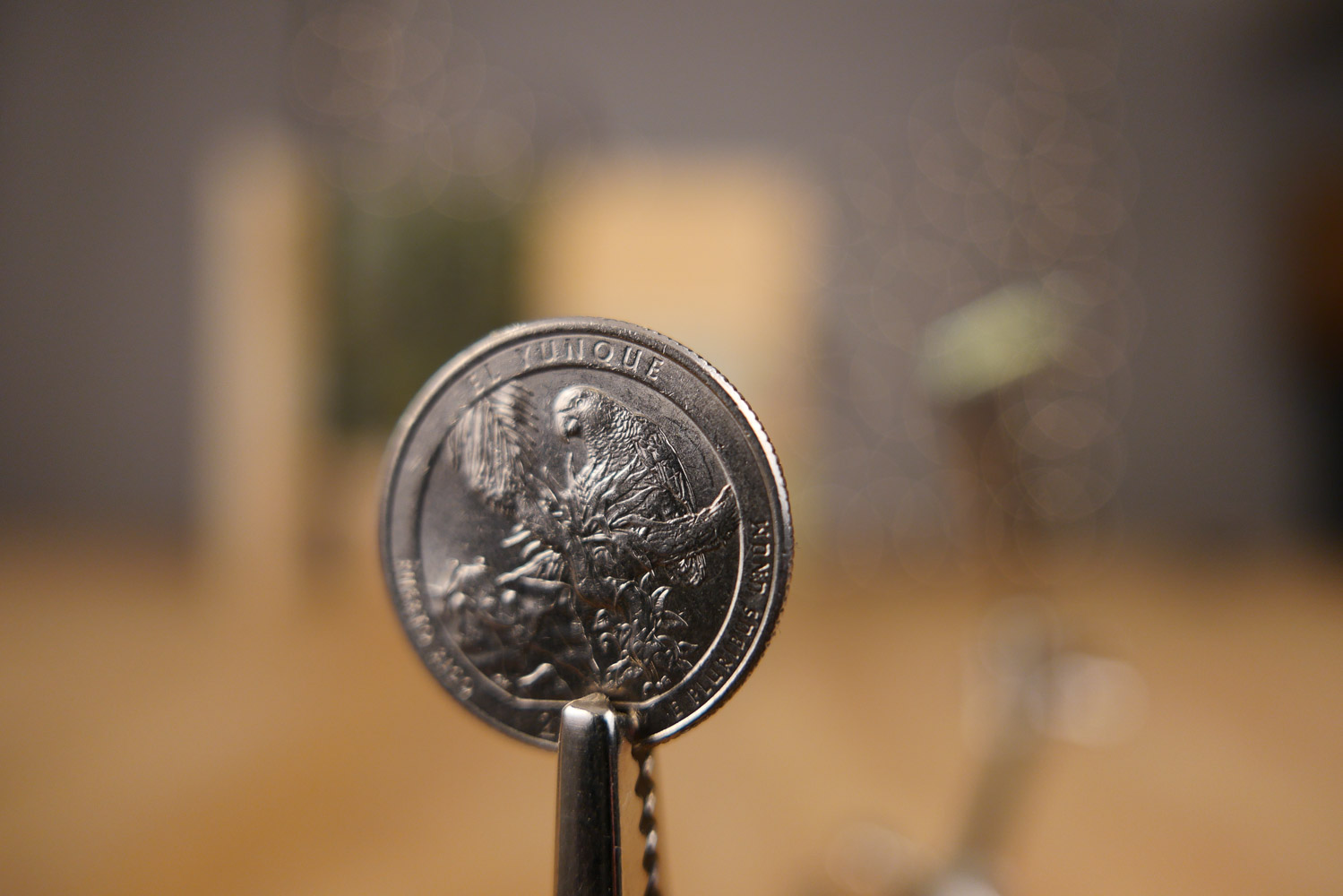
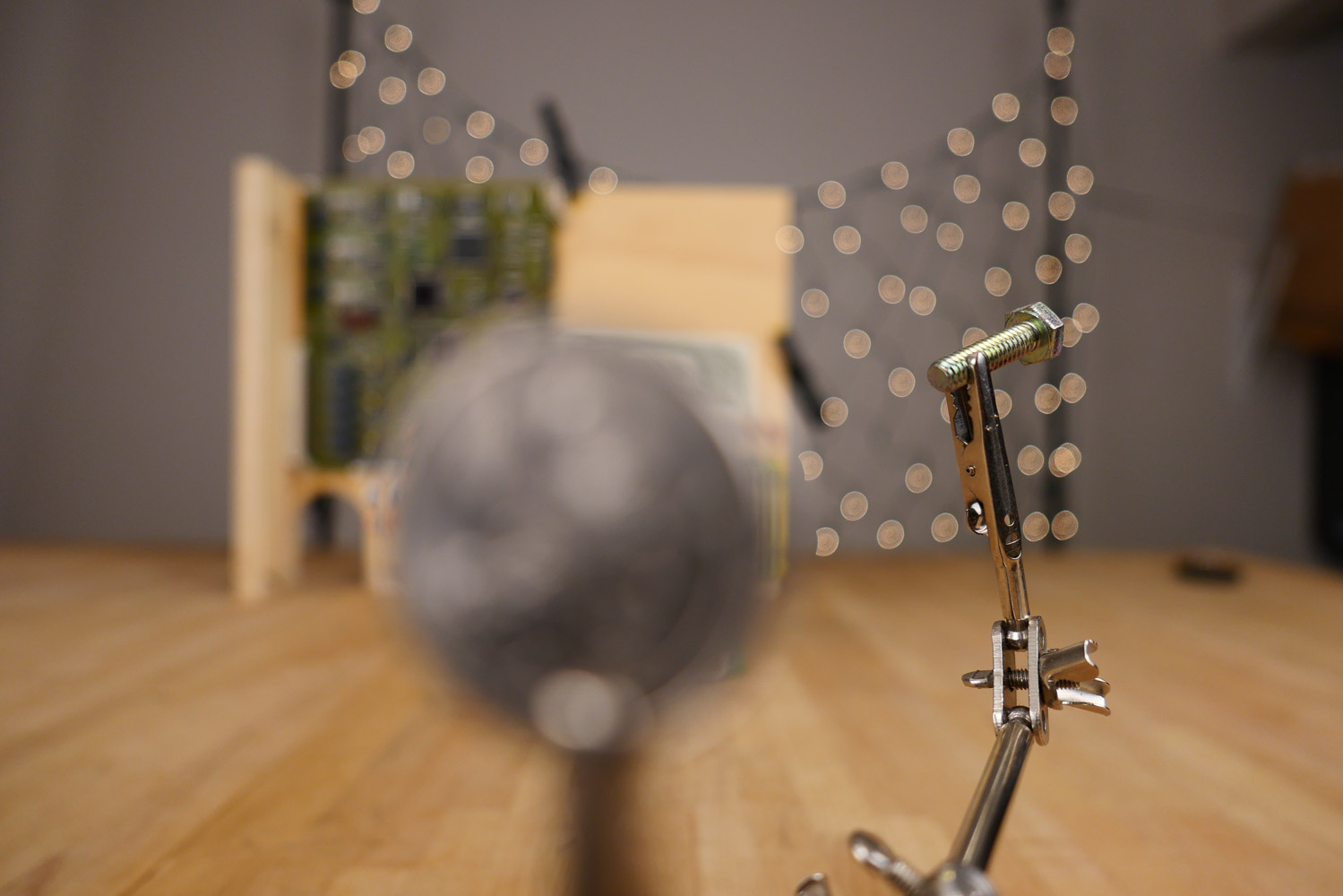
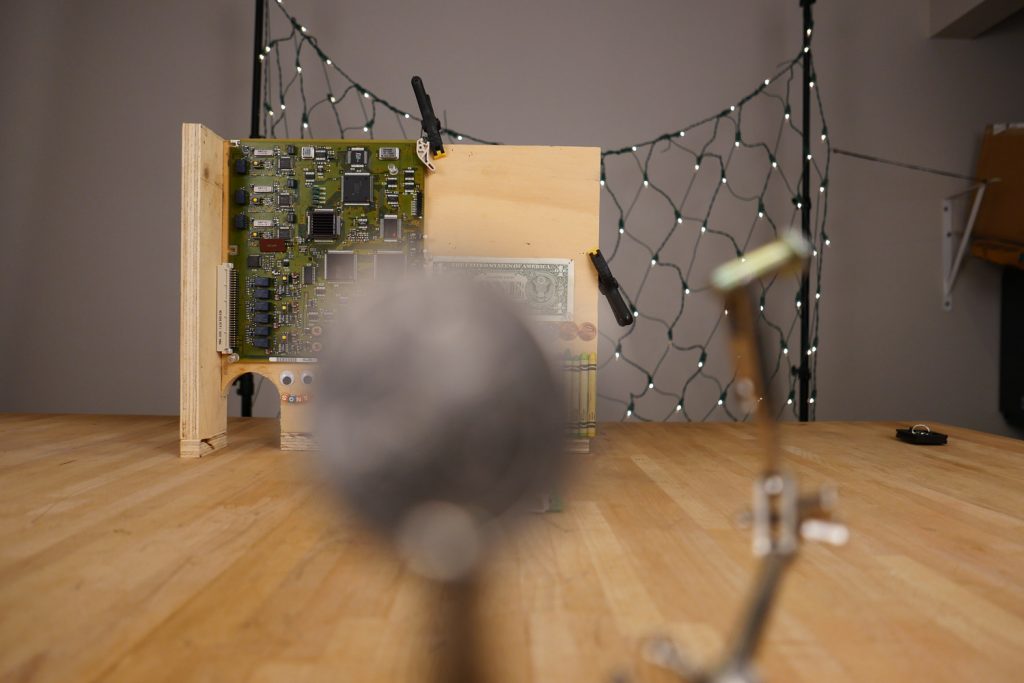
Lab Testing – Aperture Run
Next I wanted to show you what I like to call an aperture run. Basically I set the camera up at the minimum focus distance and go from wide open all the way to fully stopped down. In this cameras case that would f/1.7 – f/16 @ 1.18″ or 3 cm from the quarter. In these aperture run test photos you can really see the killer depth of field abilities the LX100 II is capable of, and the very impressive optical quality of the Leica lens.
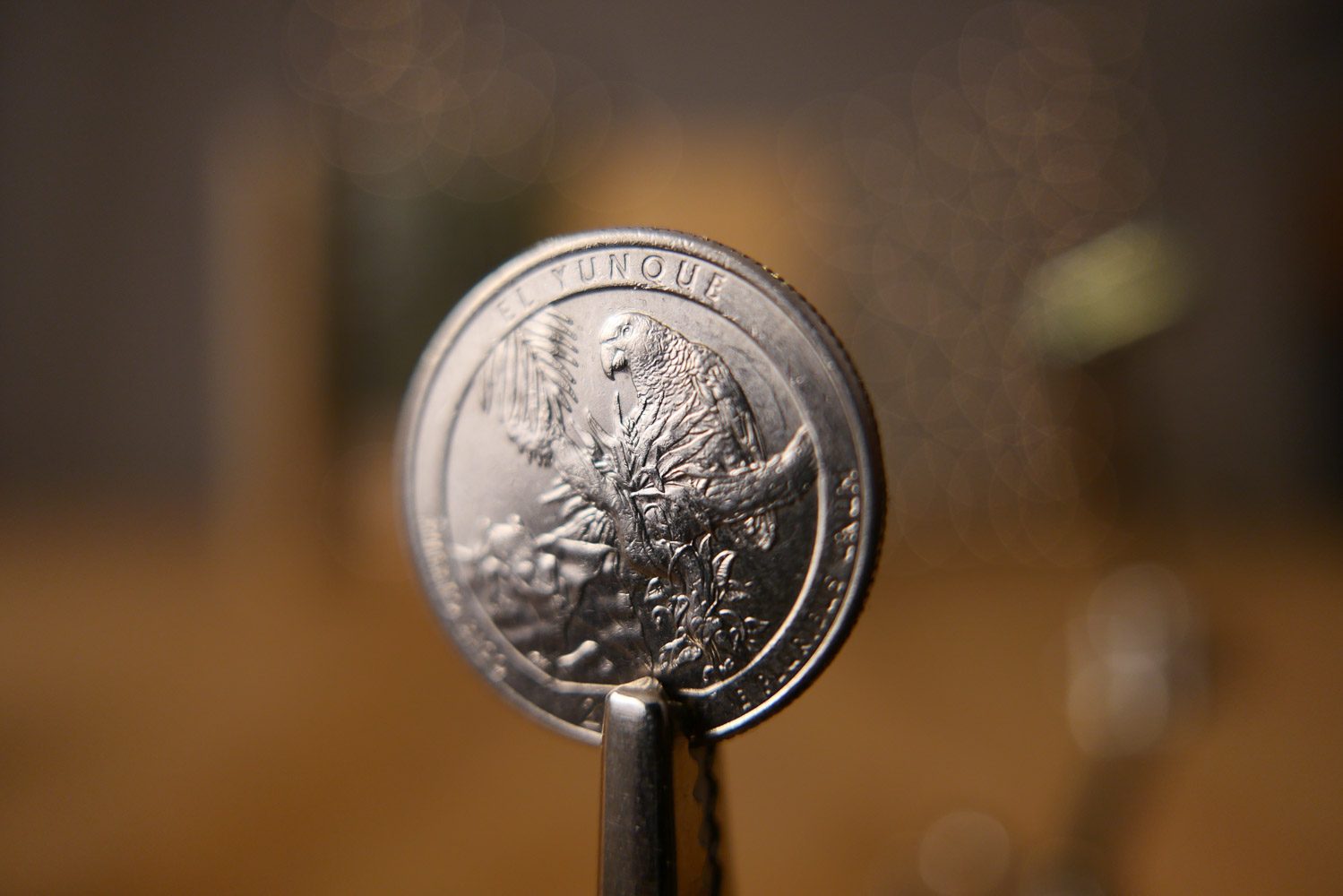
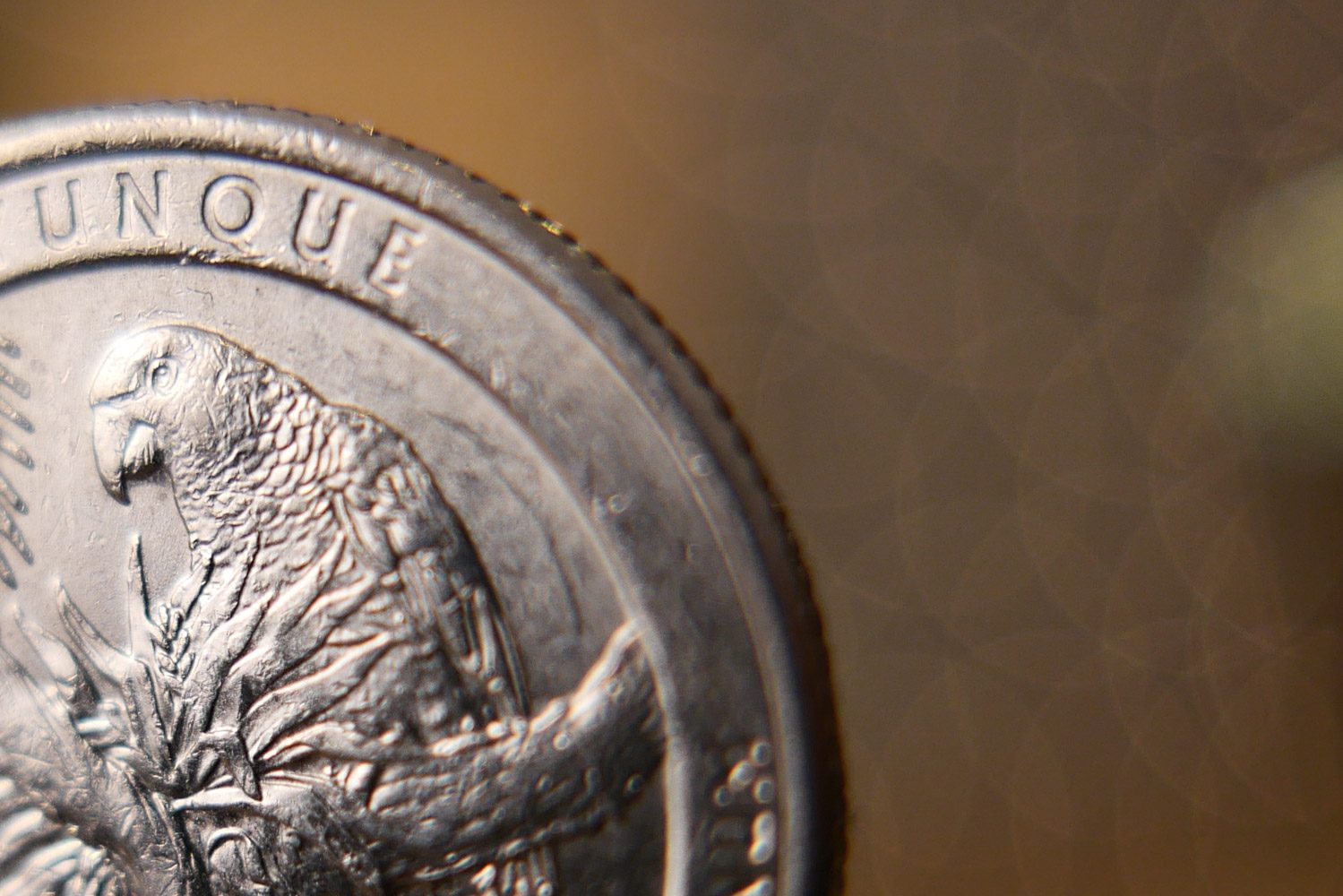
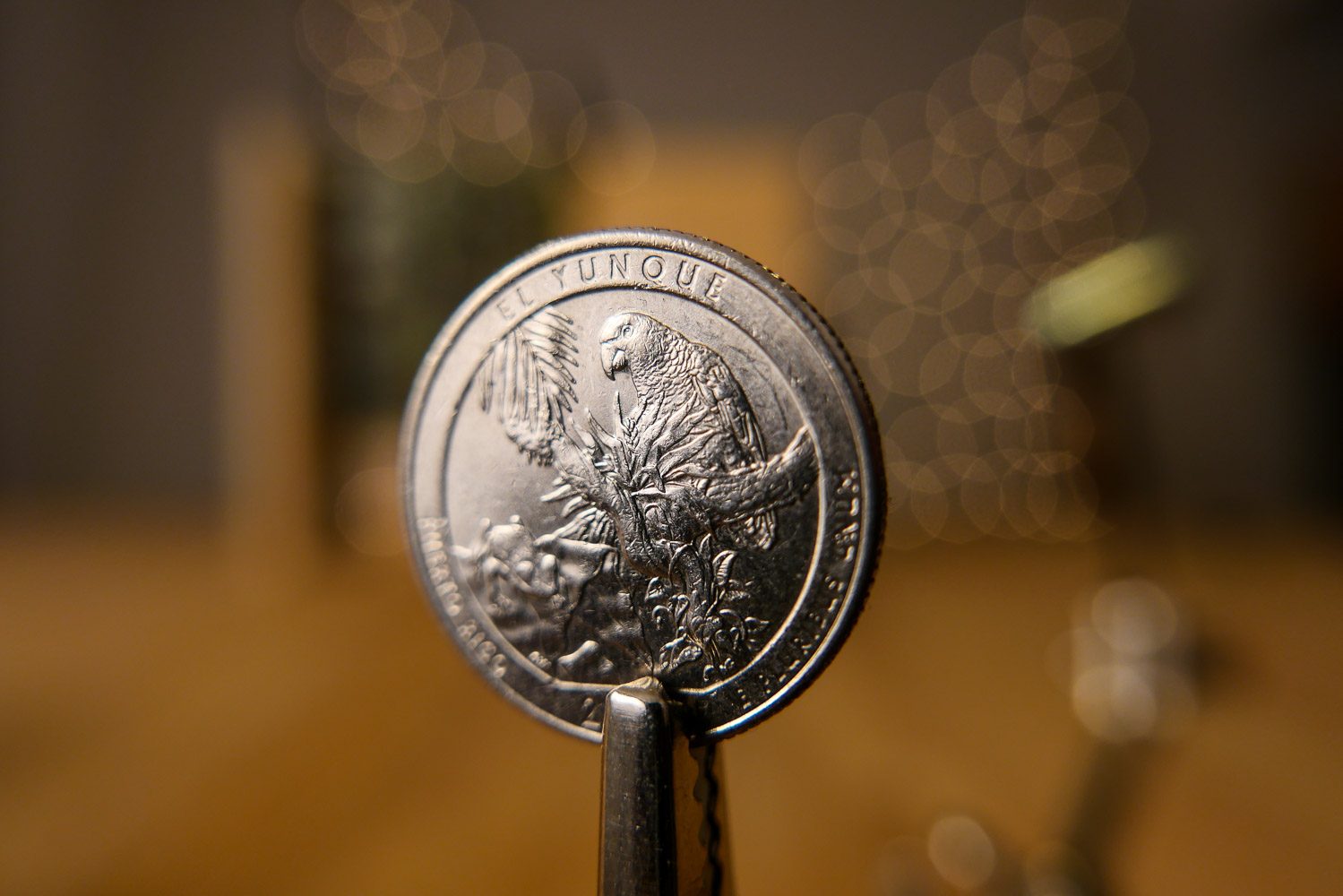
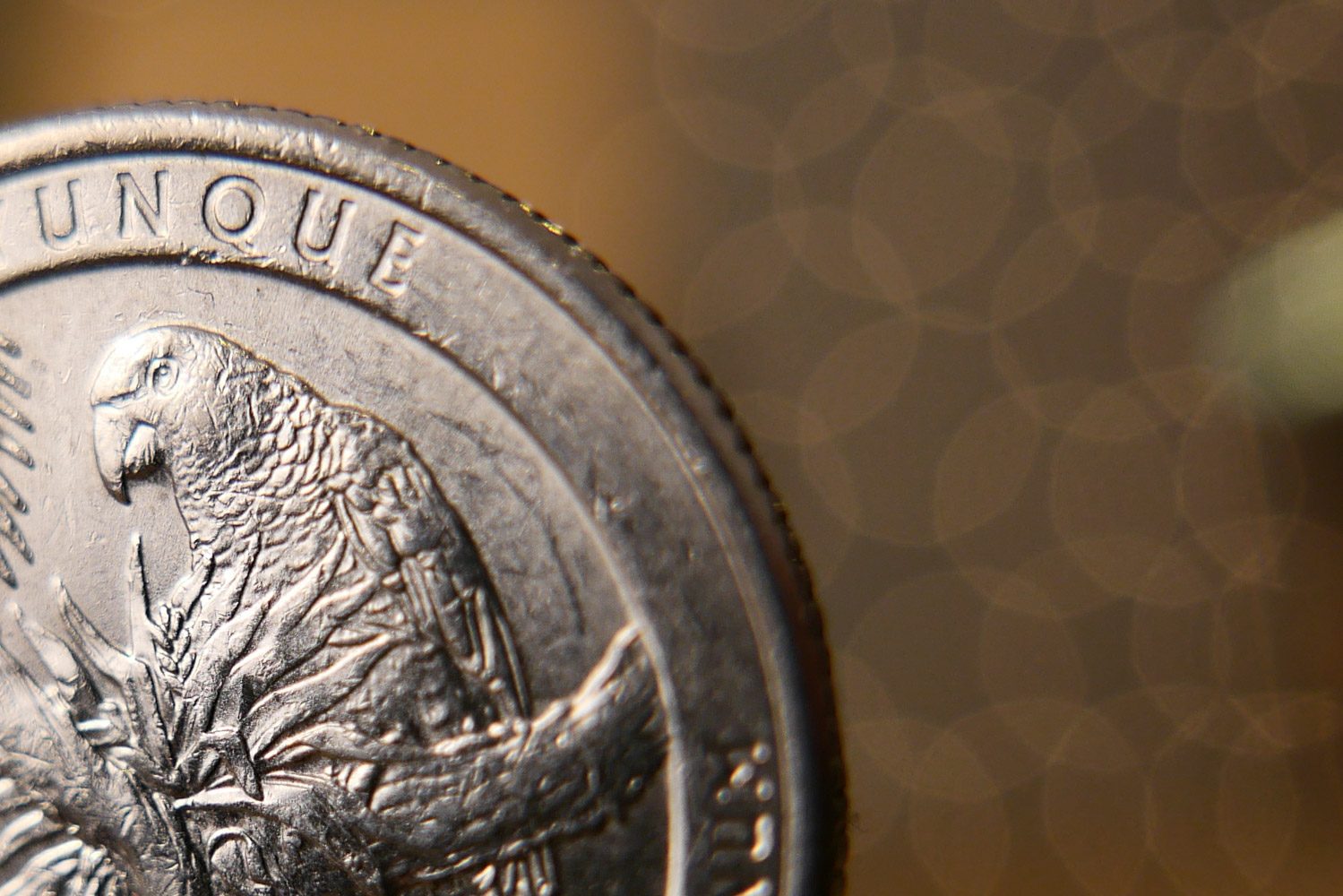
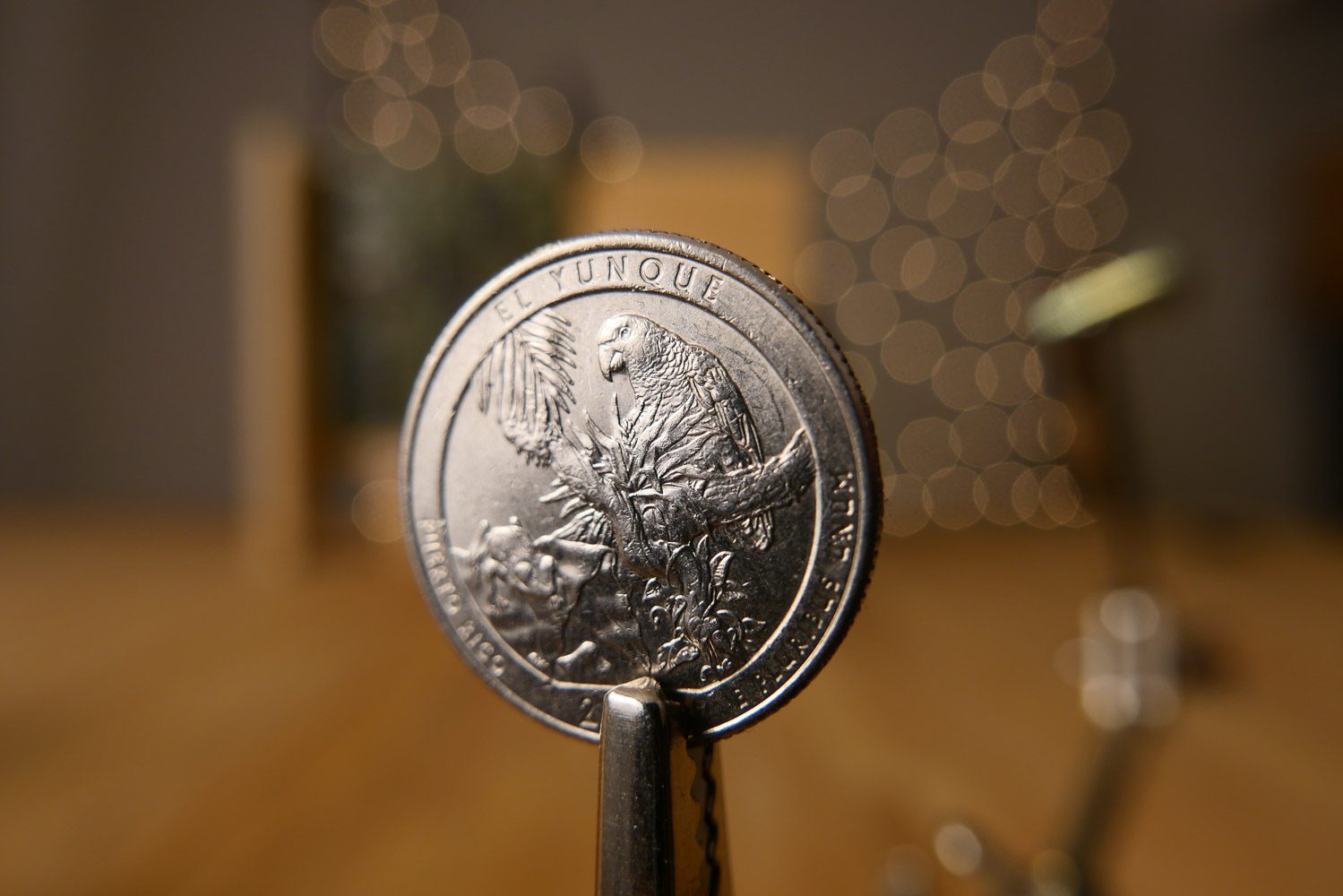
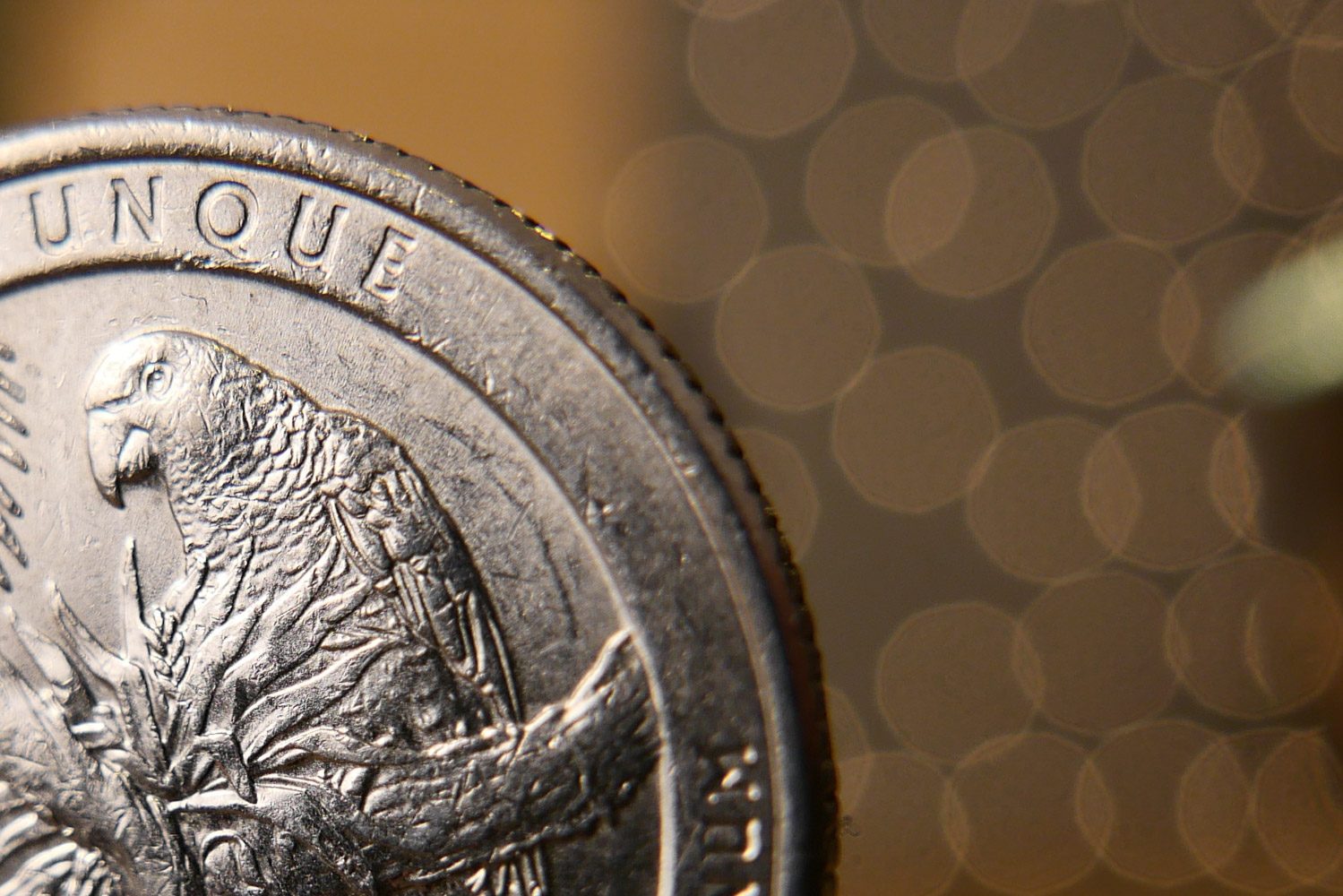
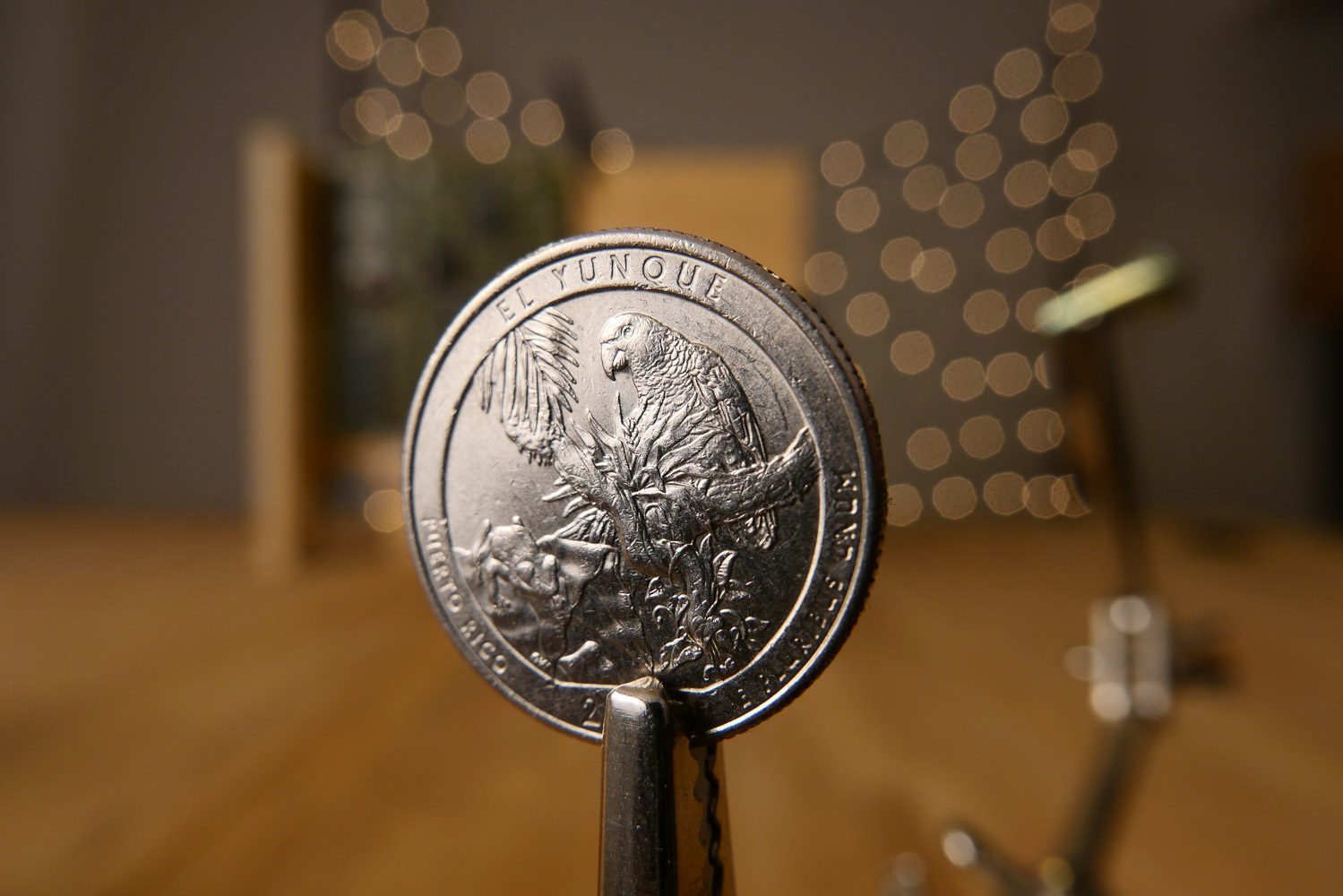
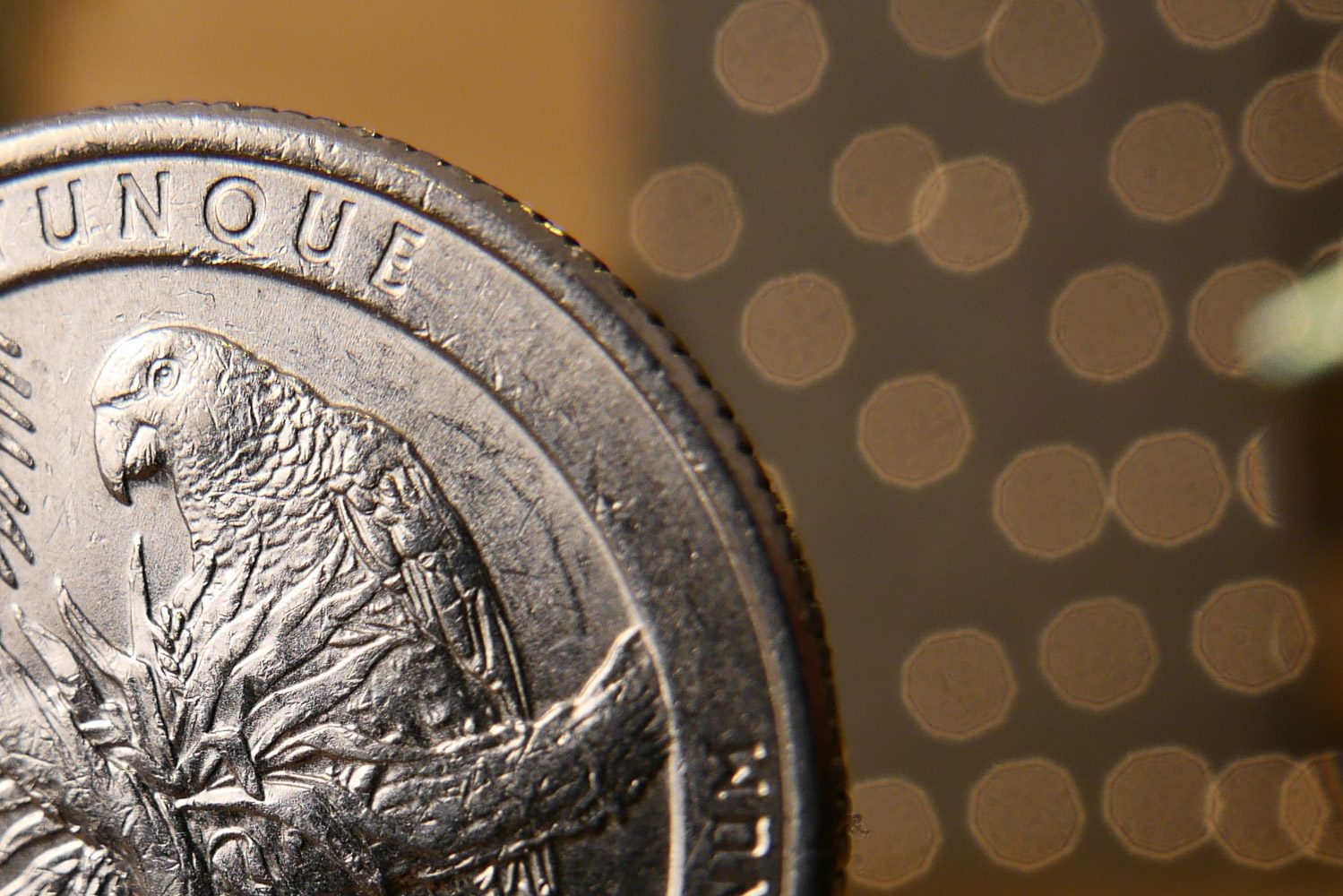
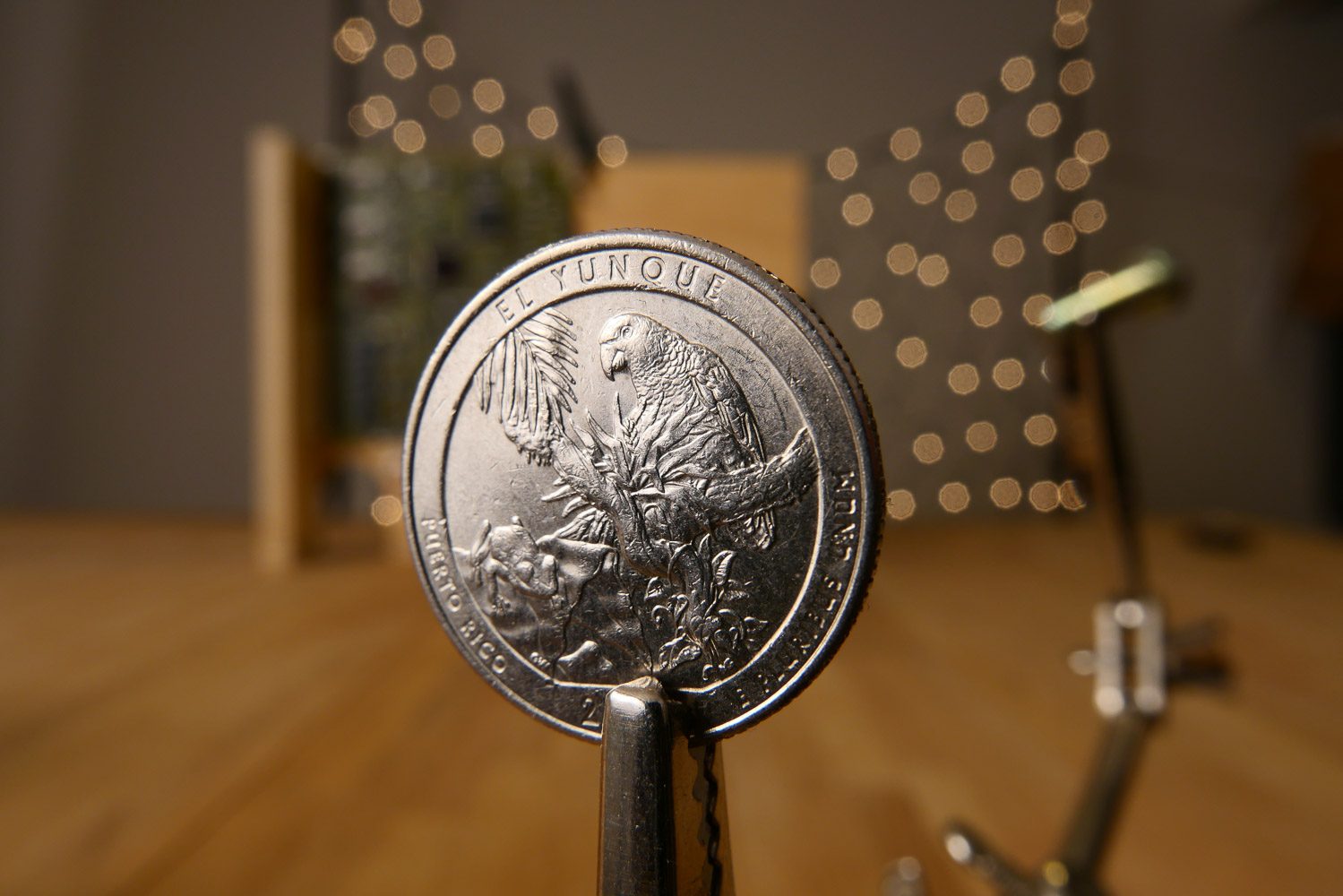
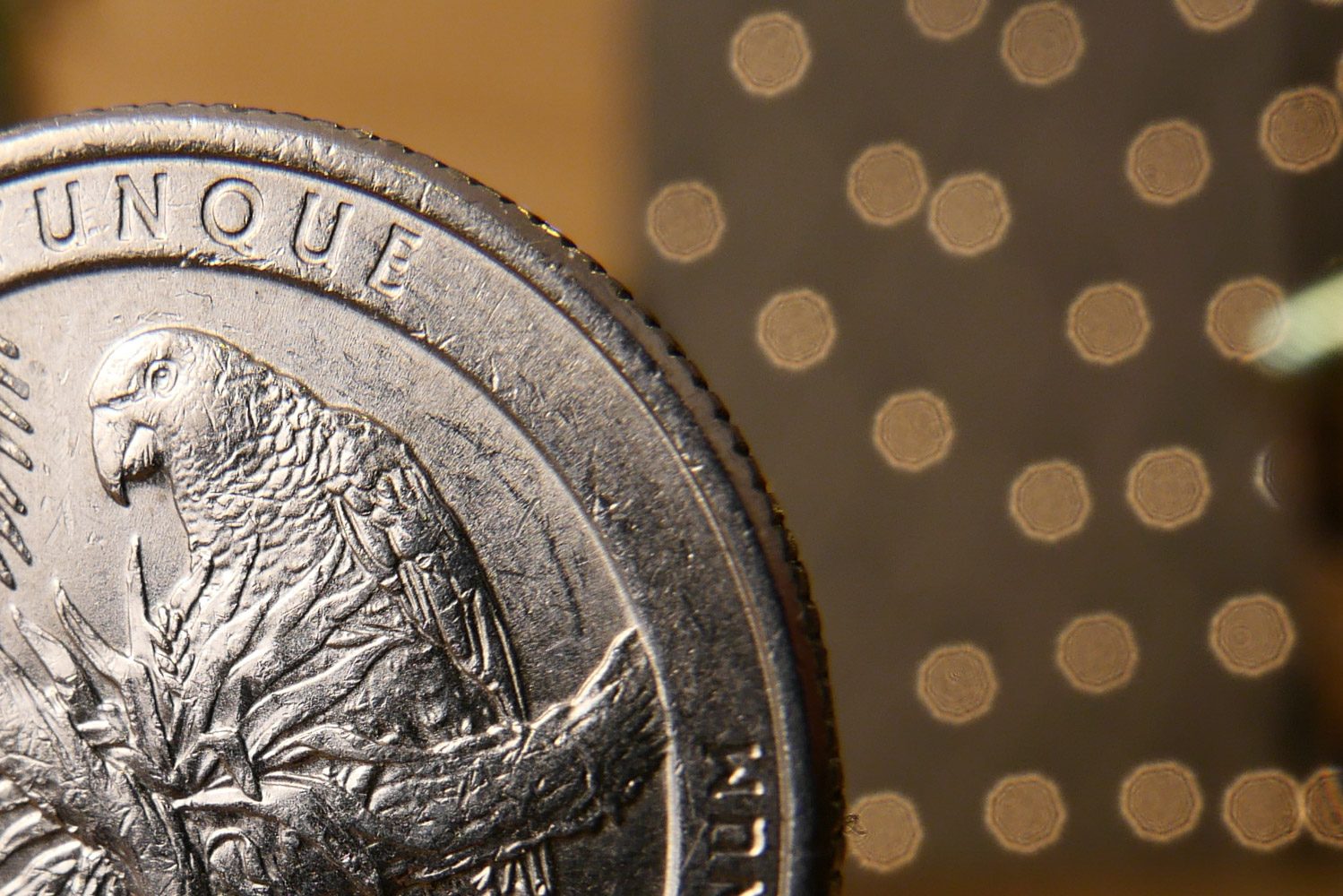
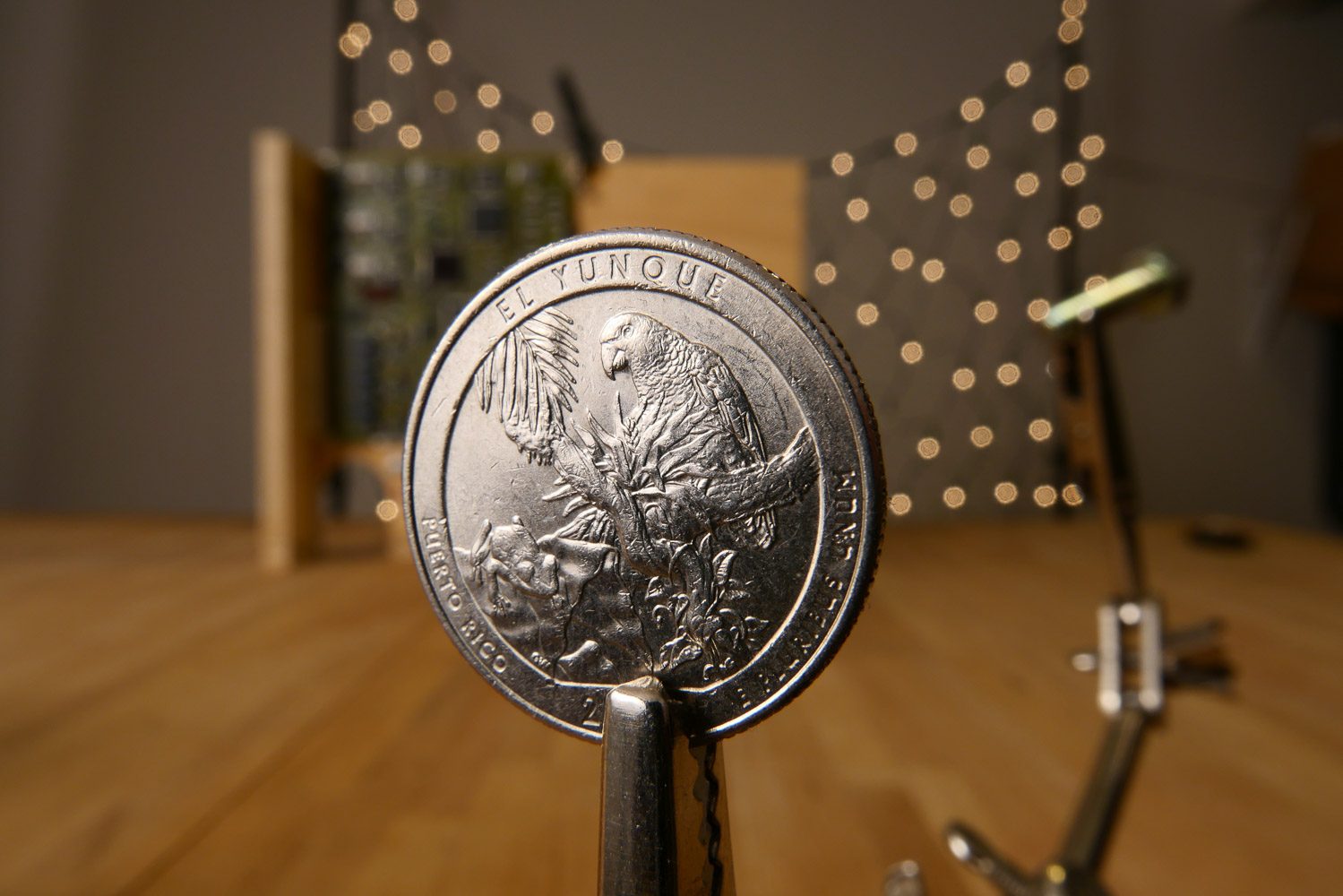
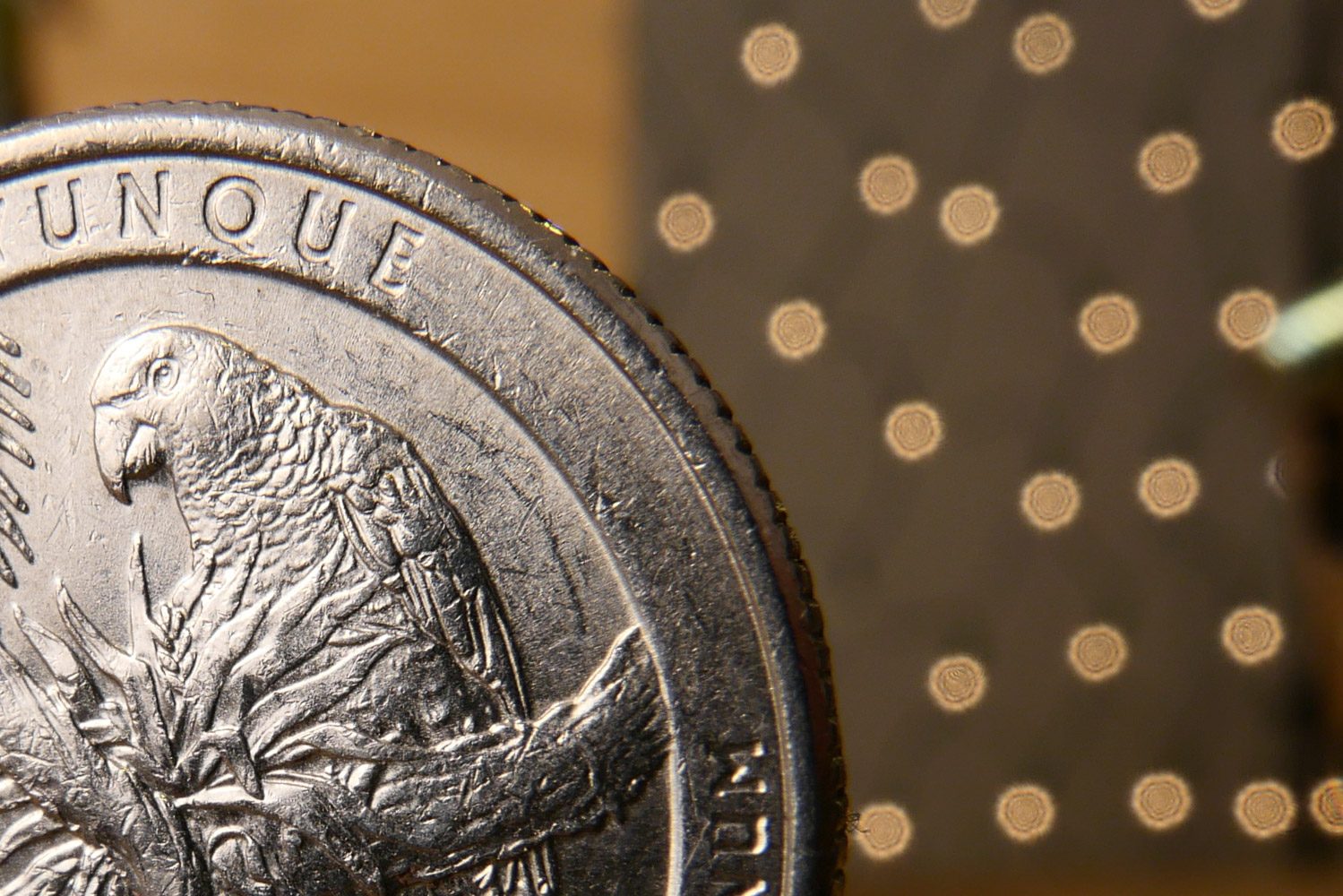
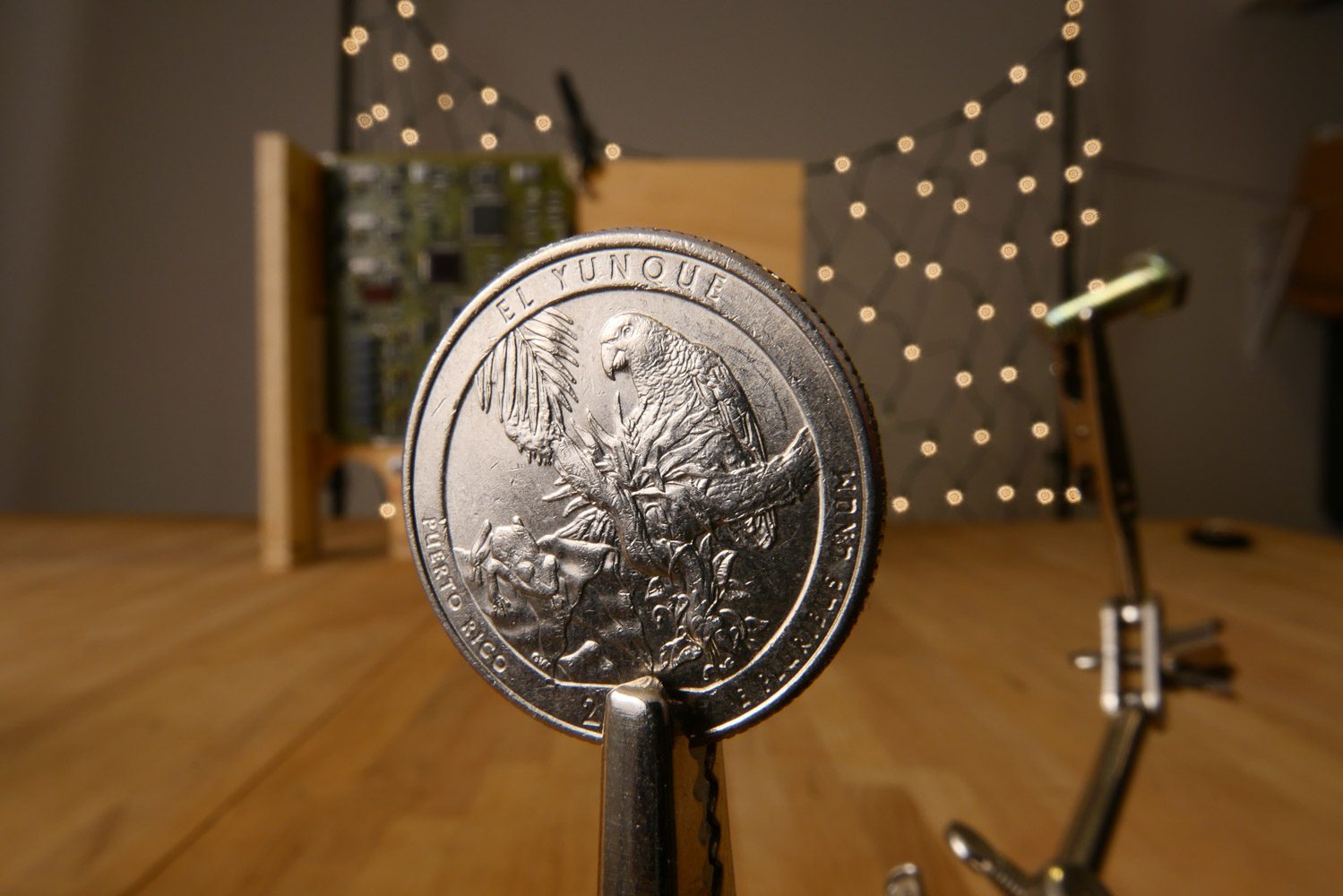
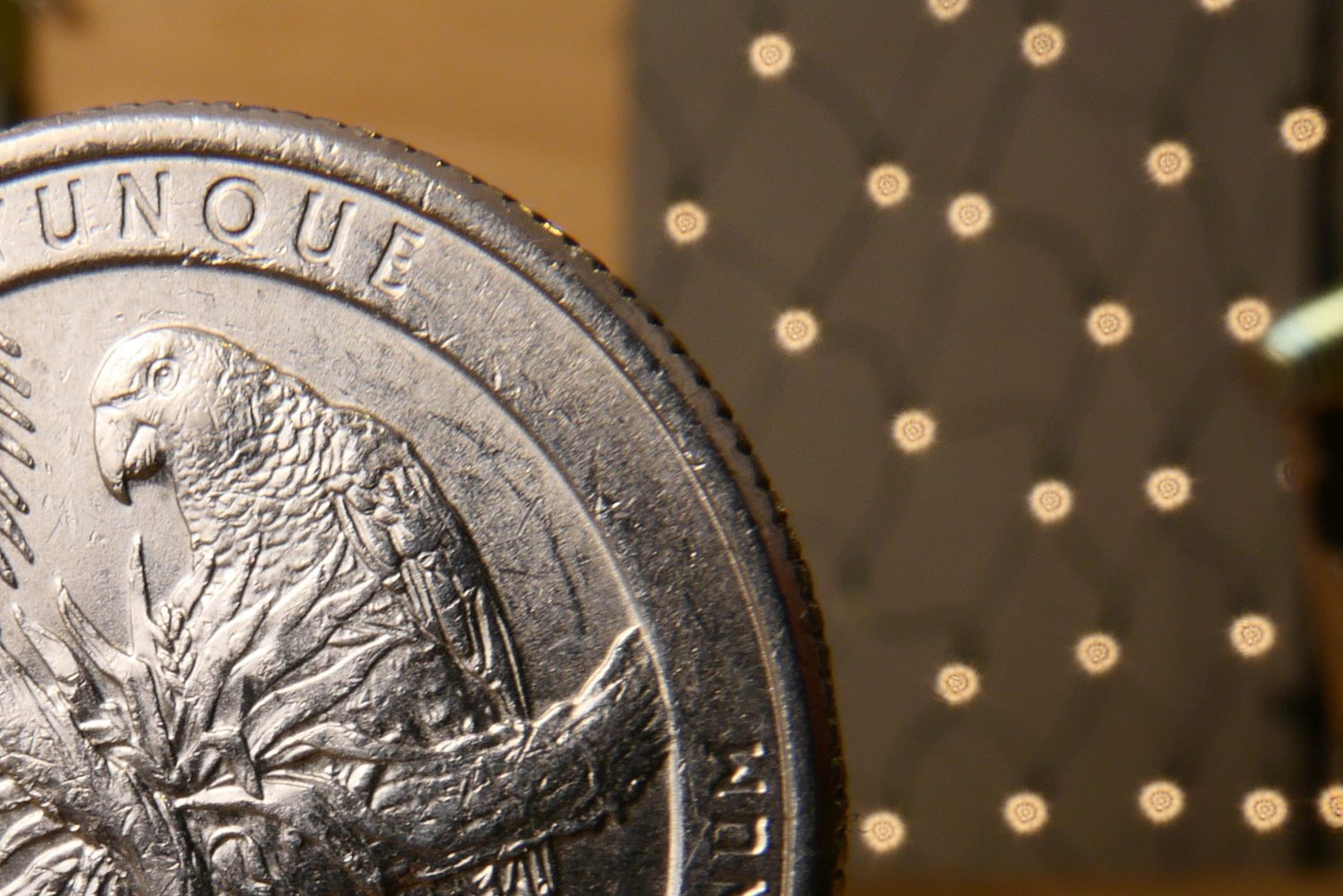
Lab Testing – Zoom Test 10.9-34mm or 24-75mm Effective
FIrst a 24mm effective test shot @ 10.9mm, f/1.7
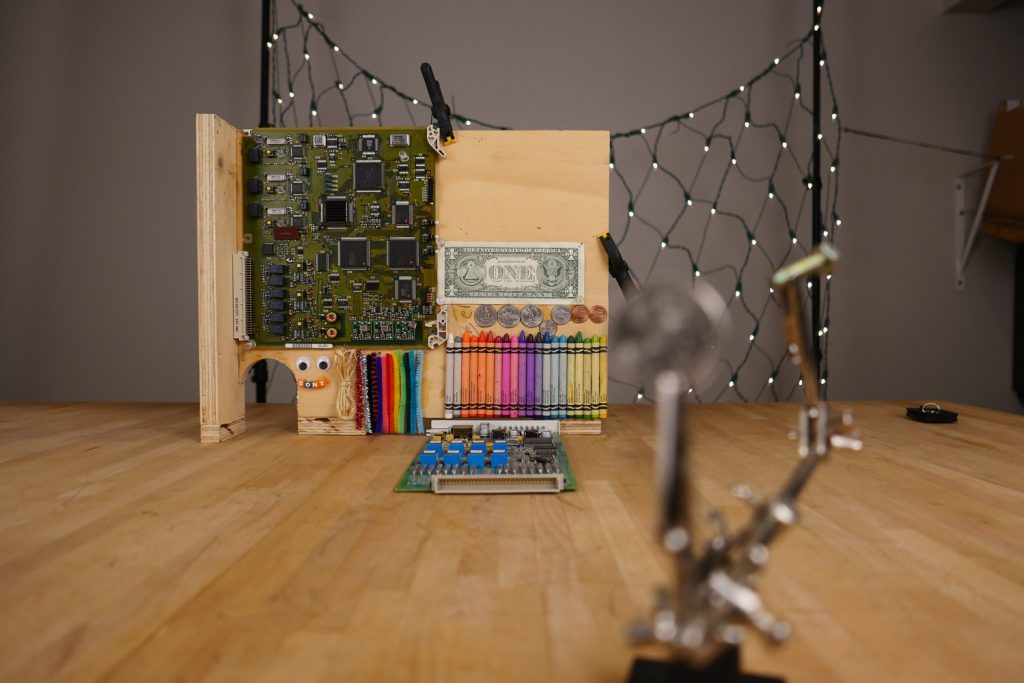
Note how the depth of field changes on the lights in the background and quarter in the foreground with these 75mm effective test shots as I change the aperture from f/2.8 to f/4, to f/5.6.
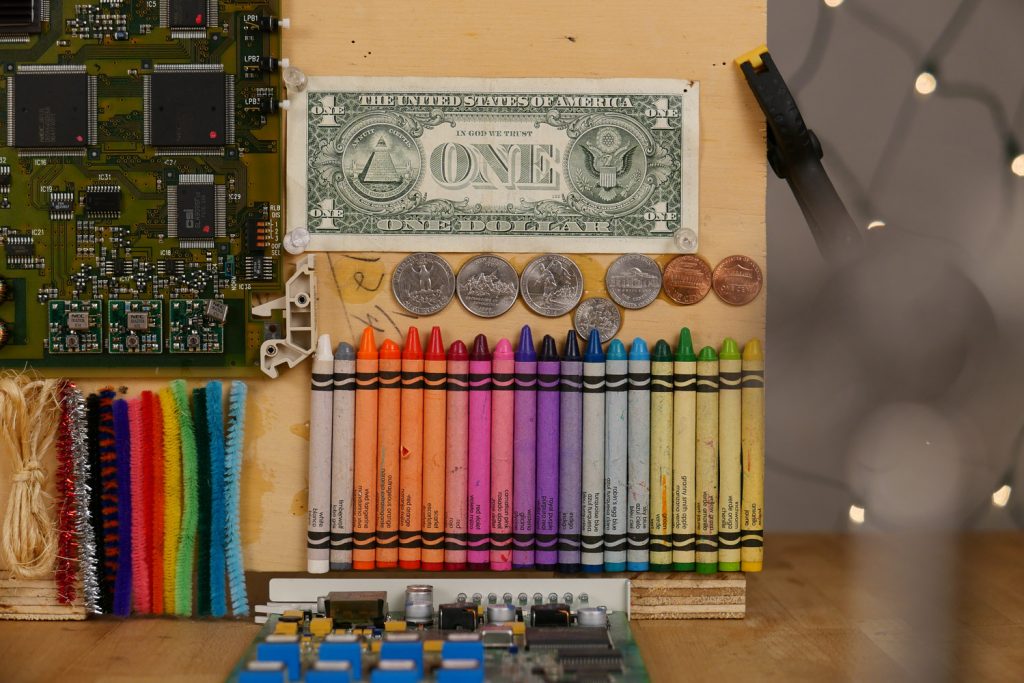
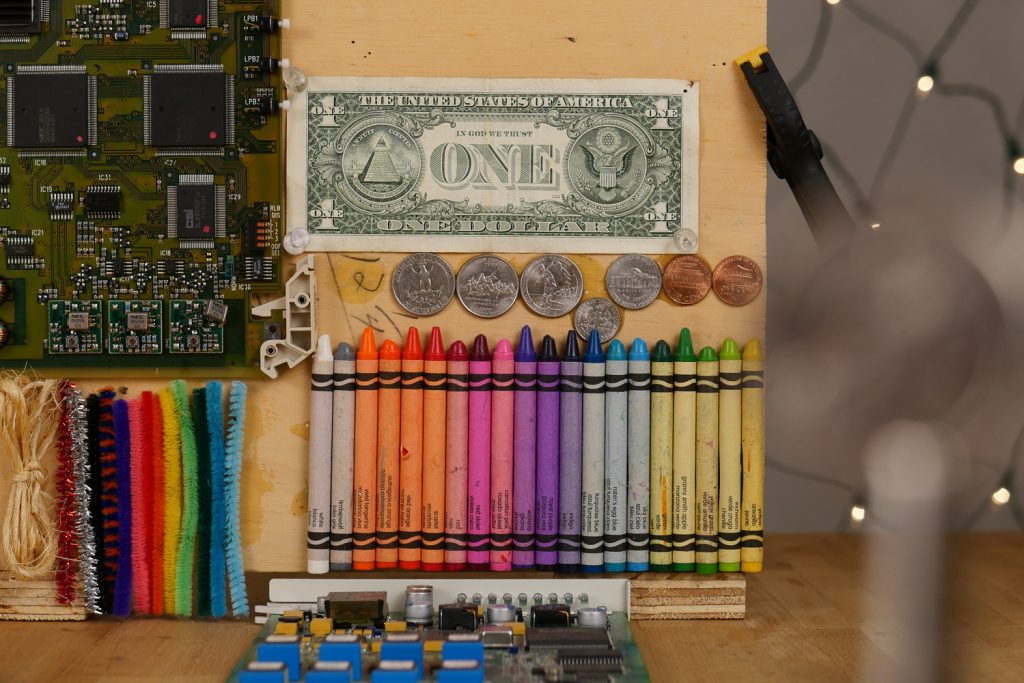
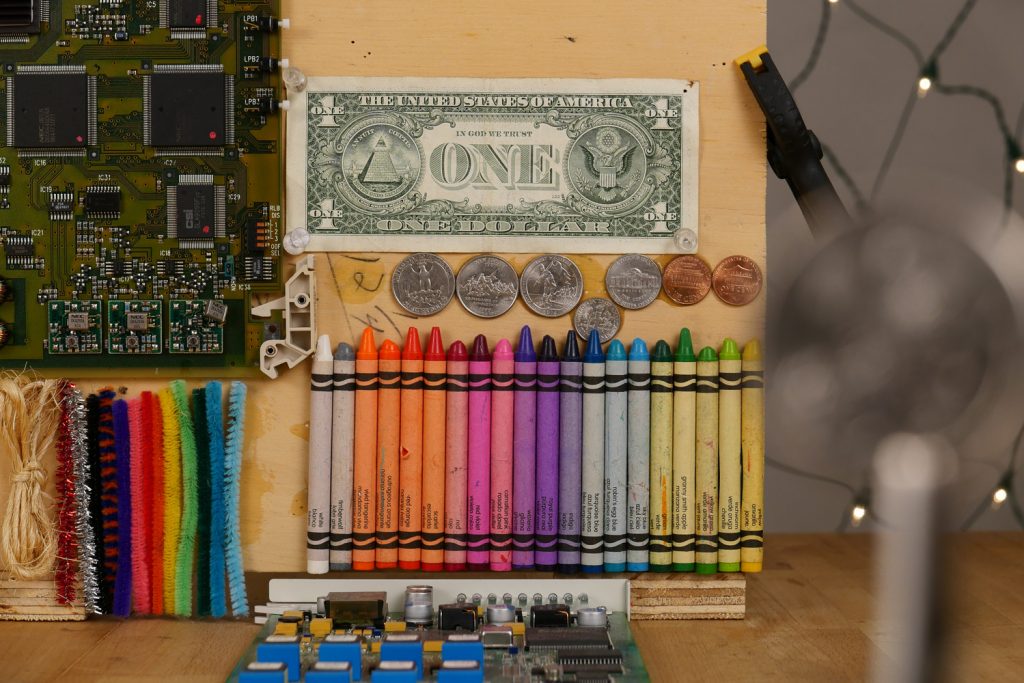
Lab Testing – ISO Run
In these ISO Run test photos I will show you want the LX100 II sensor is capable of ast all the ISO Values. I shot these using raw quality, so you can see the un-processed by the camera results. As you will see in the results below, the ISO abilities of the Panasonic LX100 II are very impressive, all the way to ISO 25600.
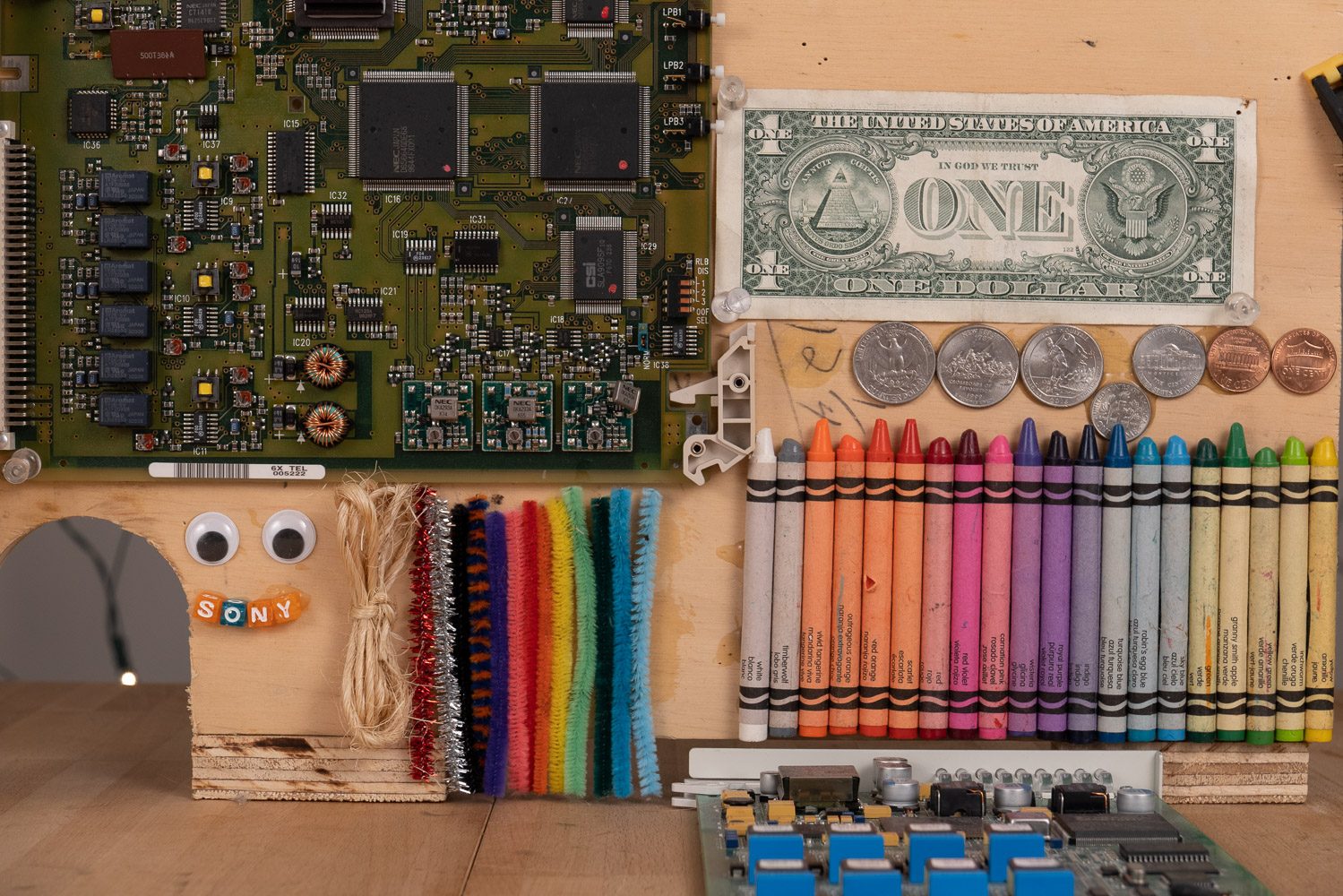
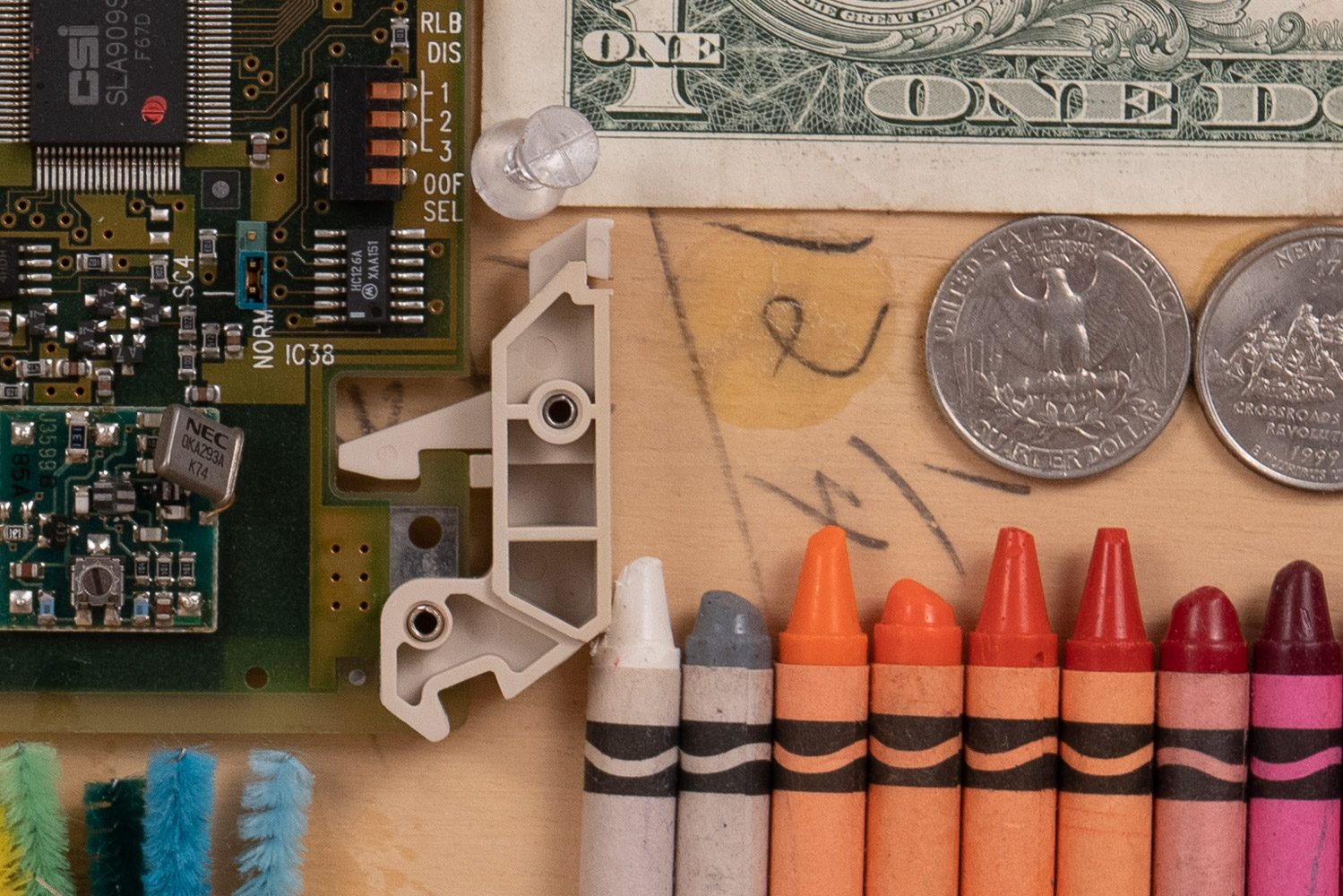
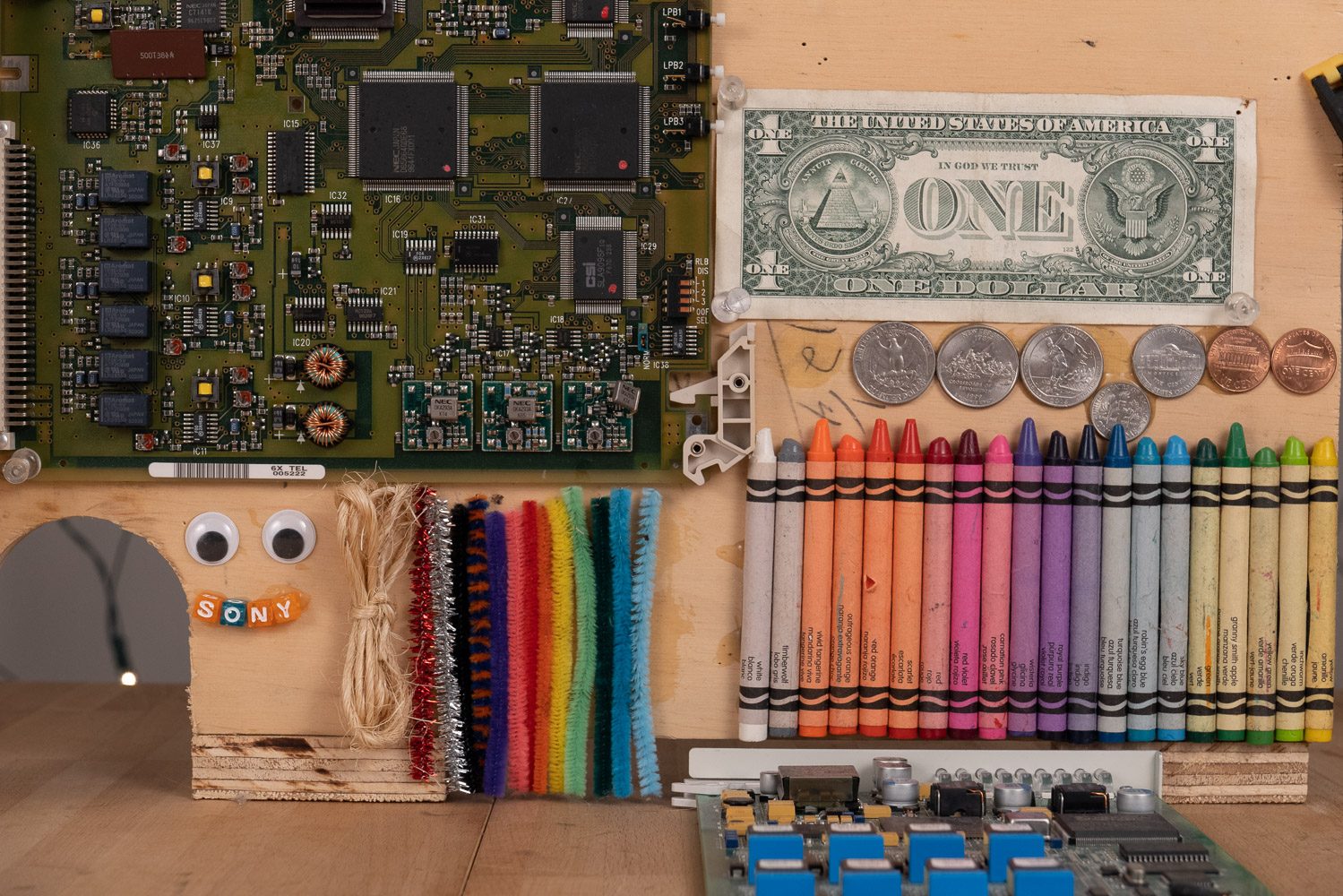
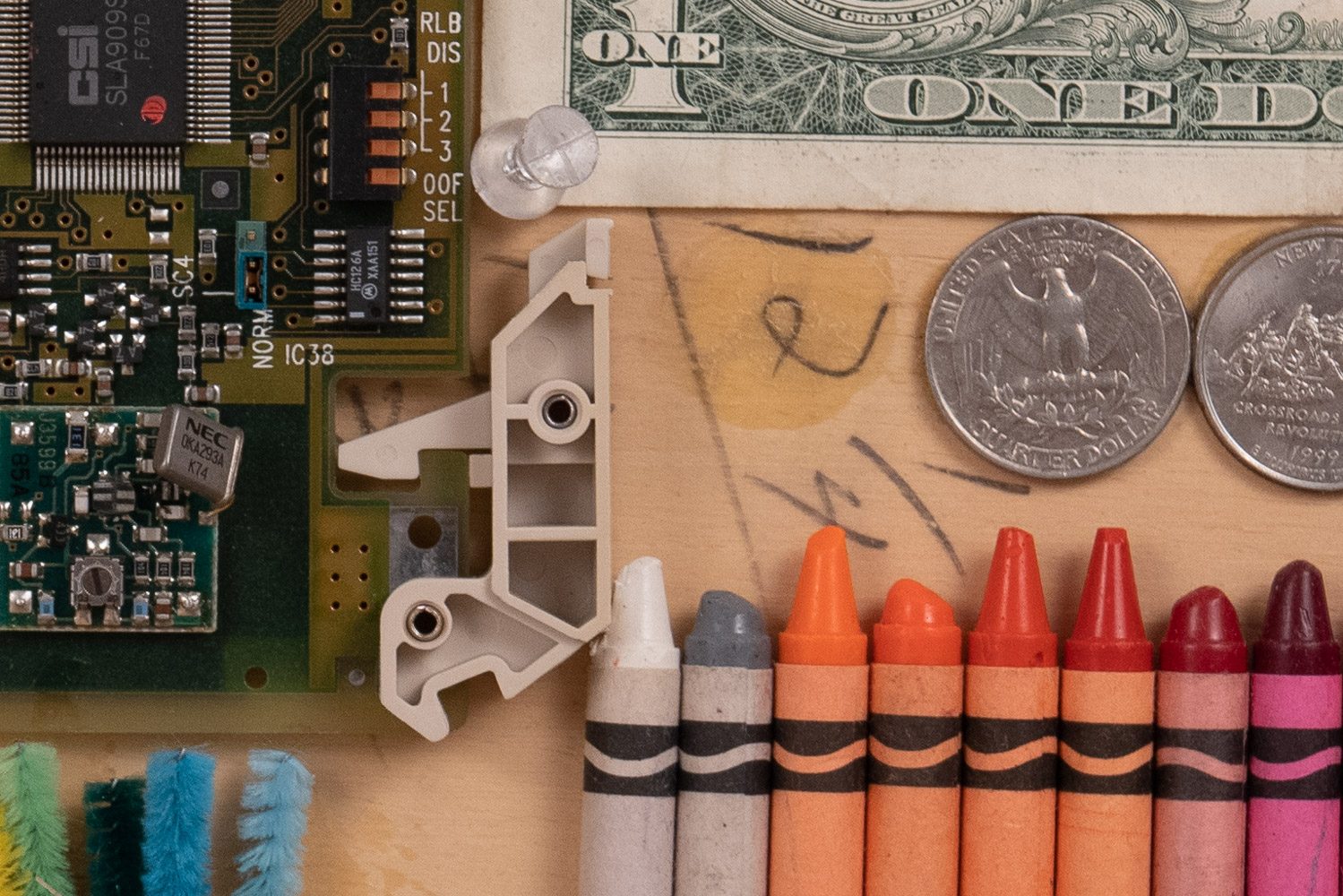
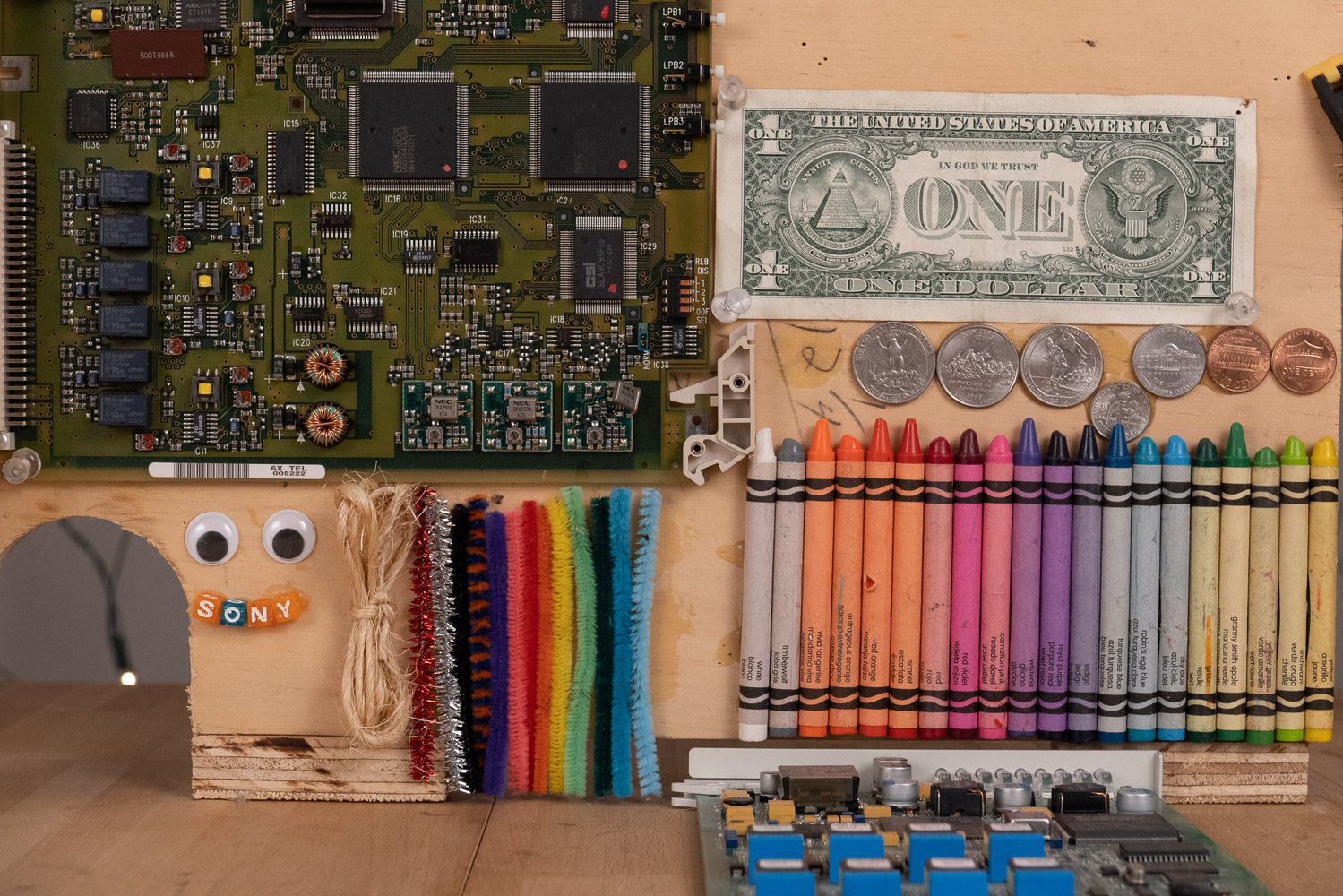
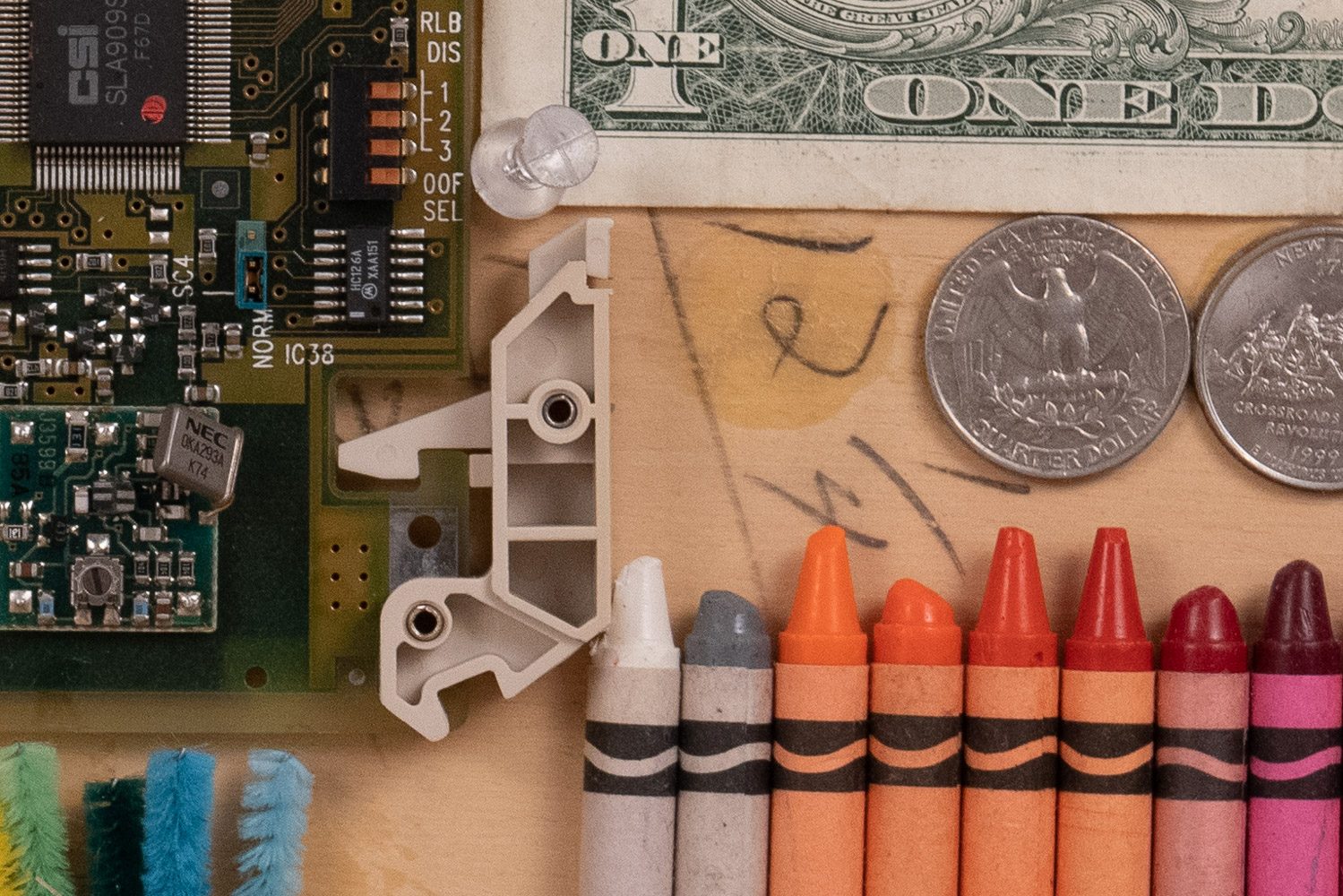
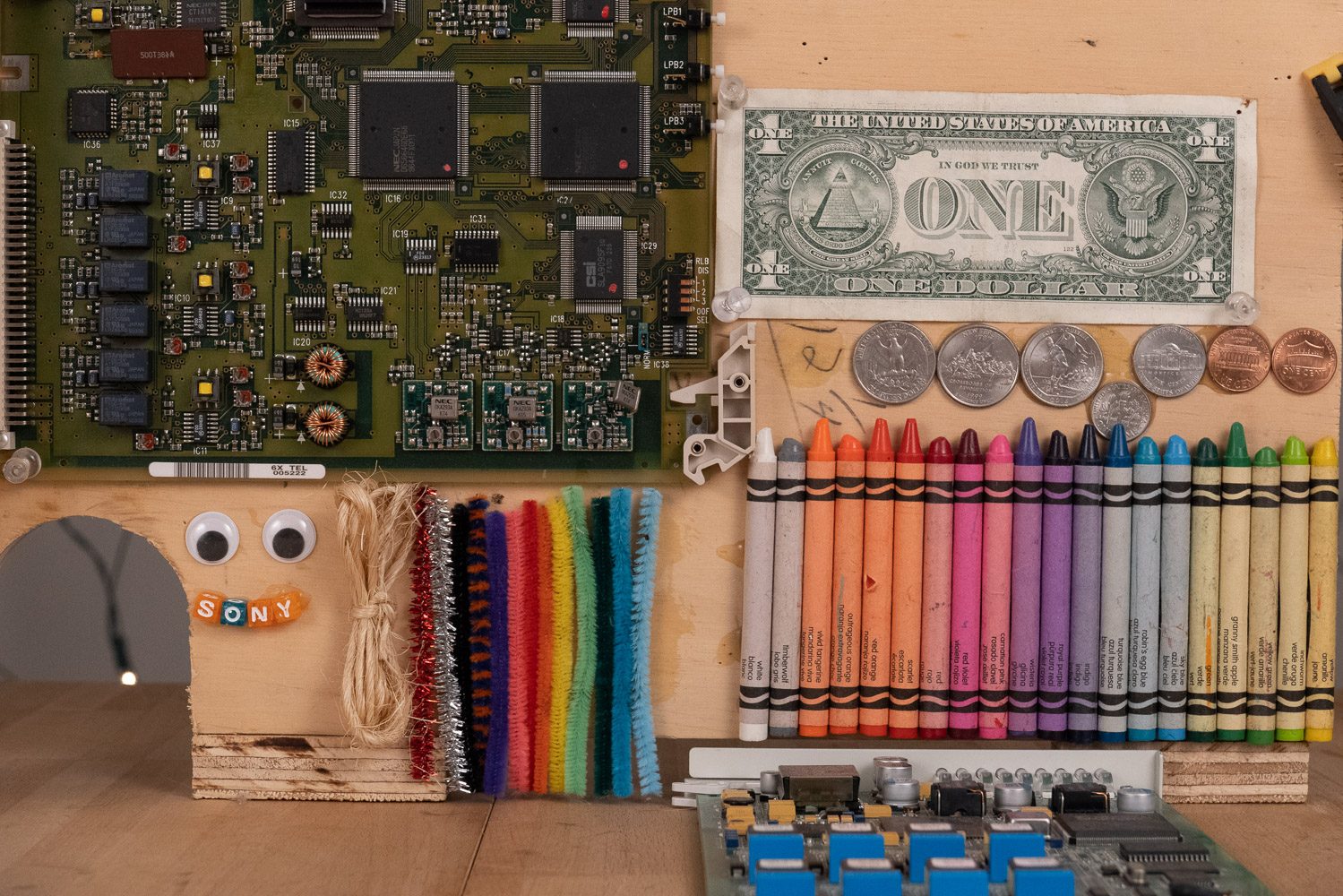
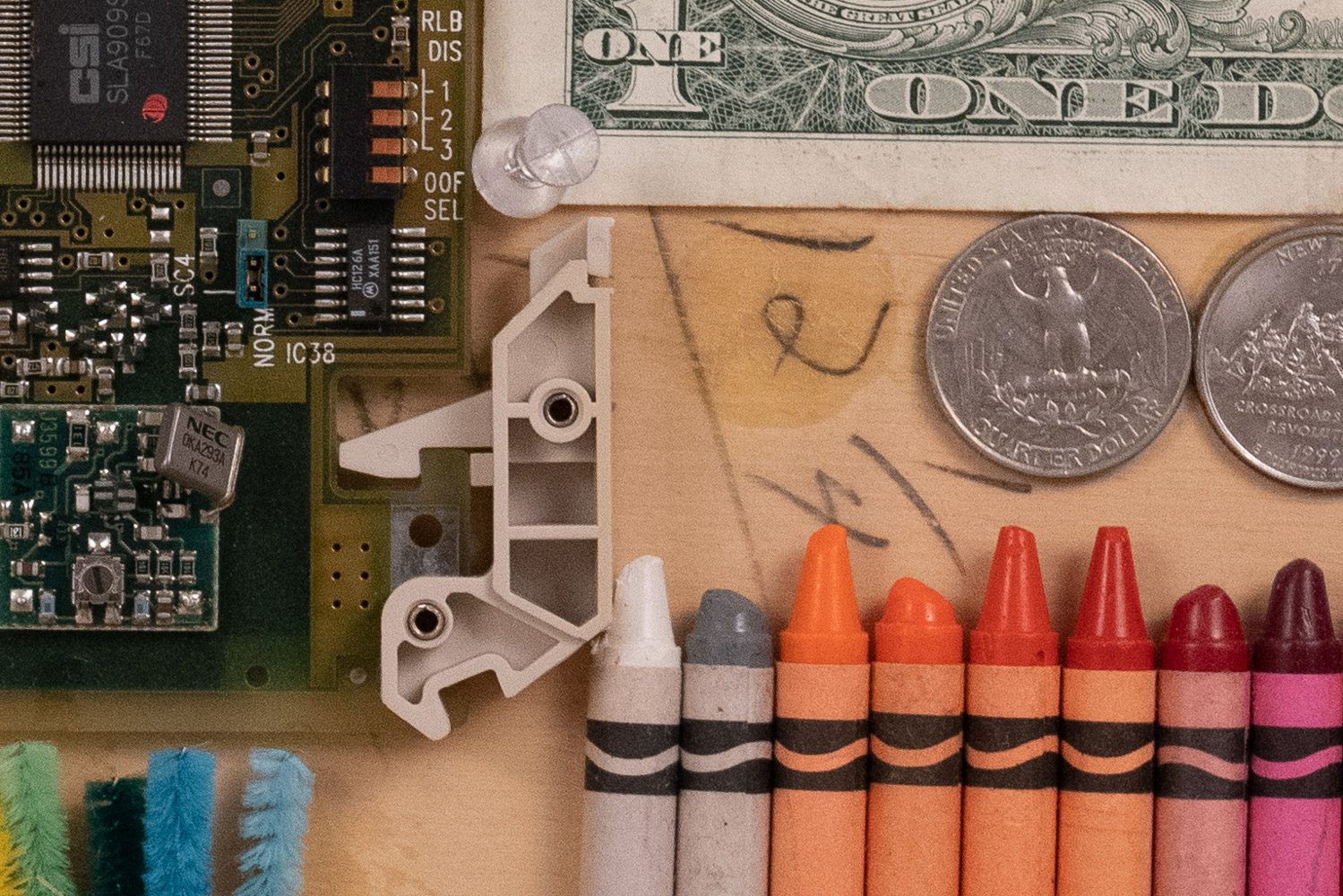
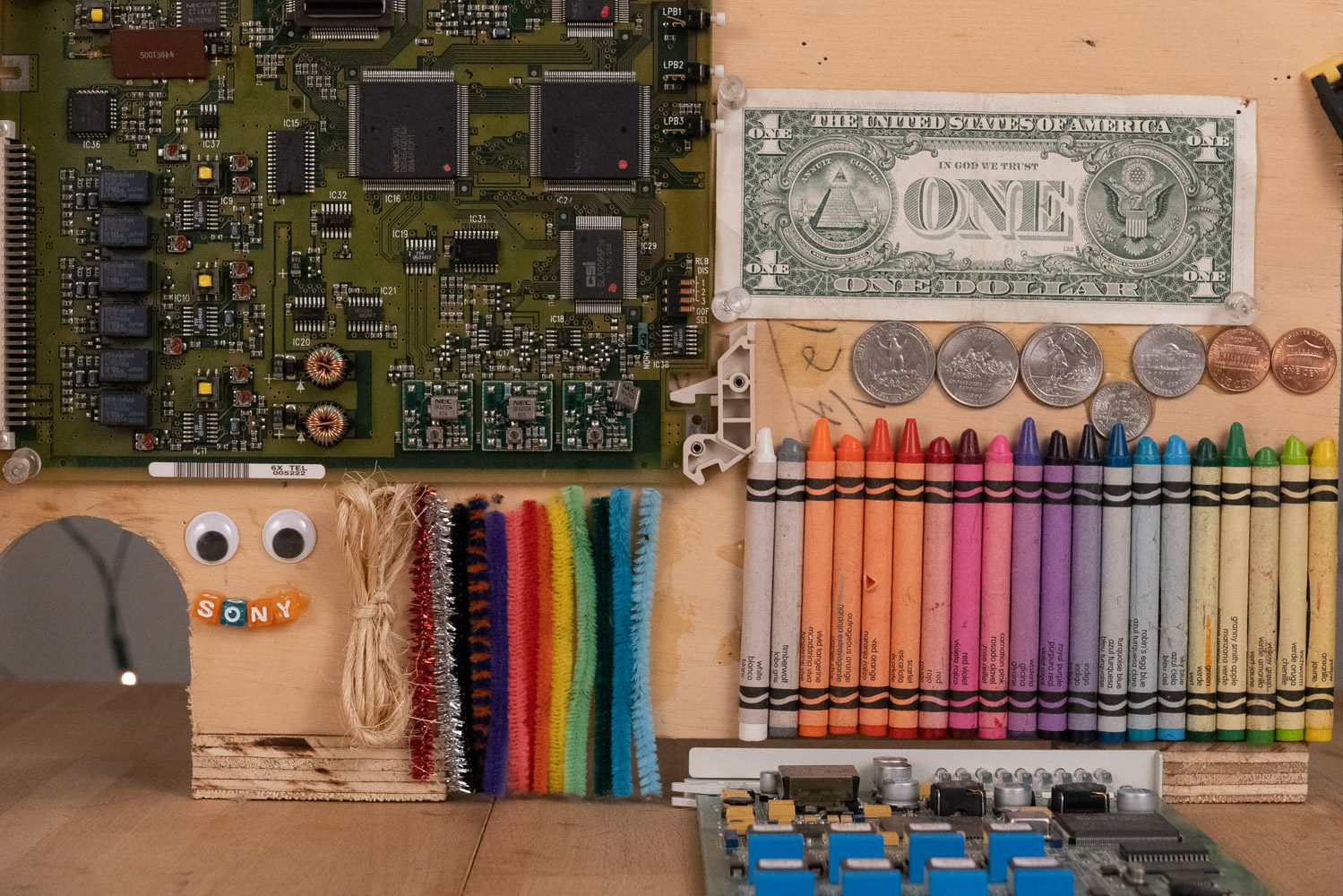
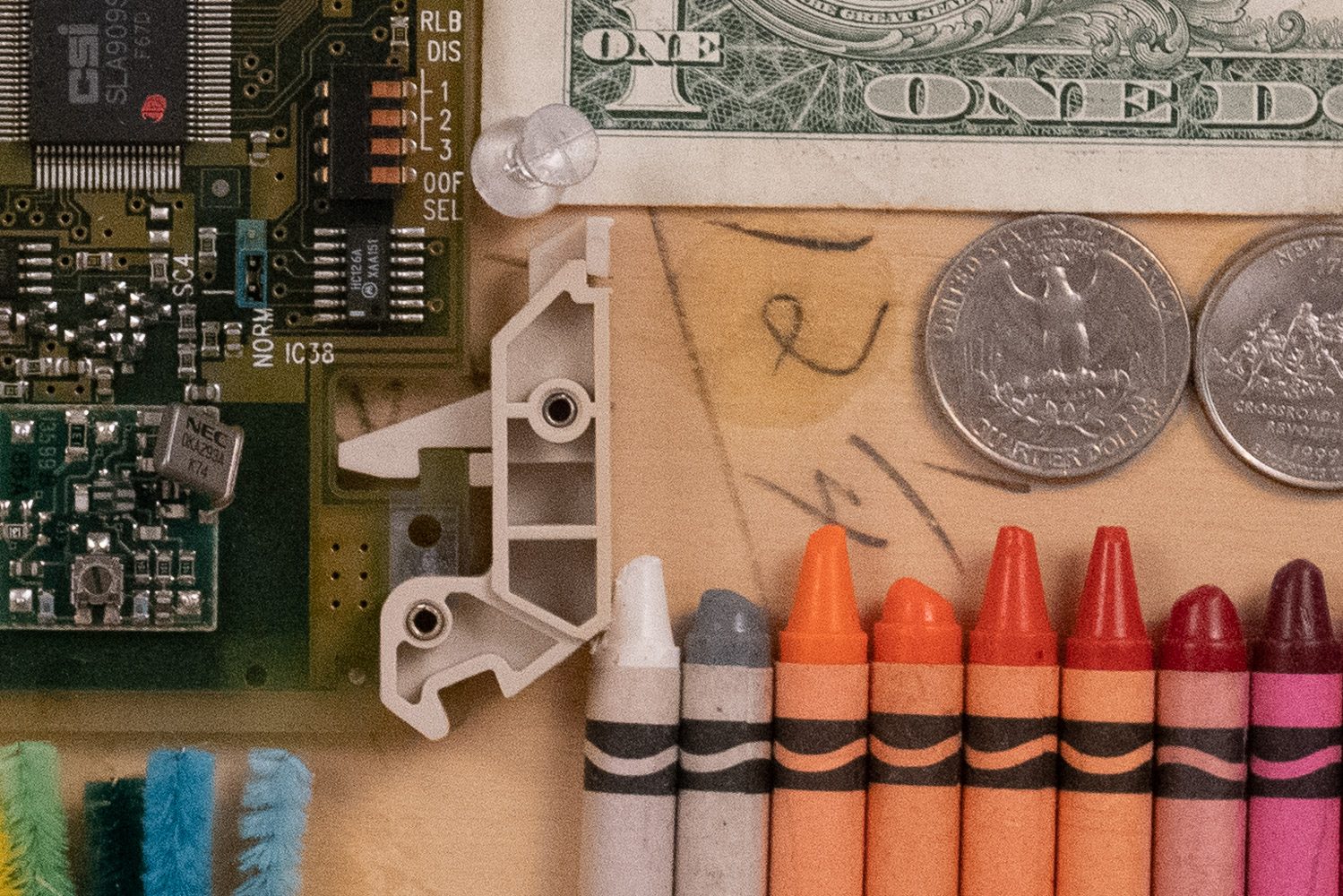
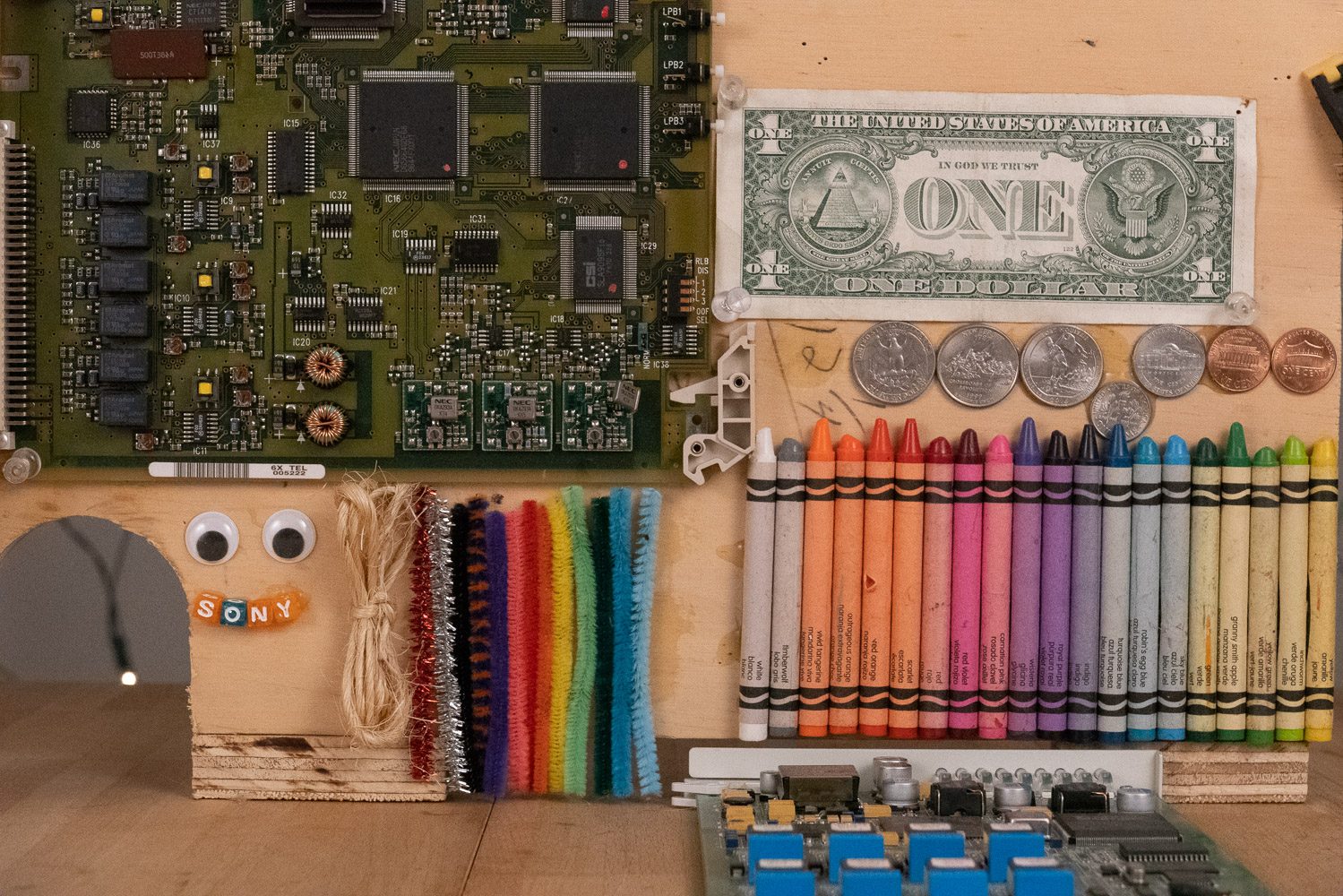
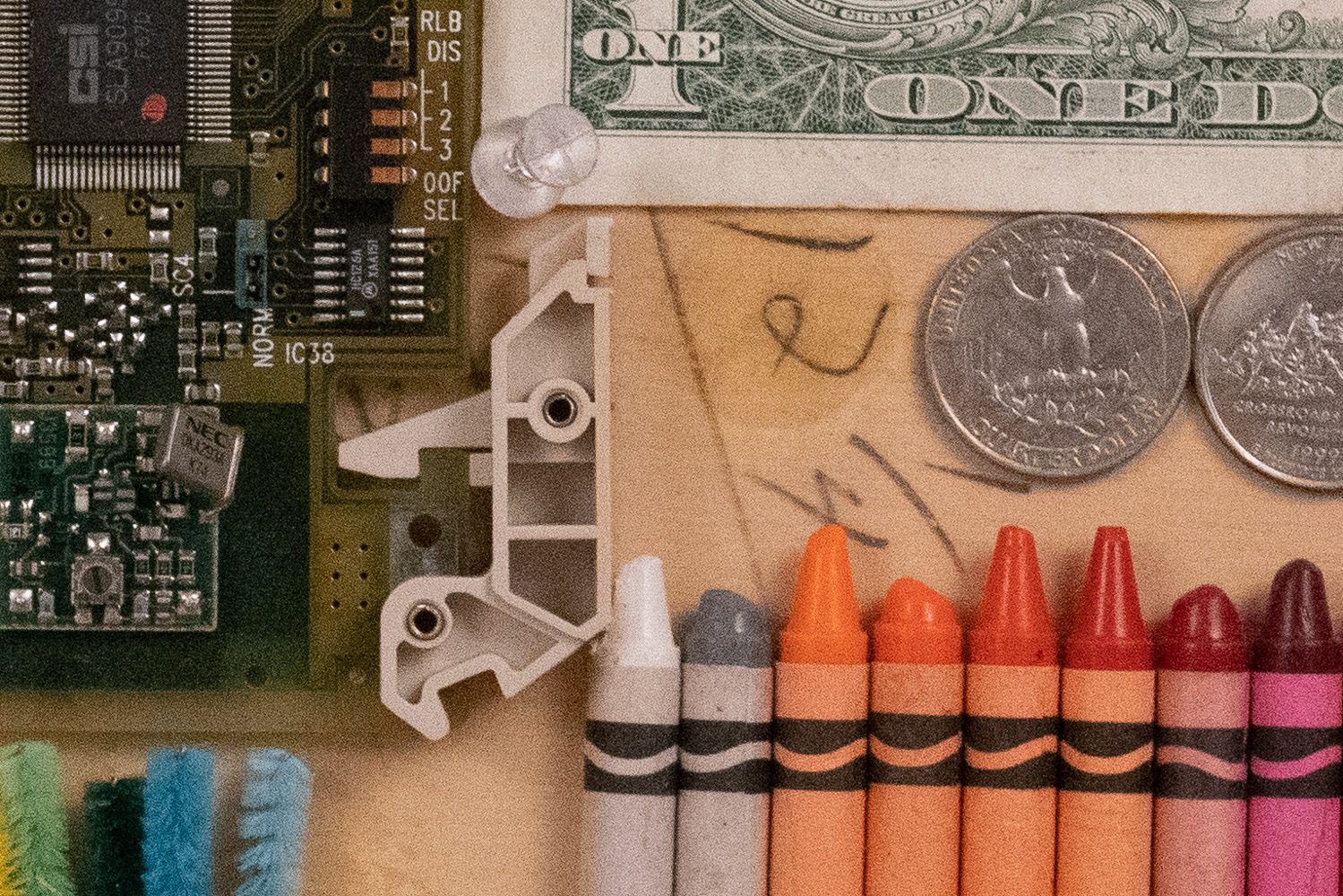
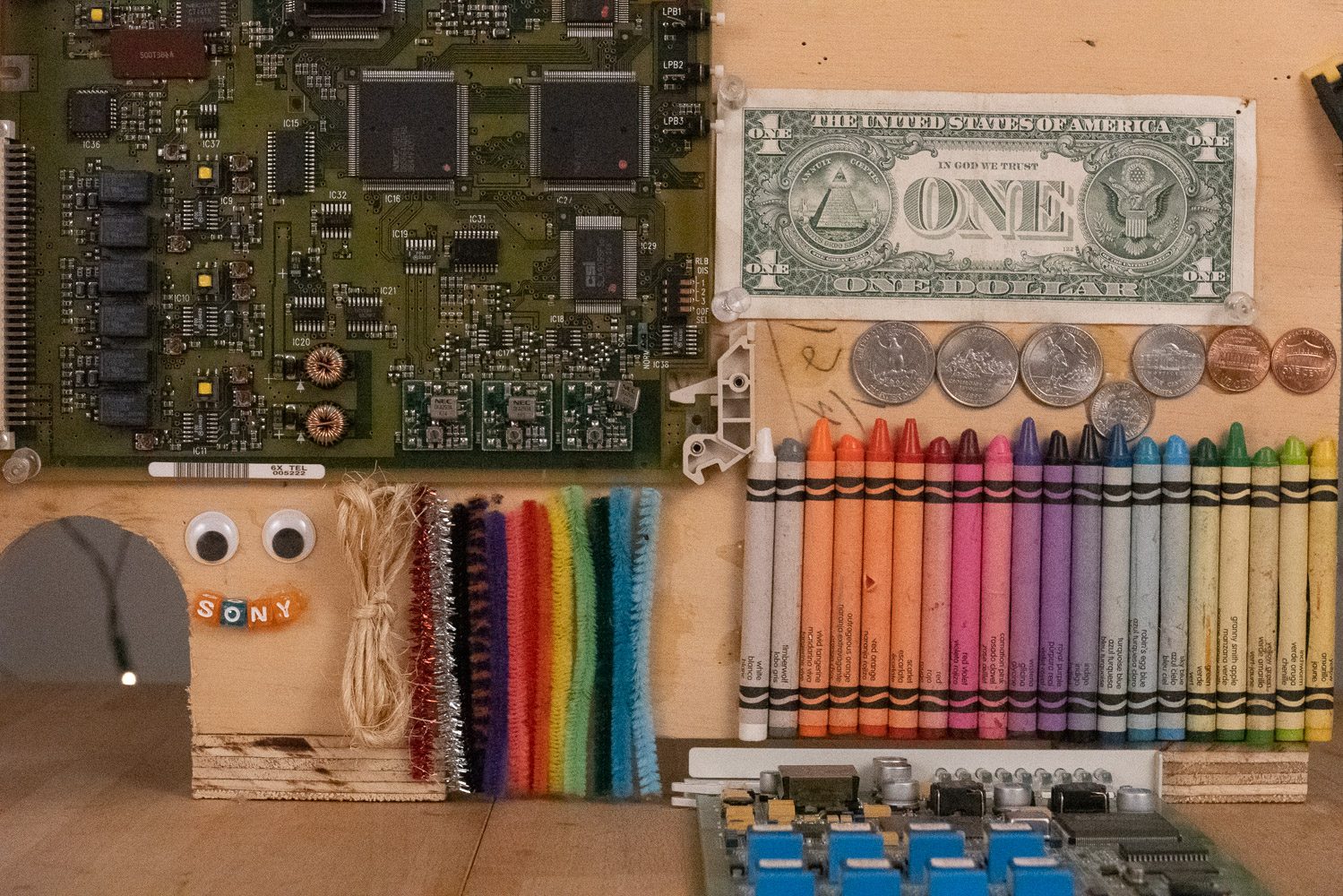
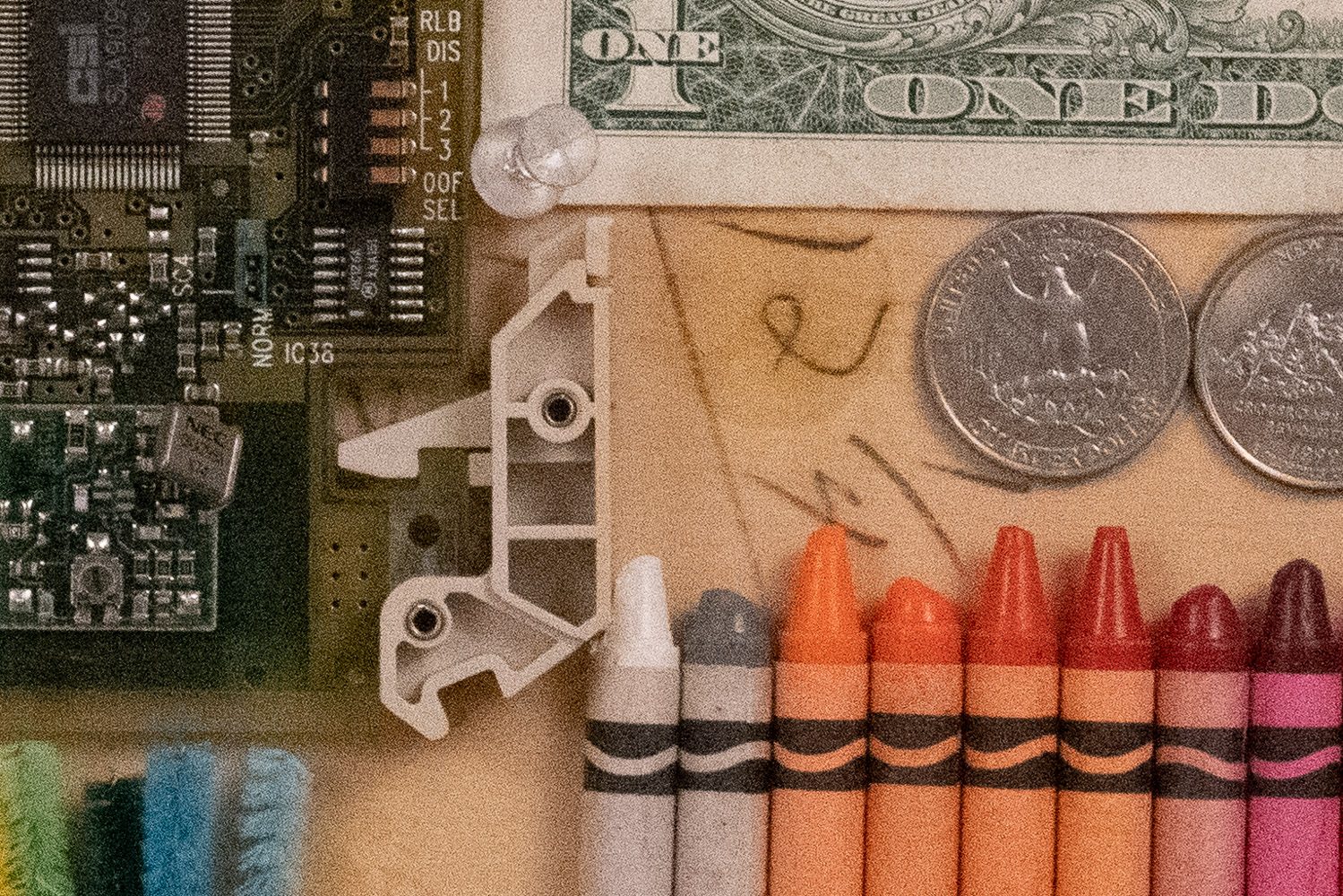
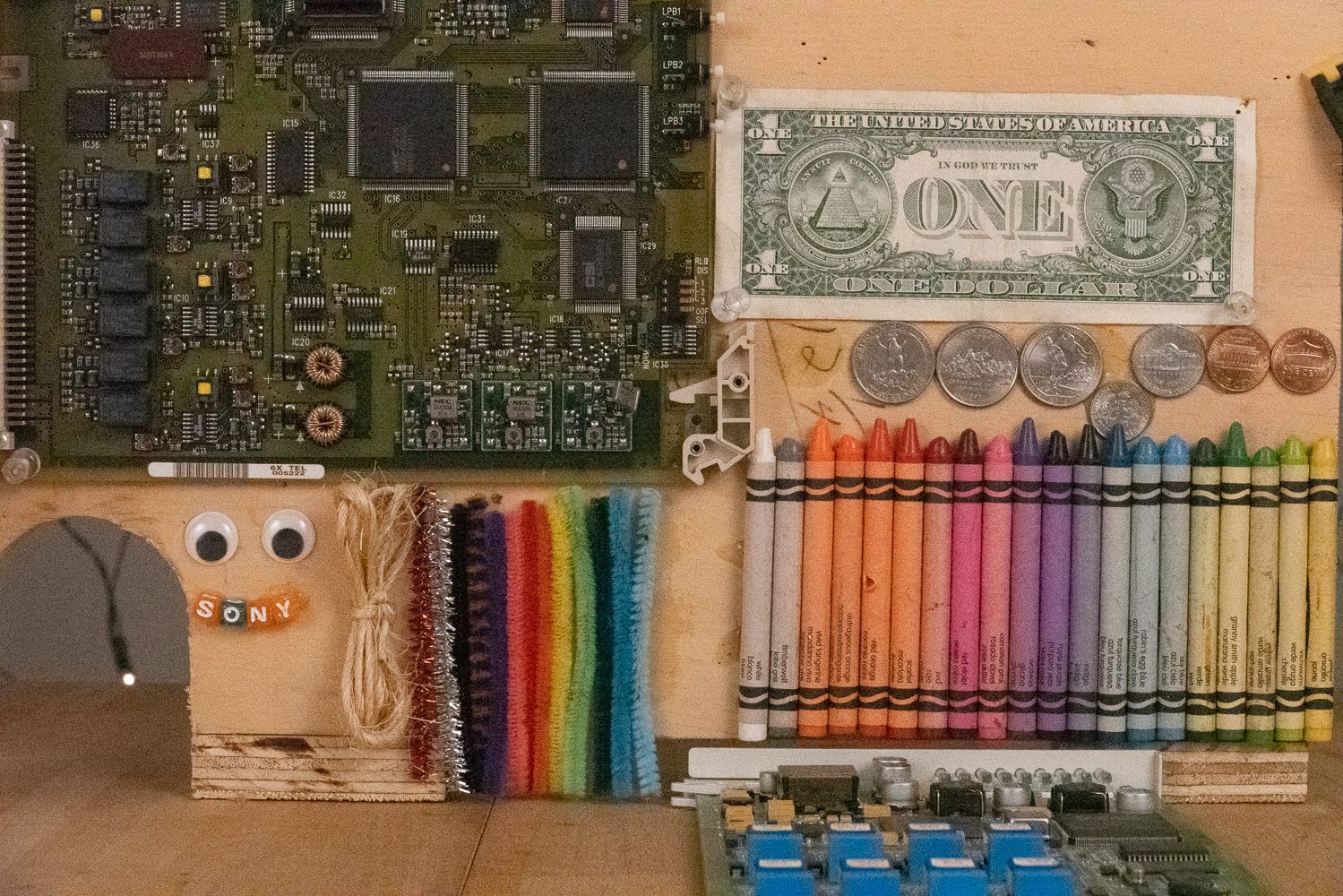
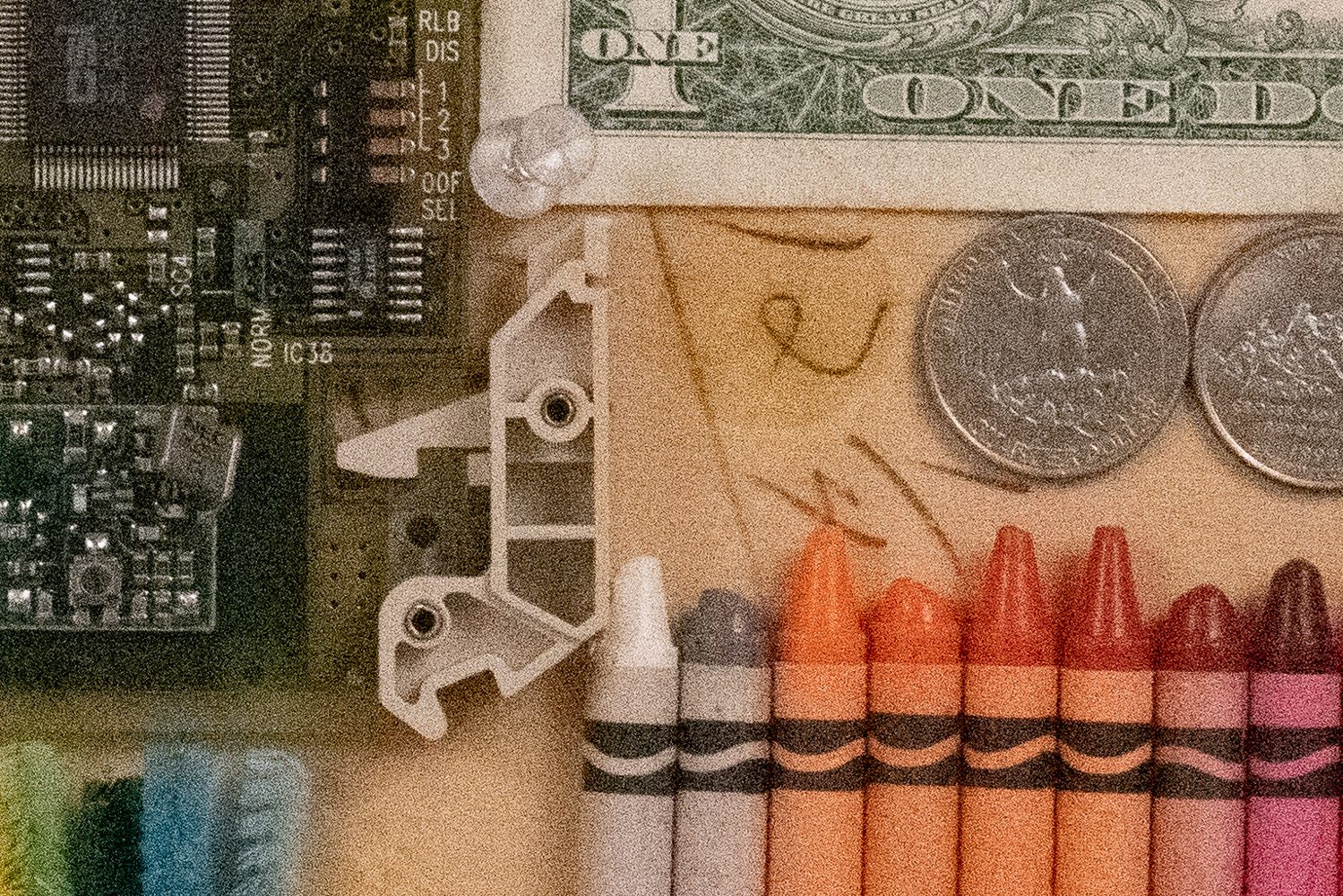
Real World Sample Photos
I really took a lot of sample photos with this camera so I will show a few in a large version and then the rest in a smaller gallery style version, but remember, you can always click the photos for a larger version!
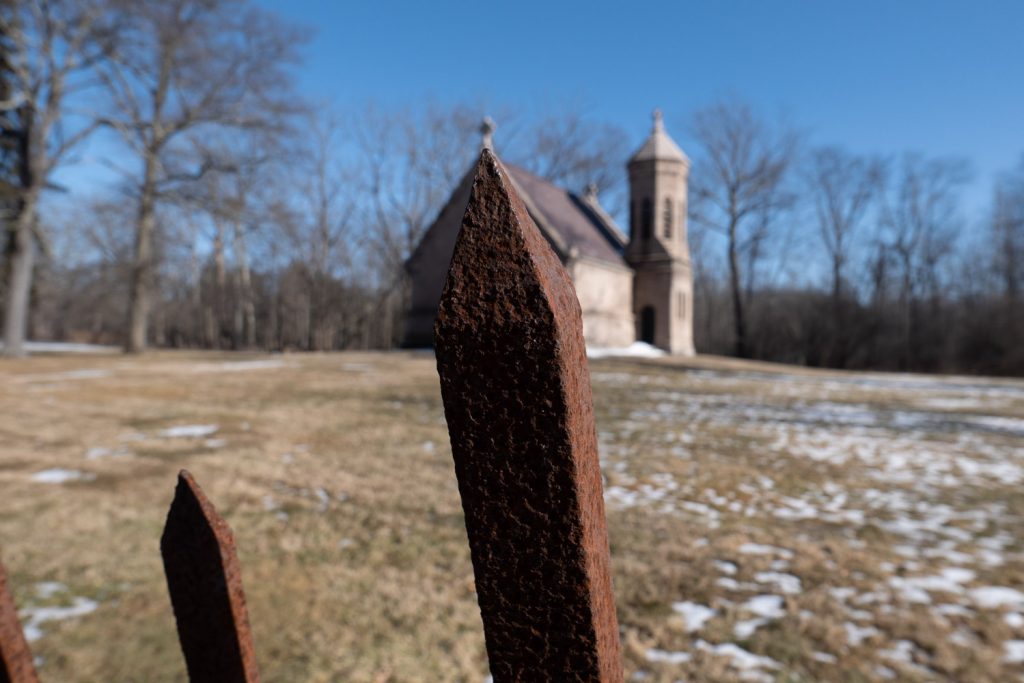
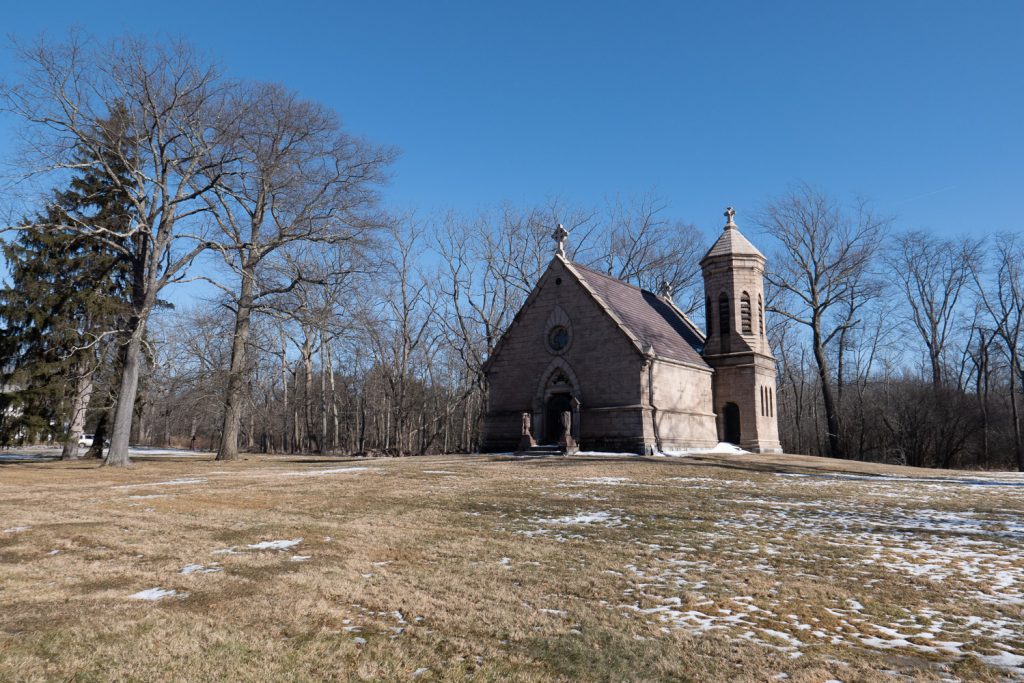
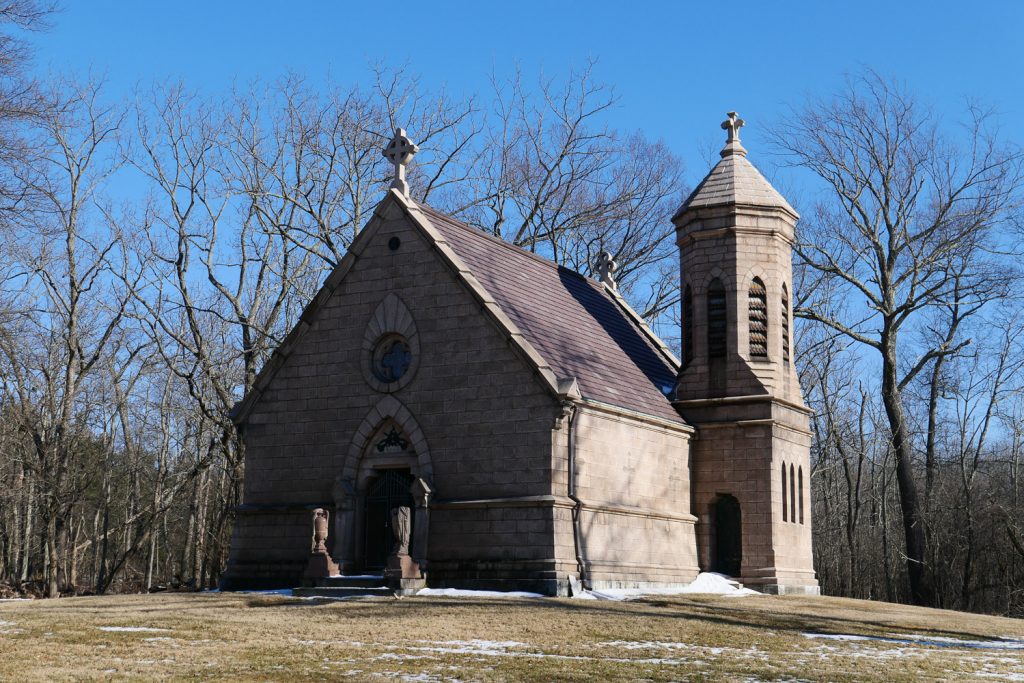
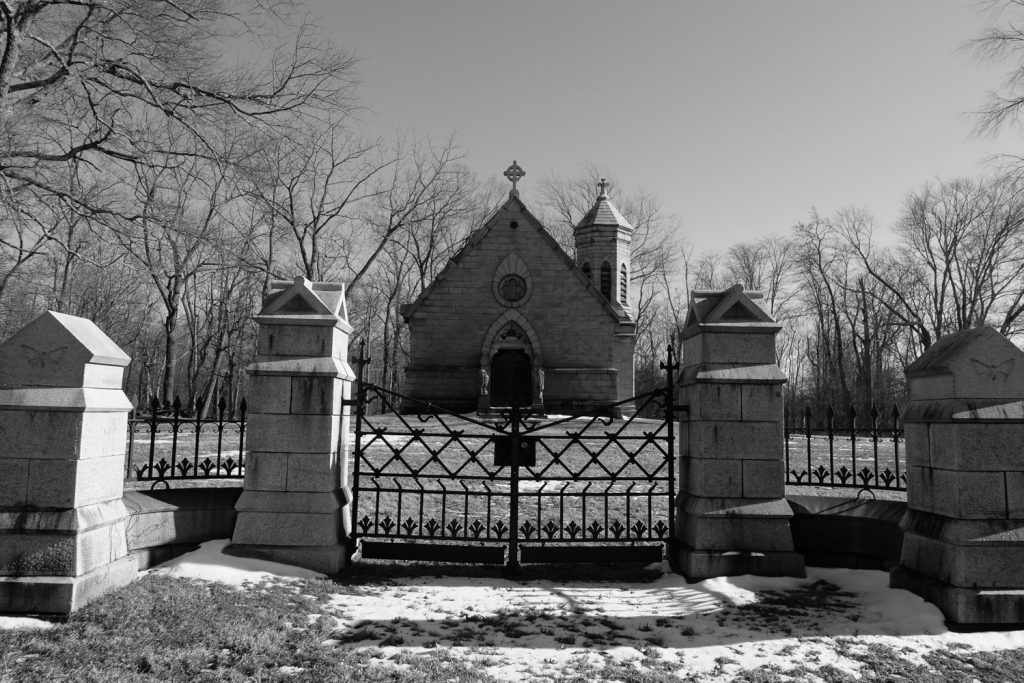
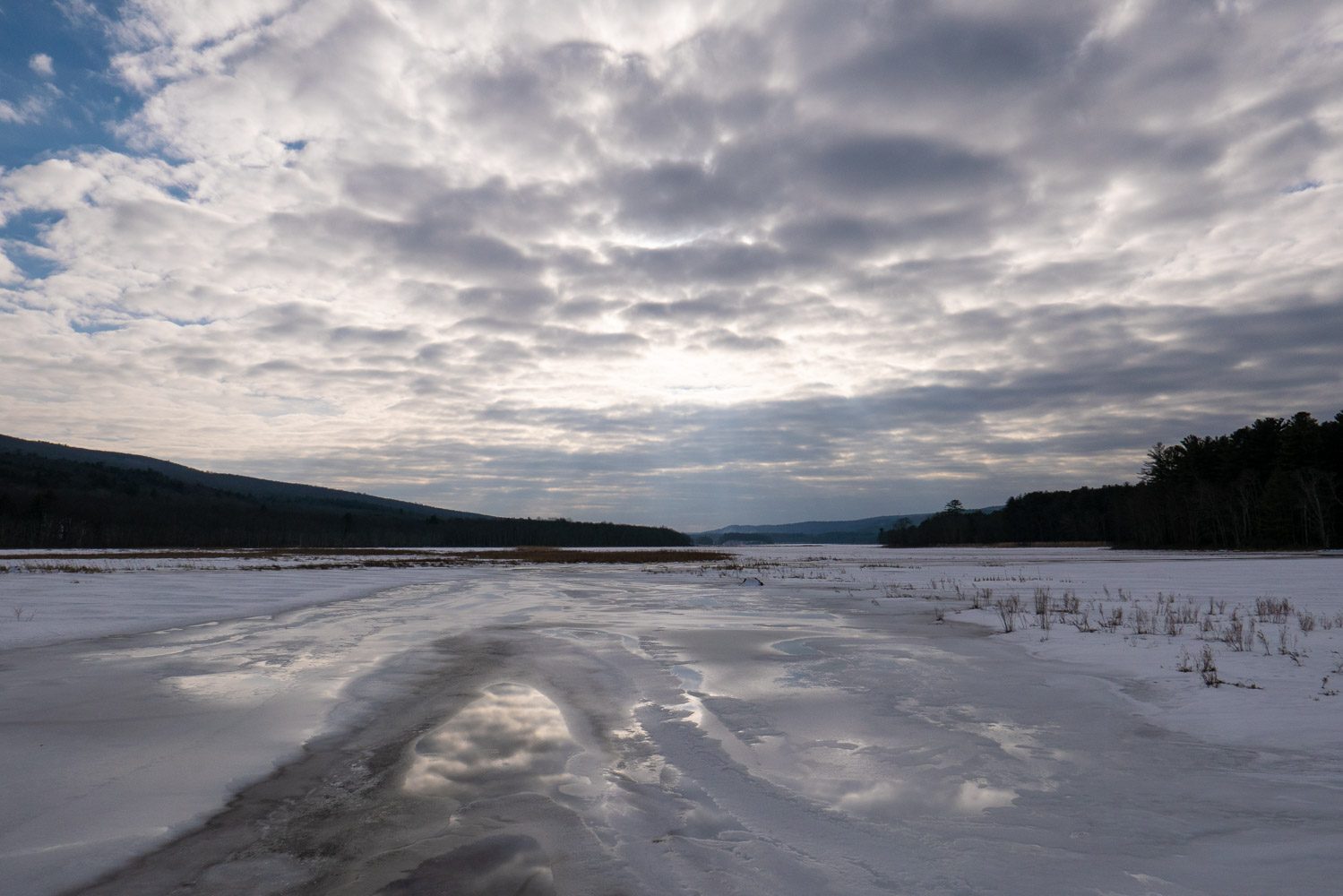
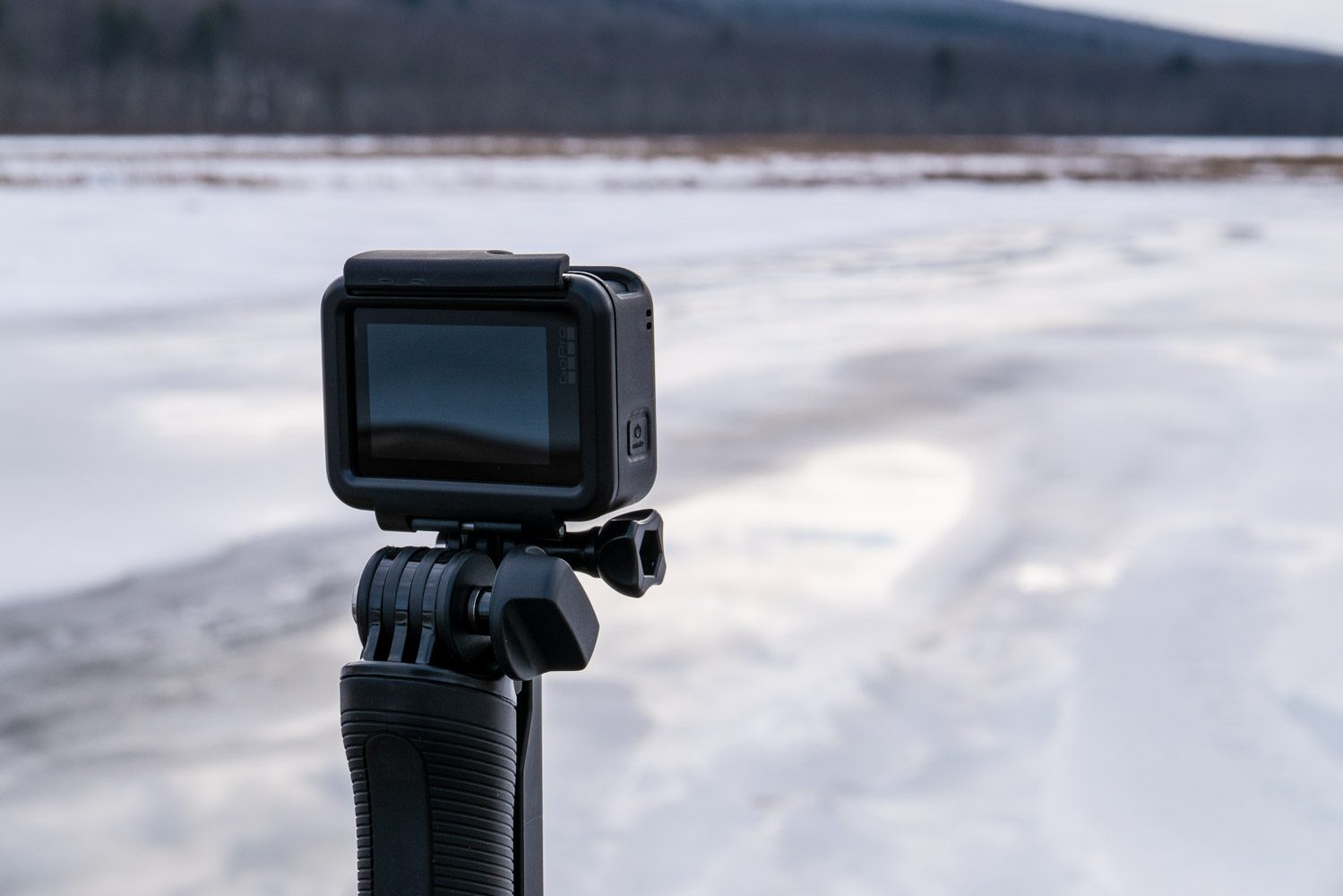
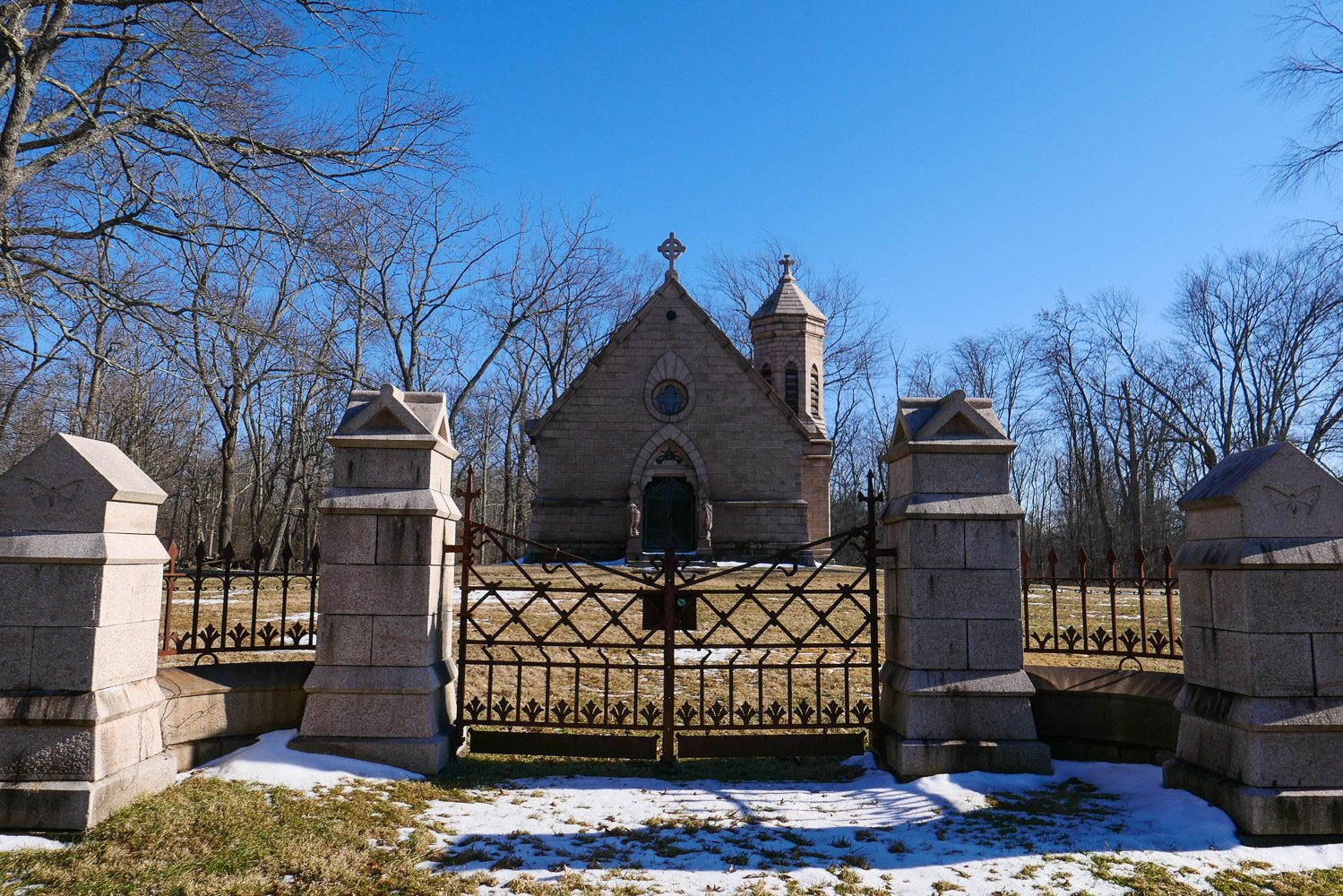
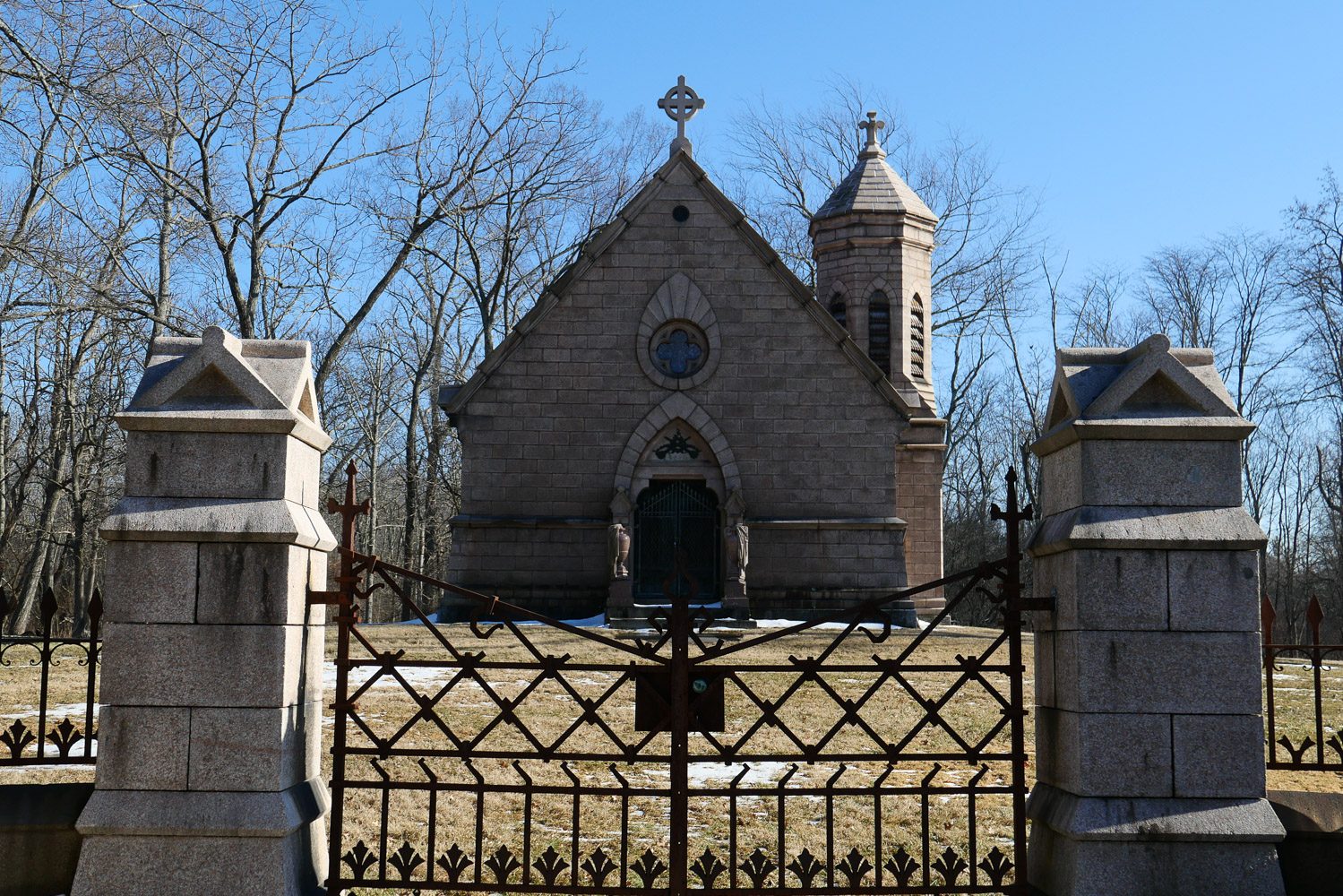
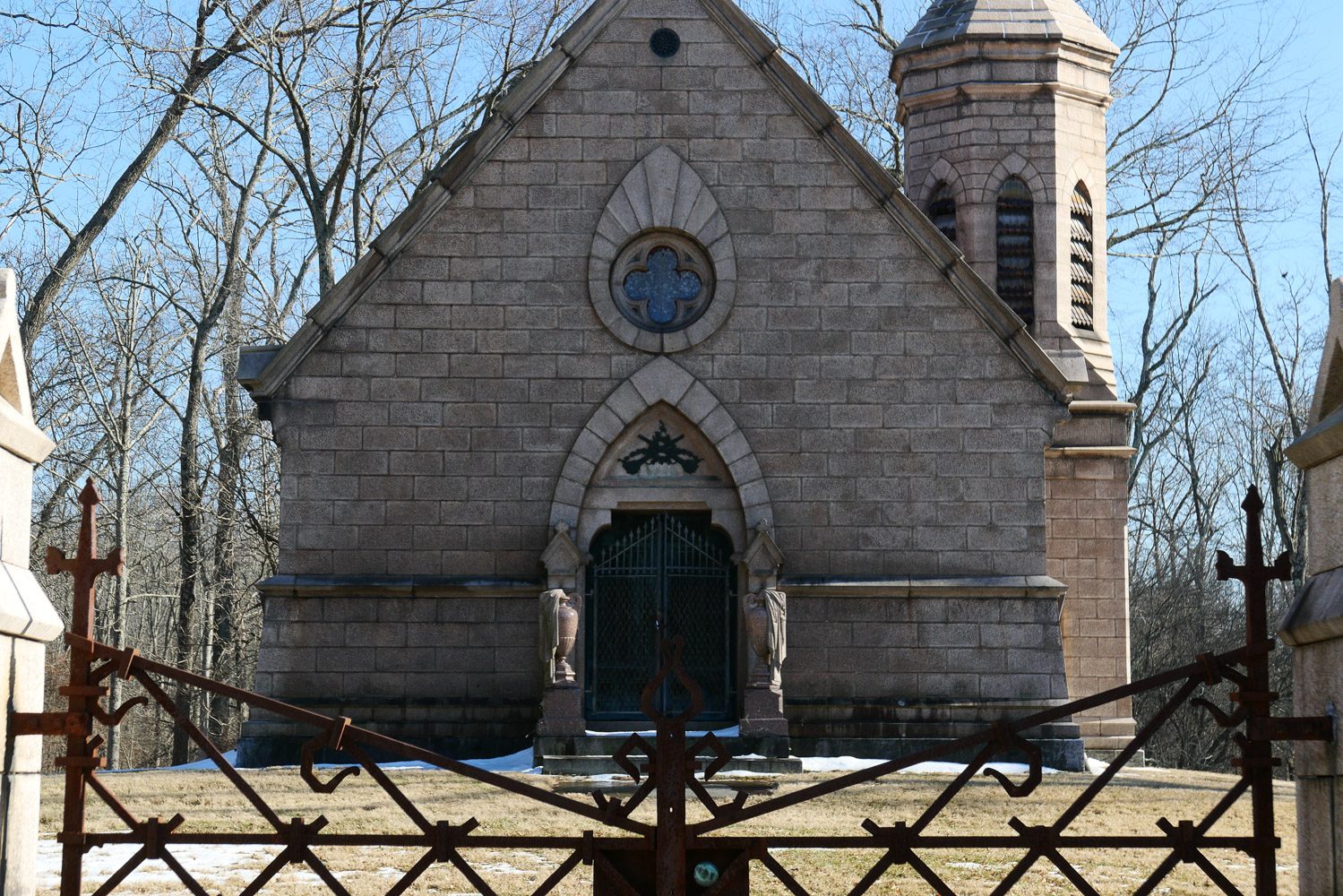
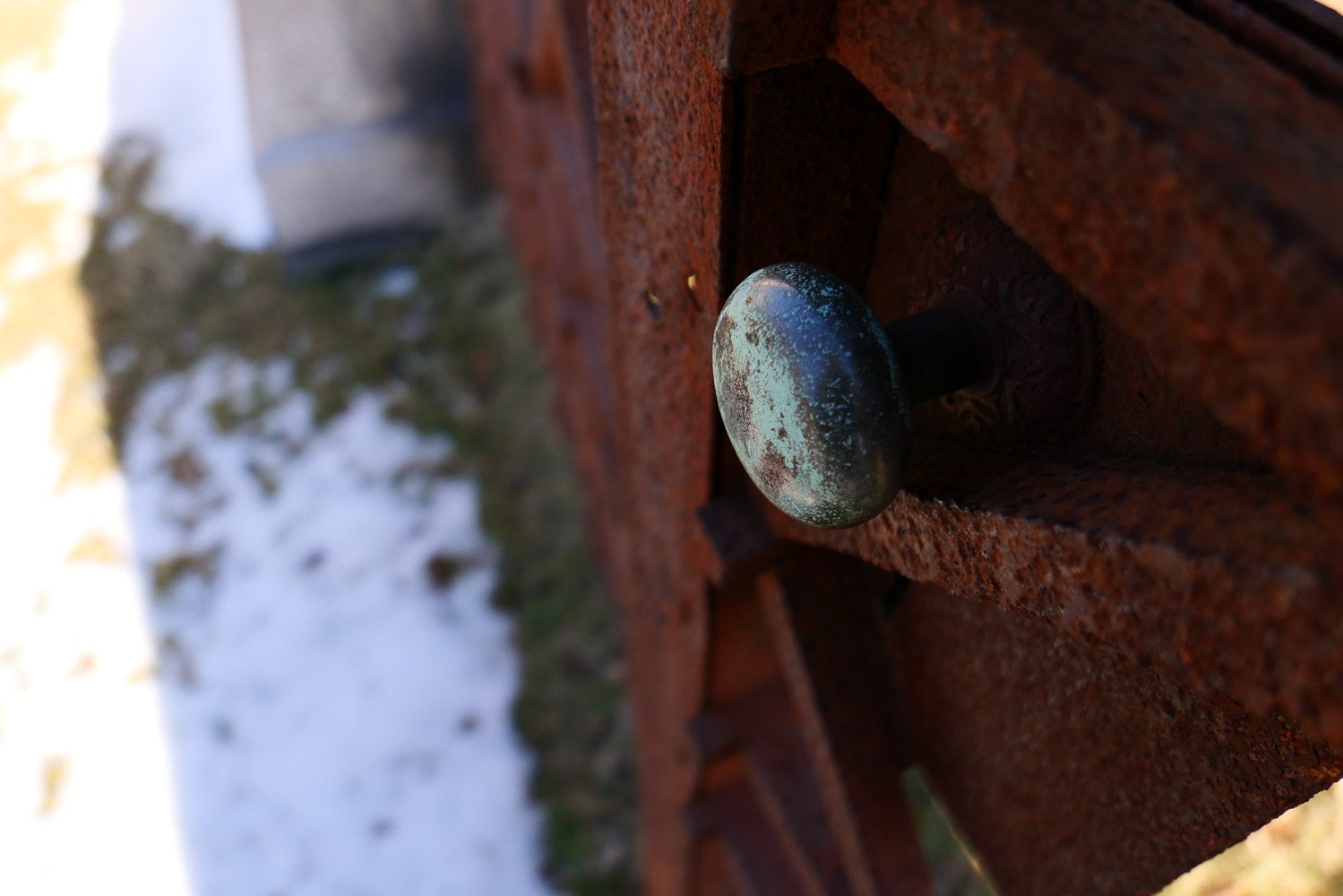
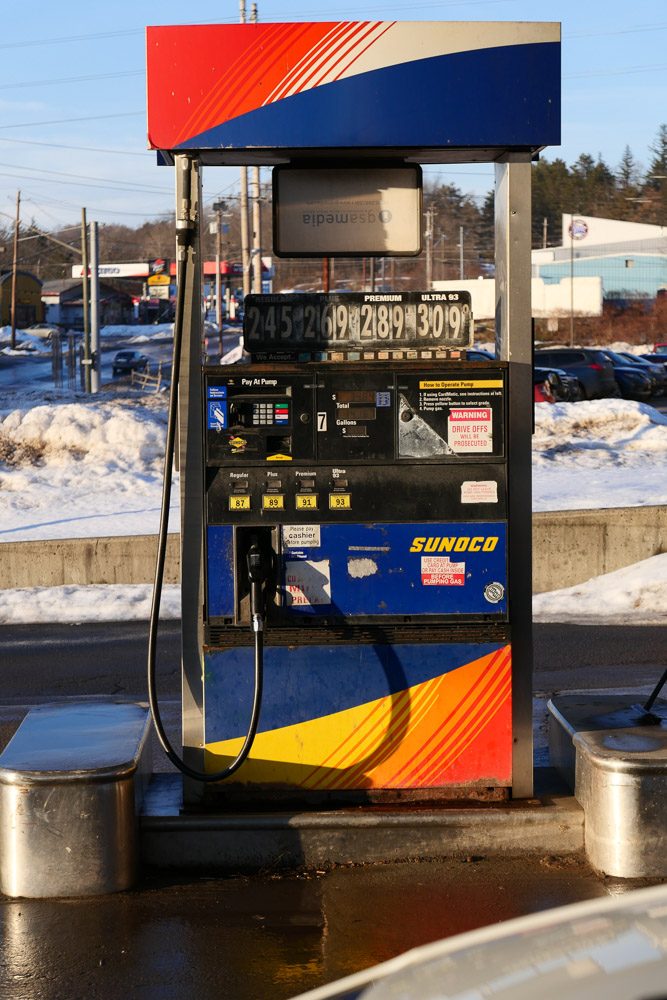
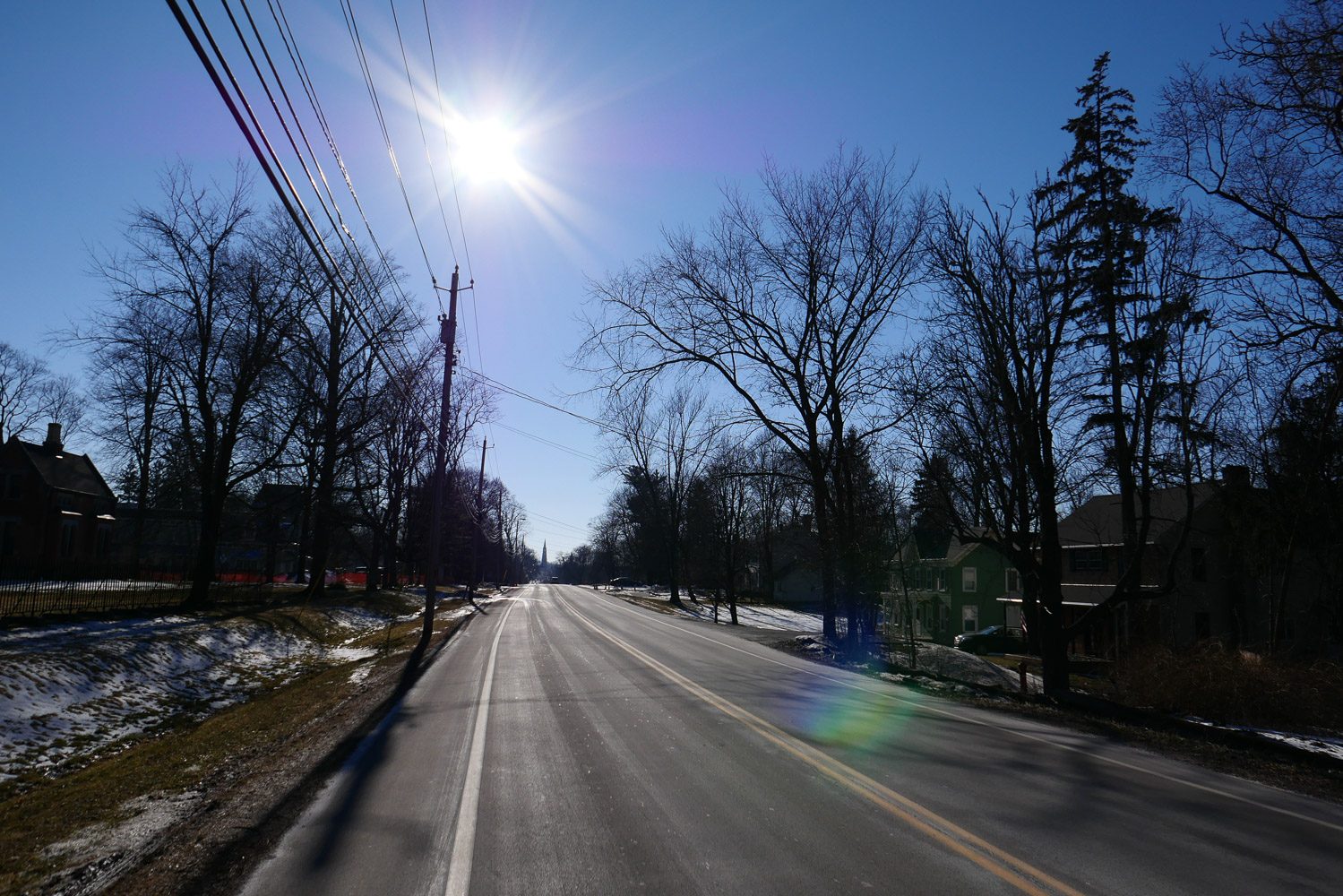
Next are a few sample photos from this massive shopping plaza known as the woodbury commons outlets. I also took a bunch of sample shots using the various filter effects as discussed in the video version of the review.
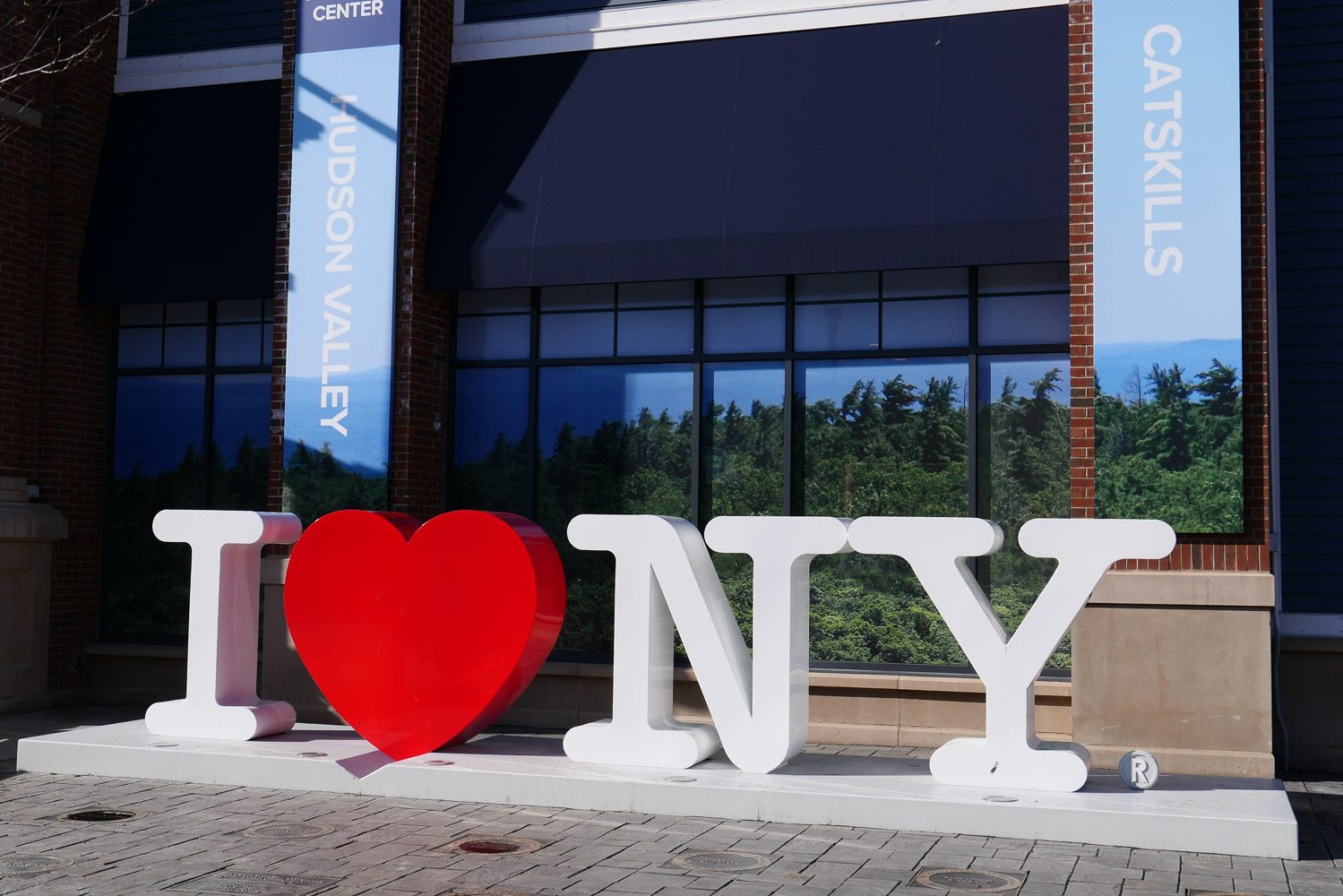

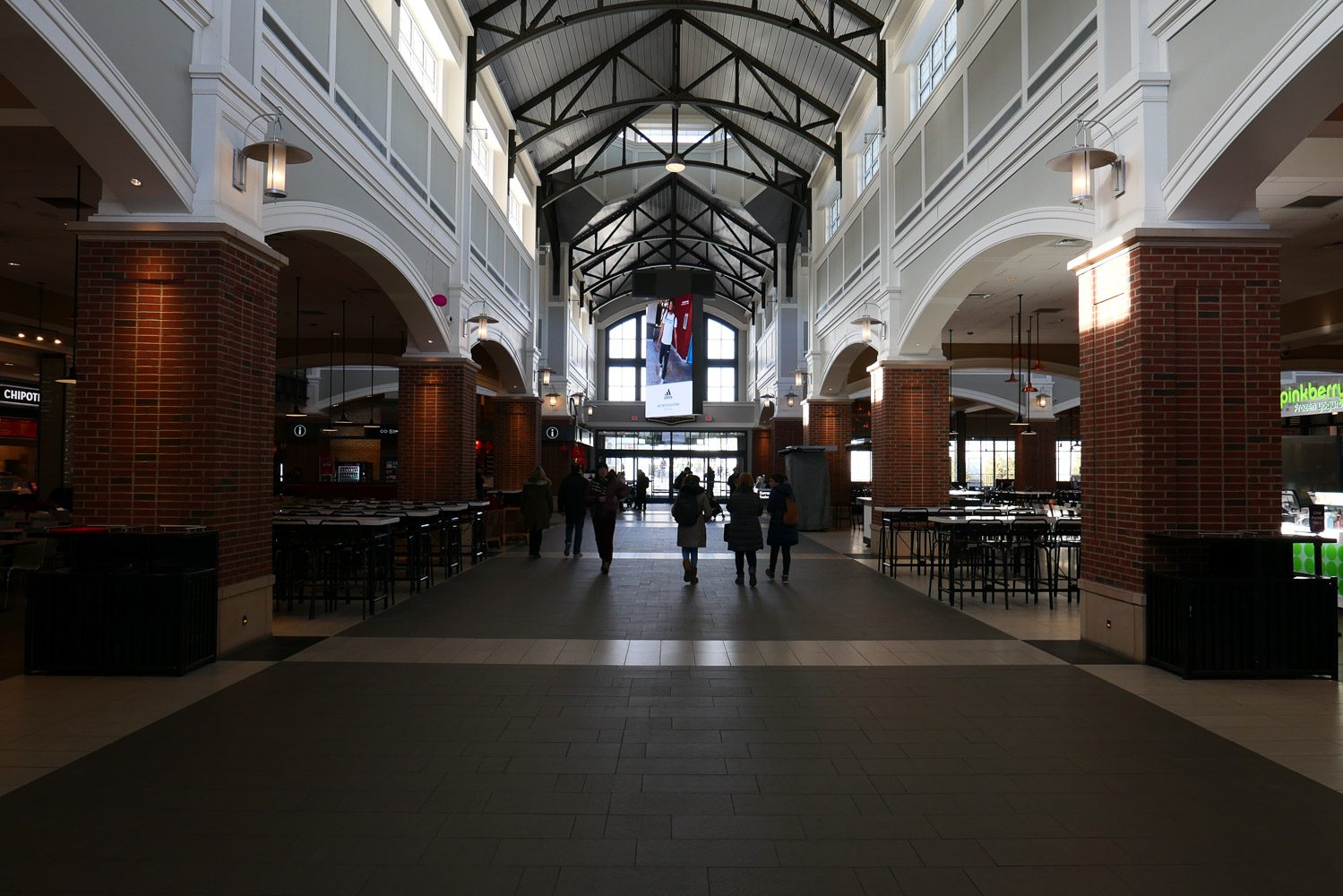
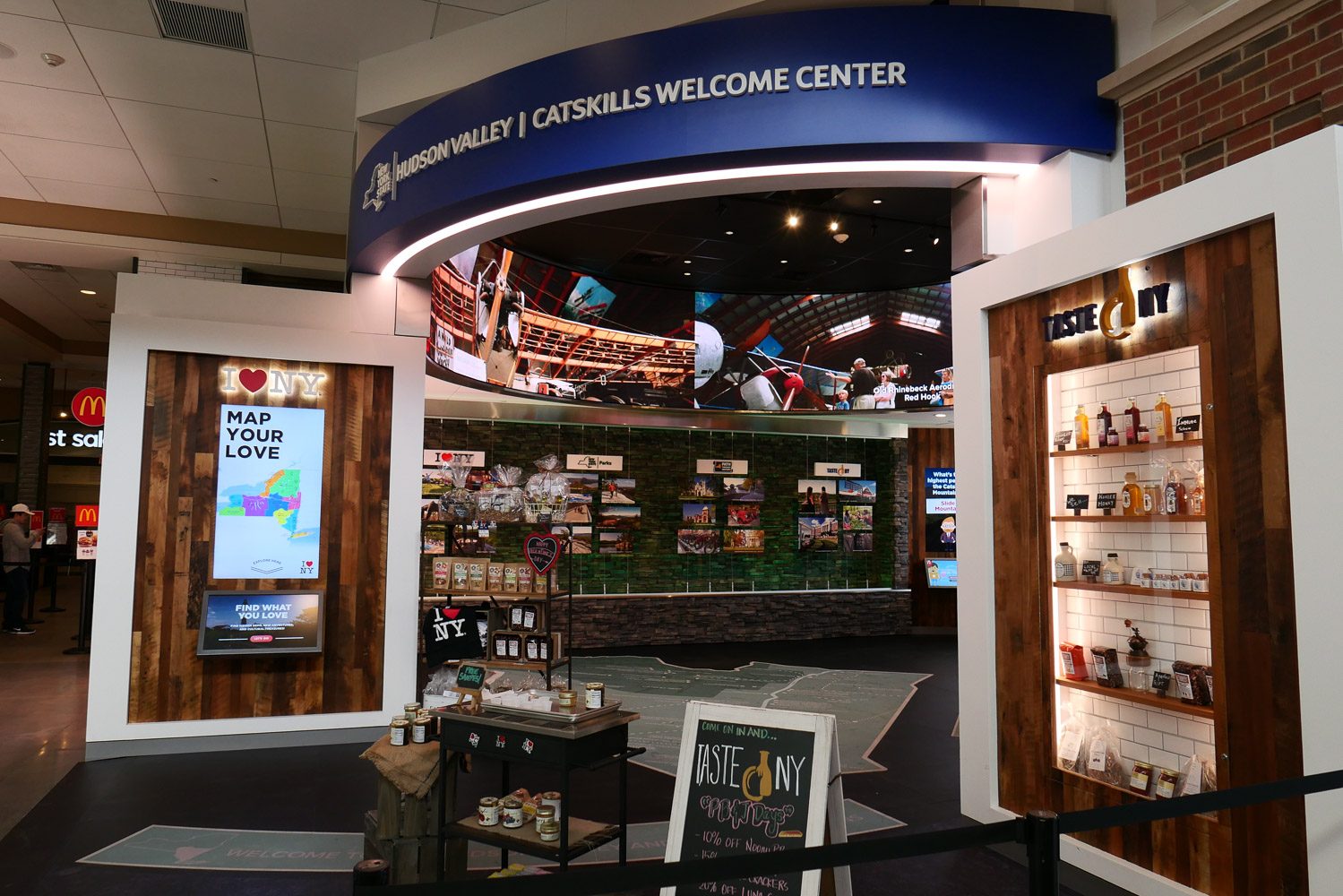
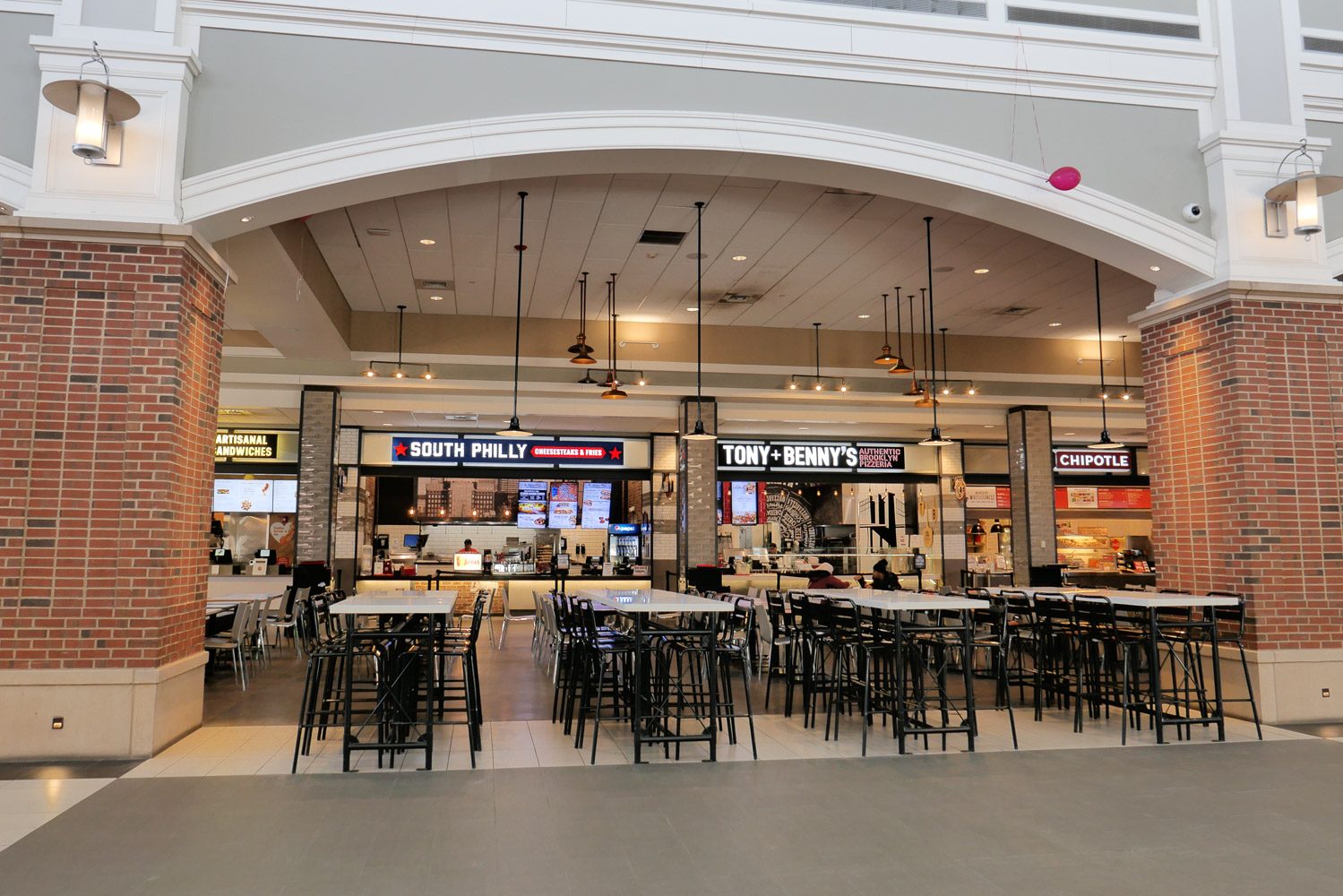
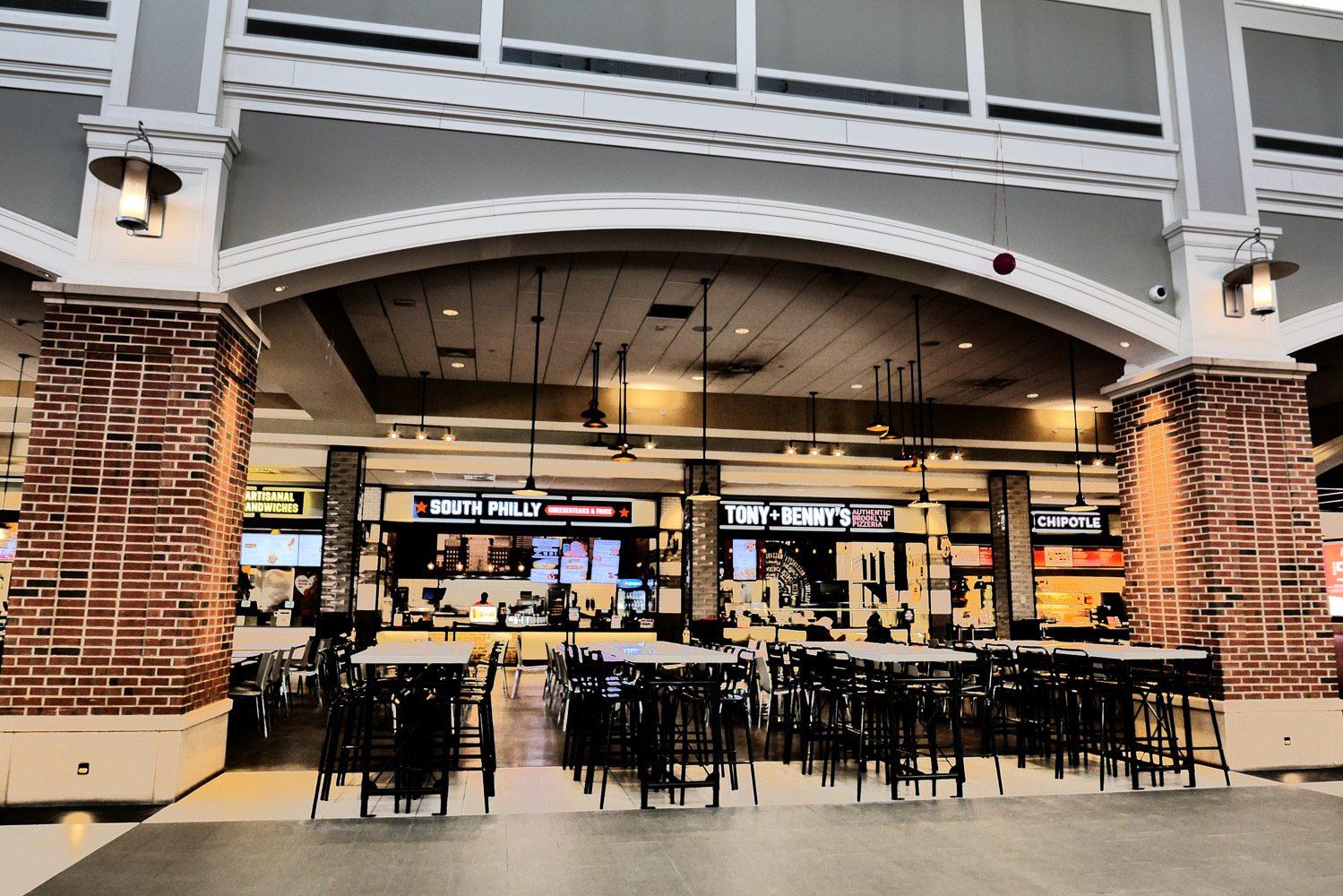
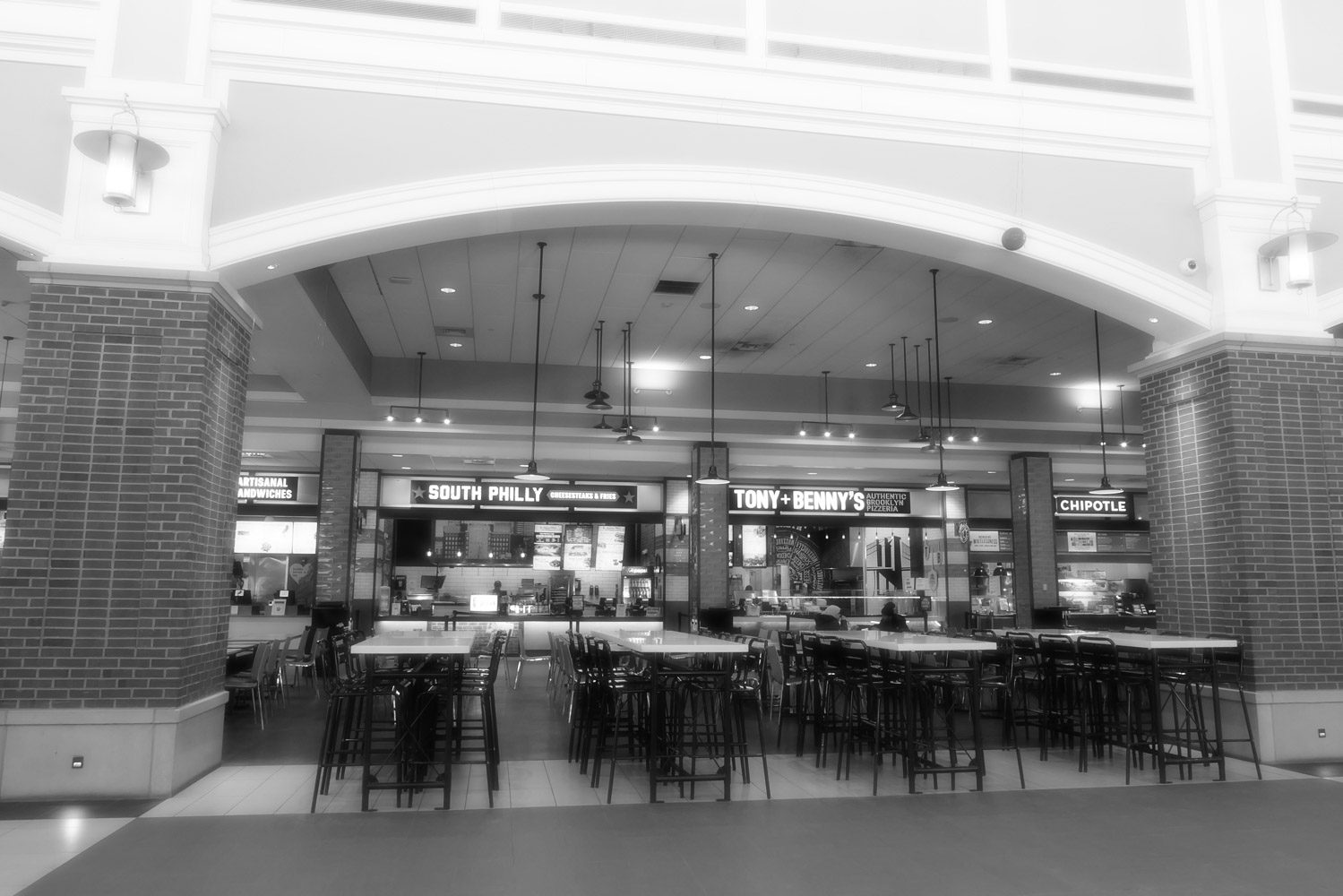
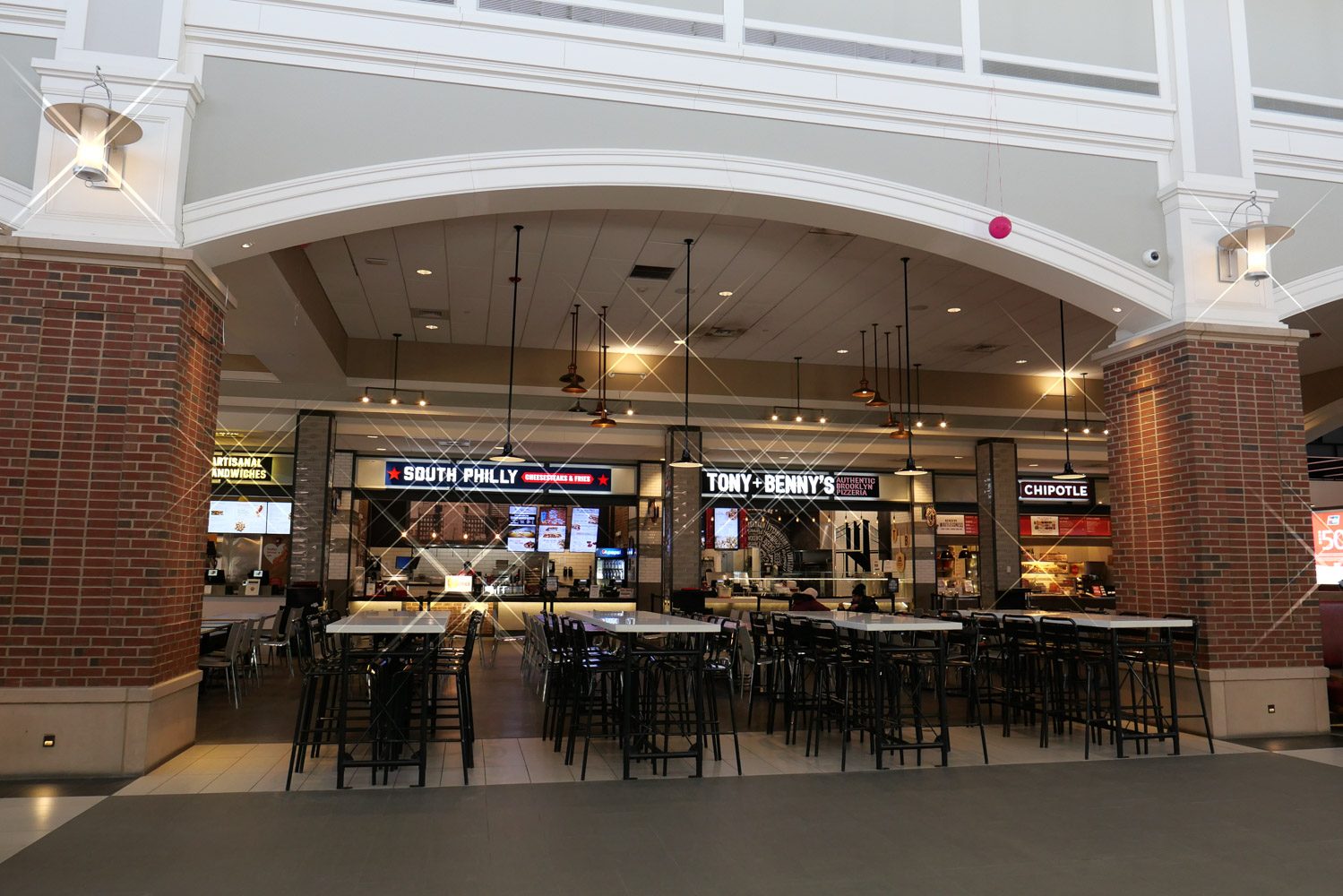
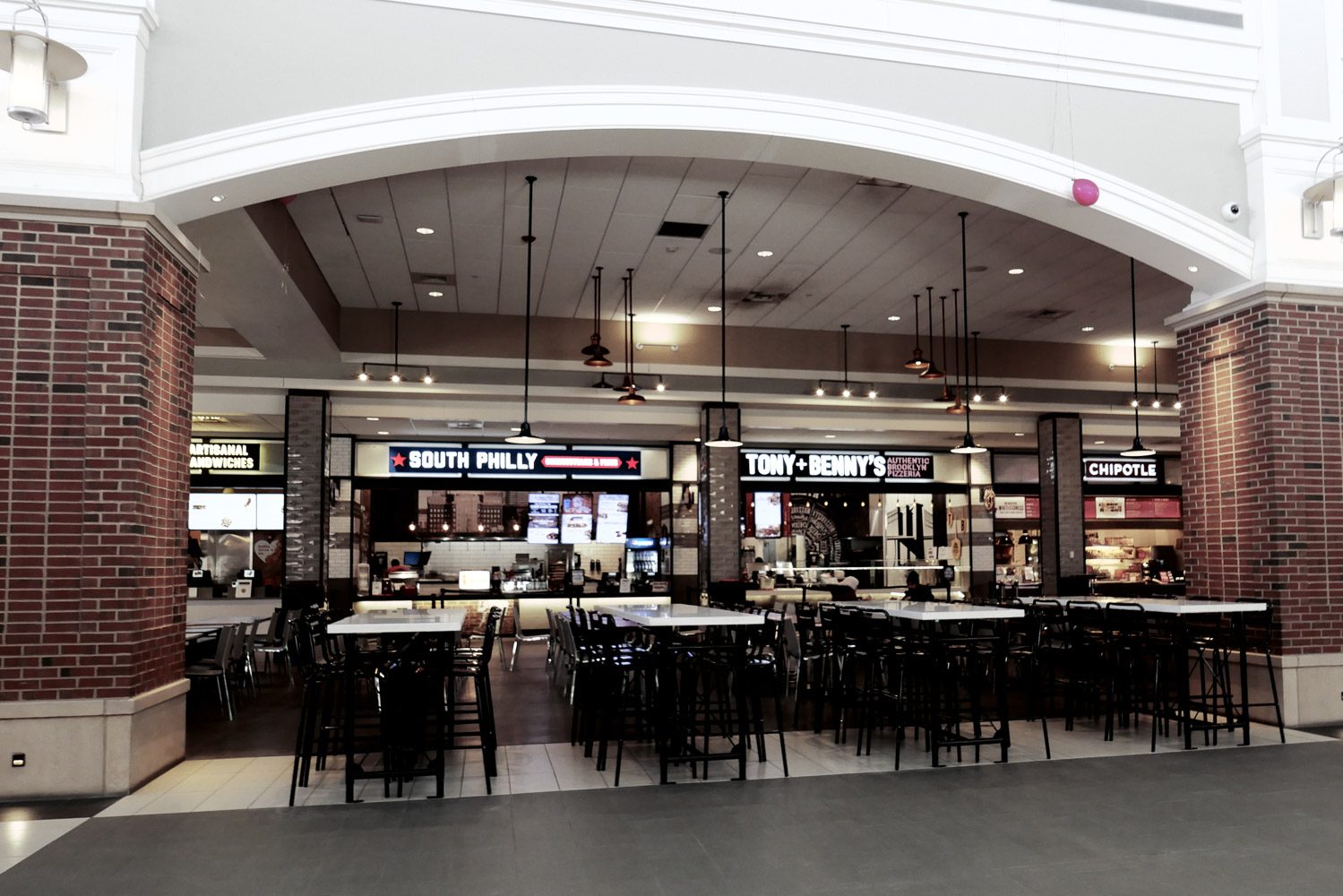
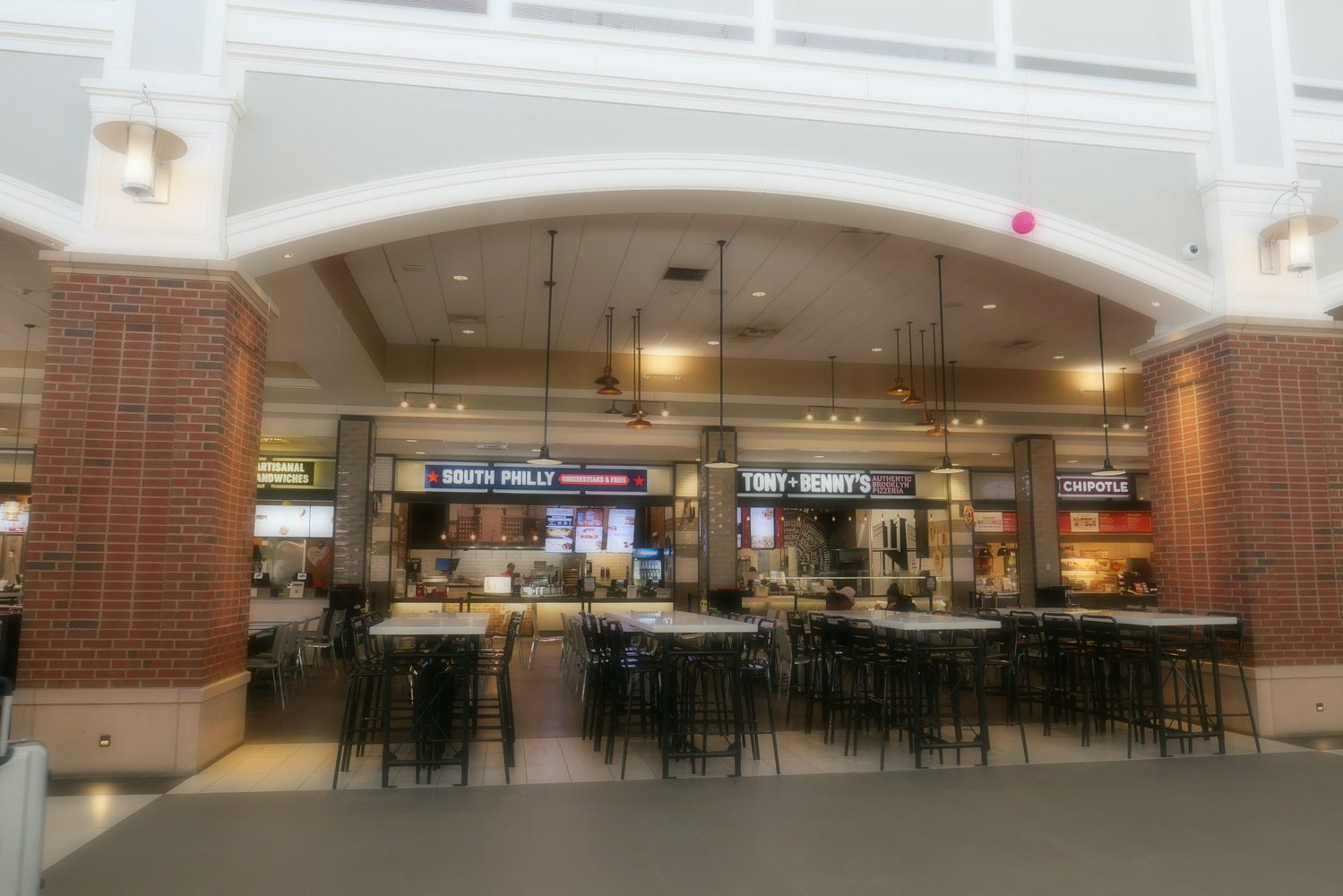
Here are a few sample shots of the kids downstairs playing with the lizard.
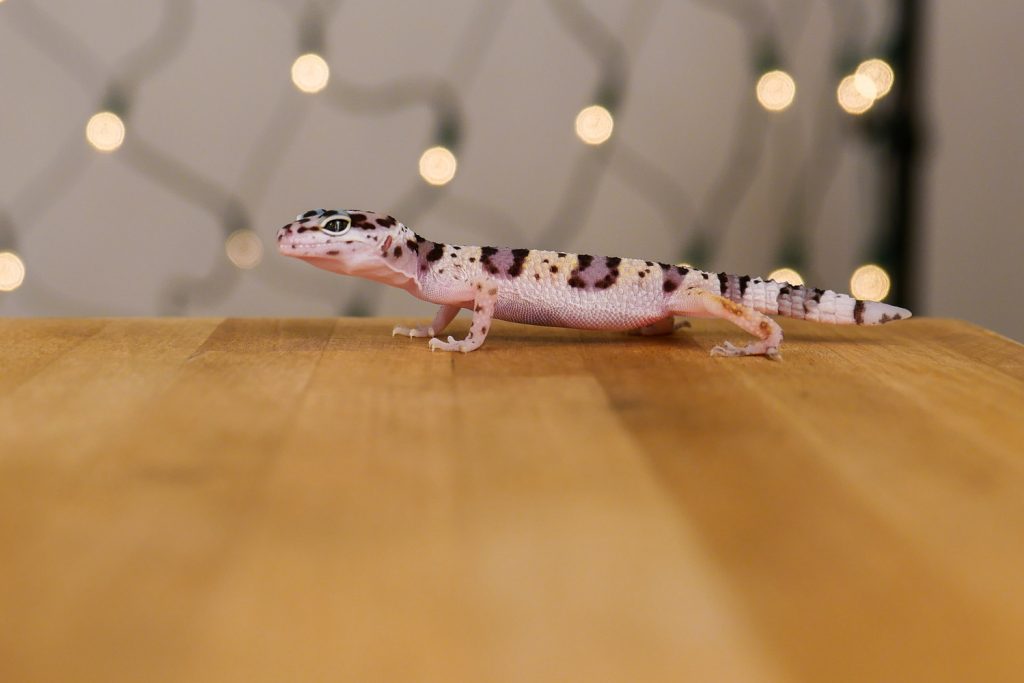
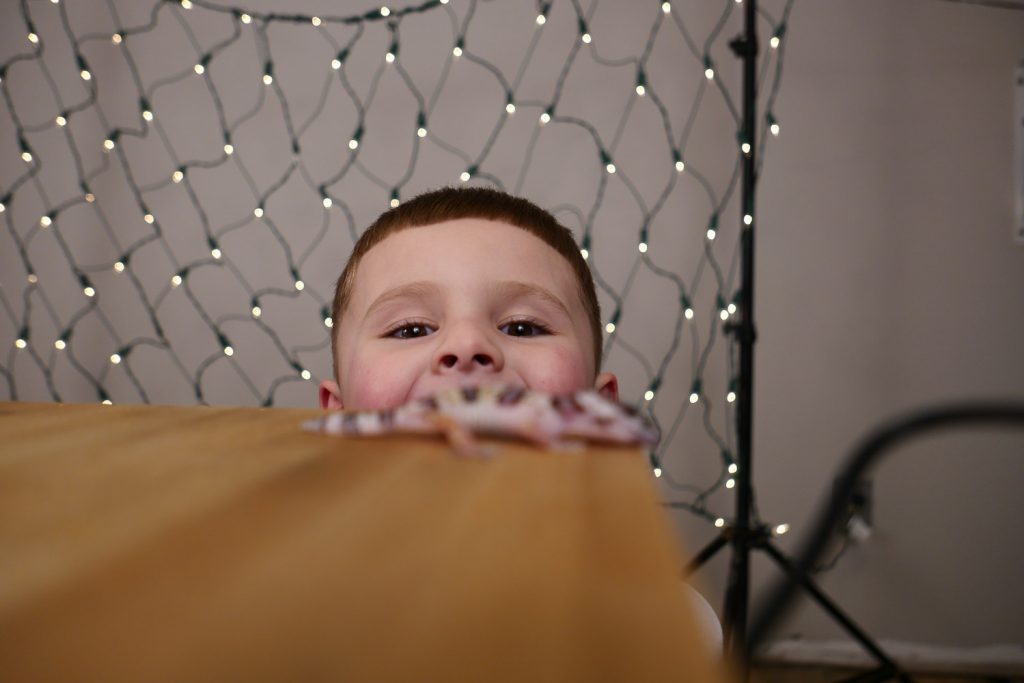
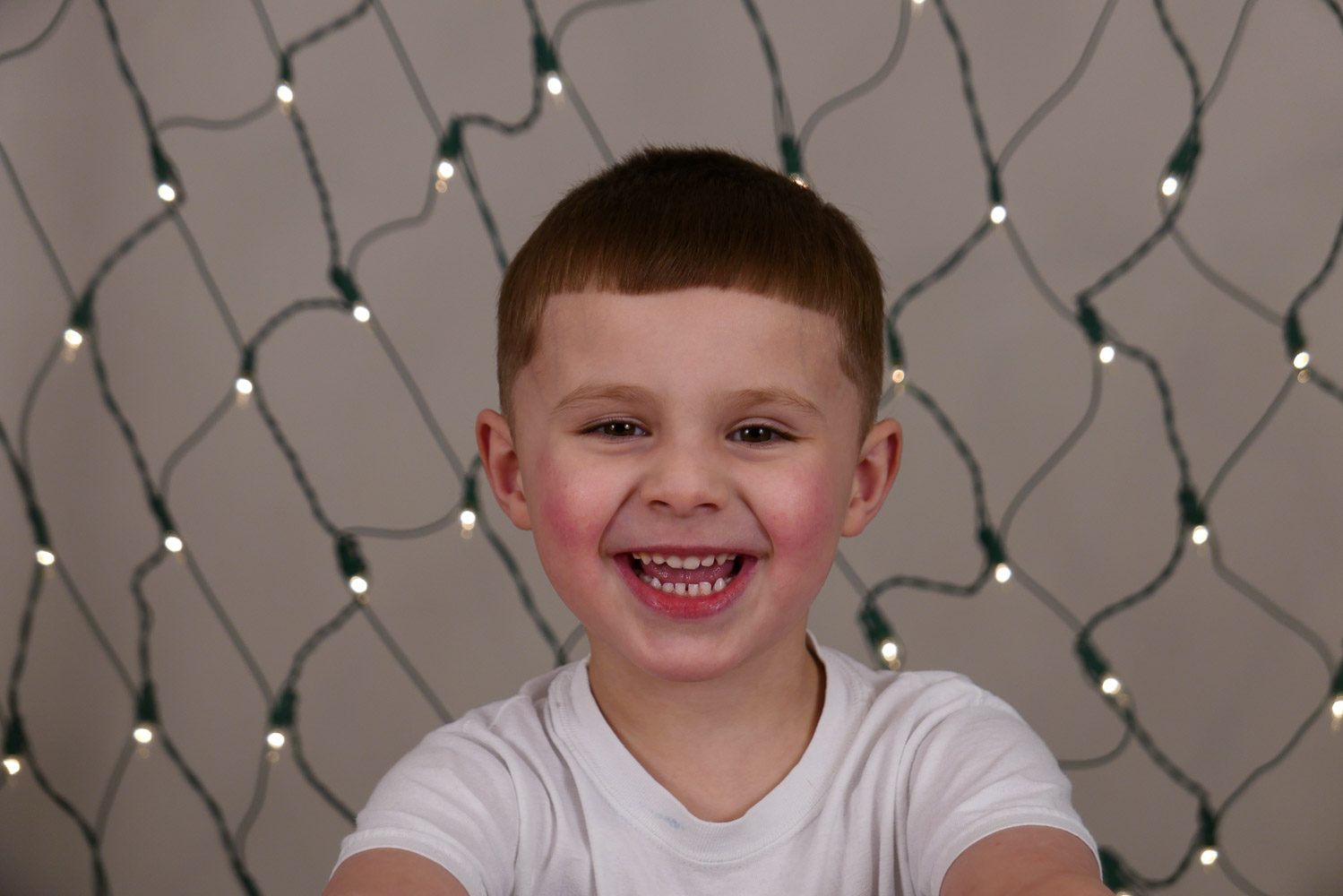

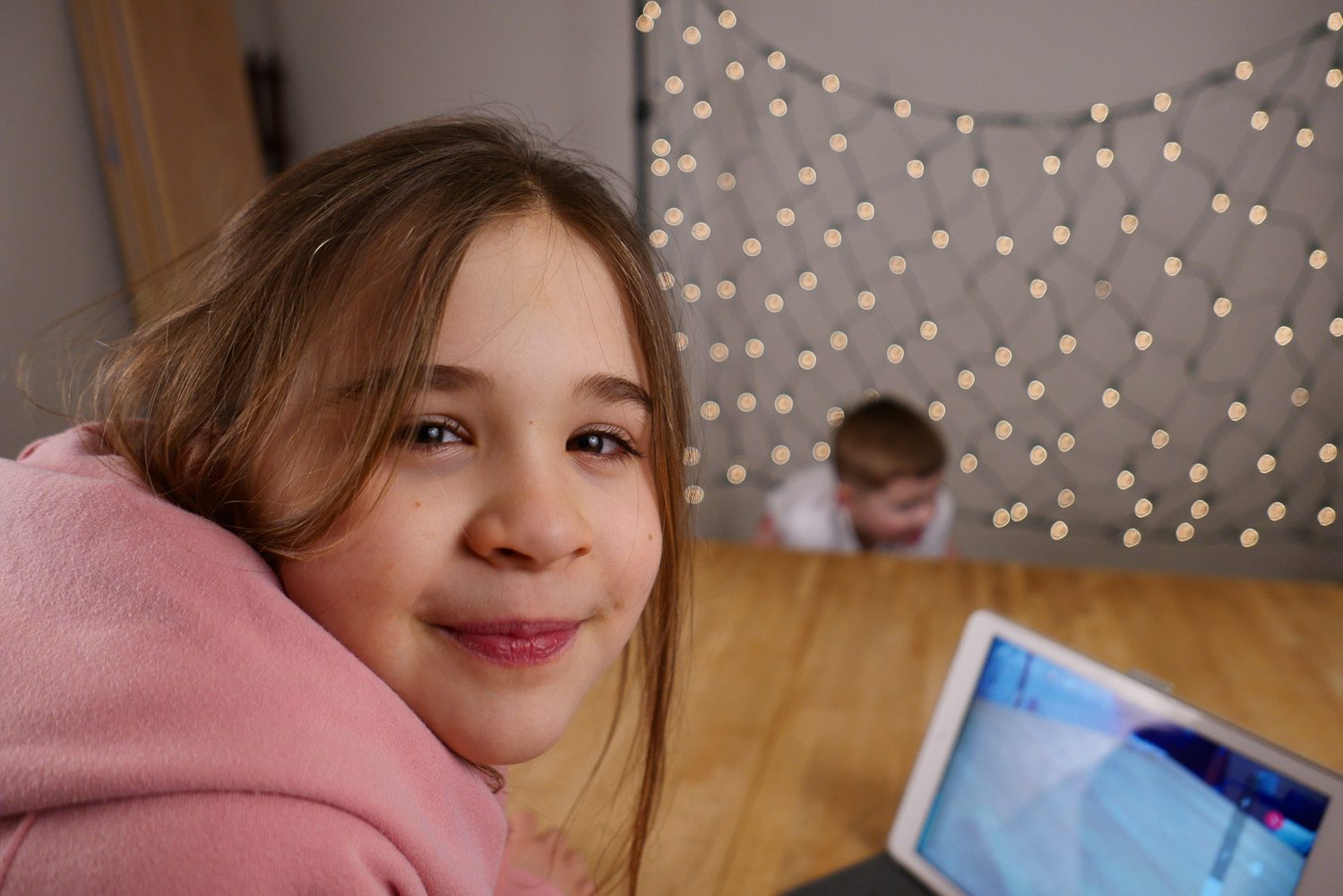

No for the last massive set of images I went to Vermont for a snowboard trip/ brewery tour and got a ton great real world sample photos! Please enjoy the trip 🙂
The ride up from NY is always a joy on the eyes! I took these next frames out the back window of the truck we were in while cruising.
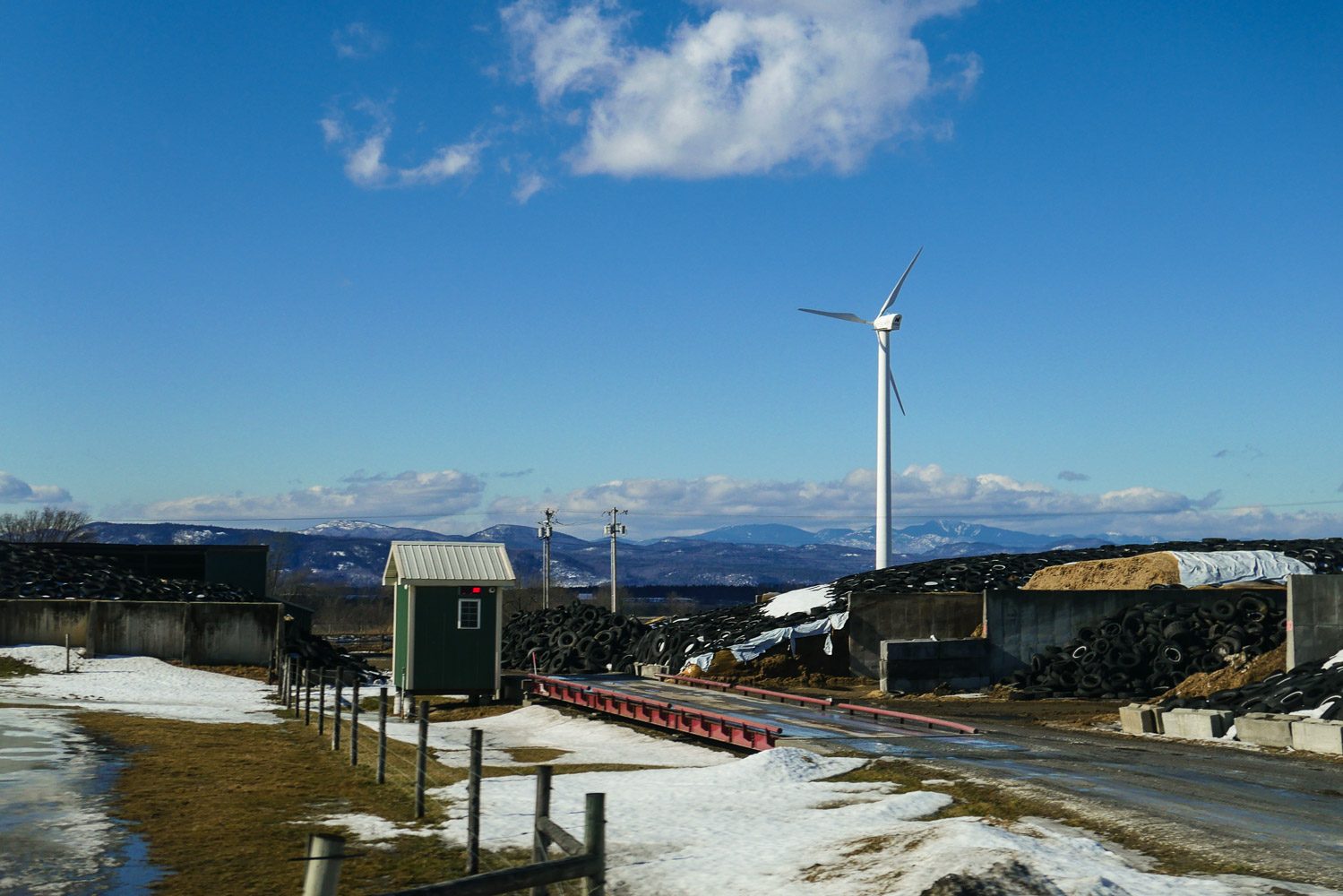
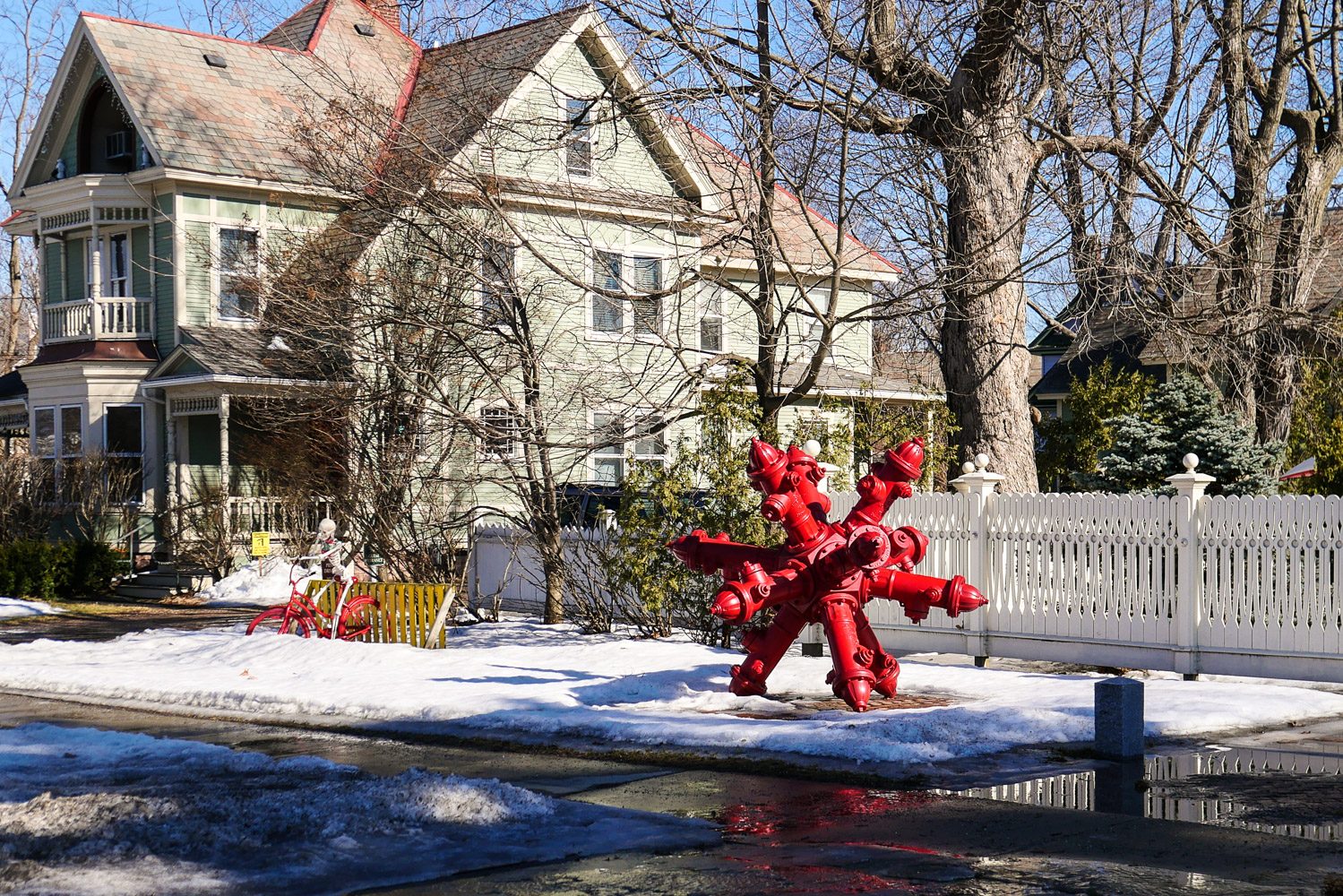

The first brewery we stopped at was called Foam Brewers located in Burlington Vermont, and I highly recommend checking it out if you are in the area. Great atmosphere and killer beer! Note how well the LX100 II handles the insane color and lighting inside the brewery.

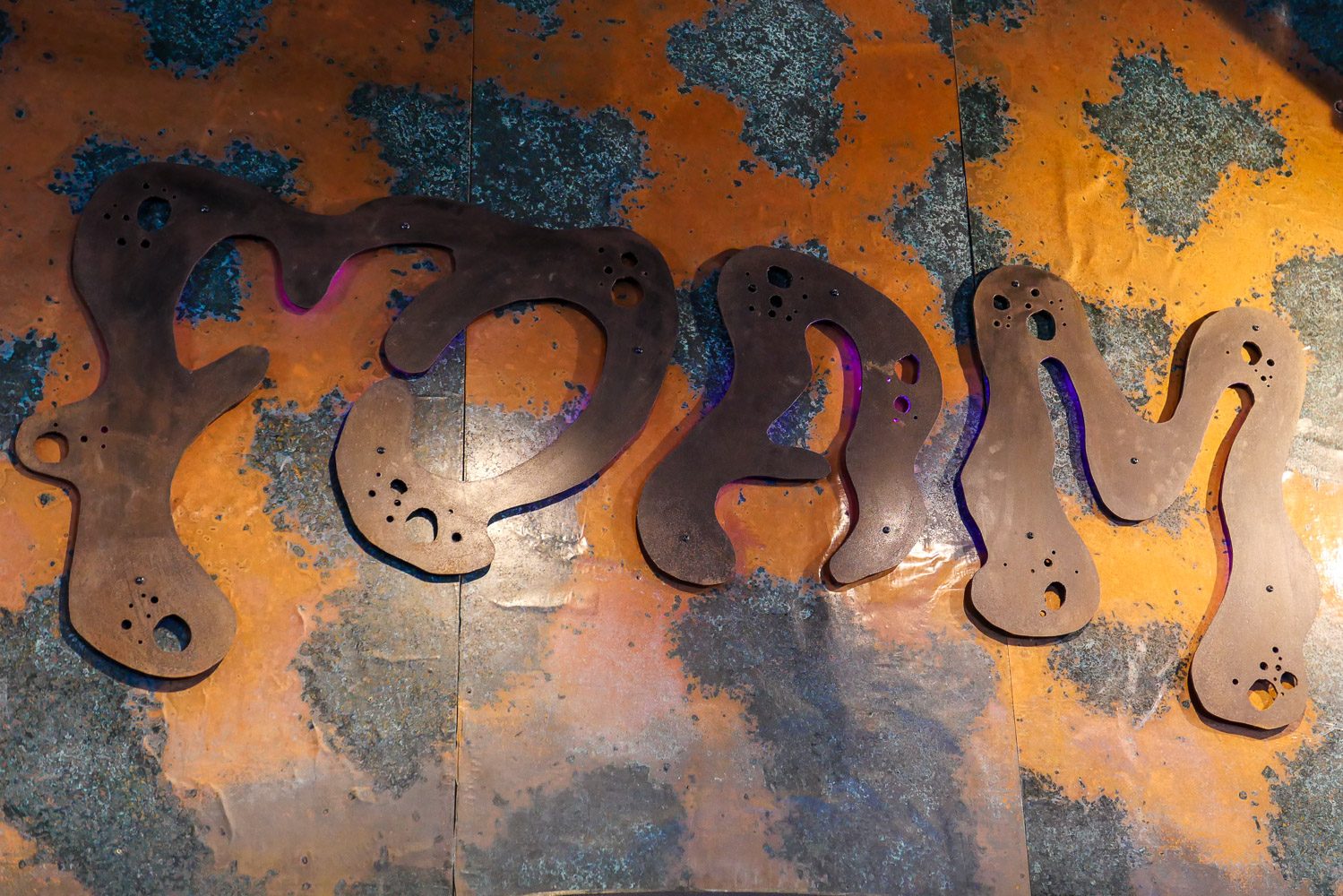
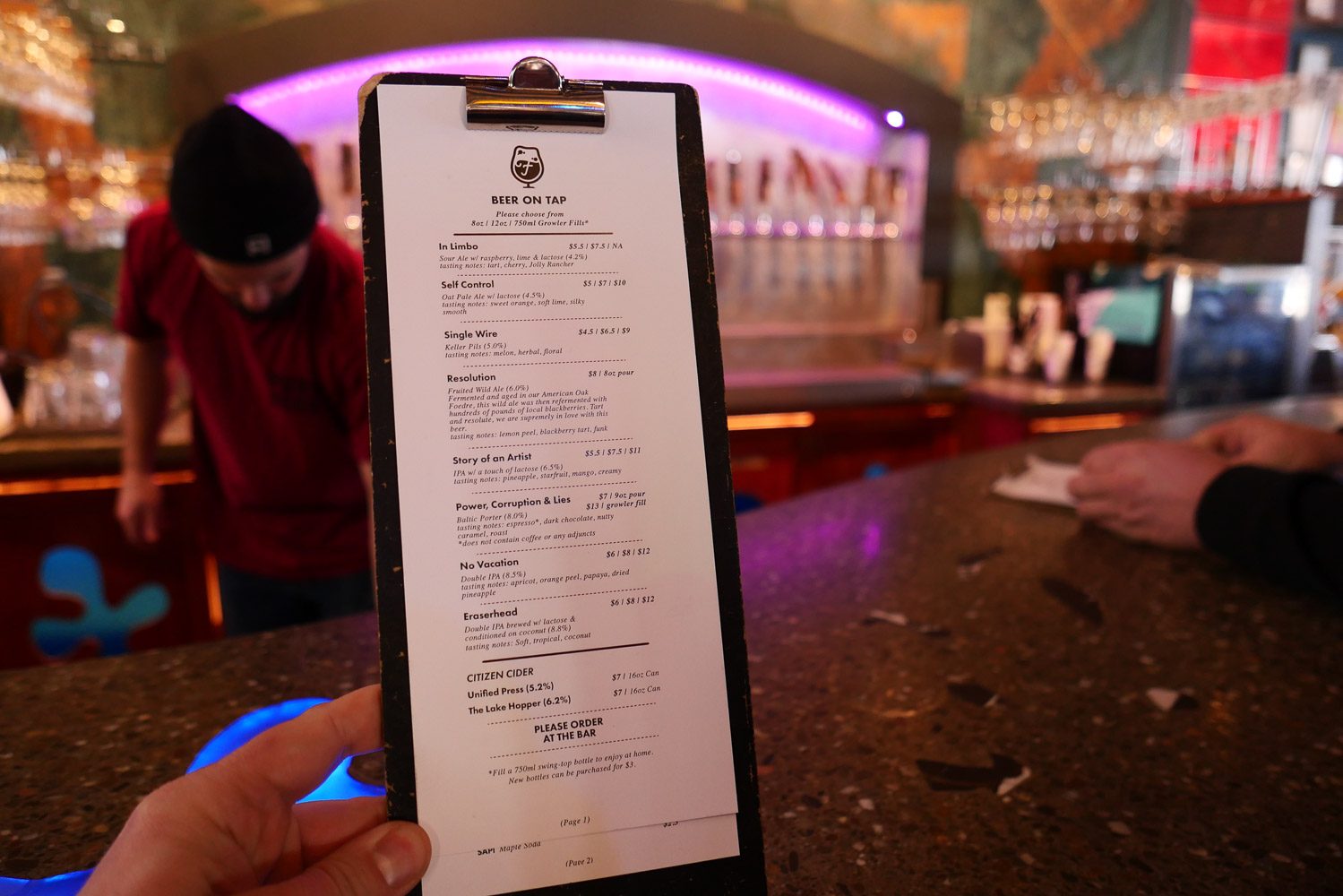
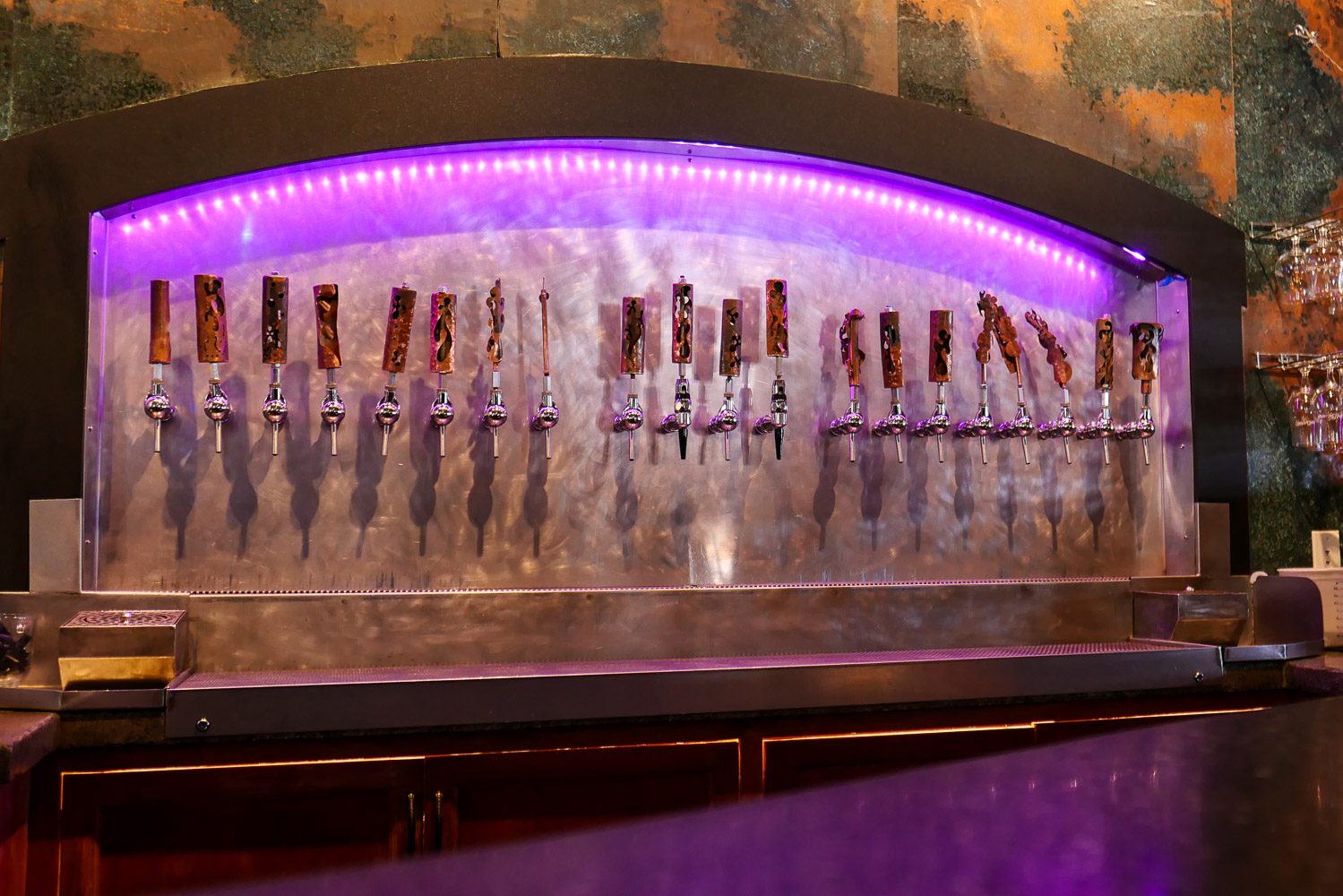
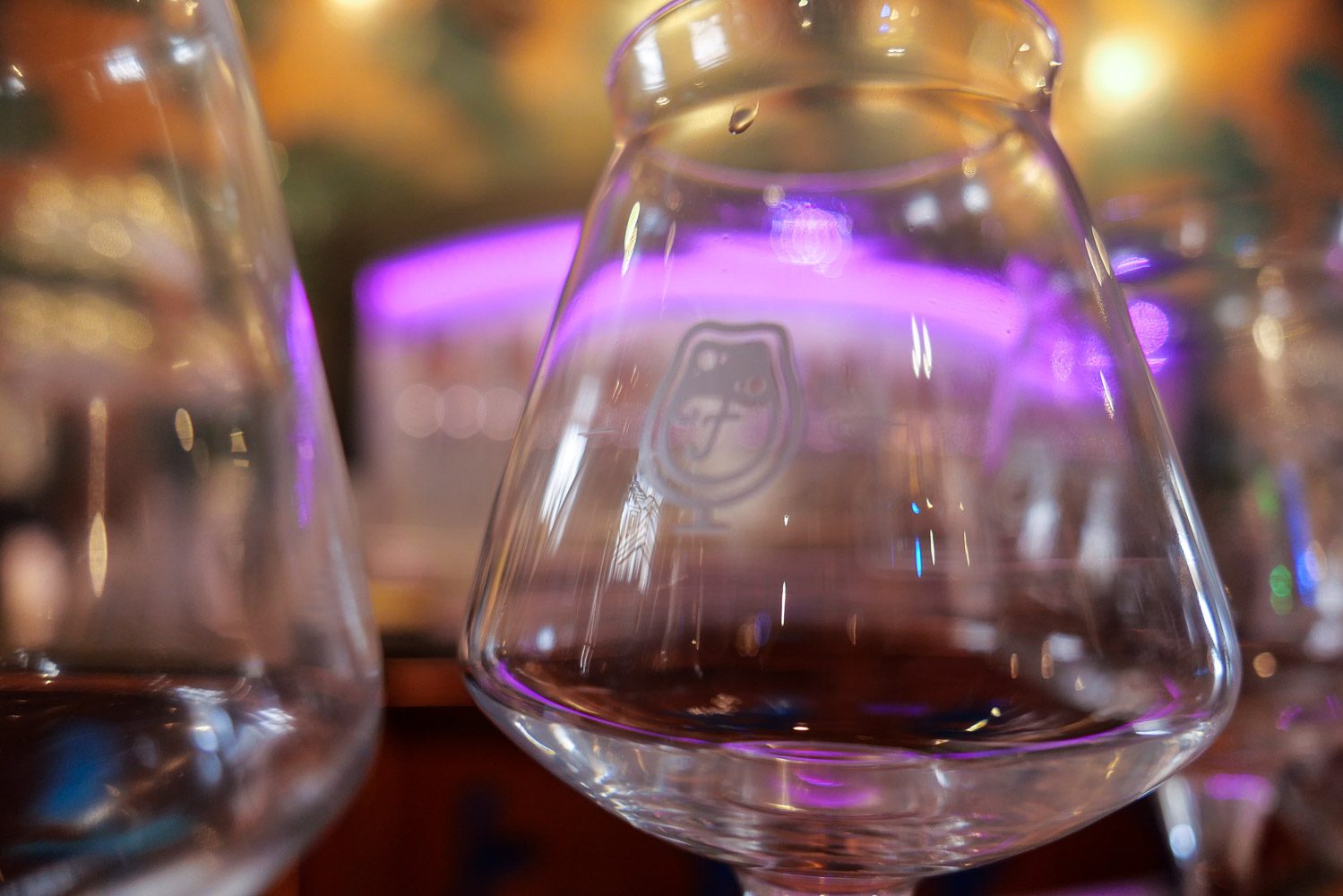
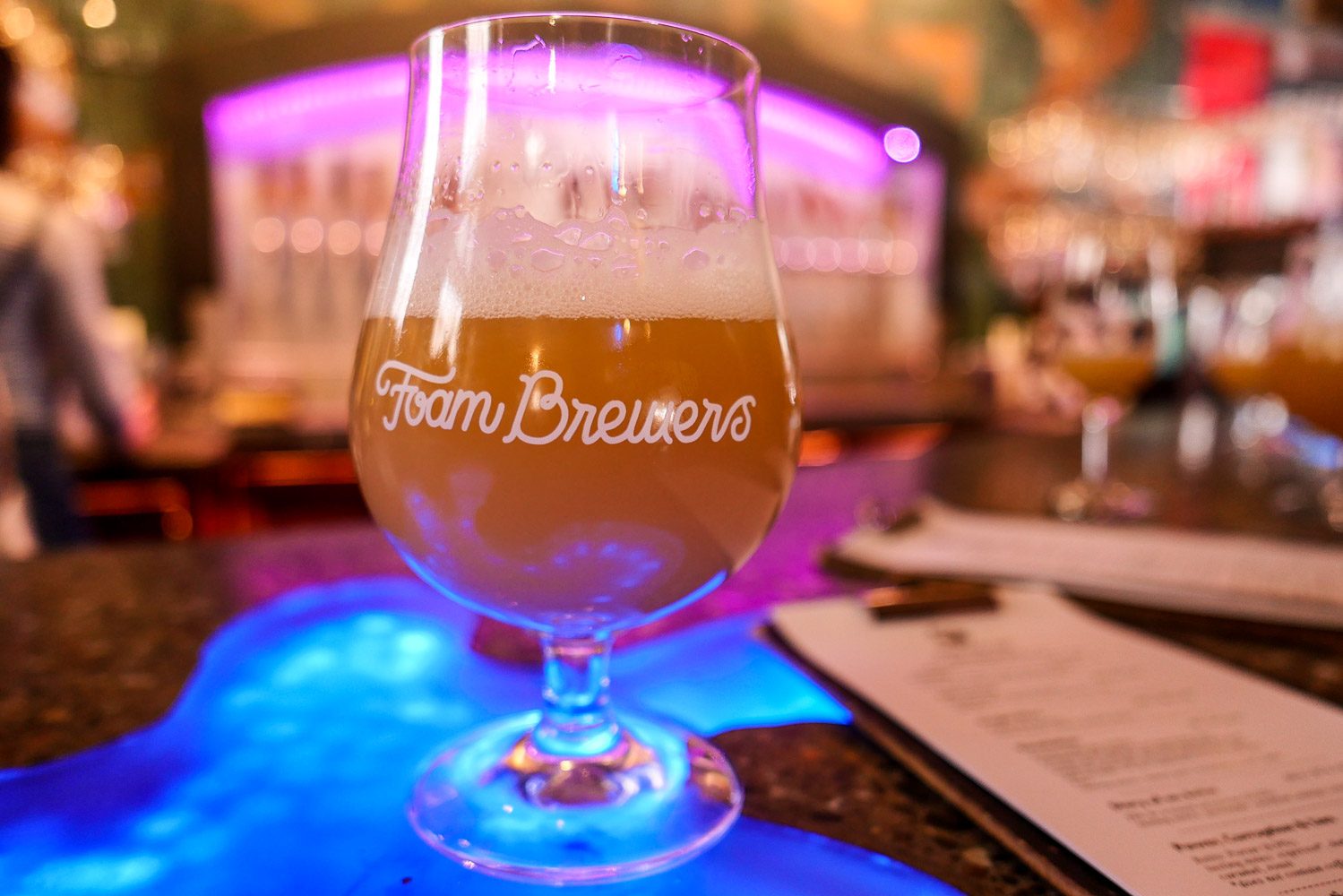
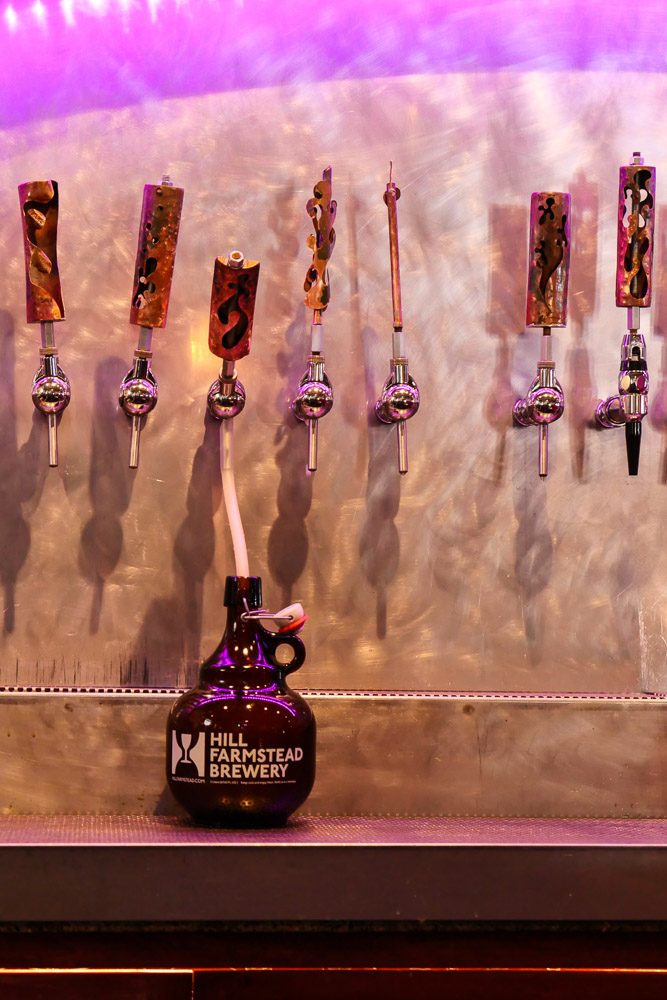
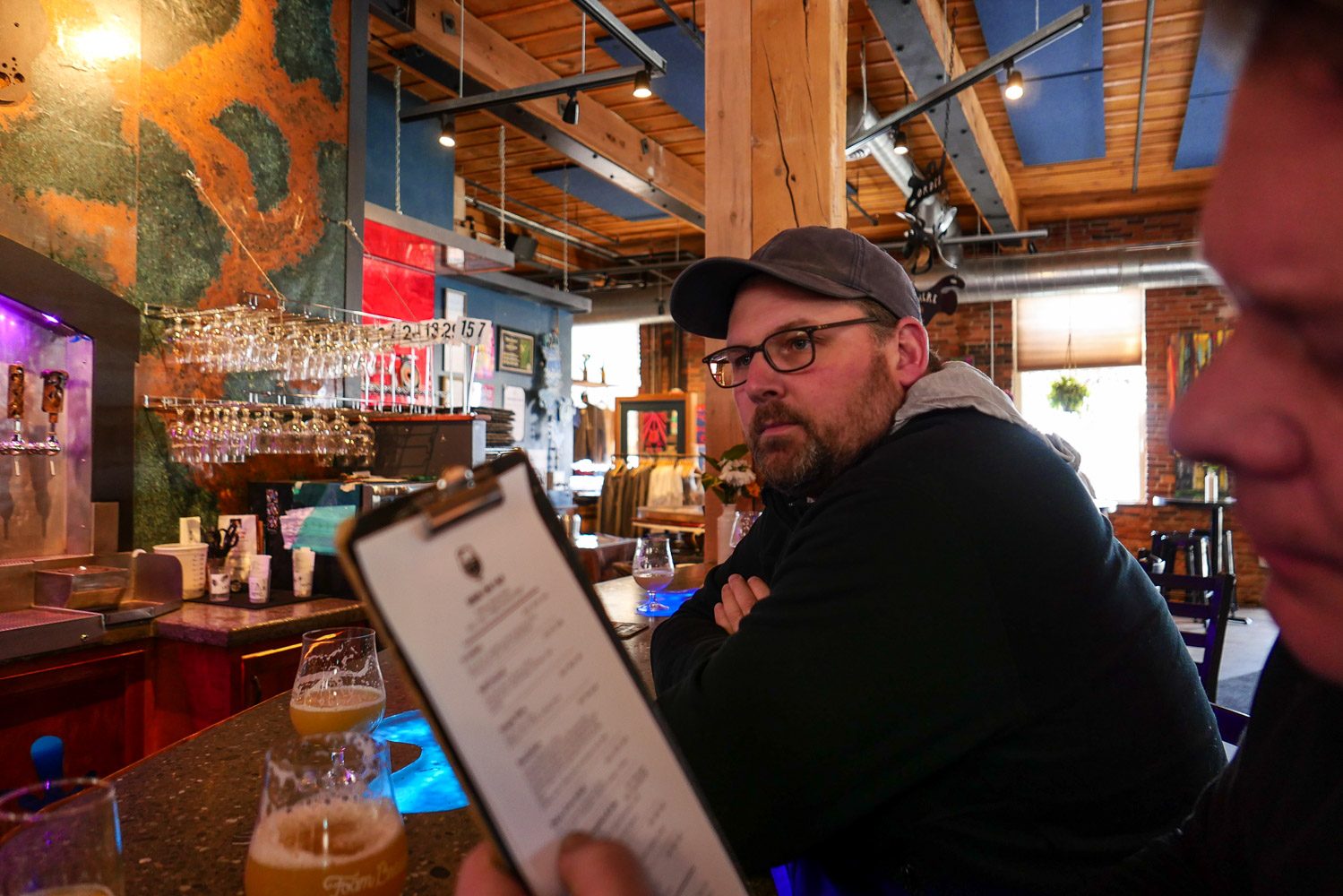
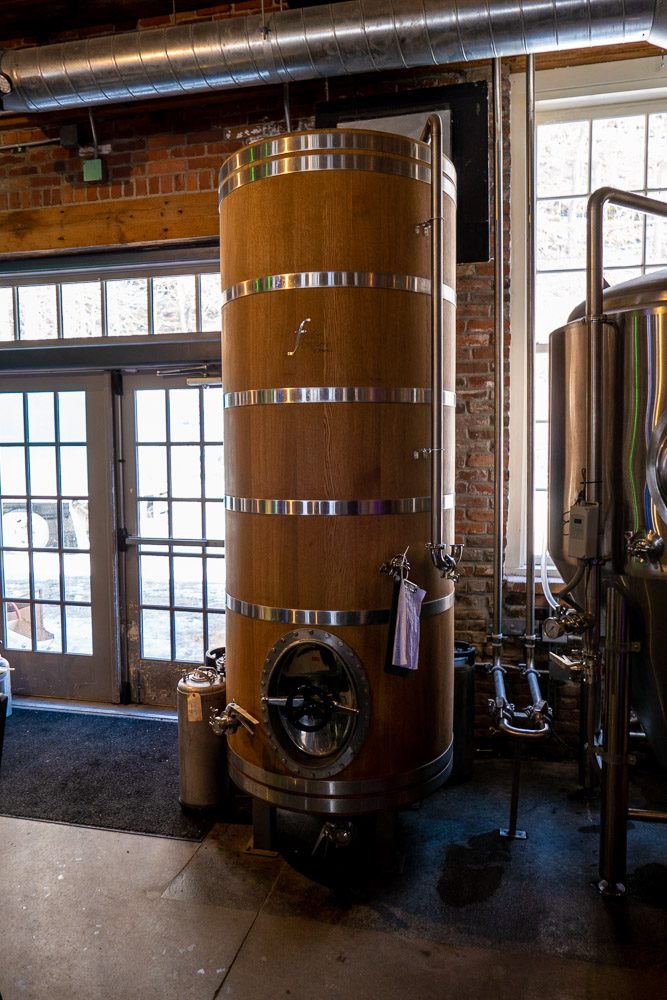
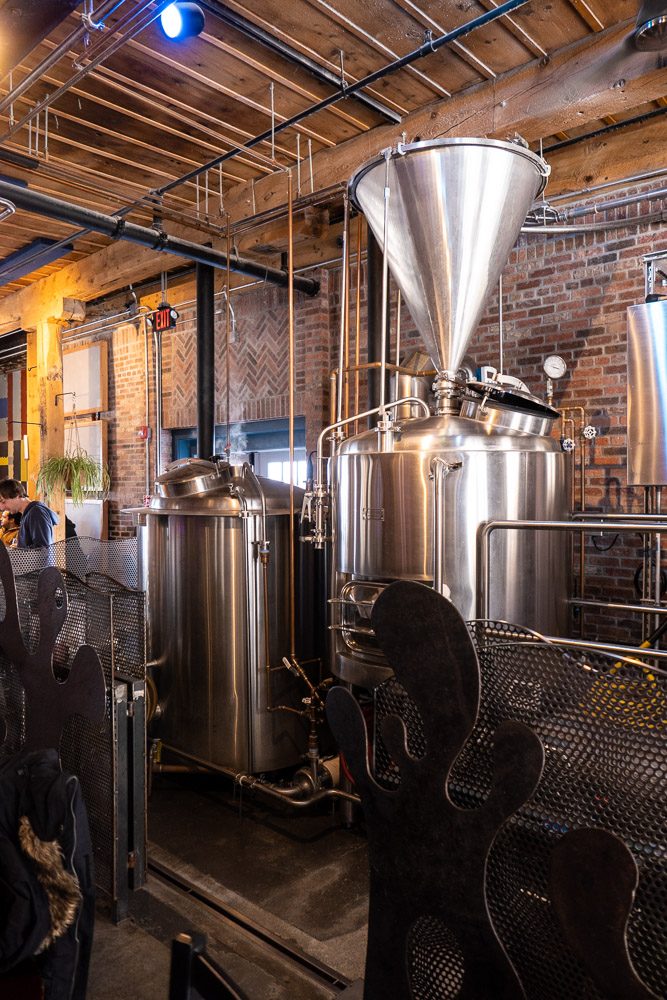
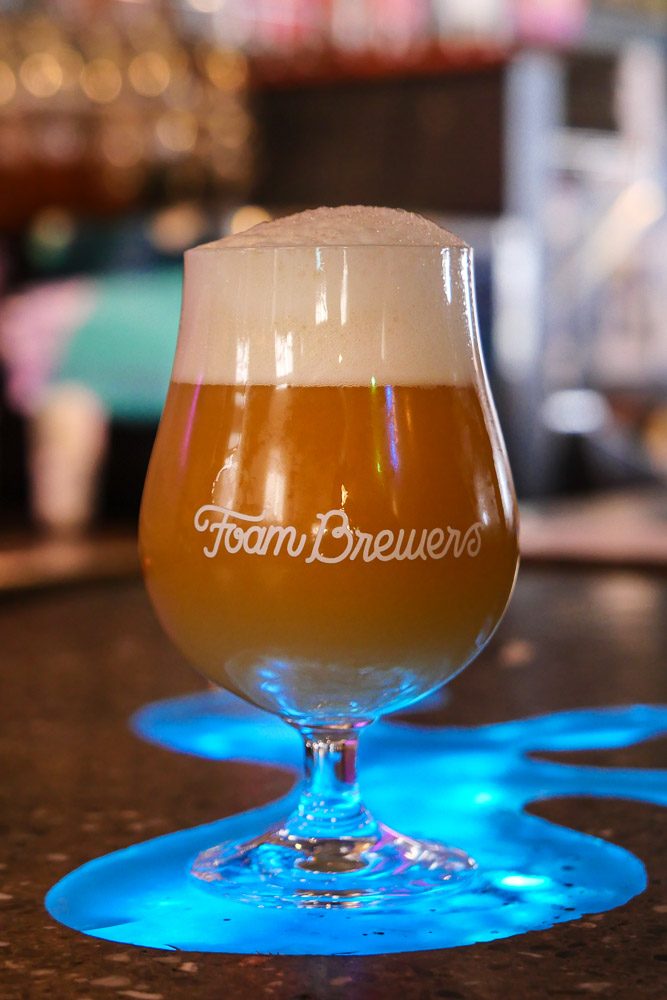
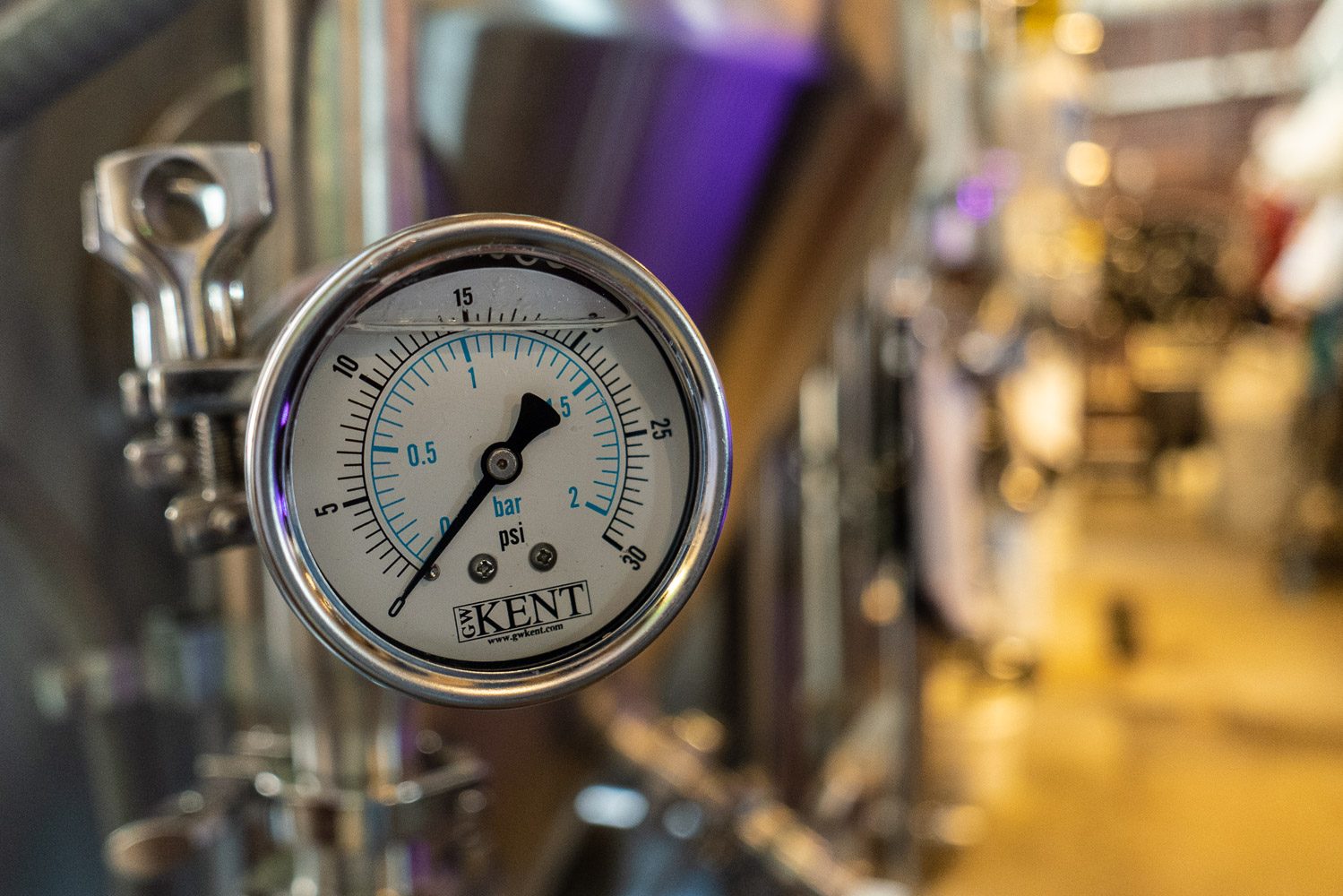
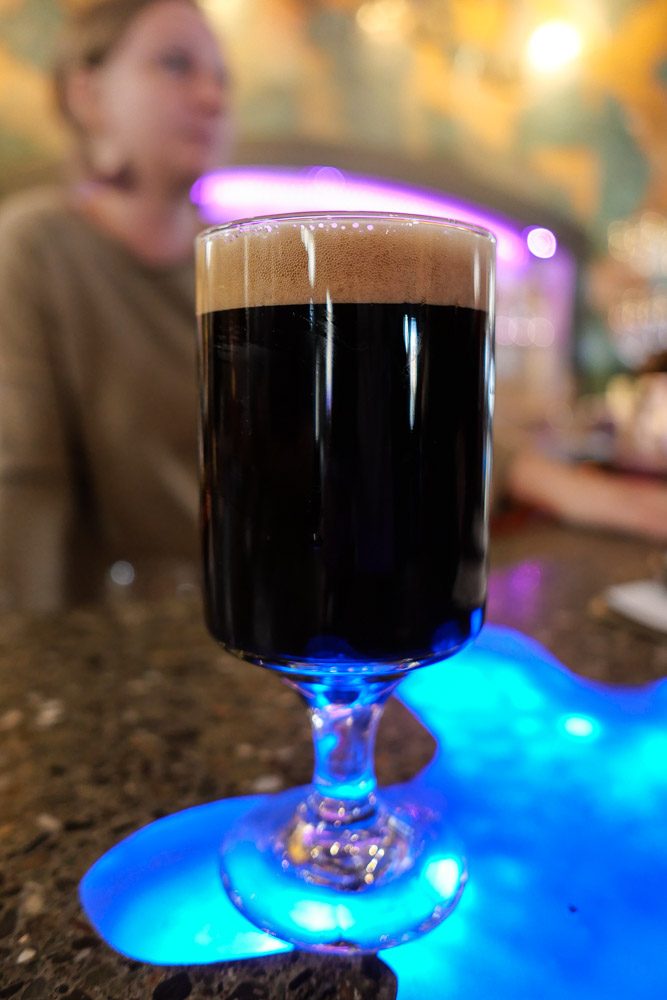
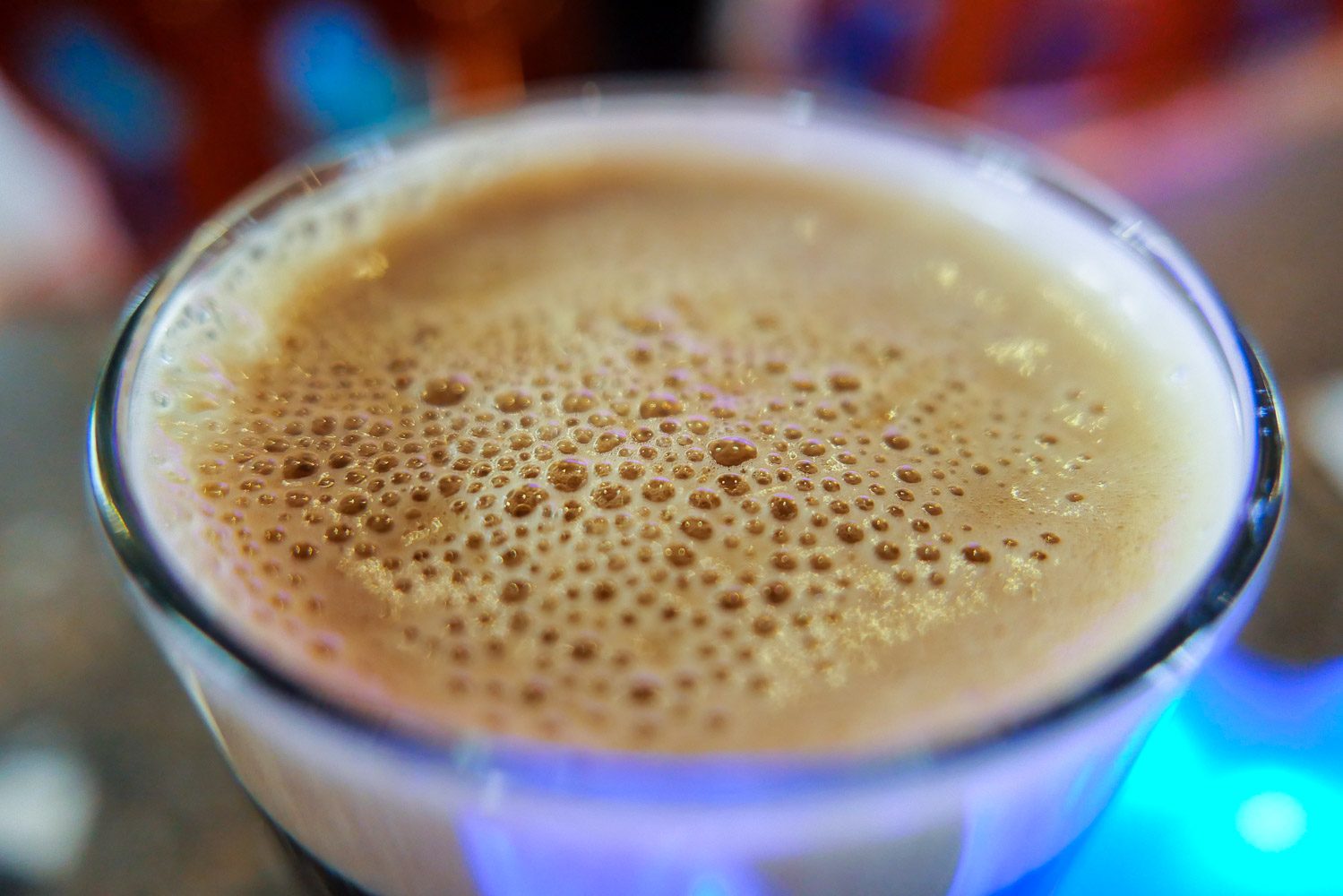
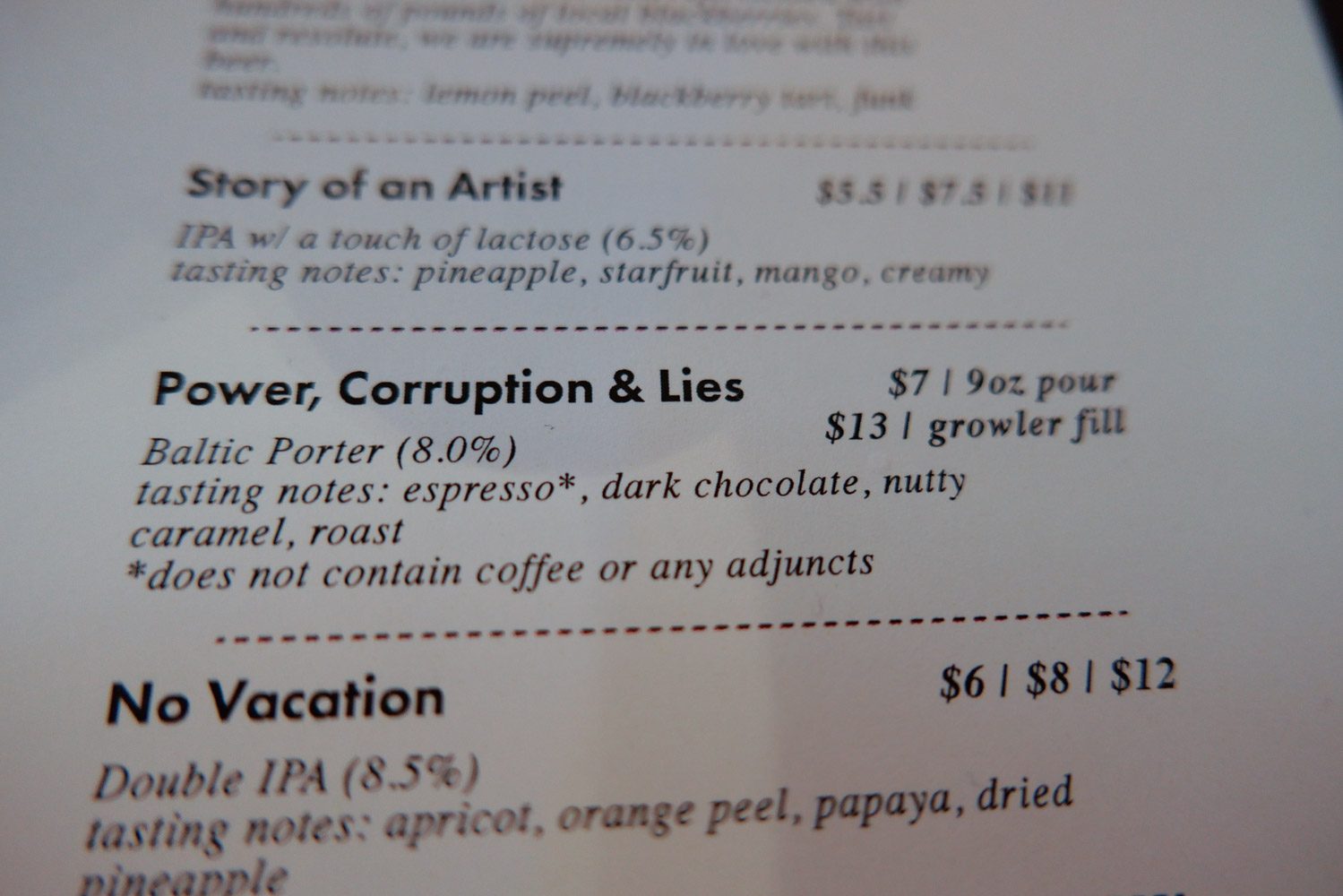
This next photo was taken just outside Foam Brewers looking at the icy Burlington Bay which is within Lake Champlain.
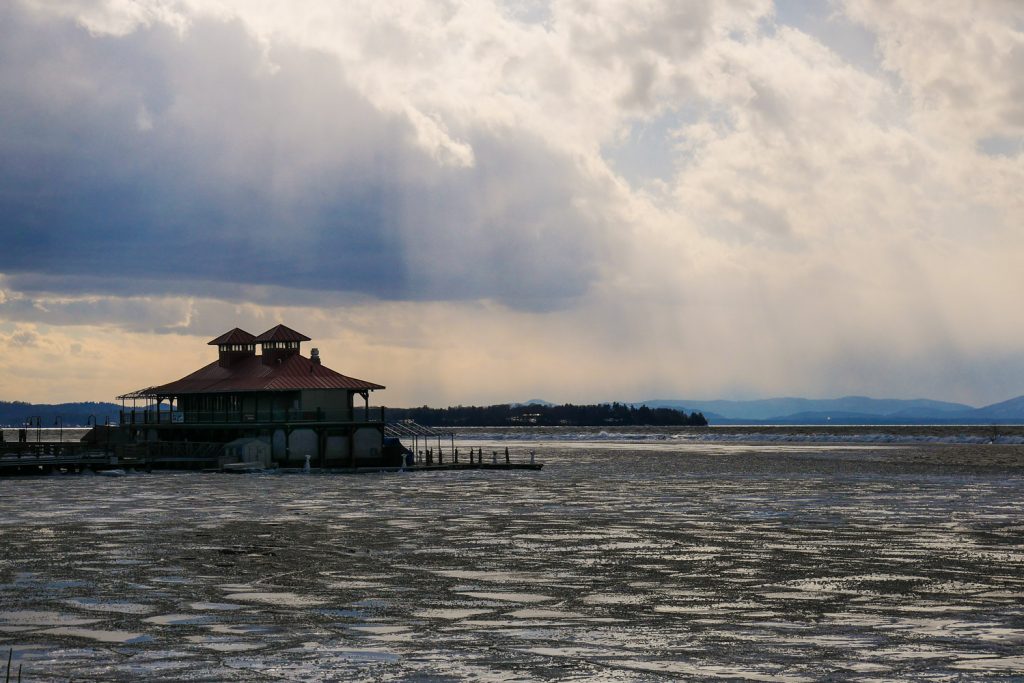
The next brewery we stopped at was called Burlington Beer Company and they had some seriously killer food and beer!
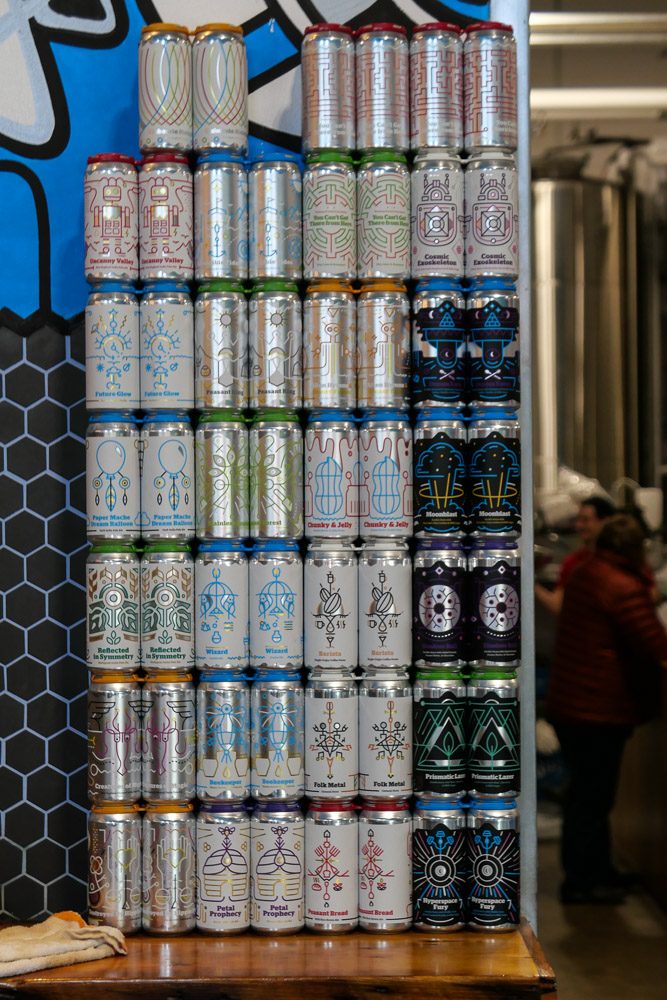
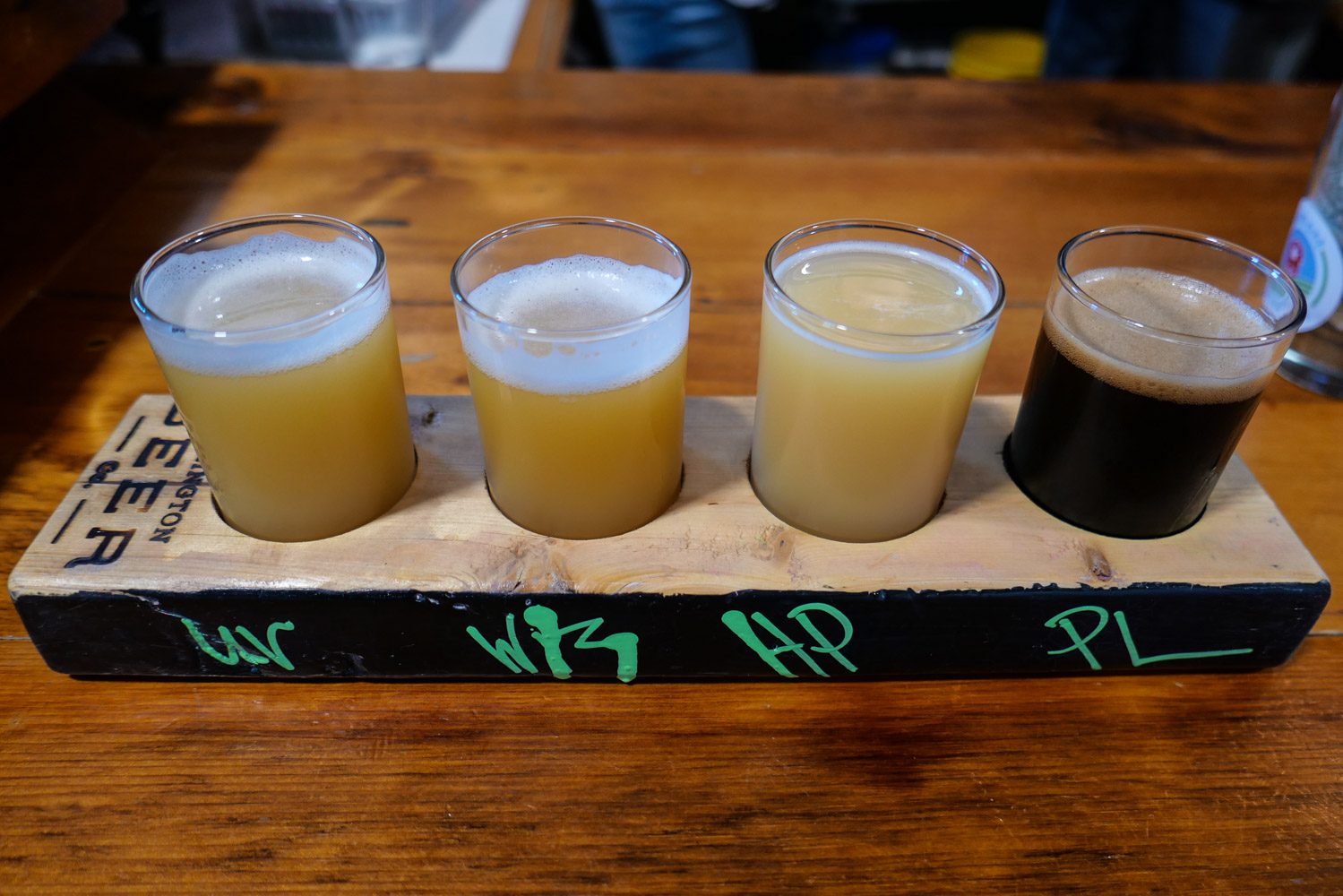
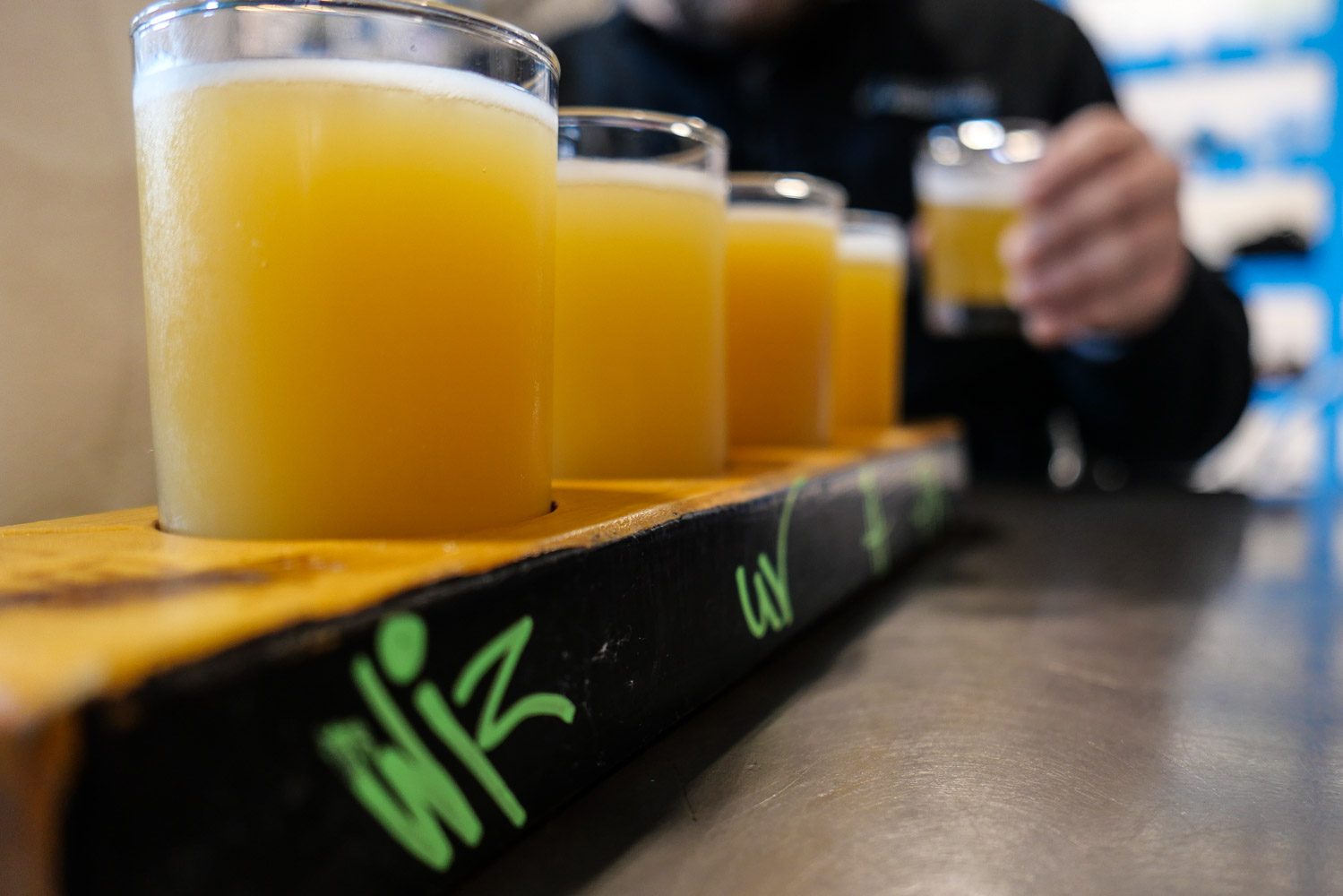
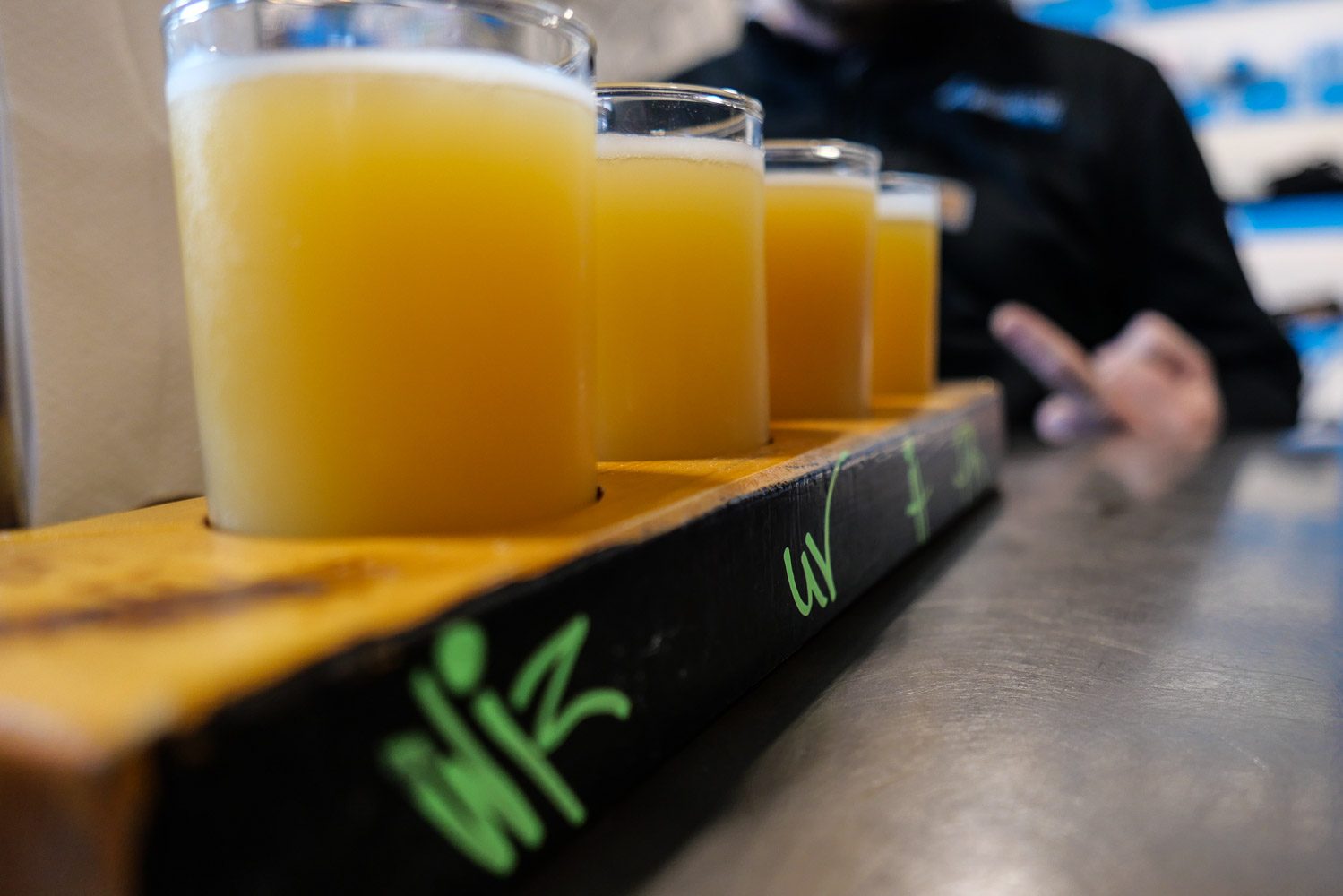
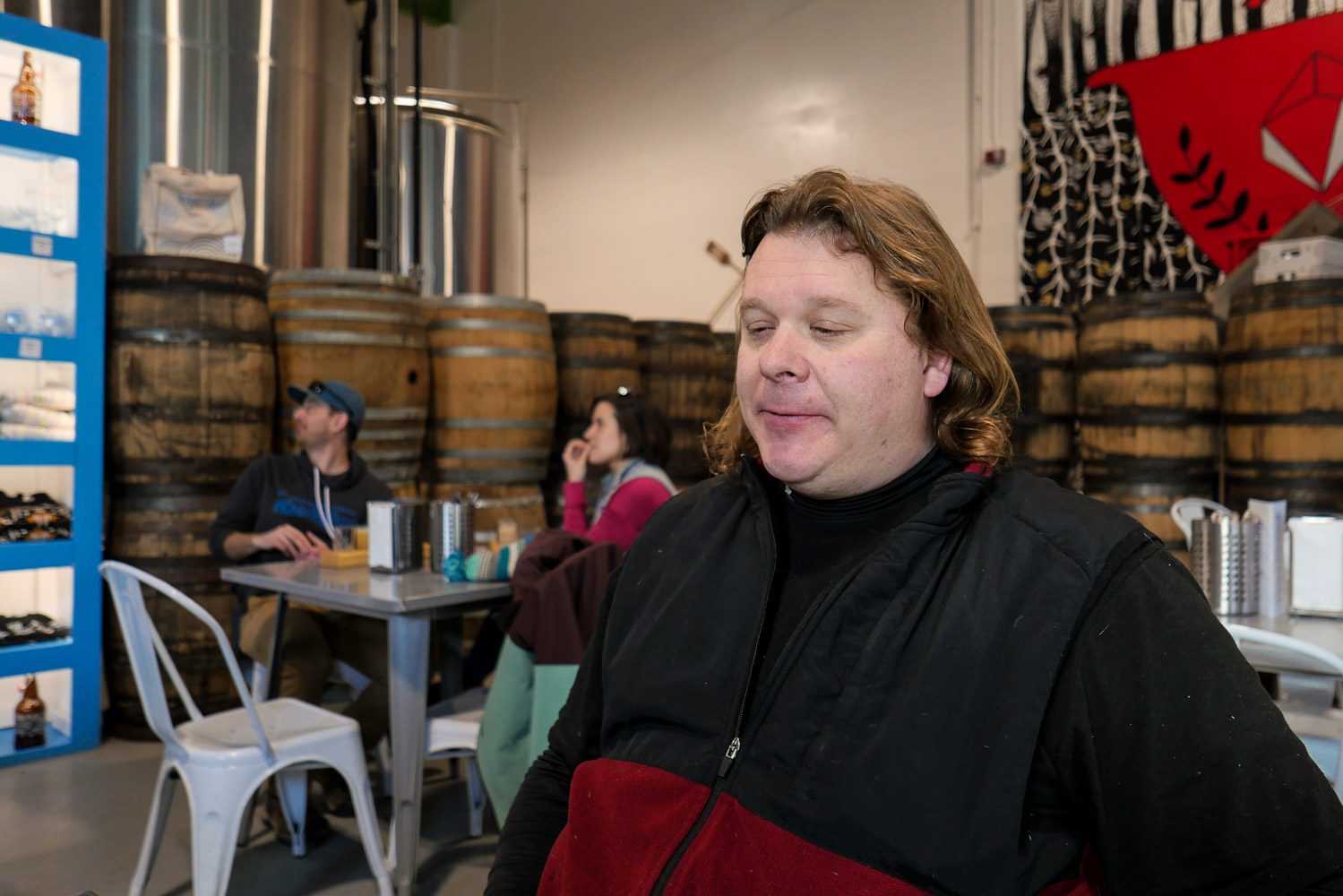
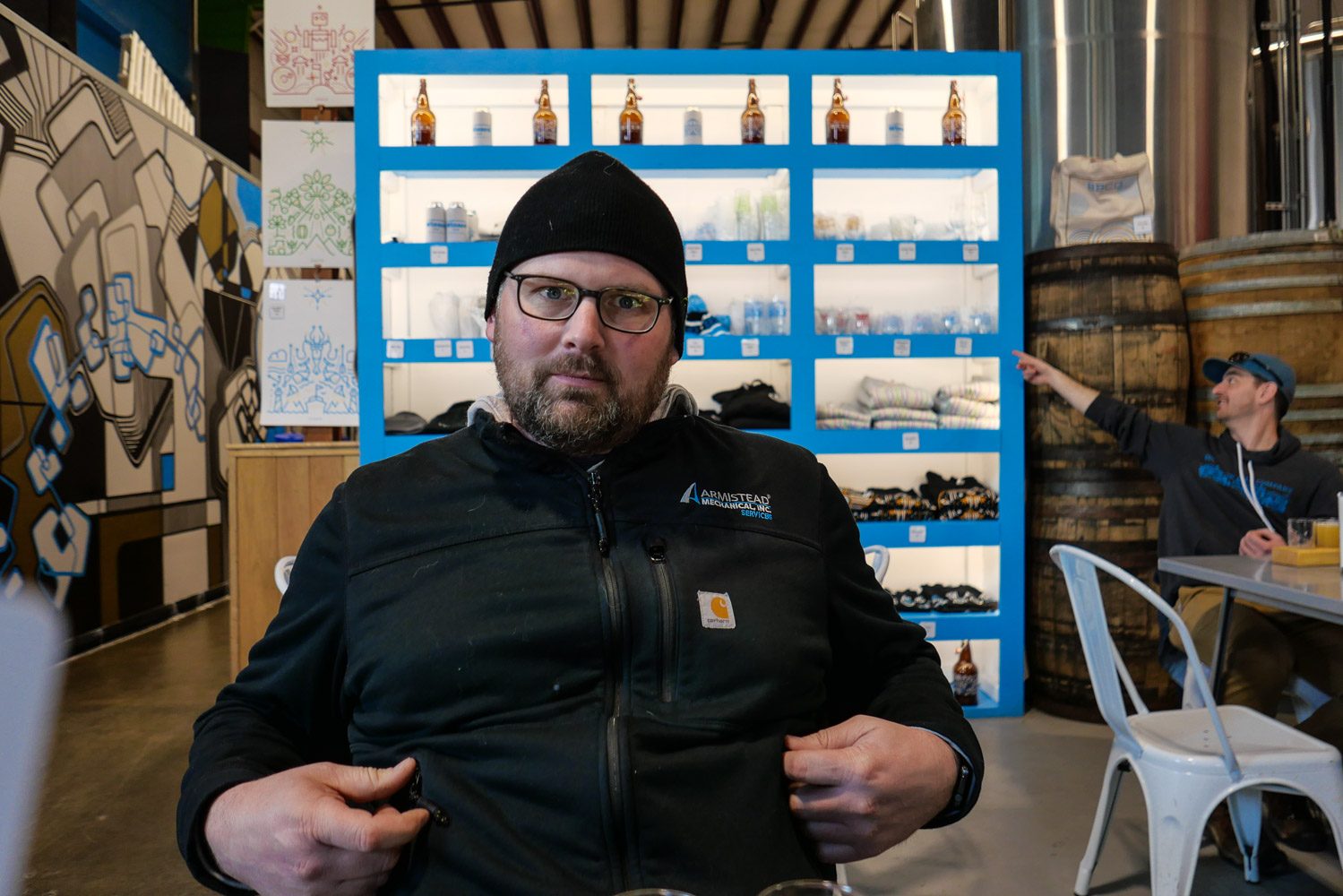
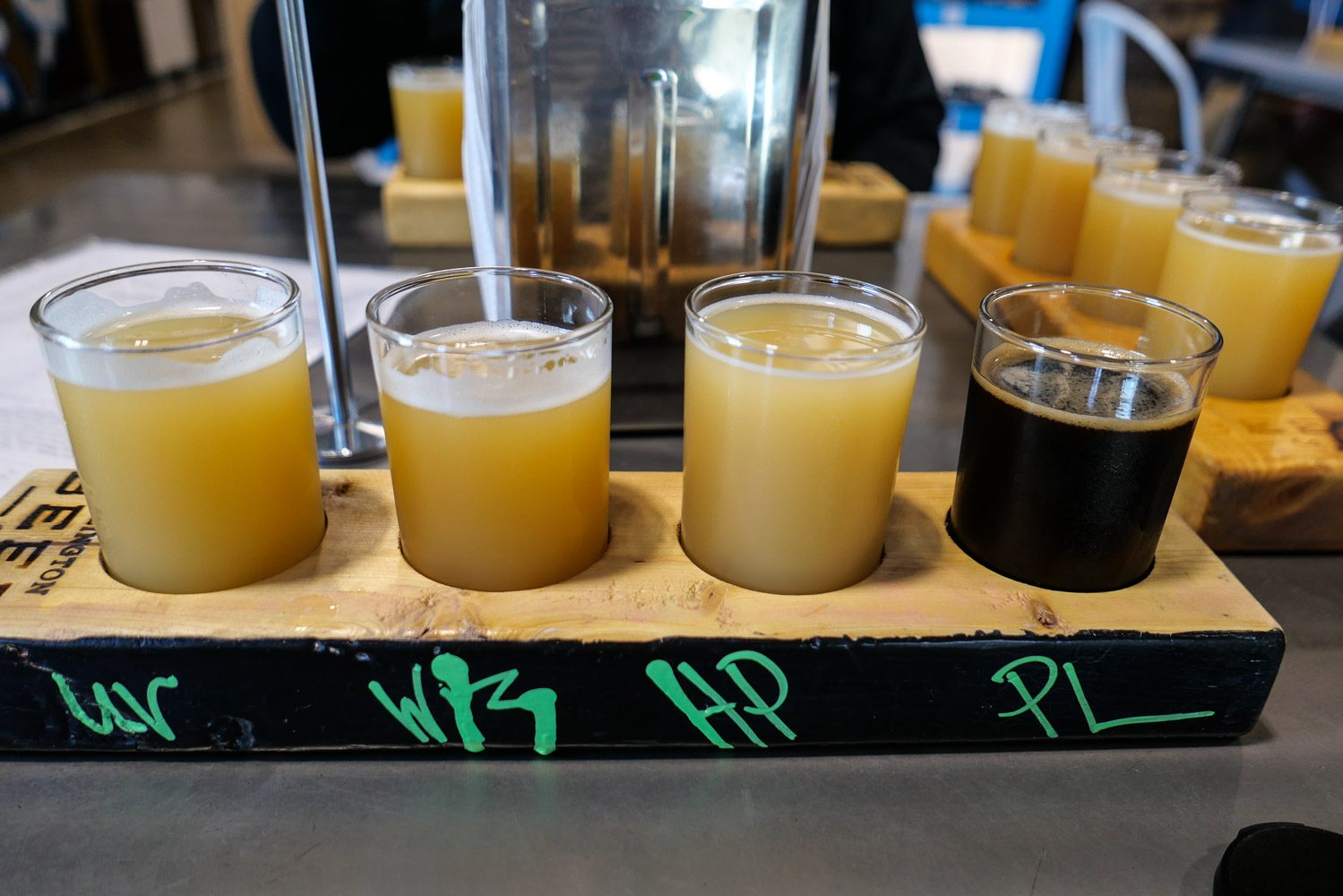
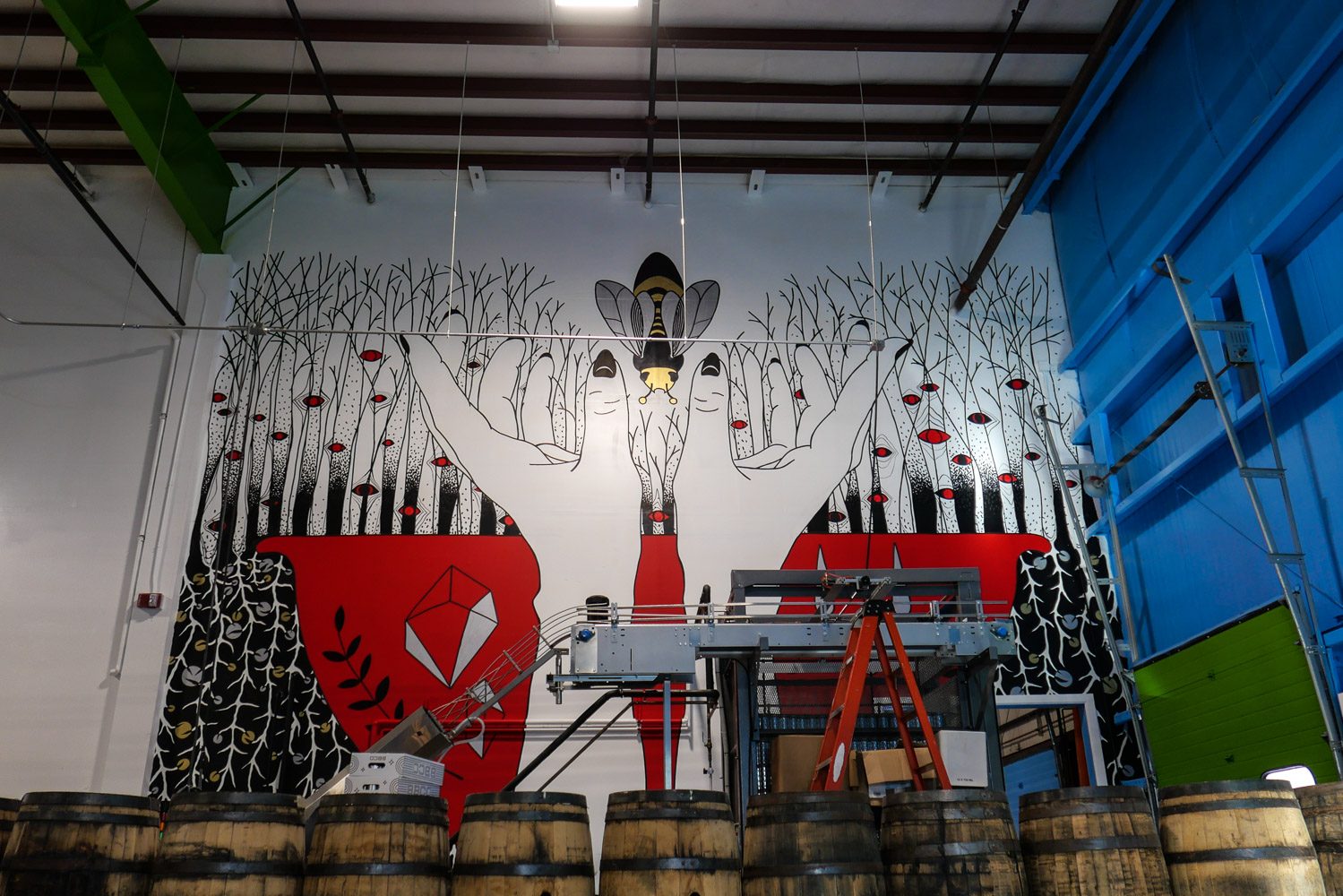
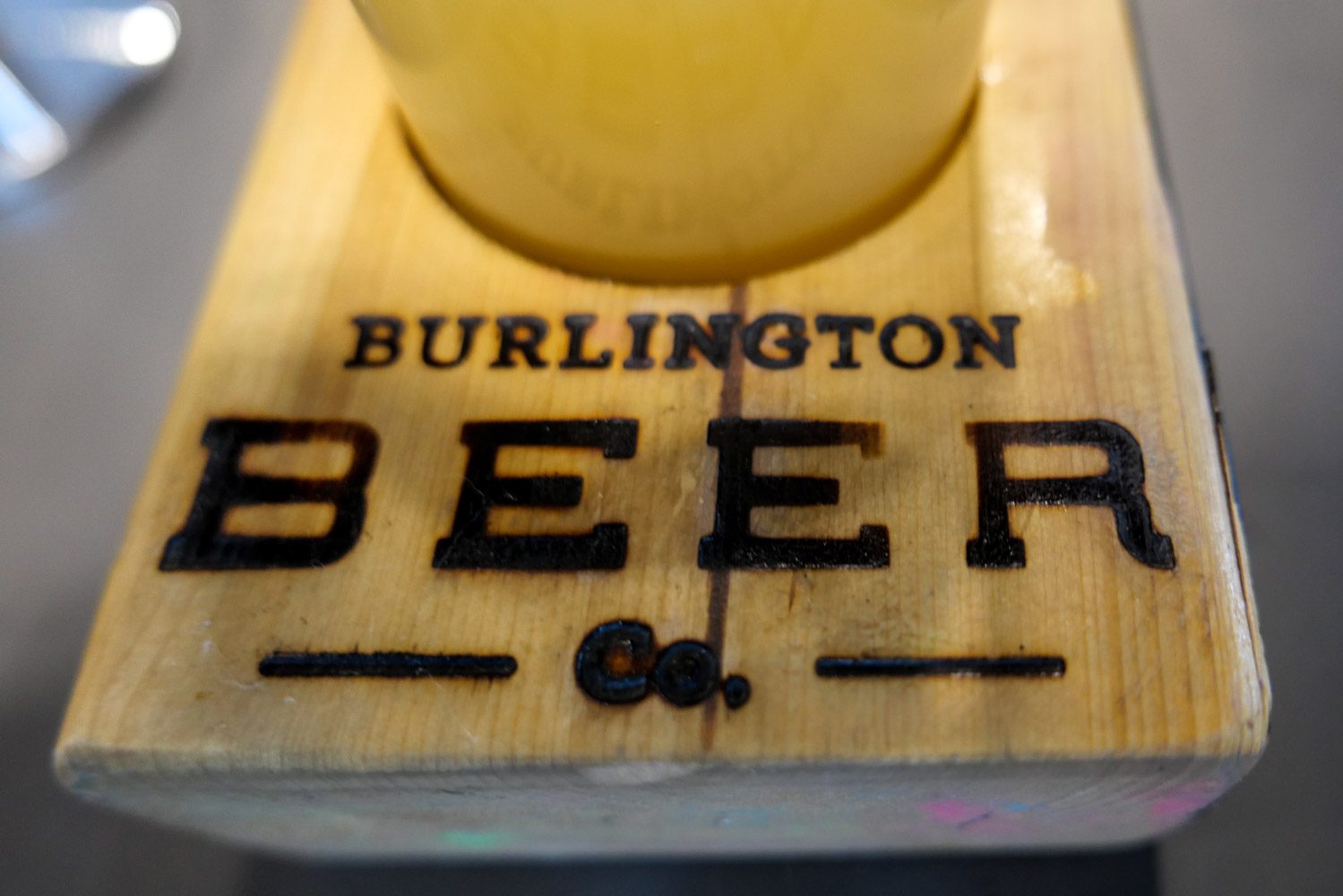
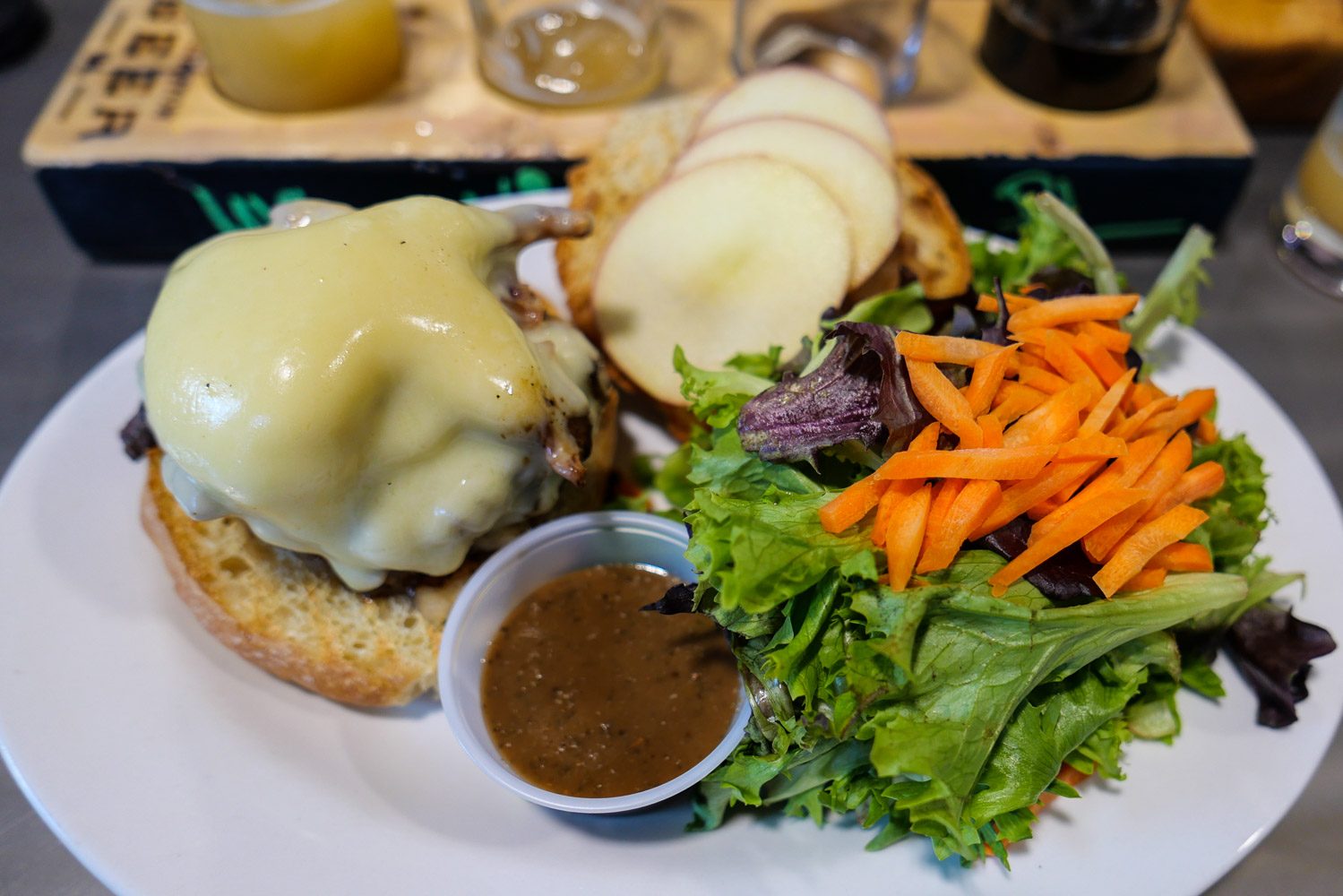
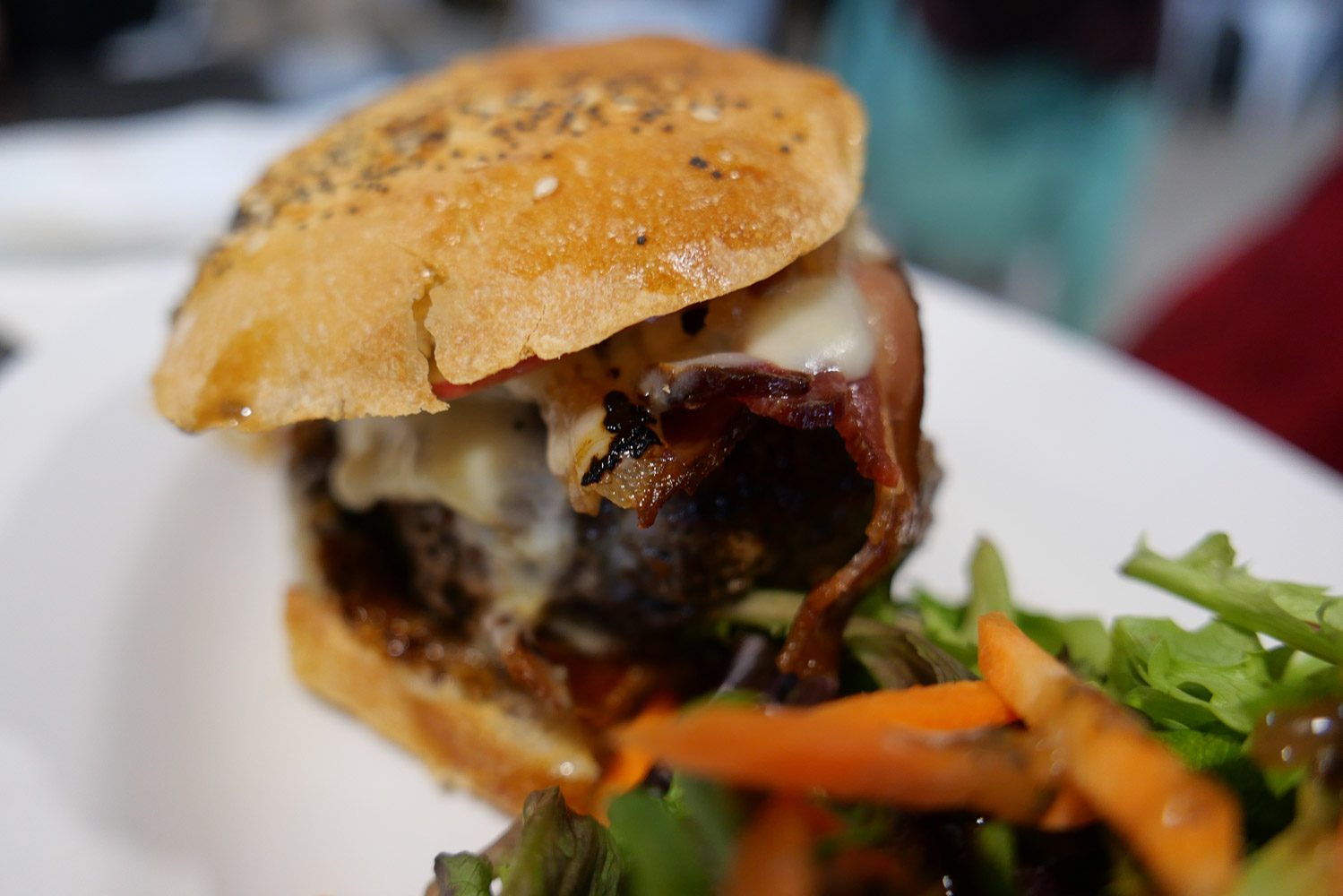
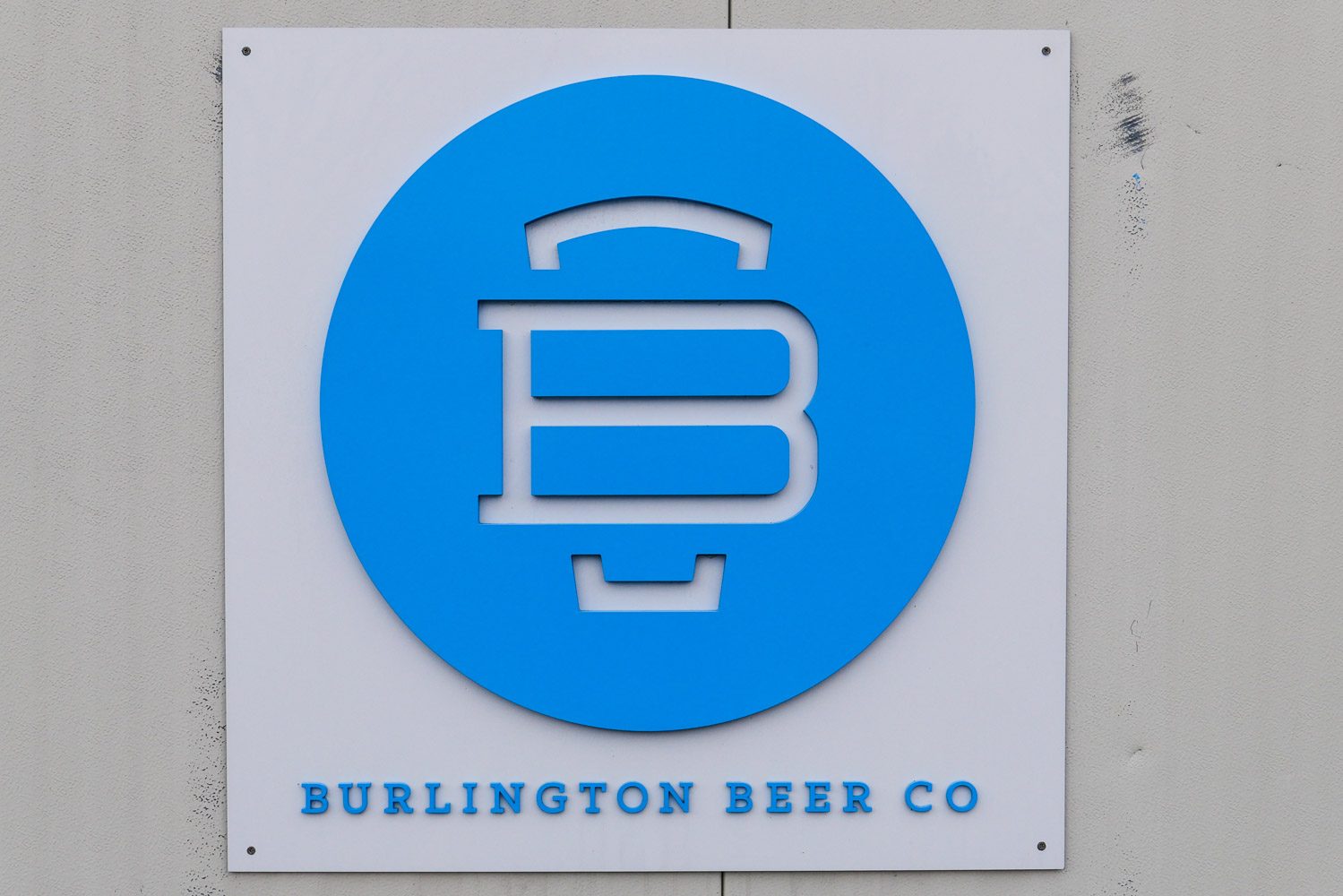
The next Brewery we stopped at was called Von Trapp Brewing and they had more traditional beers I would say which reminded me of Heineken for example. Their beer serving facility was magnificent to say the least and the pretzel with cheese sauce appetizer is highly recommended! Once again the panasonic LX100 II shows off it’s excellent color and depth of field separation capabilities. Also noteworthy is the dynamic range the sensor is able to capture.
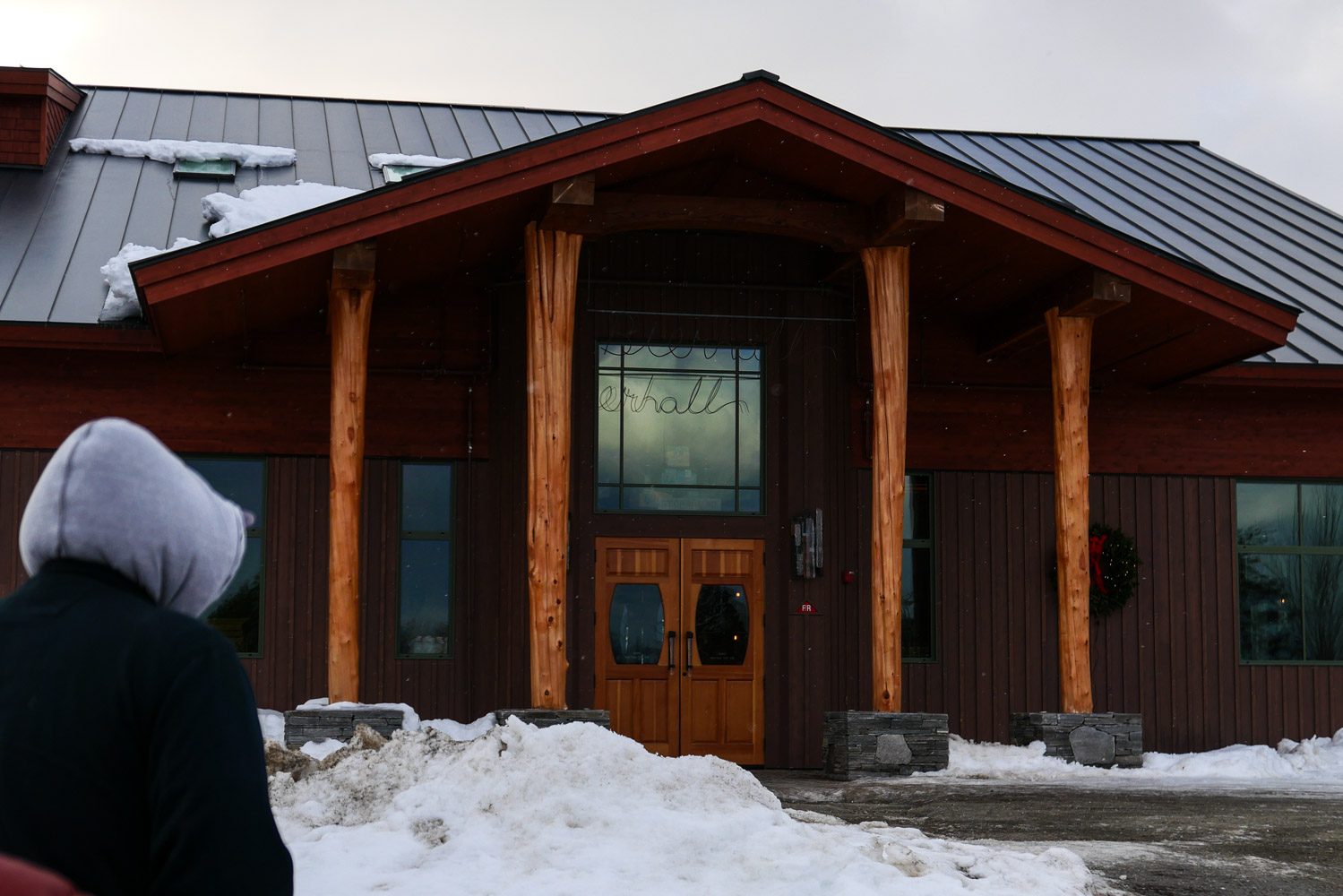
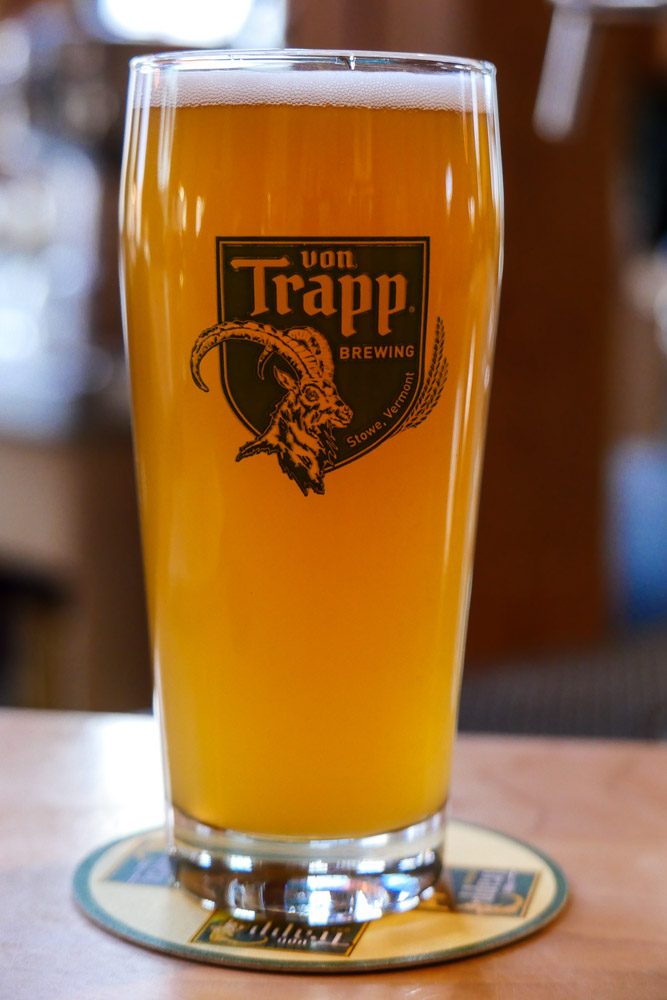
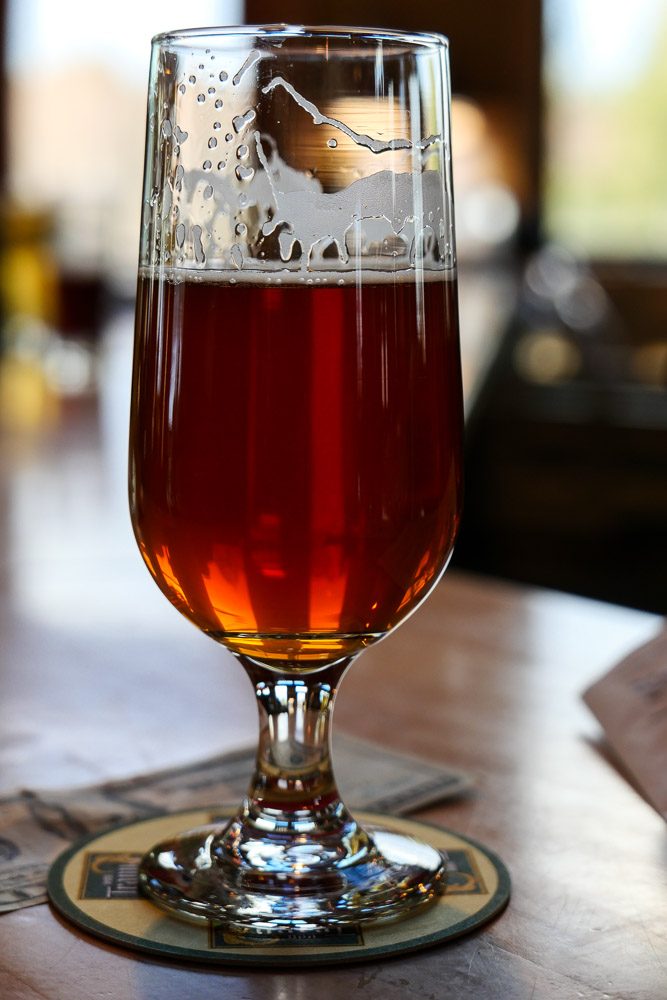
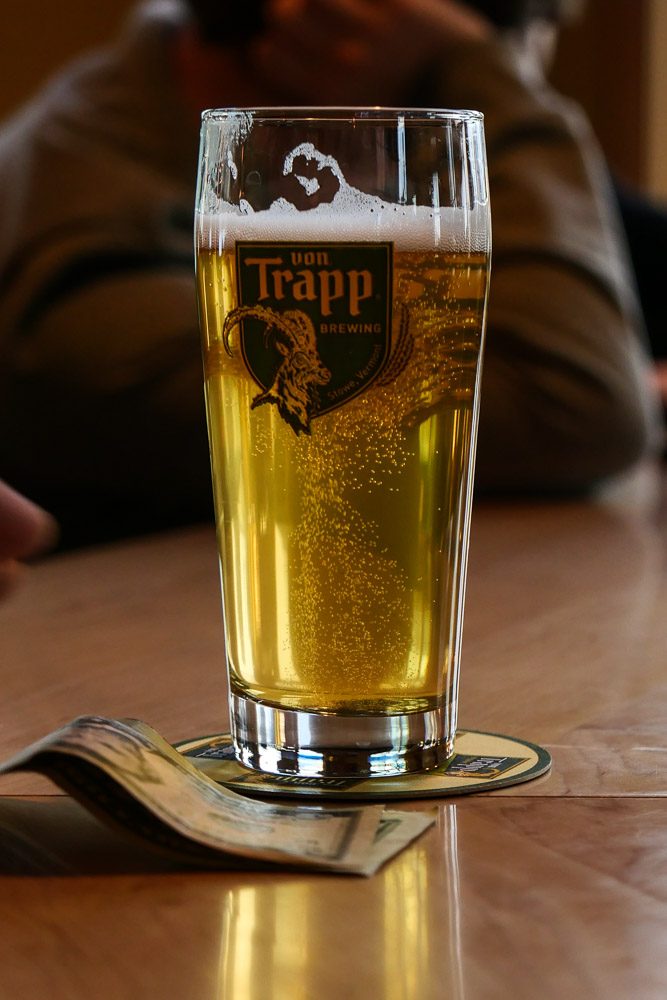
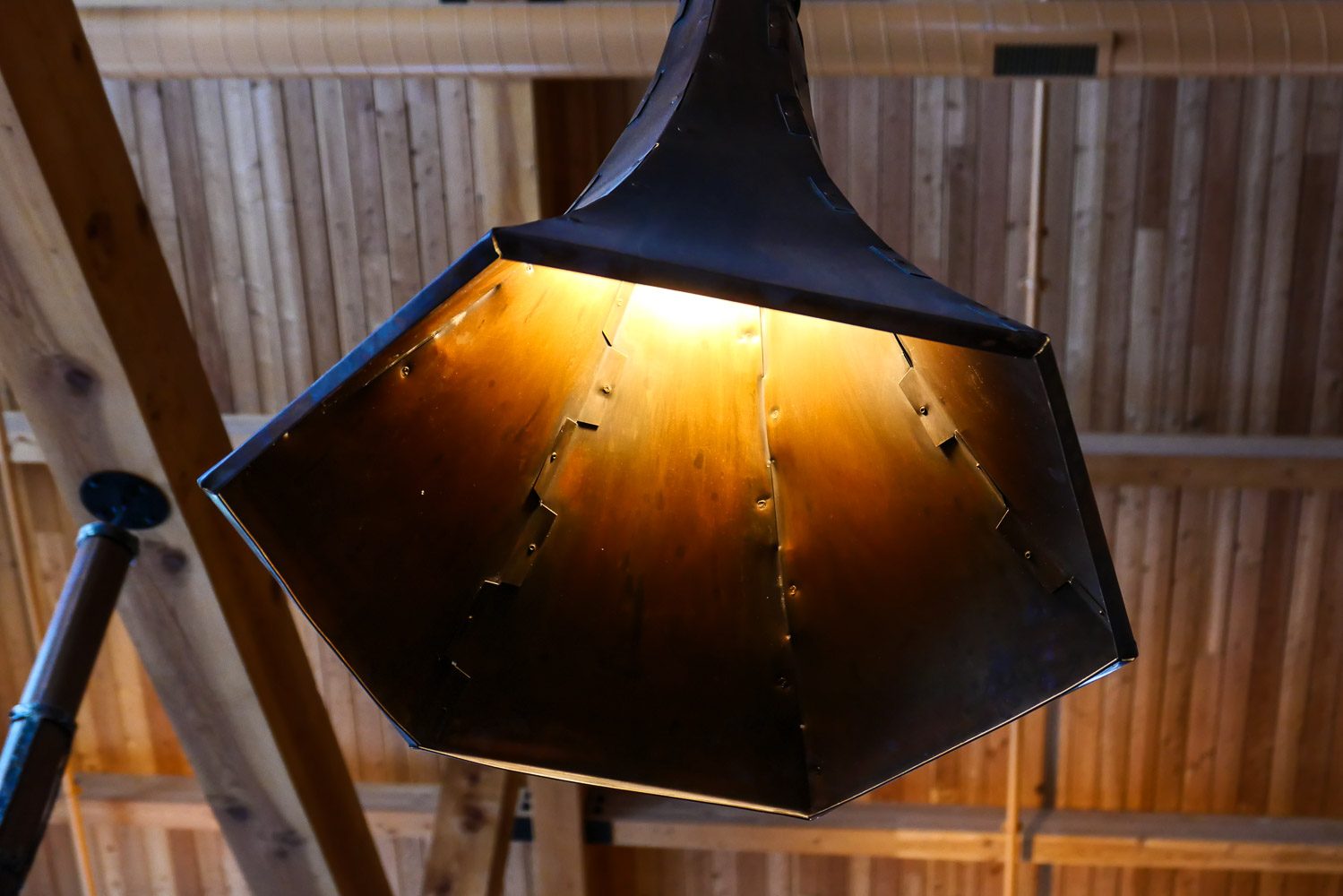
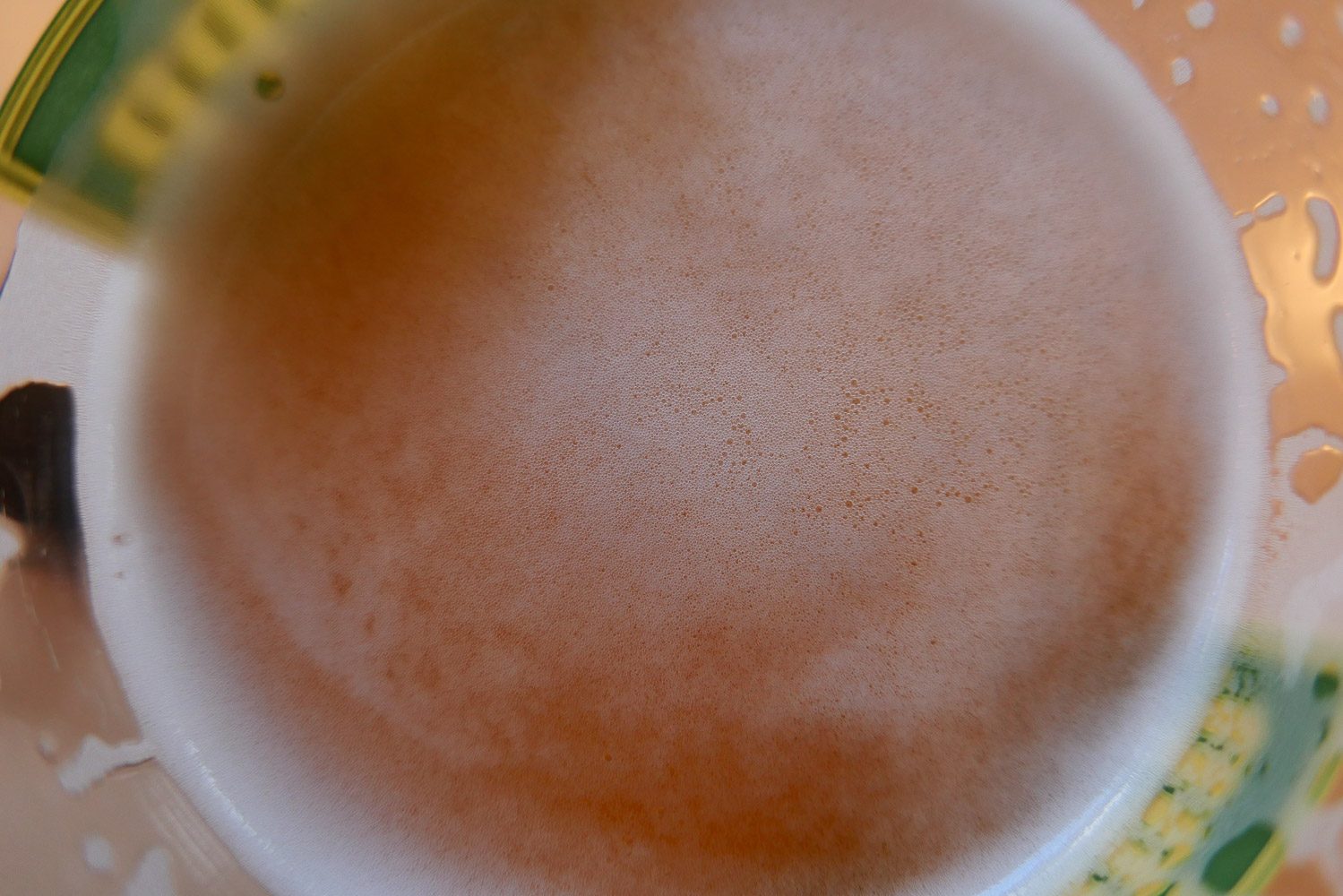
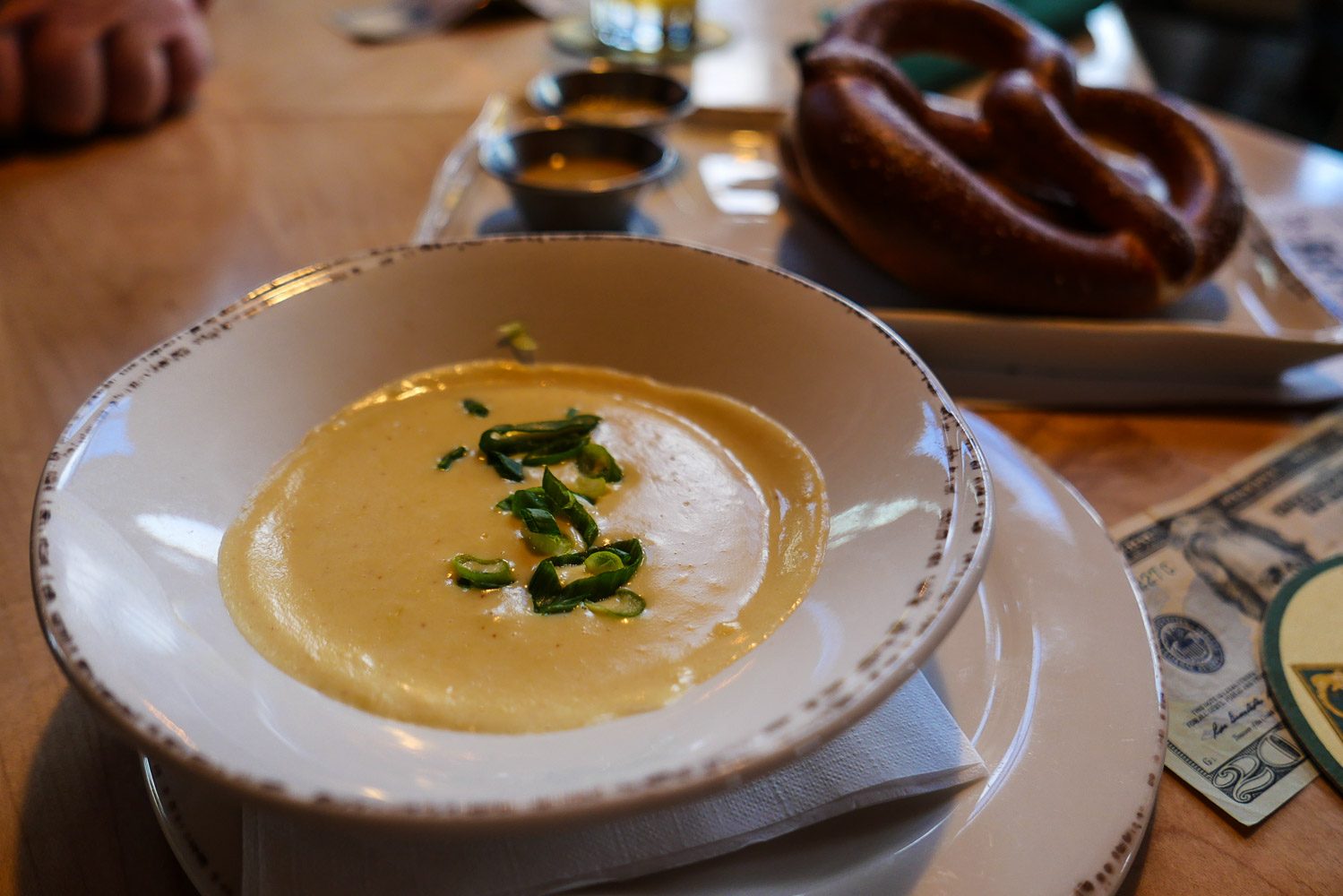
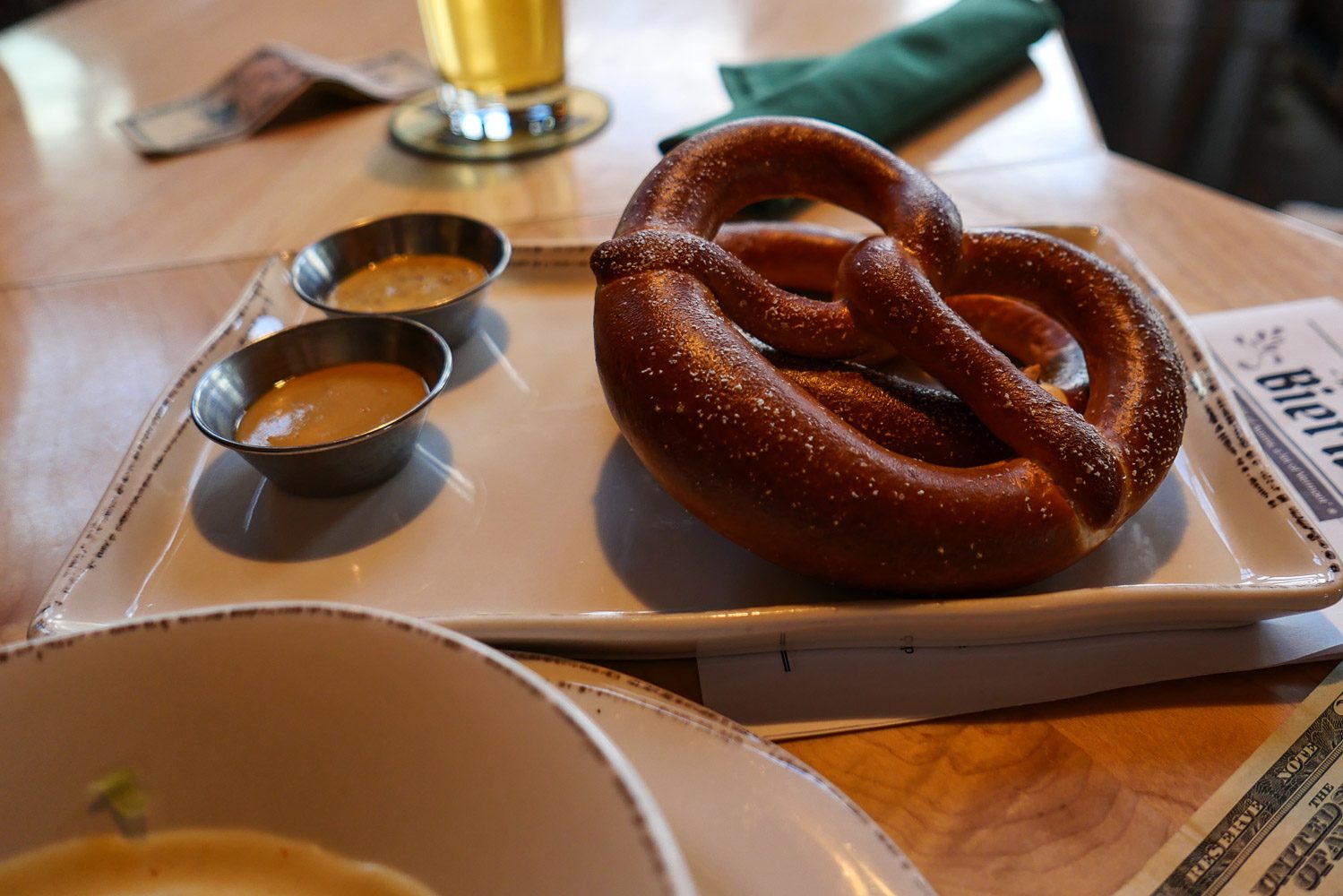
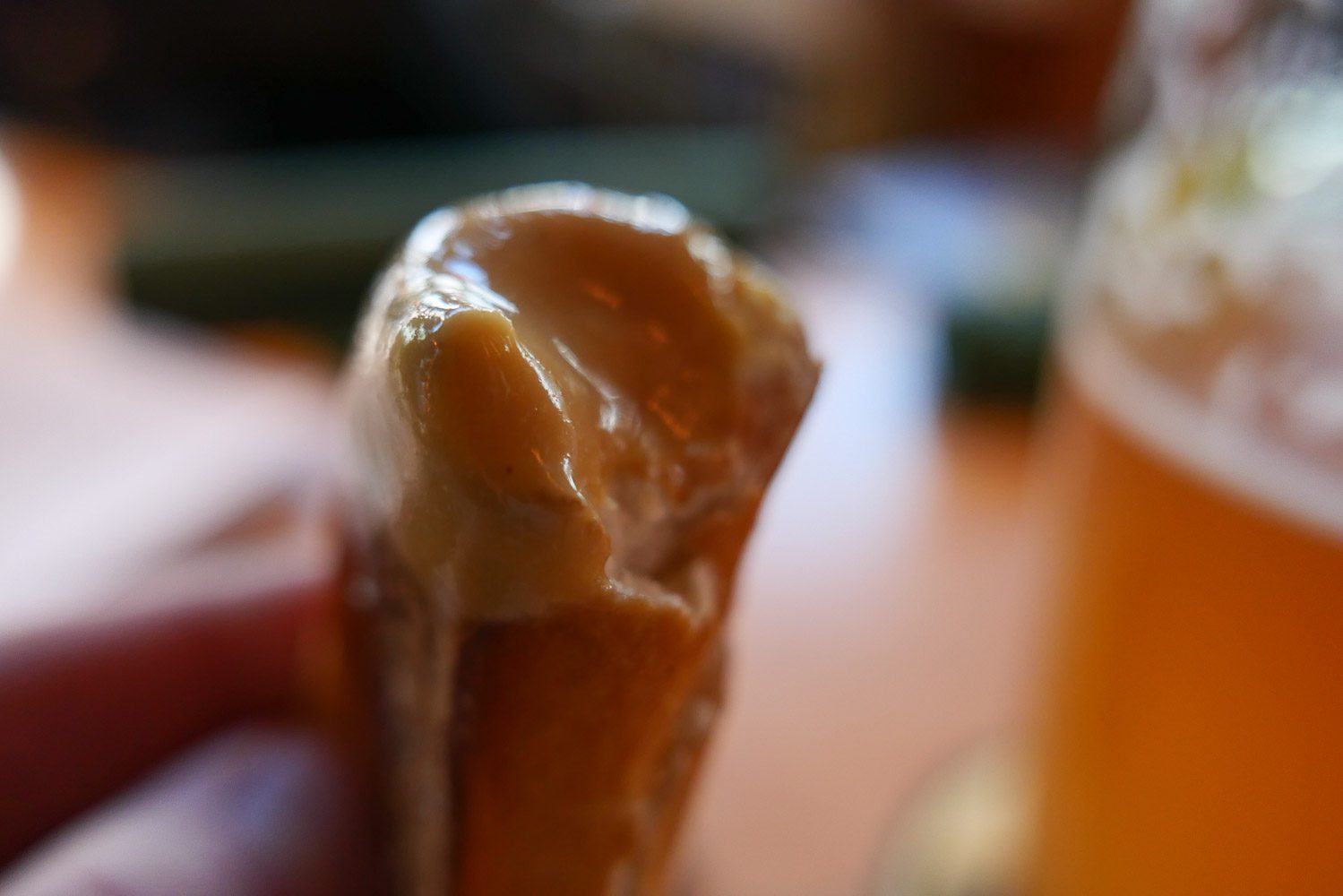
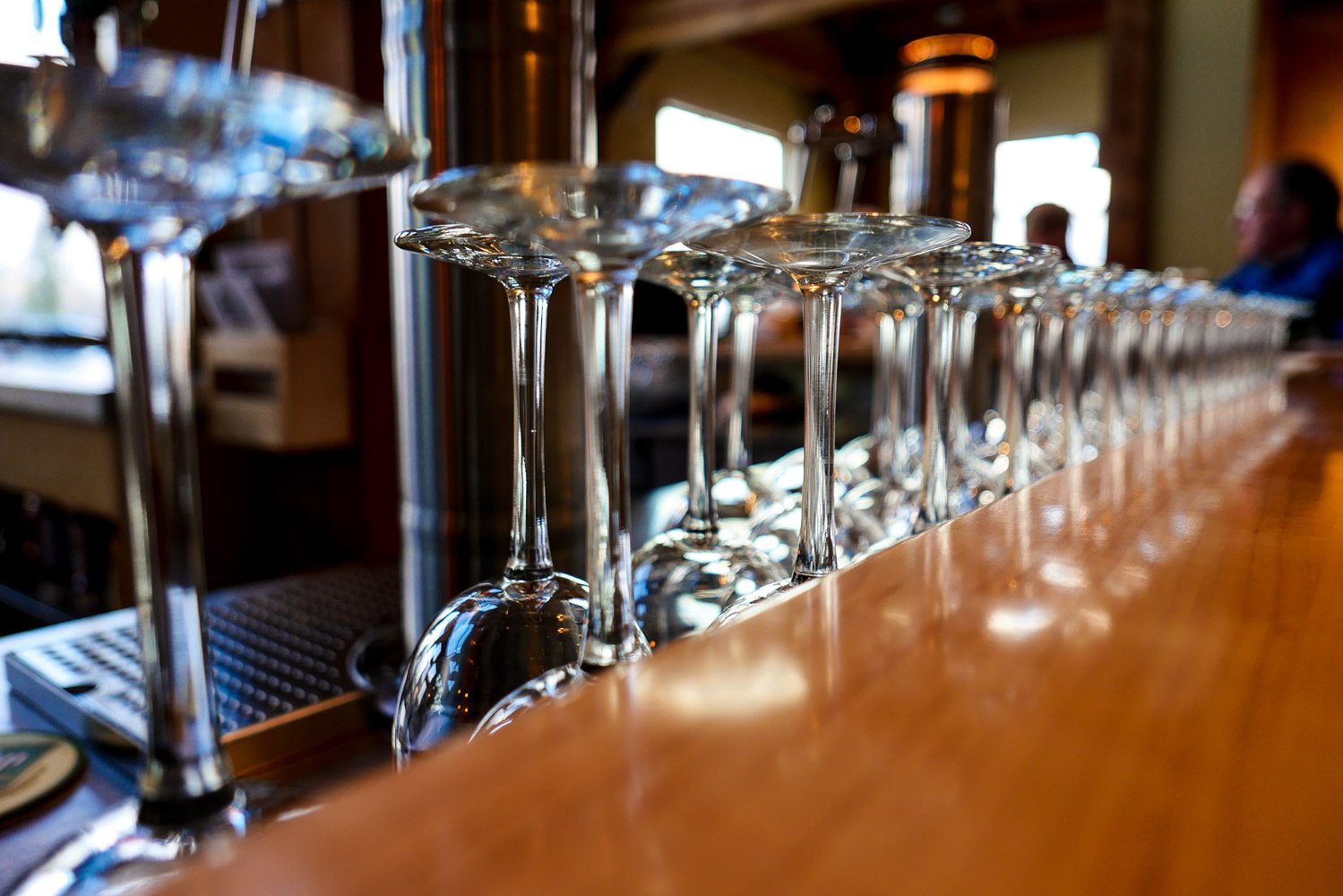
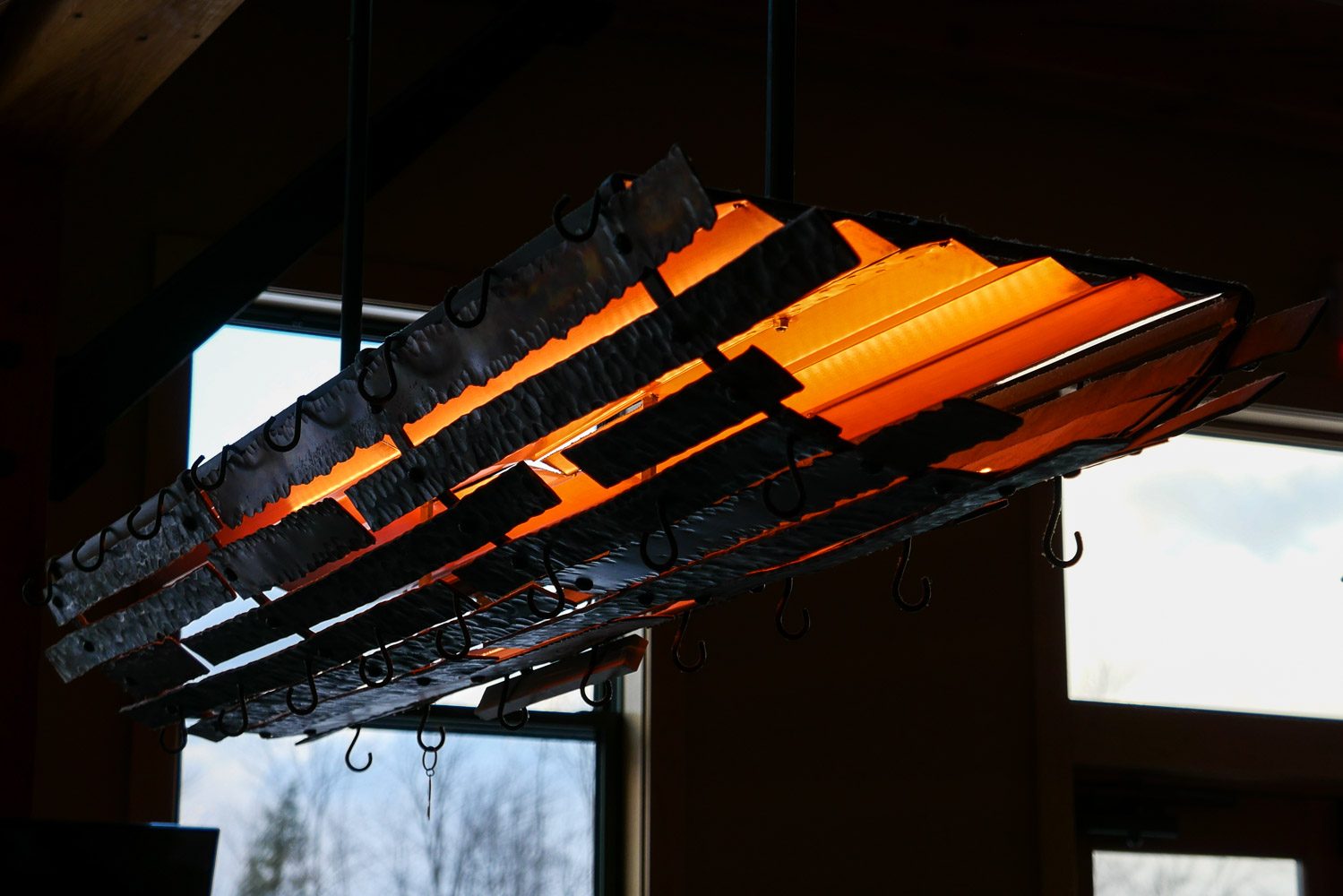
Next we checked out this Brewery called Lost Nation Brewing. It’s known for excellent IPA’s and absolutely killer food. Often times it’s over an hour wait, but we only needed to wait about 1/2 hour for a table. It’s a fairly small place and always a full house. Highly recommend it! As you can see the panasonic LX100 II is more than capable of capturing the scene effectively 😉
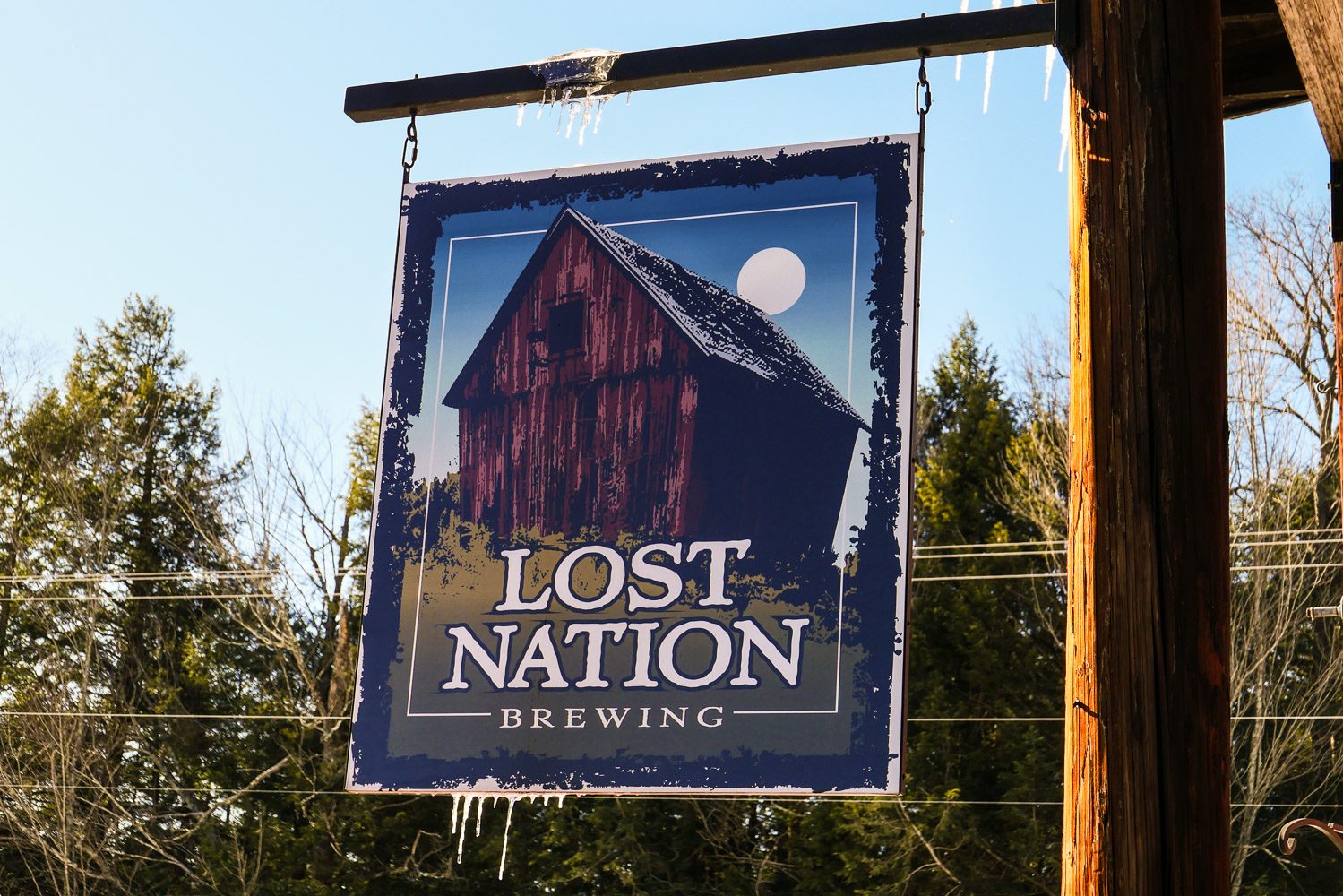
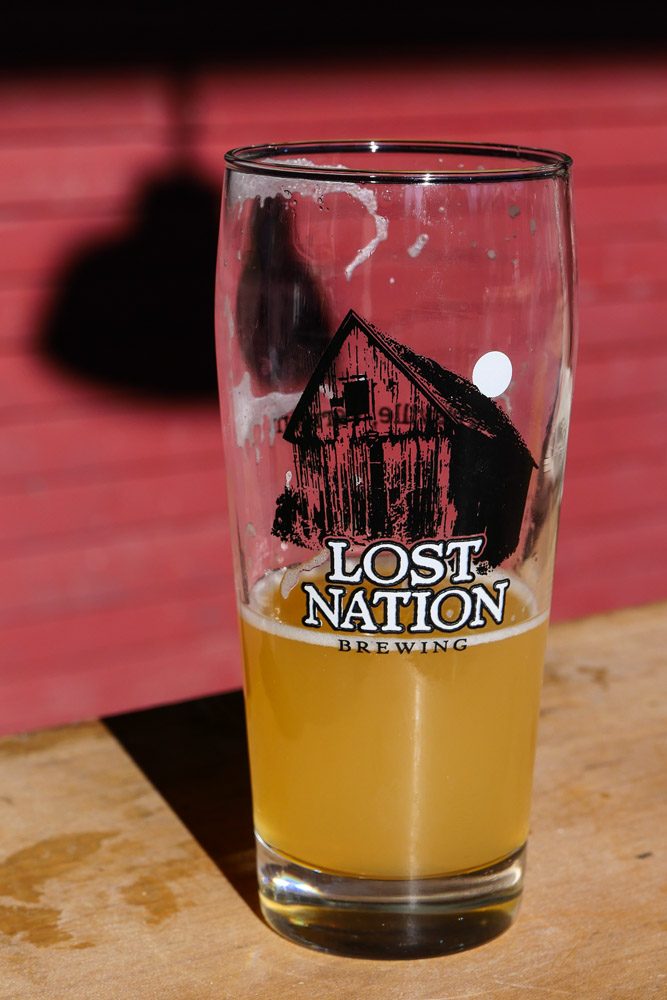
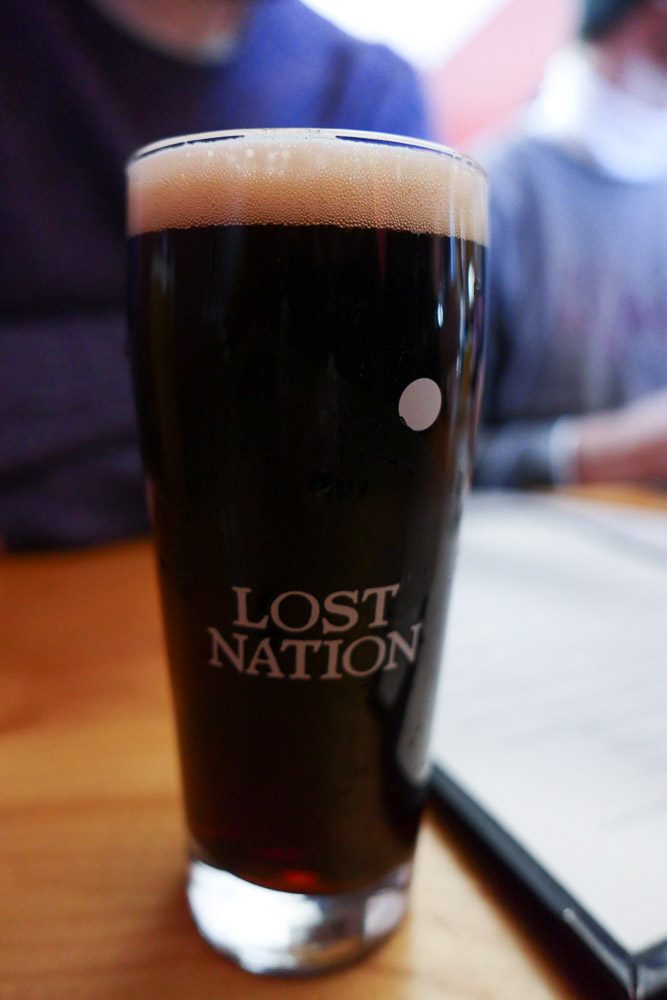
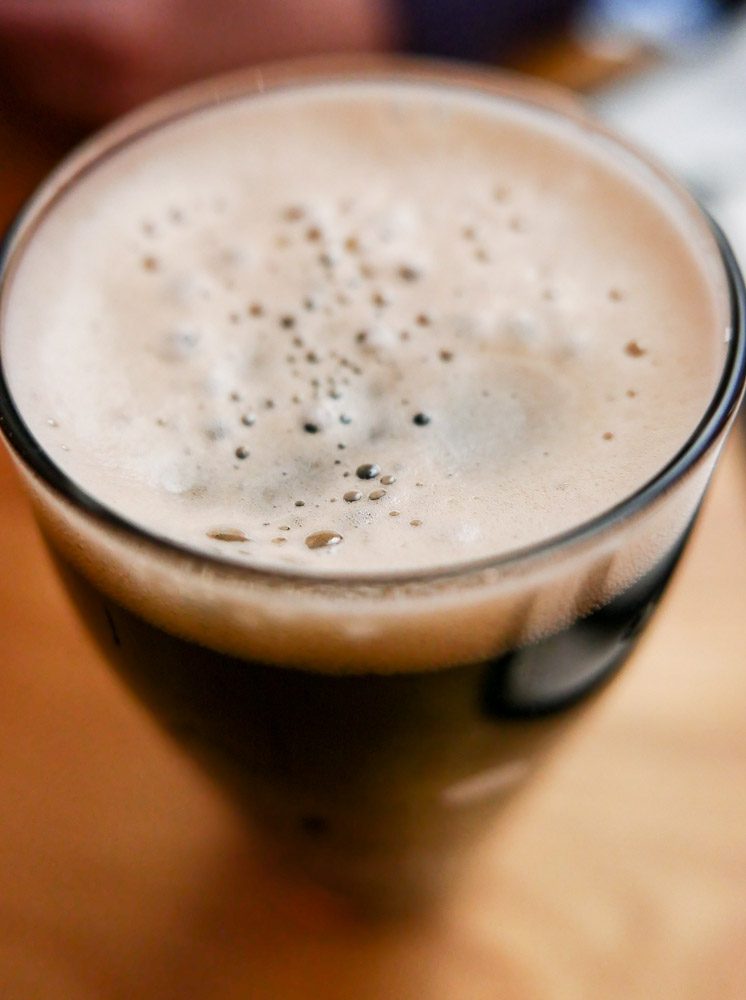
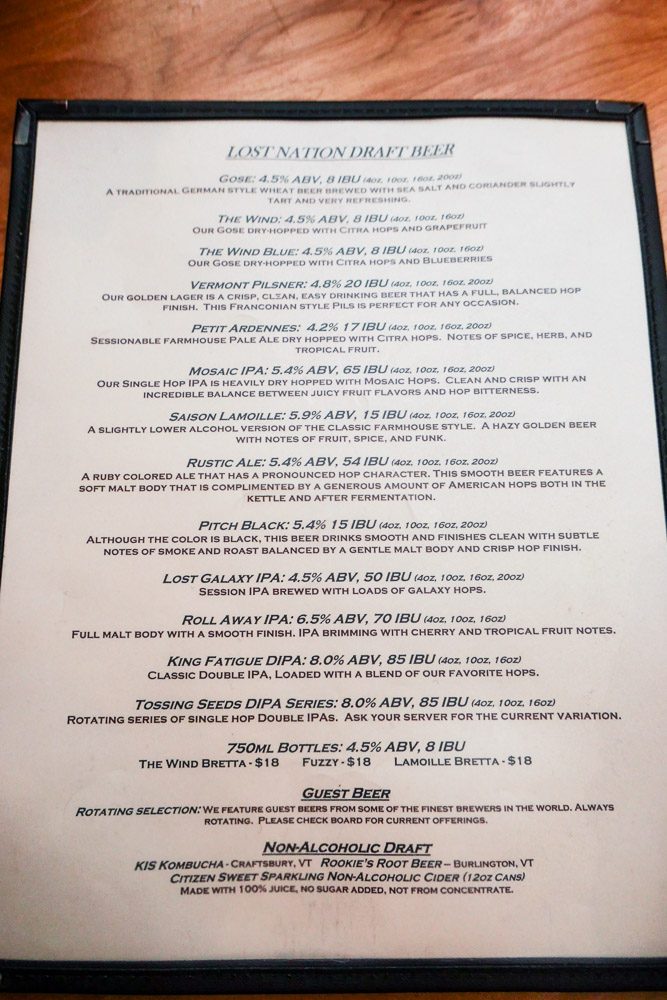
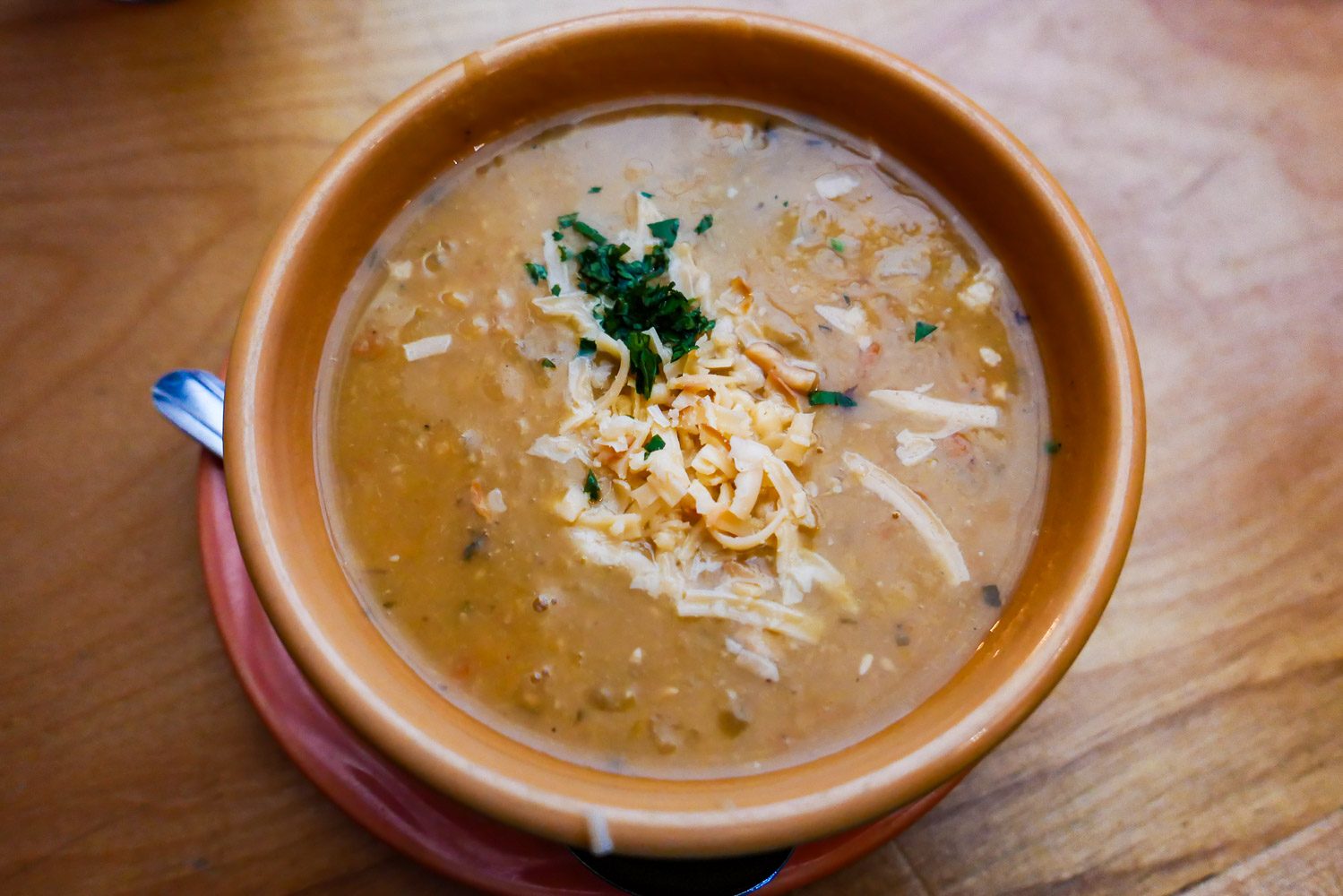
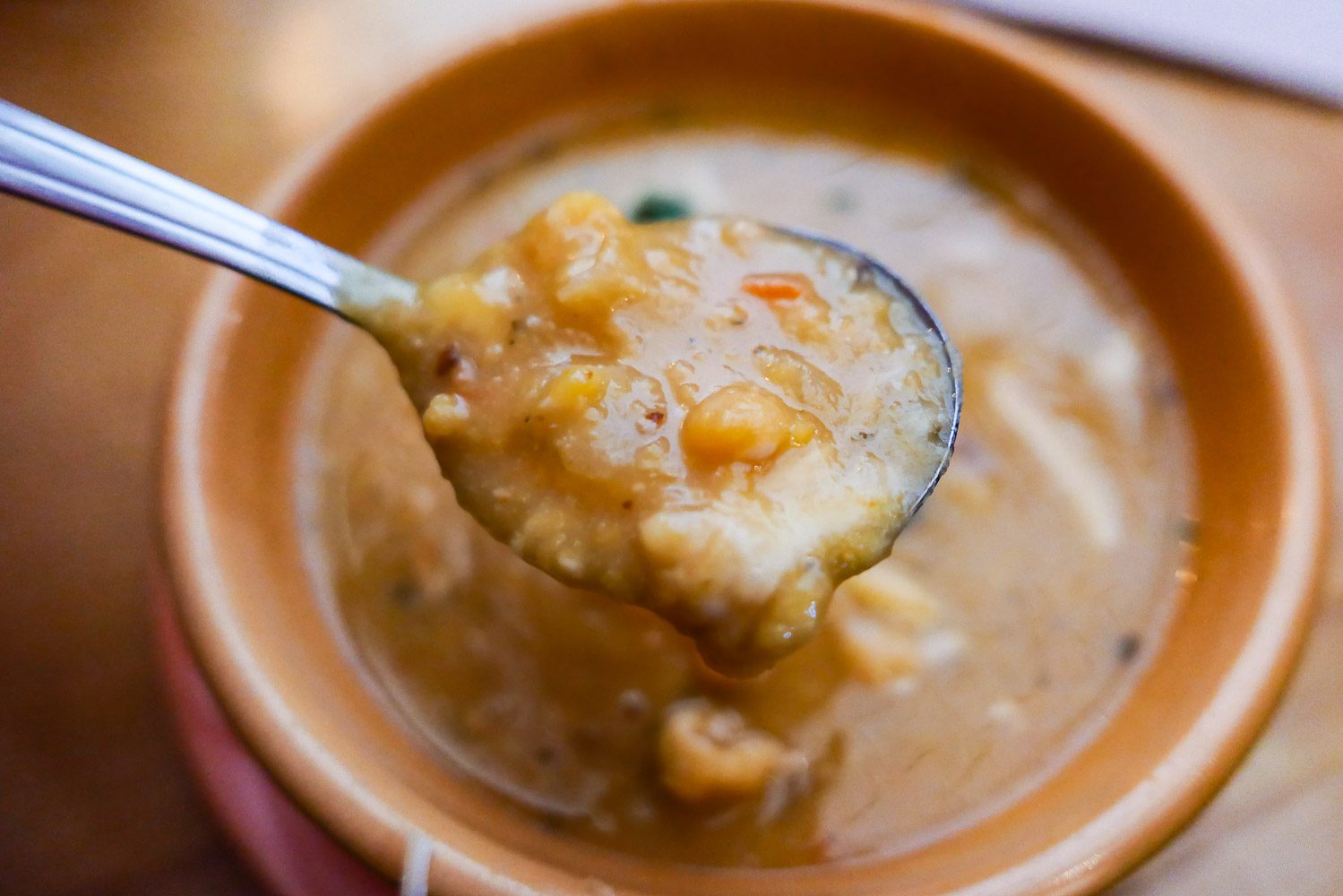
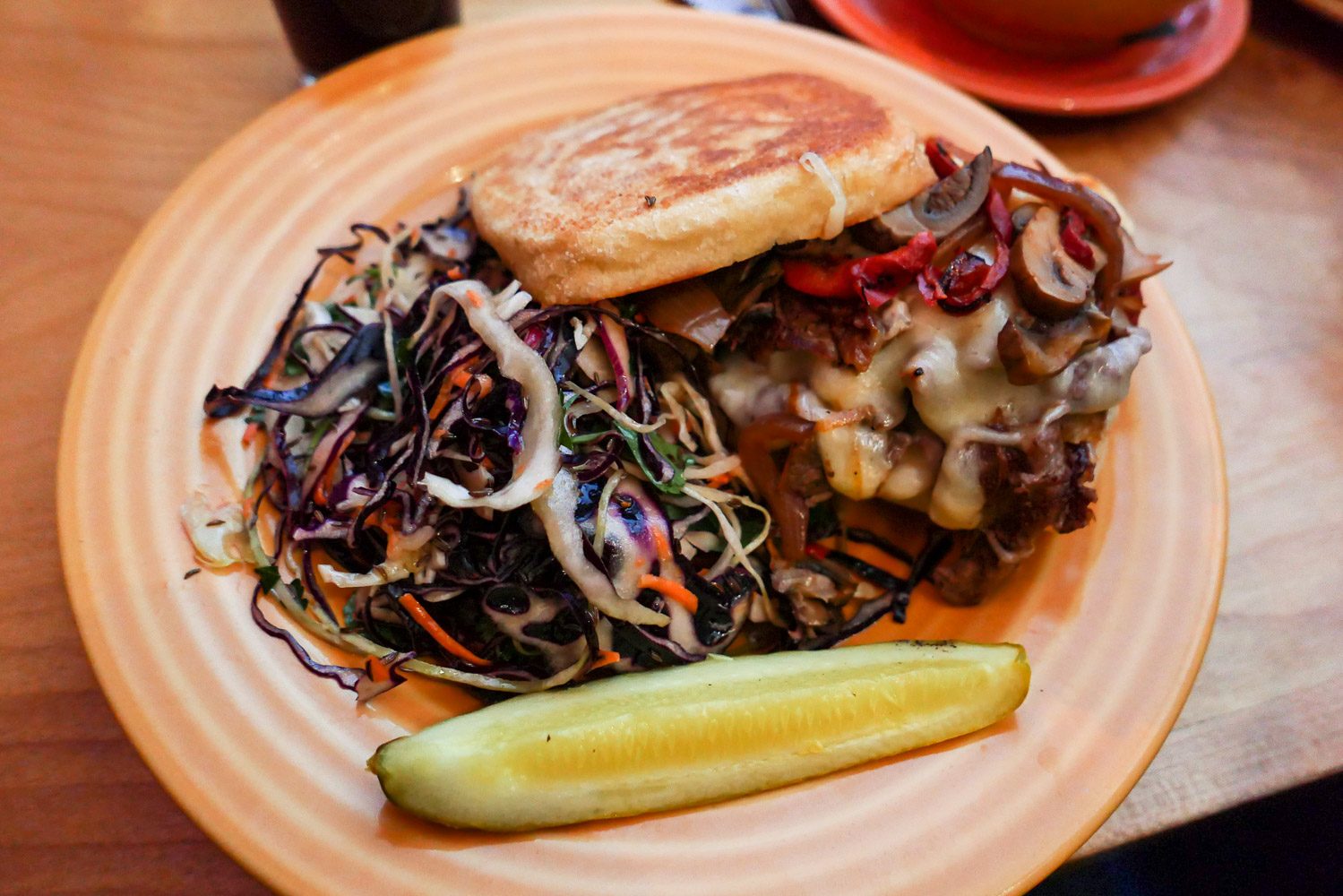
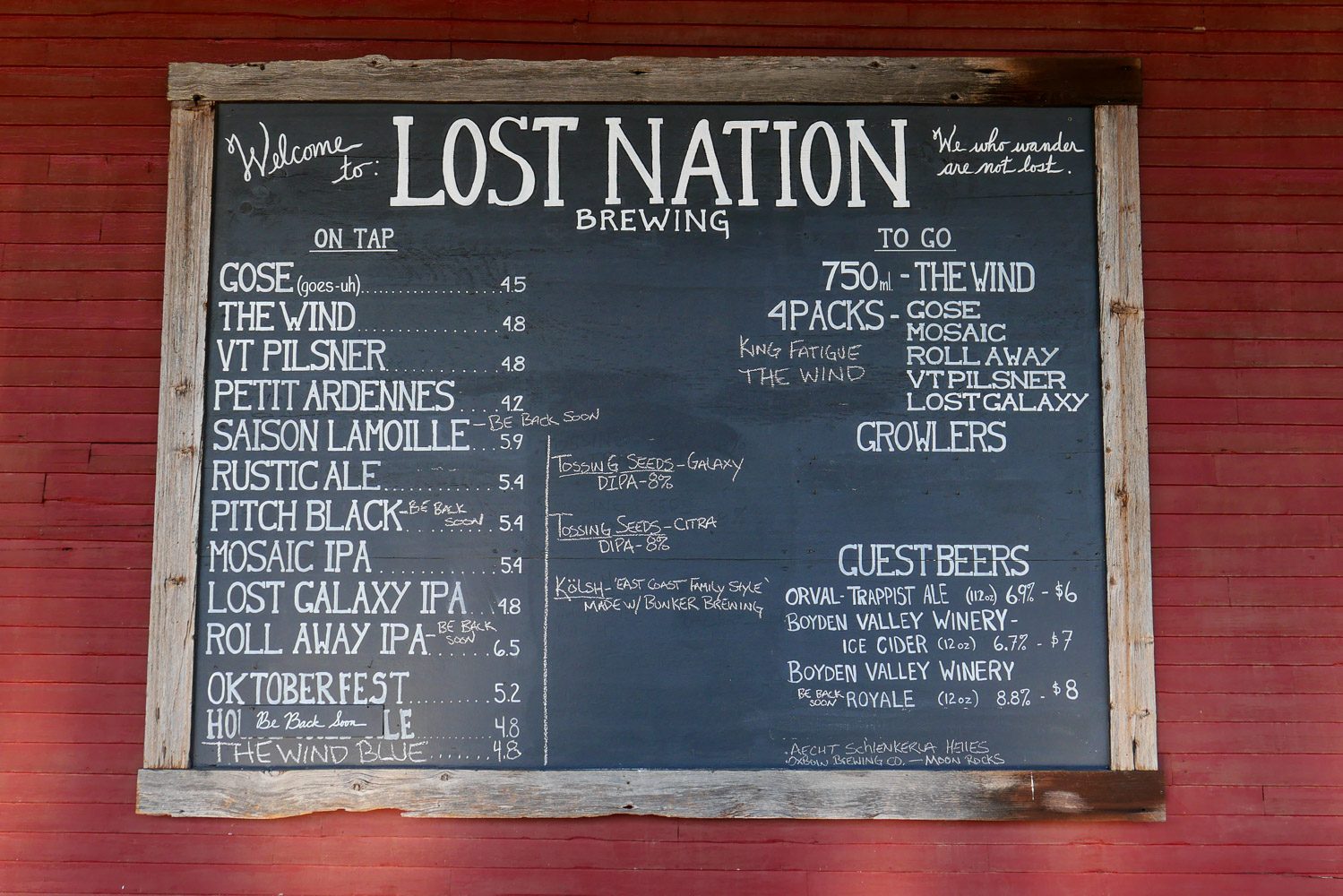
The last brewery we went to was by far the most incredible to see. It’s called the Alchemist and they have been around for quite a while. The word on the street is they pretty much started this insane IPA beer craze that is currently underway. They had some pretty excellent samples that they were giving away for free. You just wait on a short line and pick your choice from the taps they have flowing. I enjoyed the Focal banger the best… I highly recommend checking this place out if you are in the area. Also, the Panasonic LX100 II did a more than fine job capturing the details of this establishment.
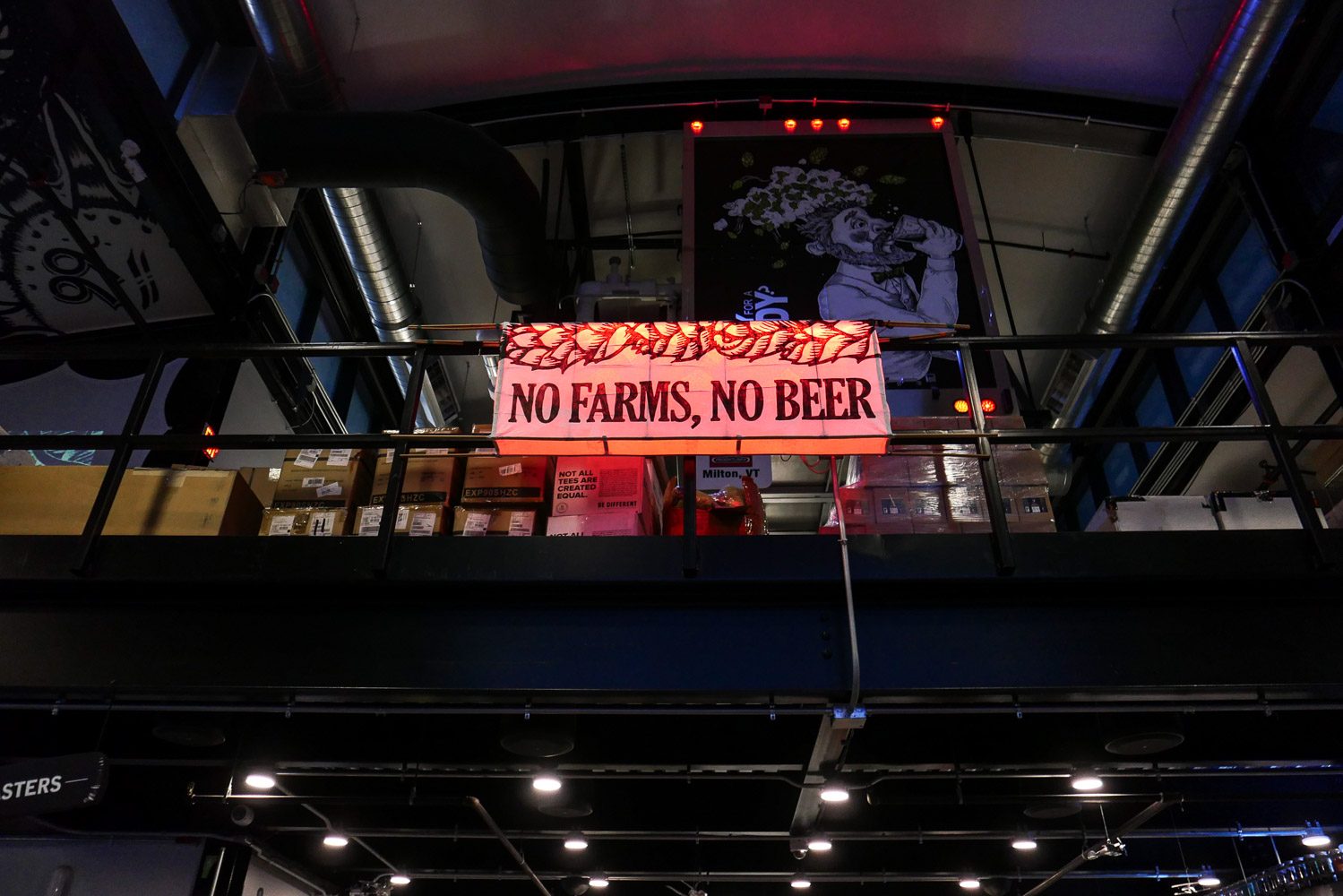
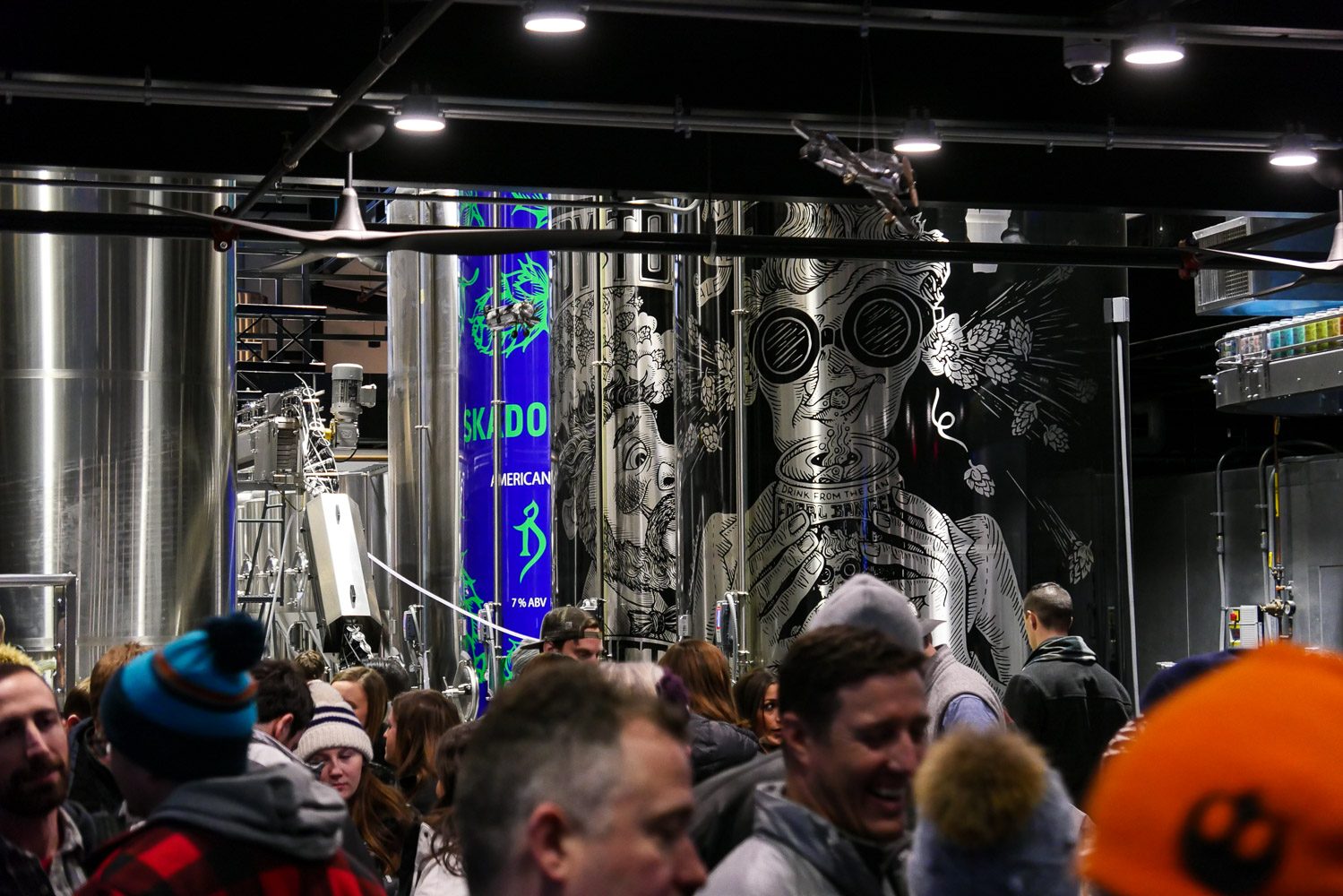
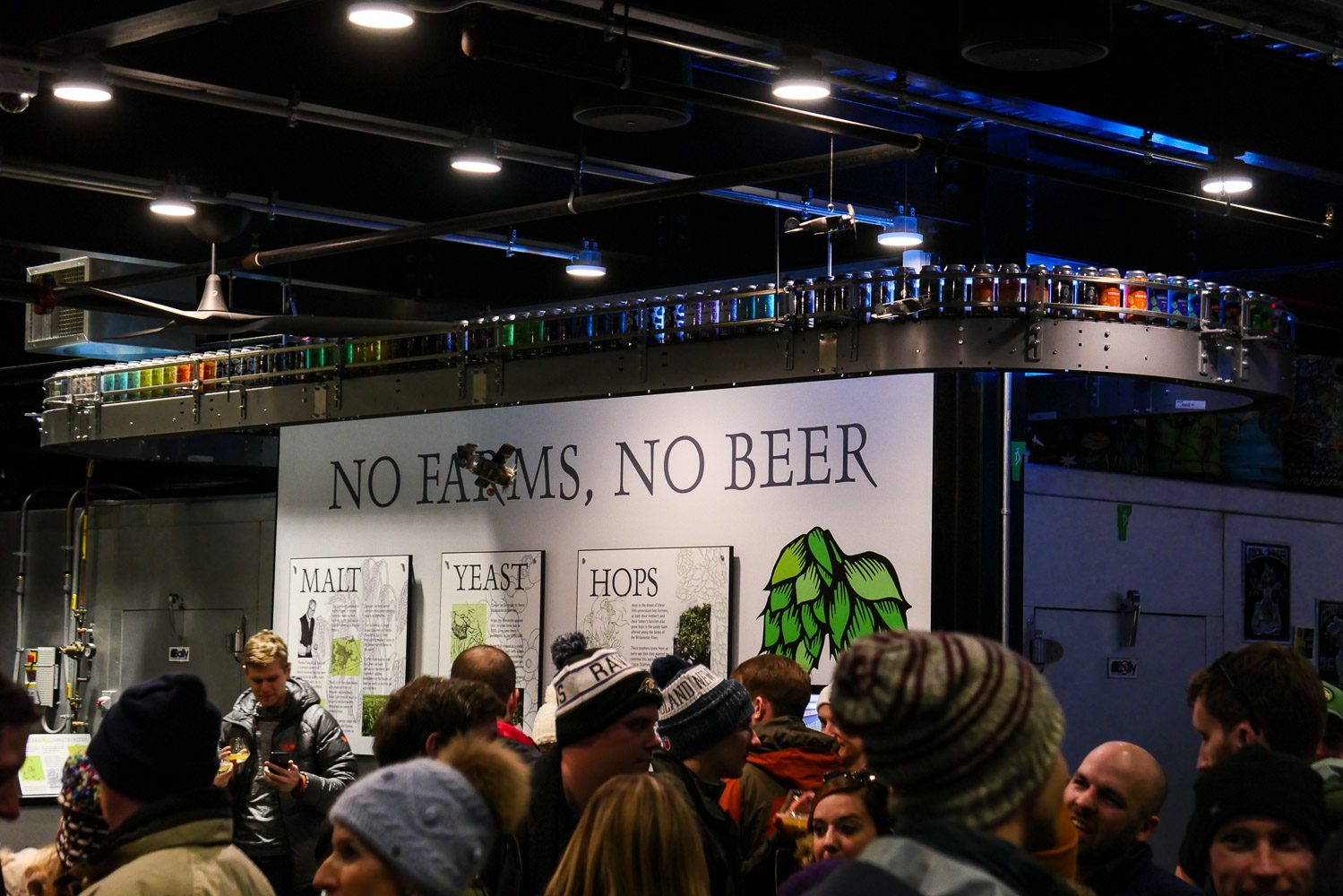
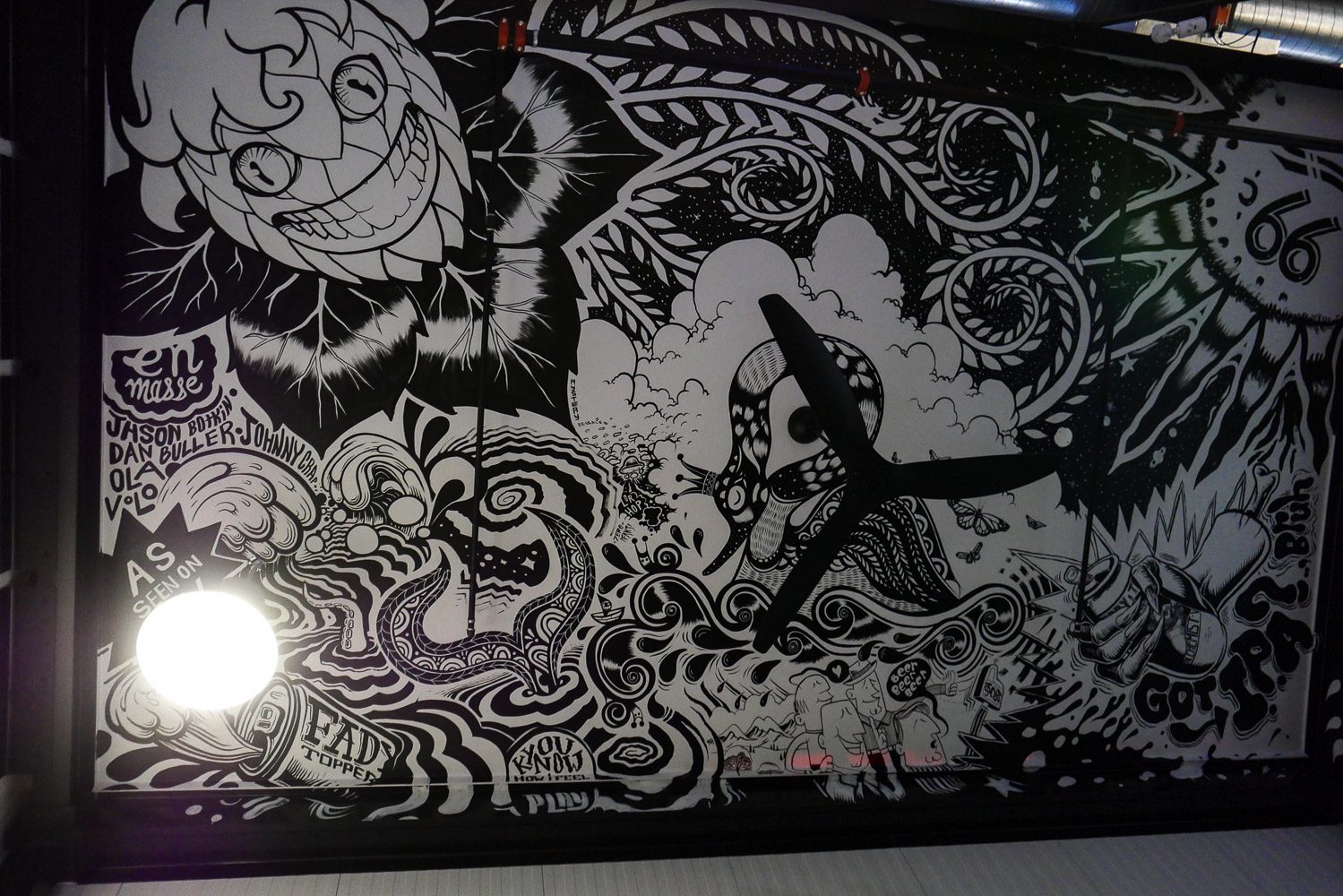
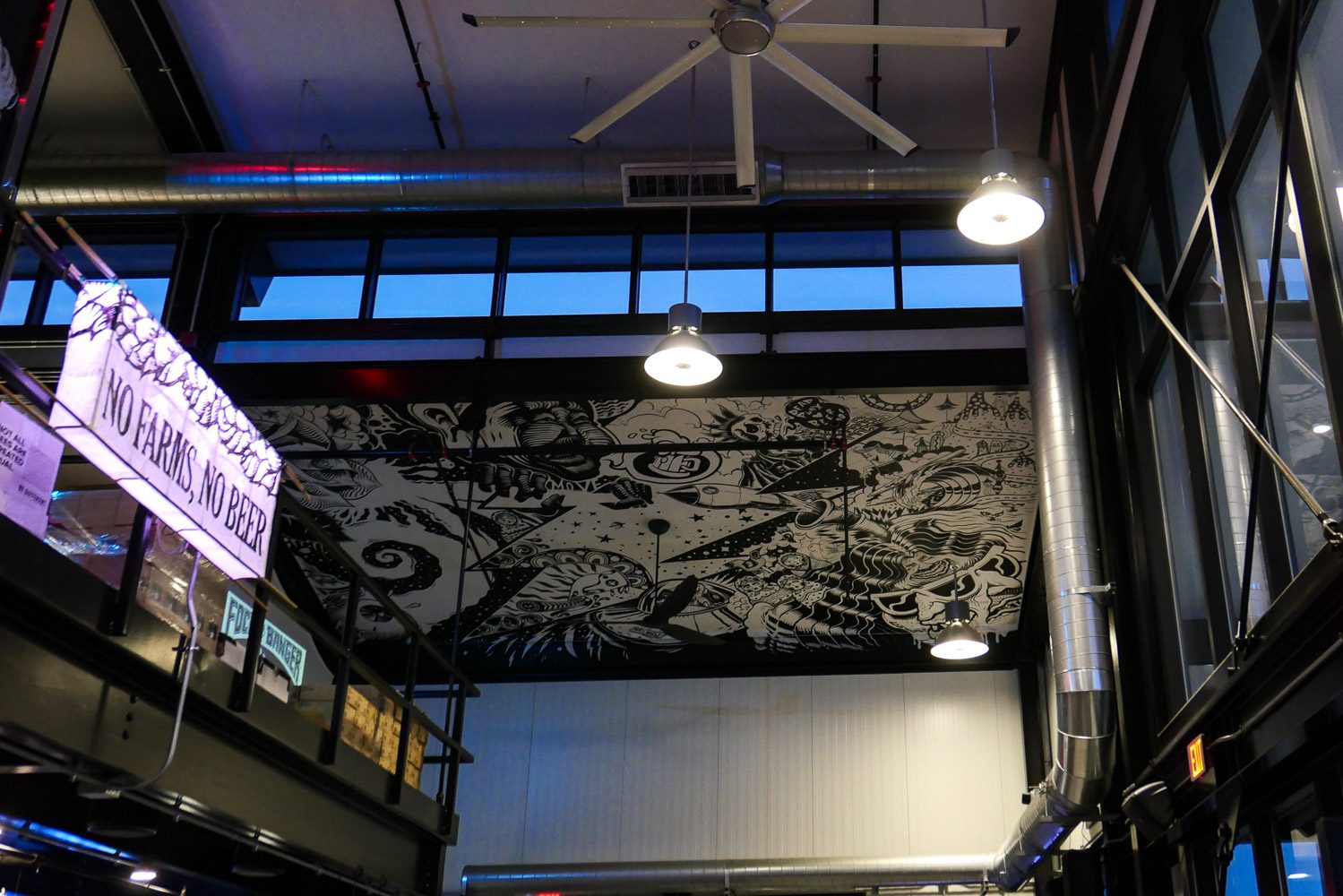
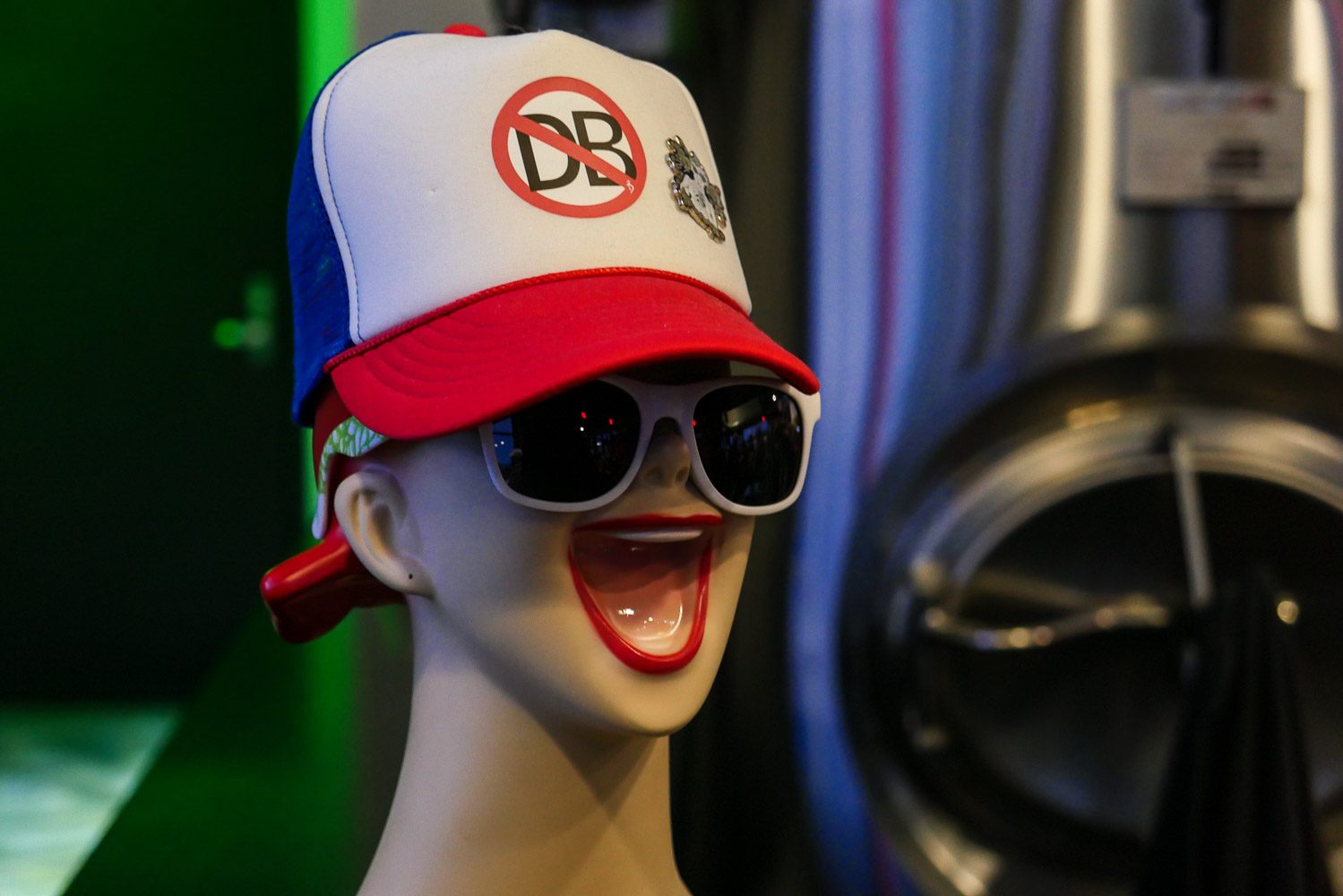
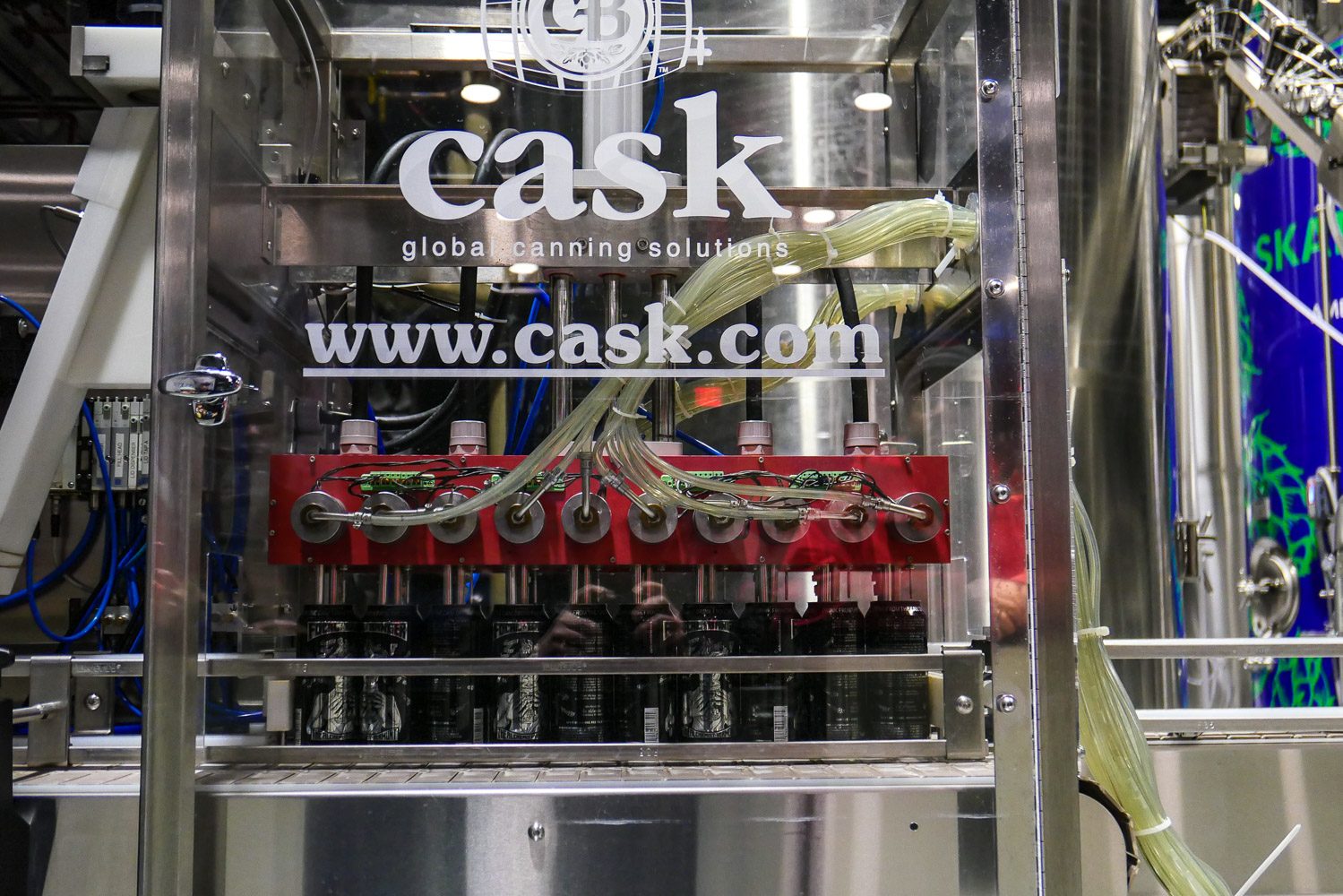
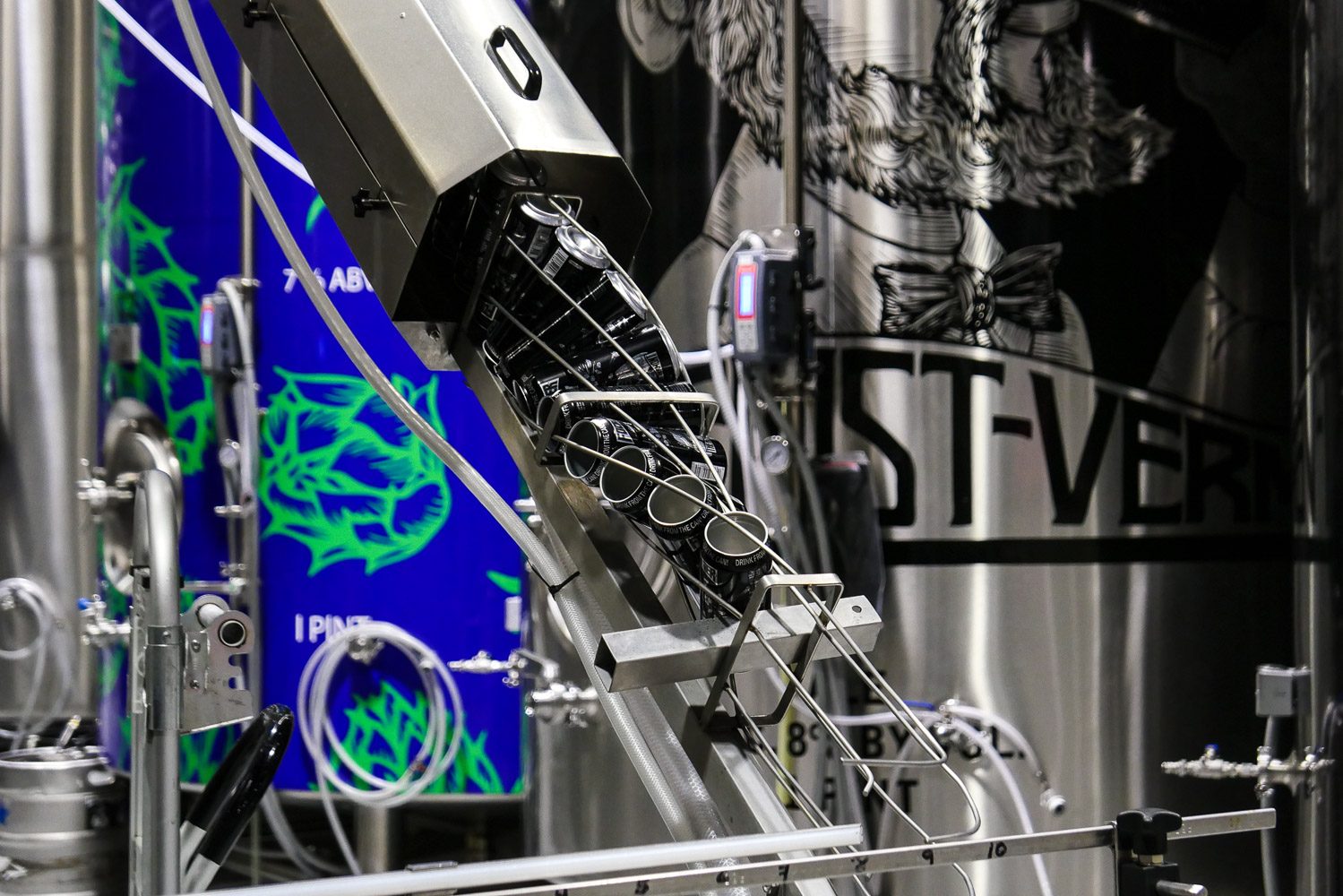
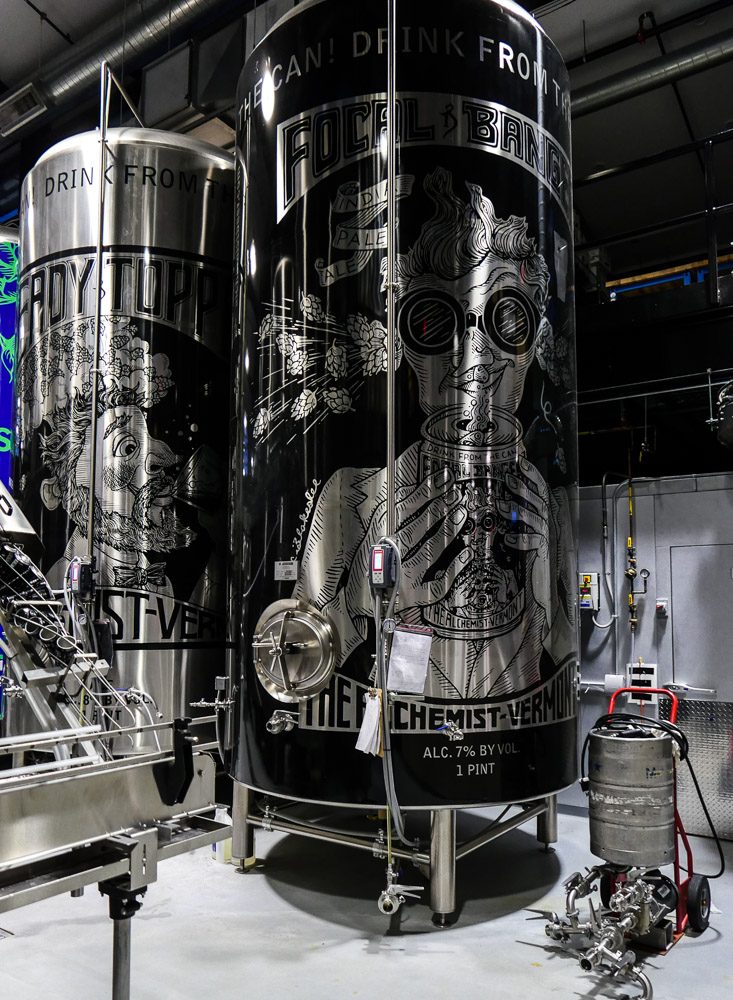
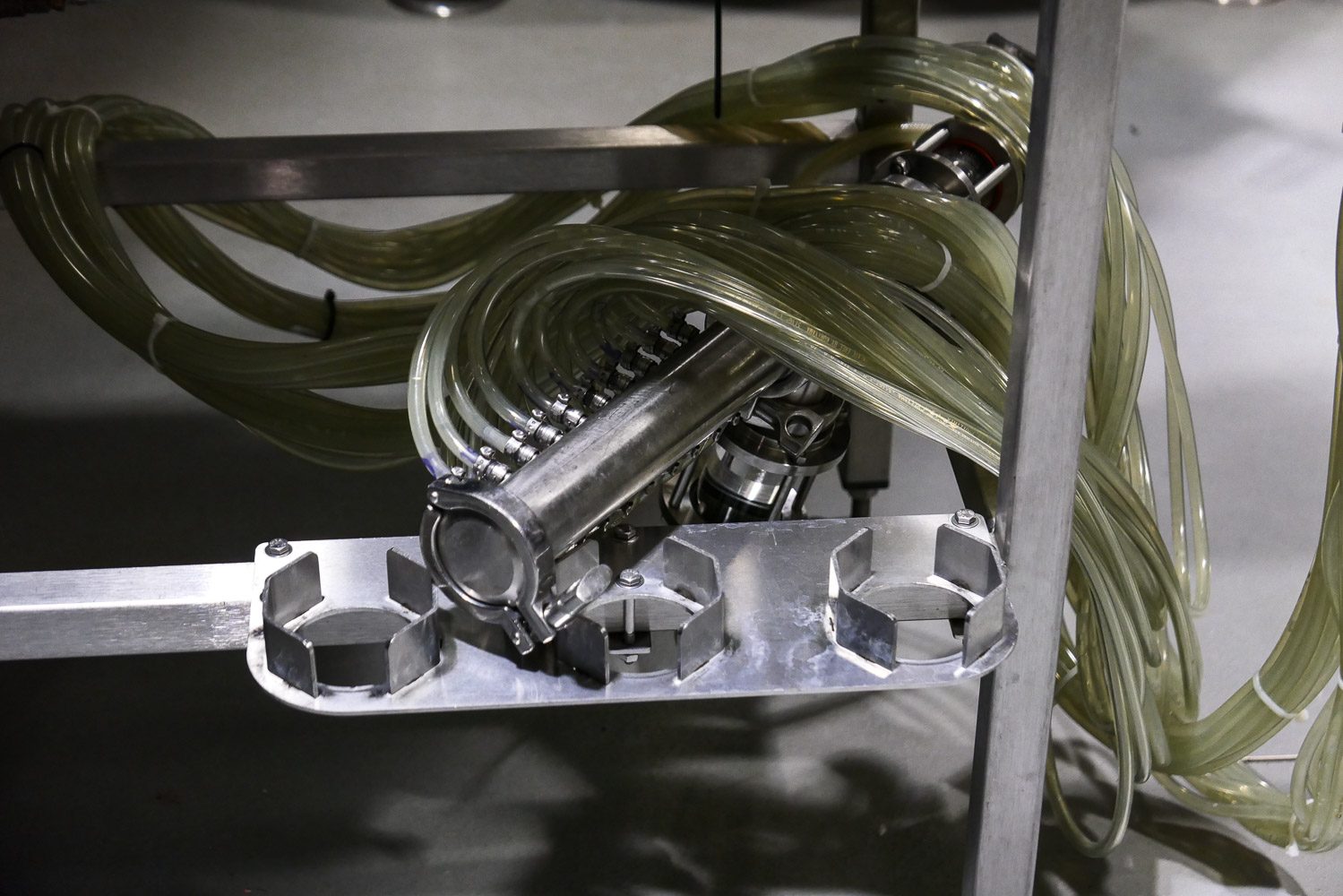
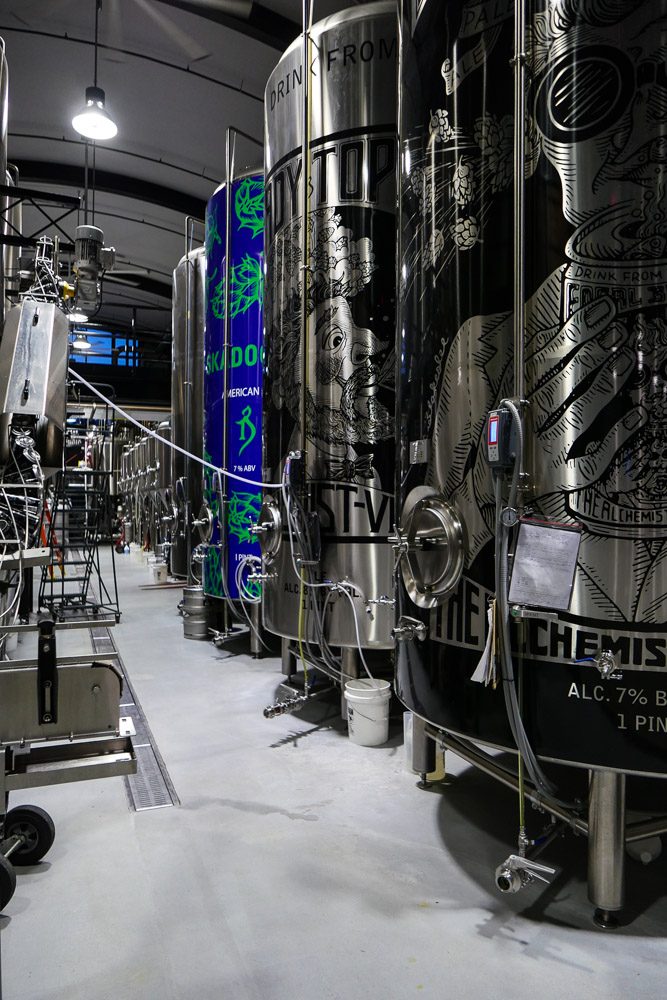
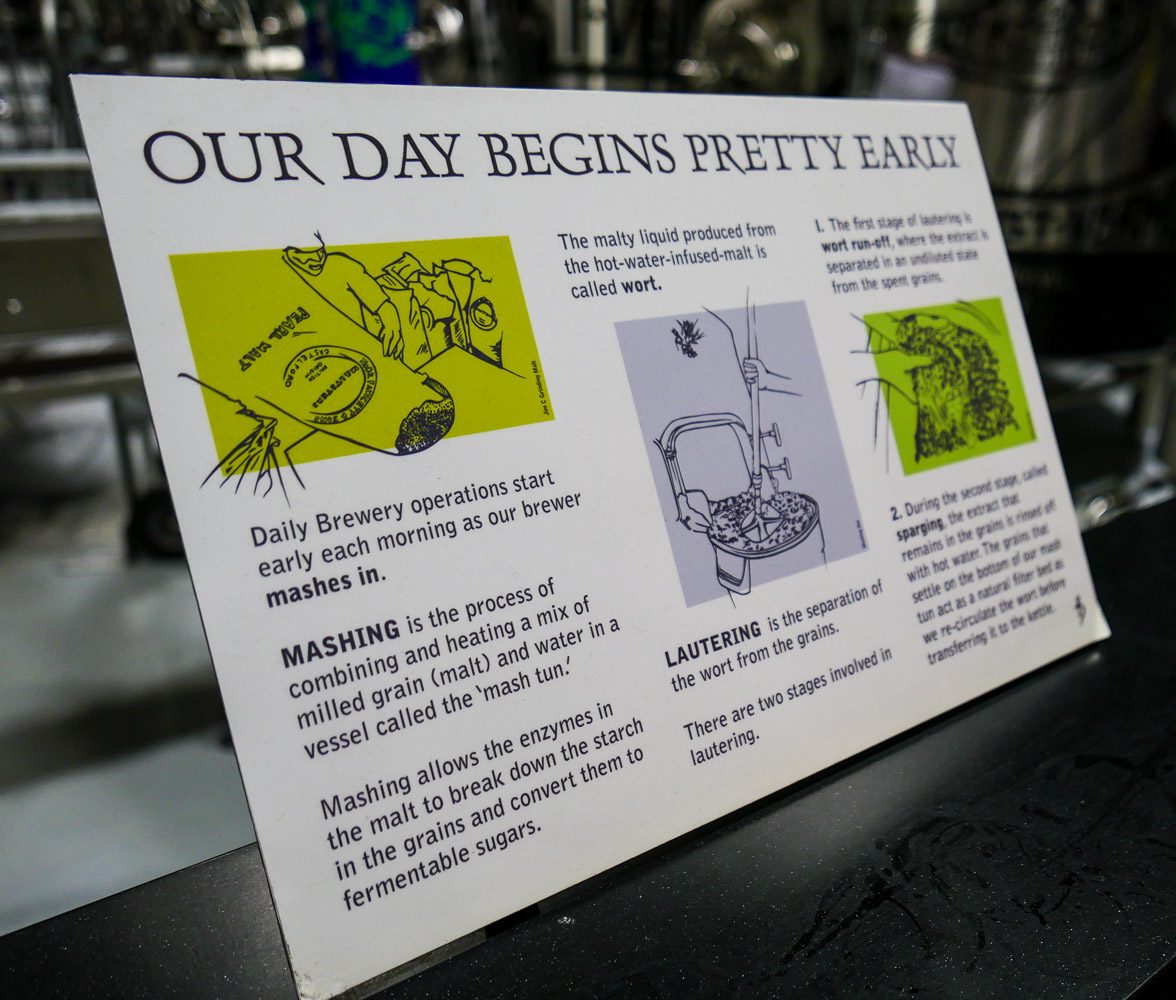
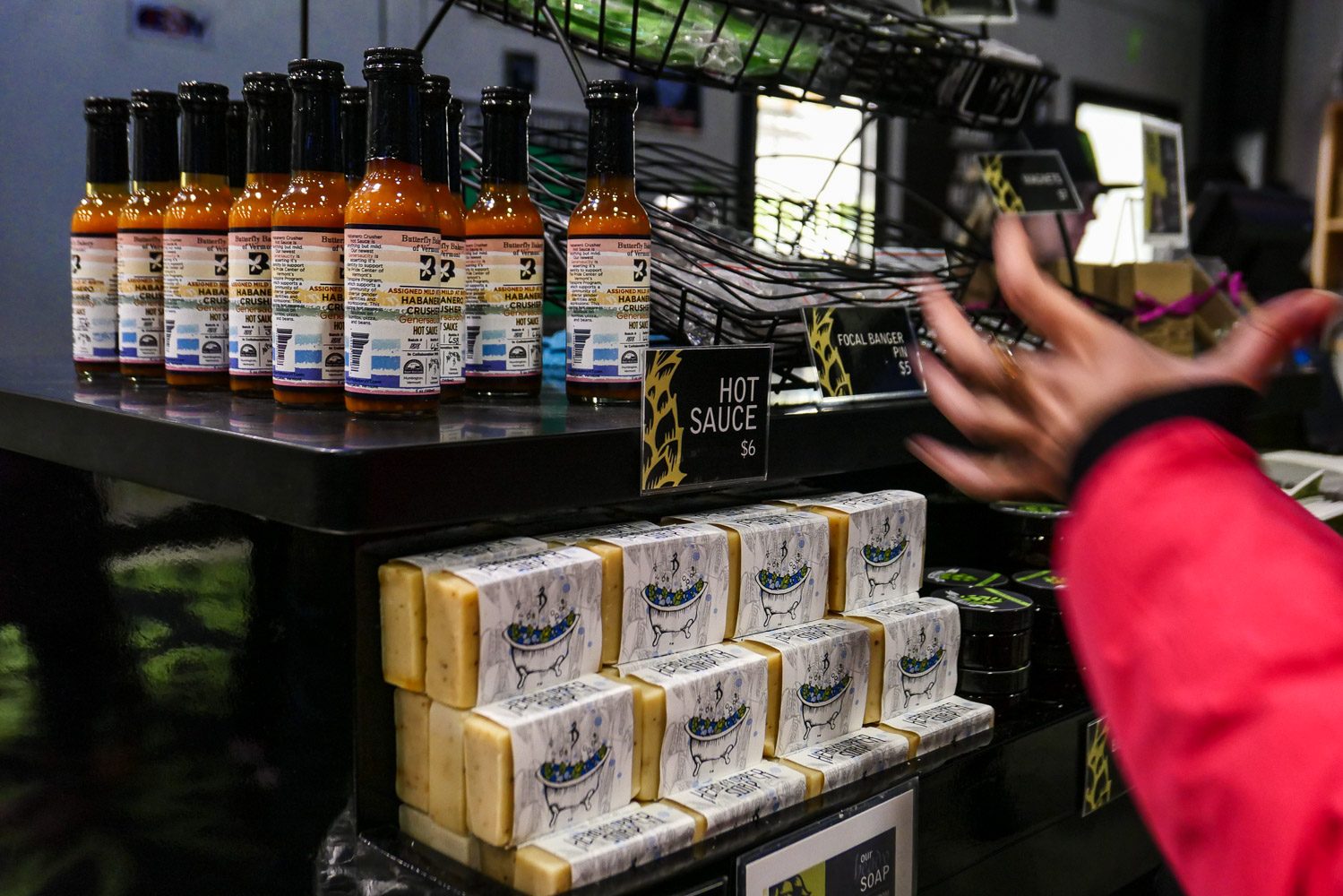
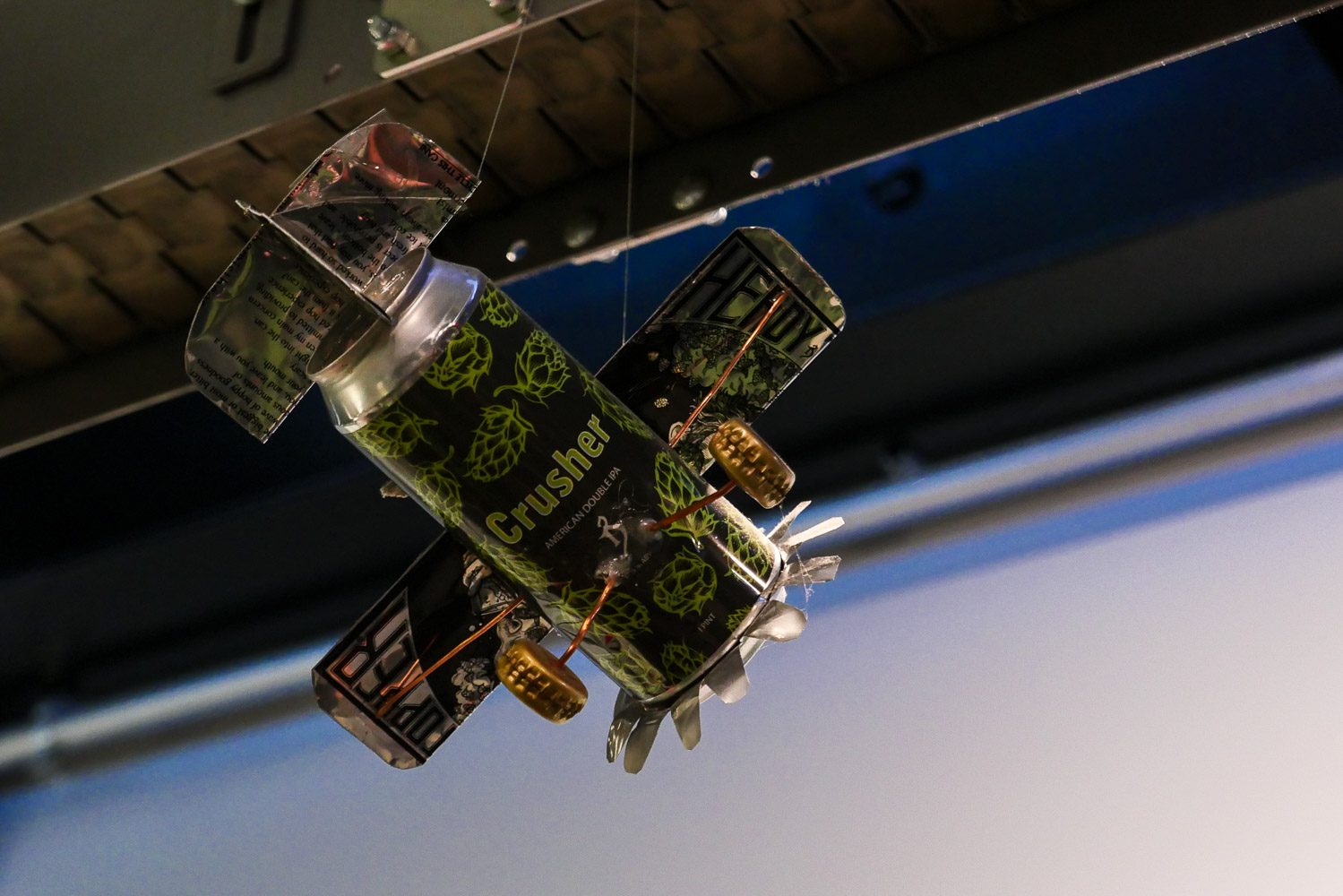
Panasonic LX100 II Accessories:
Power:
Protection and Cleaning:
- LCD Screen Proctors >>
- Camera Rain Covers >>
- Recommended 43mm UV Protective Lens Filters >>
- Lens Cleaning Kits >>
Expanding your Creativity:
- Recommended Memory Cards >>
- Recommended Shotgun Style Microphones for Video >>
- Recommended High Quality Lavalier style Microphone >>
- Recommended Monitors for Video Recording and Capture >>
- Recommended On Camera Flash Units >>
- Recommended 43mm Neutral Density Filters >>
- Recommended 43mm Polarizing Filters >>
Conclusions
As you can see from all the real world sample photos, 4k timelapse footage, and 4k video footage I captured with the Panasonic LX100 II, It’s an extremely high quality hands-on style point and shoot camera solution. It’s optimized for the hands-on users that really like to control the camera manual, but it does offer an excellent full auto mode as well, for those still learning the art of photography.
I highly recommend the LX100 II and I must admit it was one of the most fun cameras I have ever used other than the Leica D-Lux, which is basically the same thing as we discussed earlier in this review. The fun factor for someone like myself was maxed out using this camera.
The Panasonic LX100 II is basic the same as the original LX100 but does offer a few key improvements like I discussed above in more detail. So, if you need the latest and greatest, the updates might be enough for you to justify the extra cash. Otherwise the original Panasonic LX100 is still an awesome option.
That is all for my Panasonic LX100 II Review and I really hope you got what you were looking for. Please feel free to ask questions and comment below as always, and have a wonderful day! Jay

